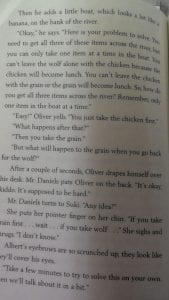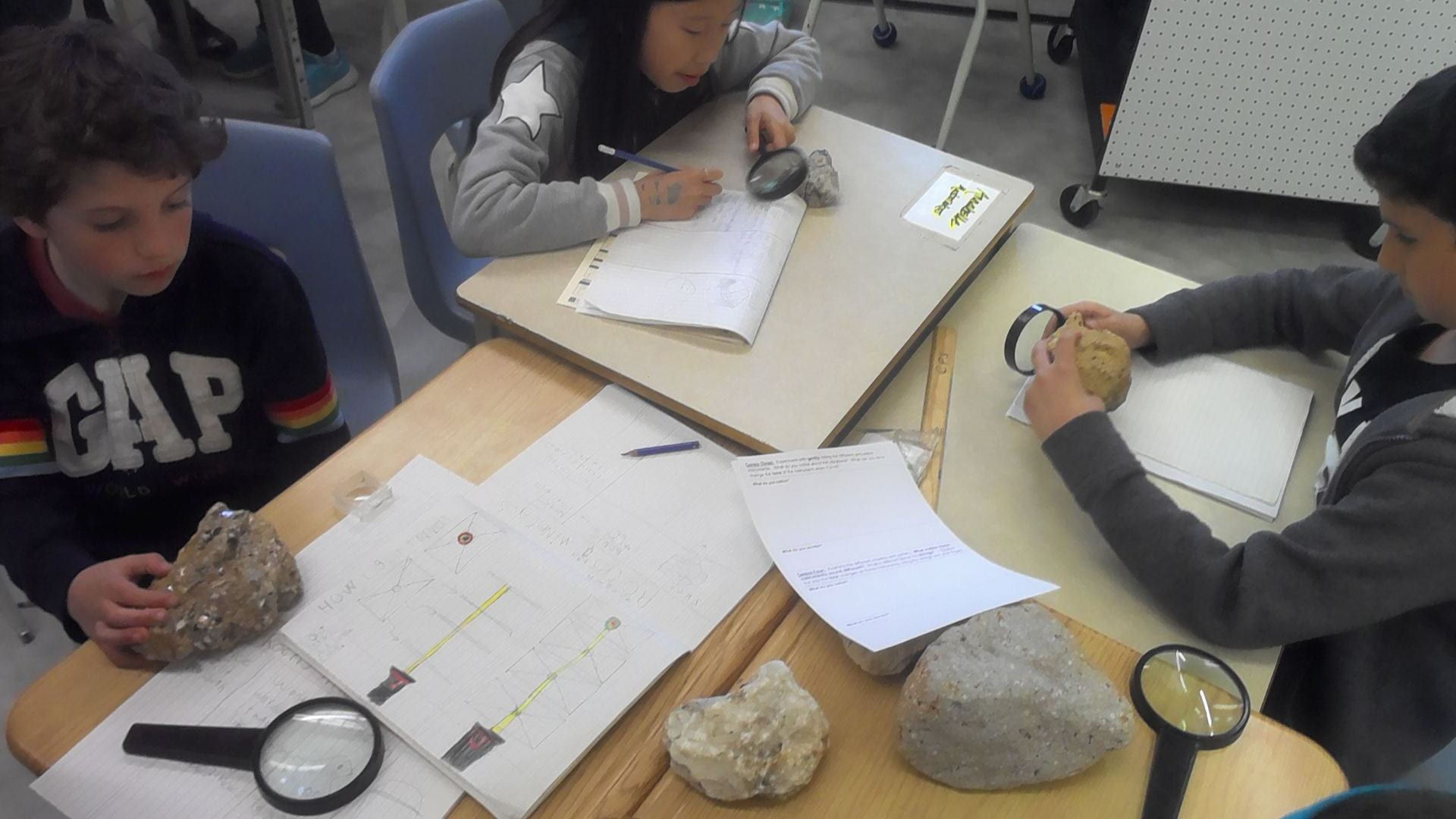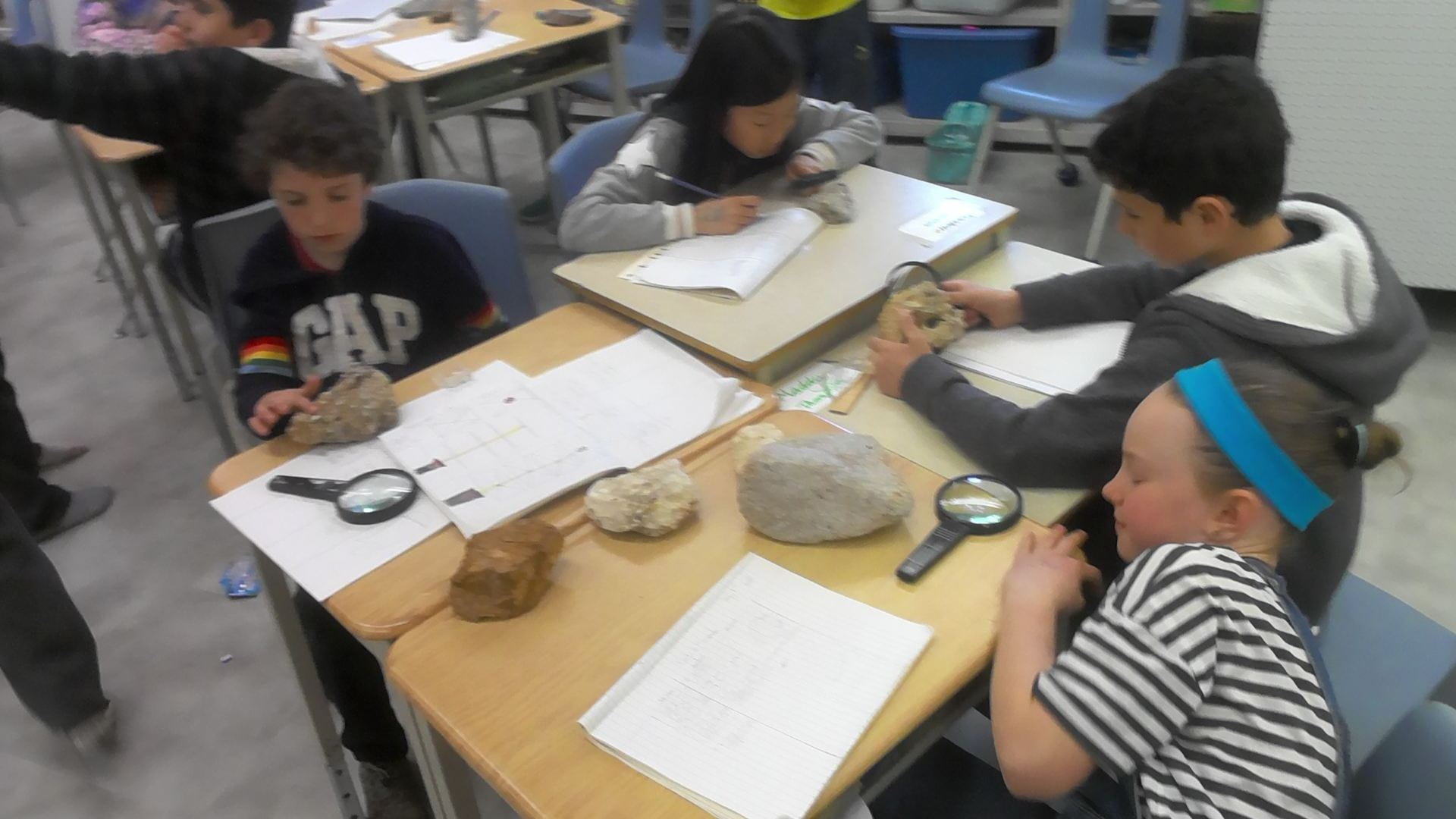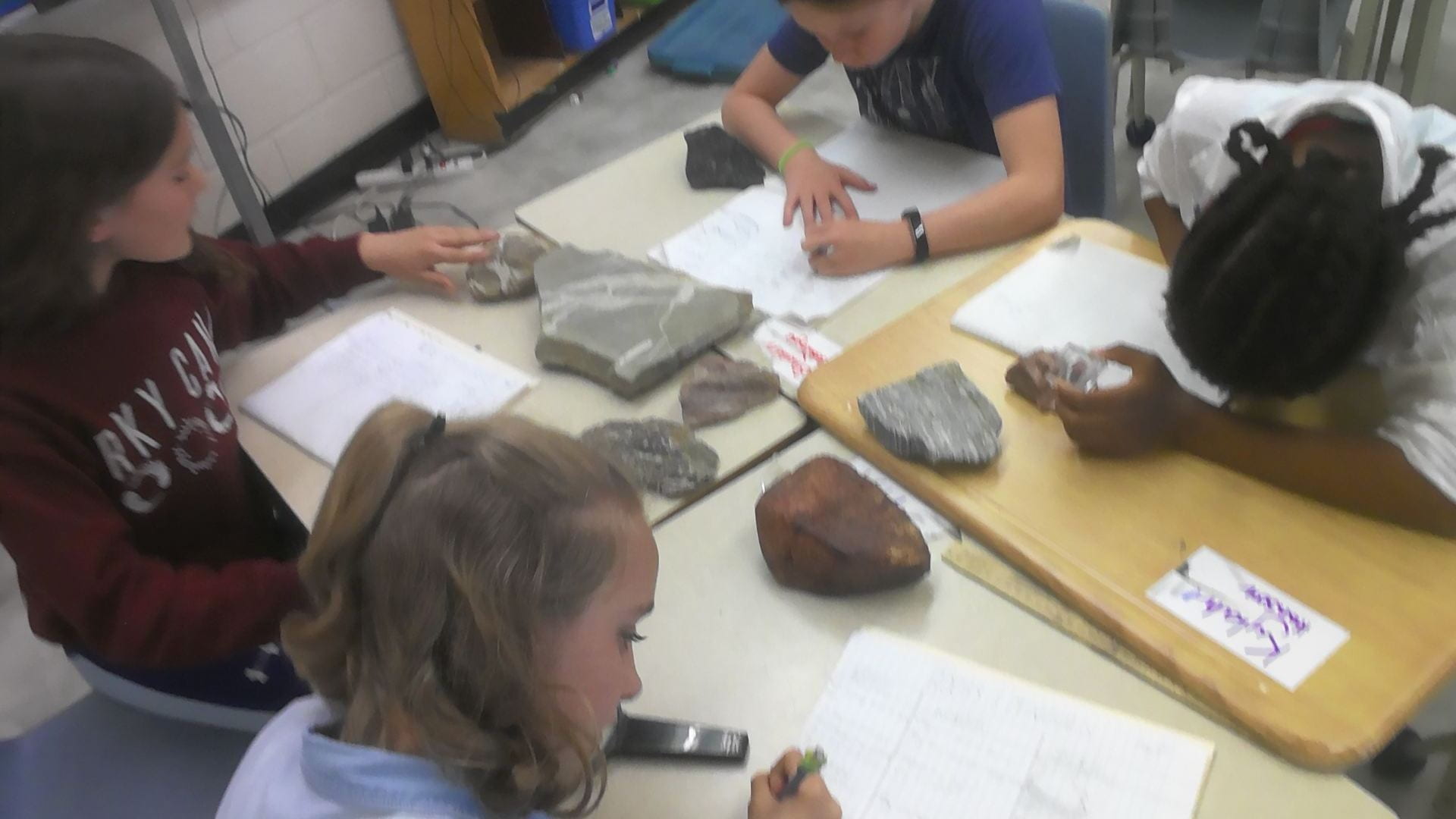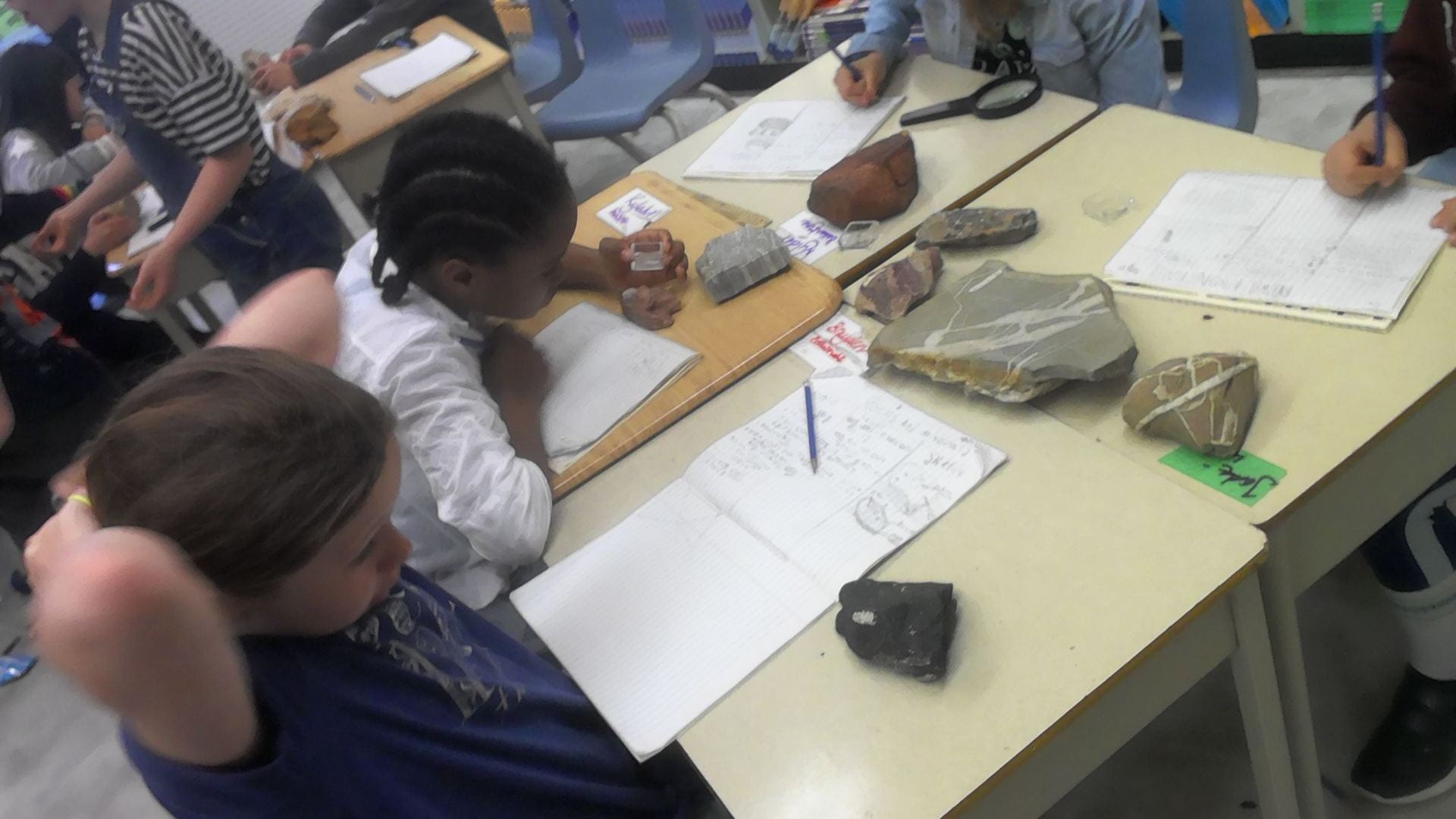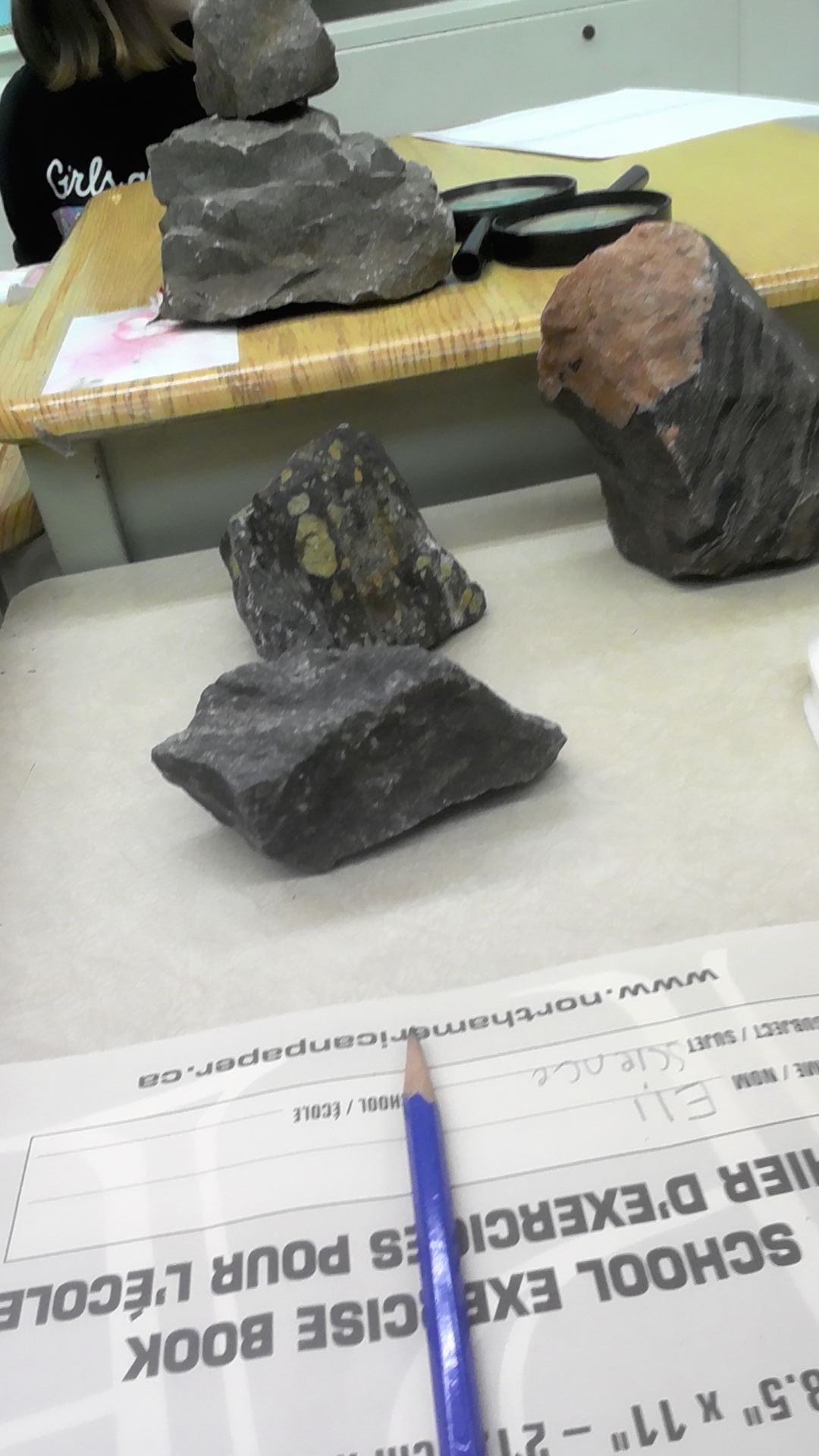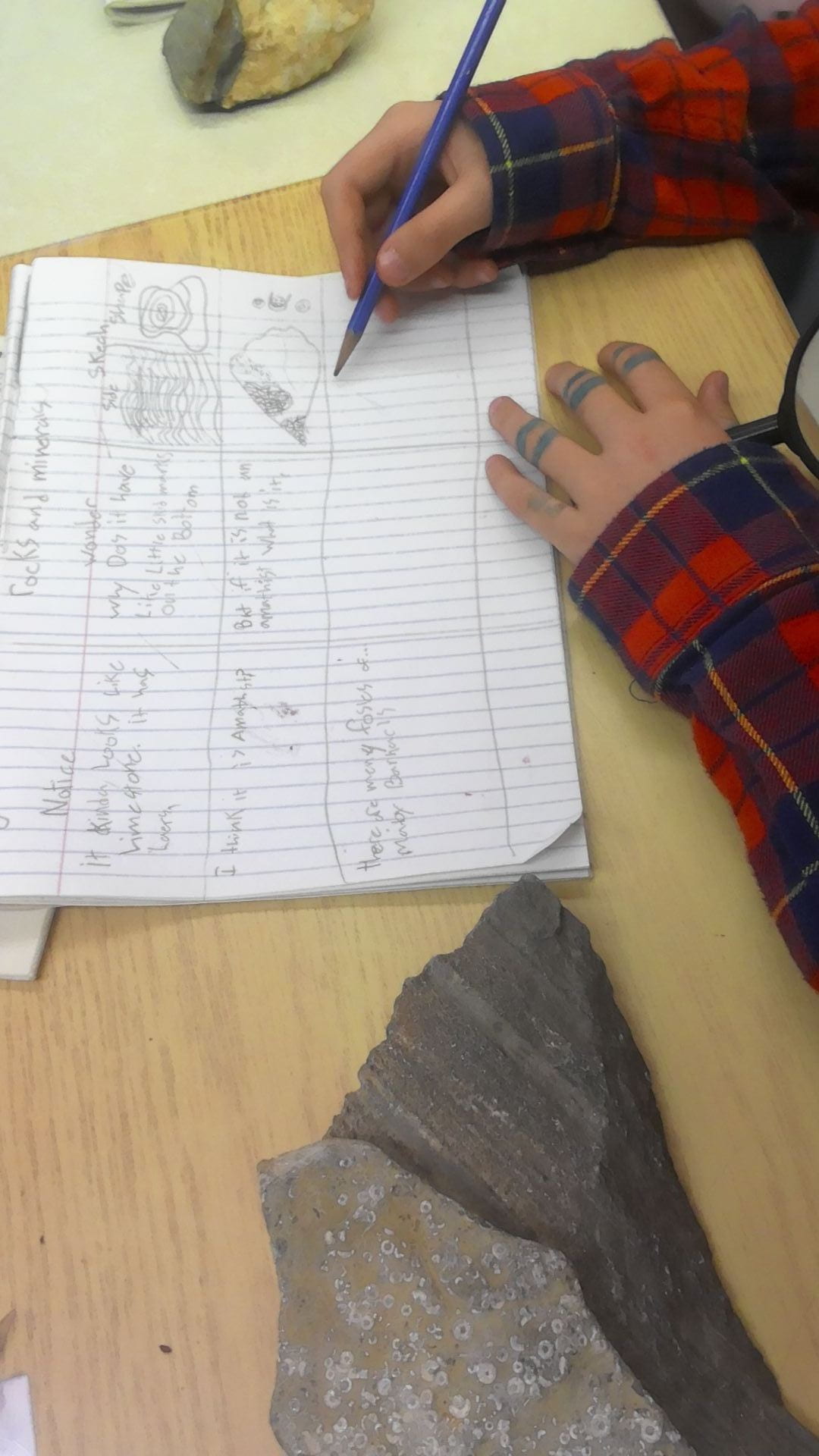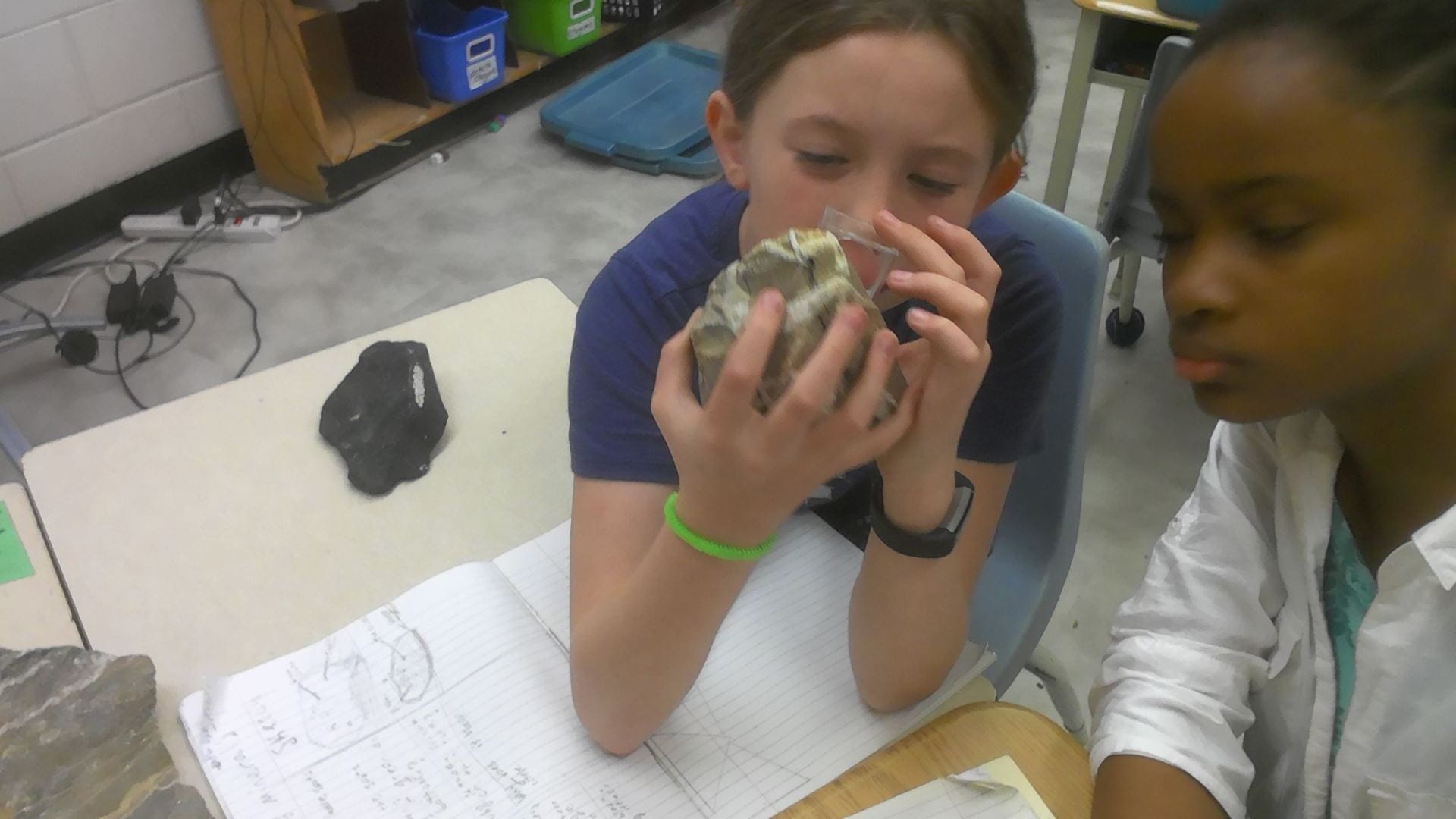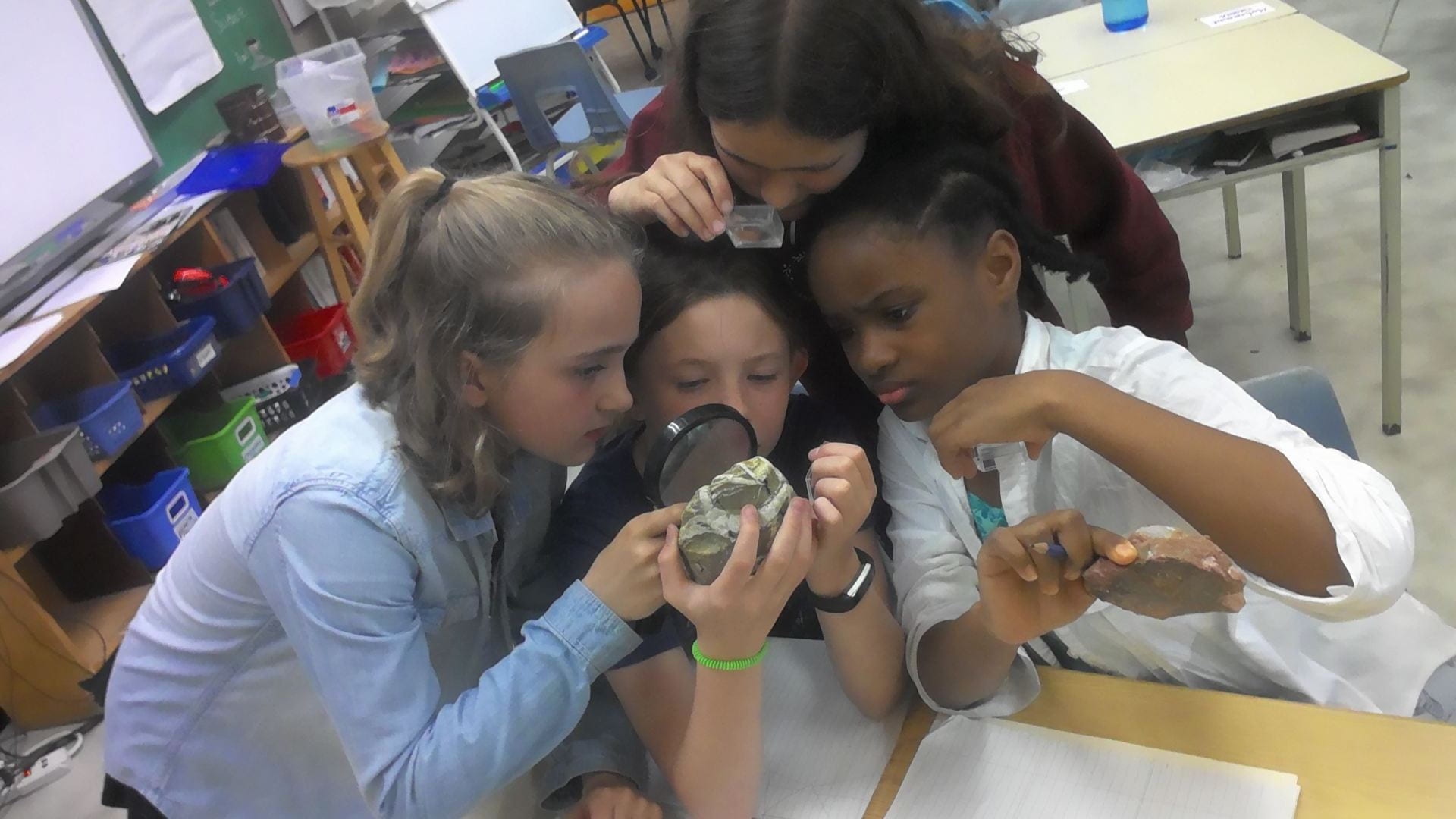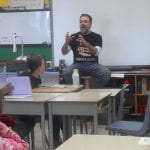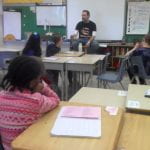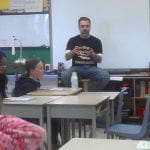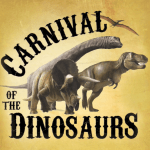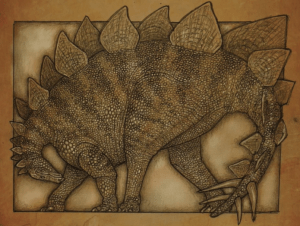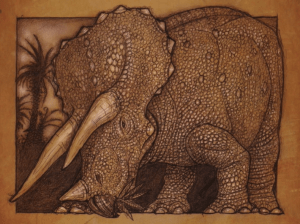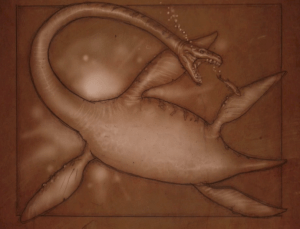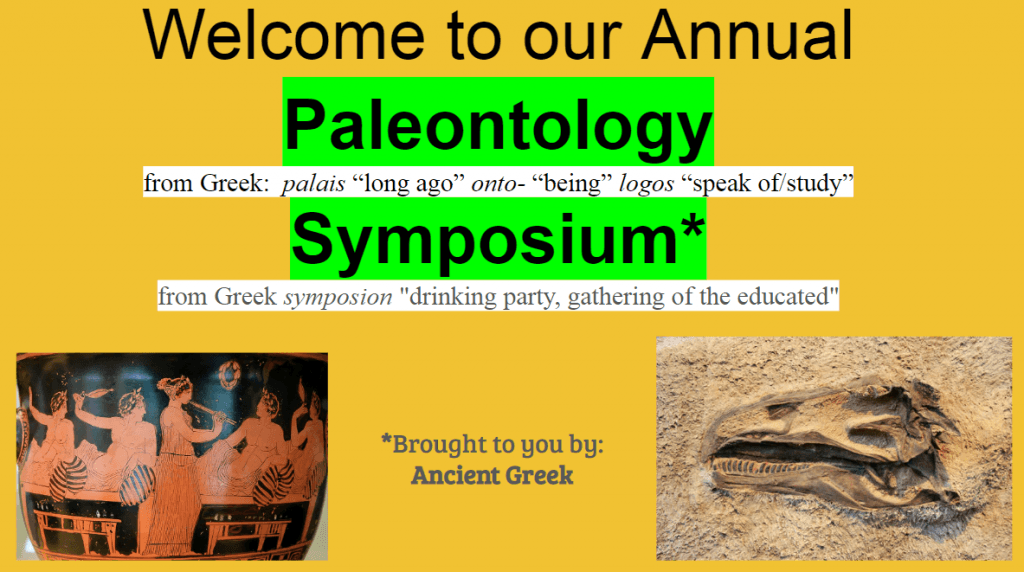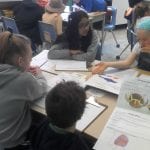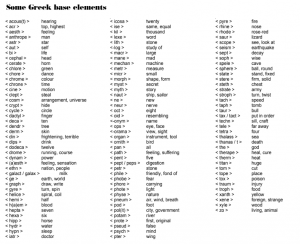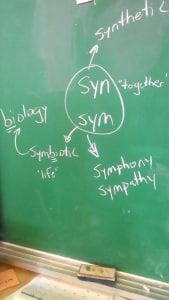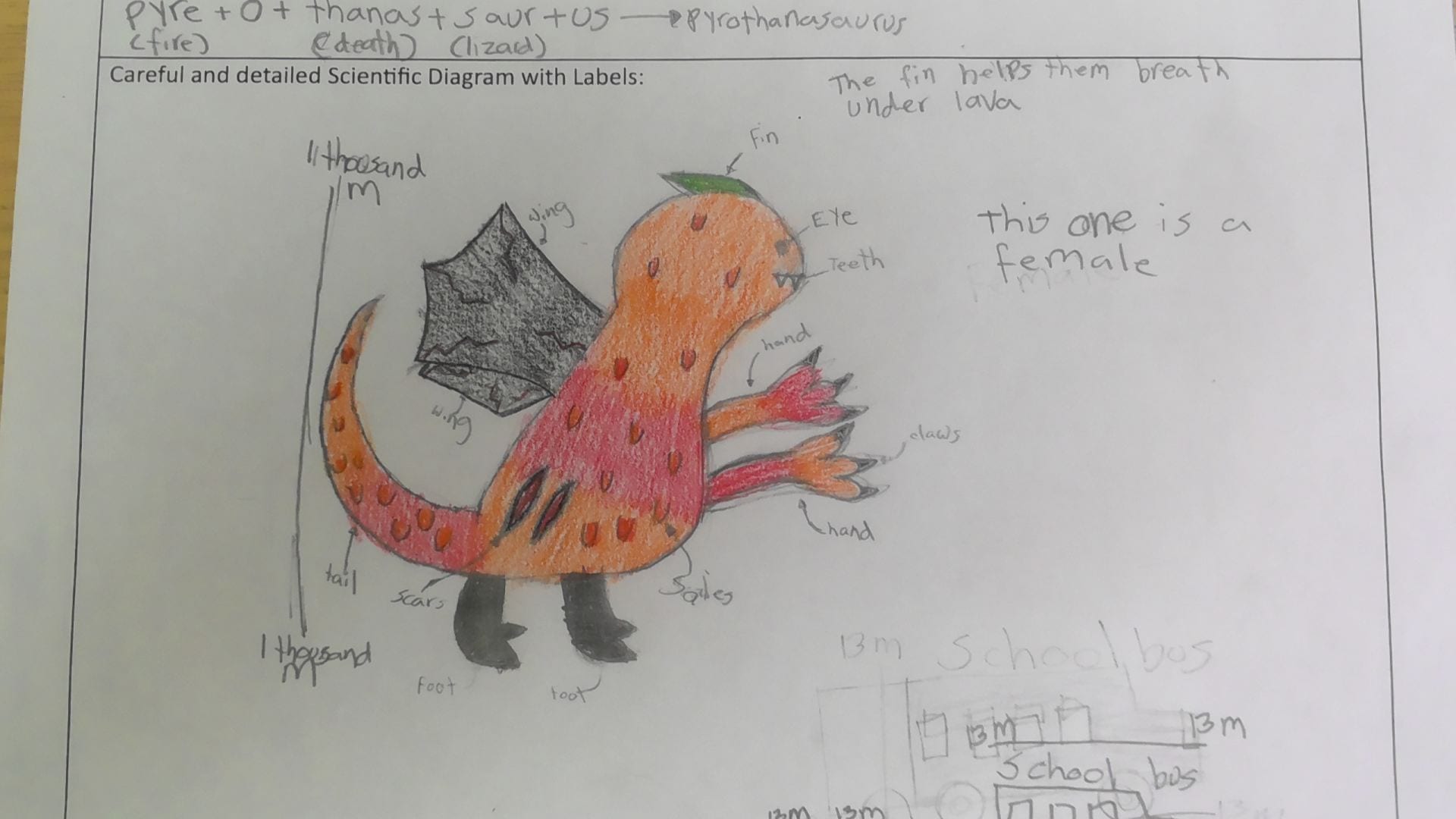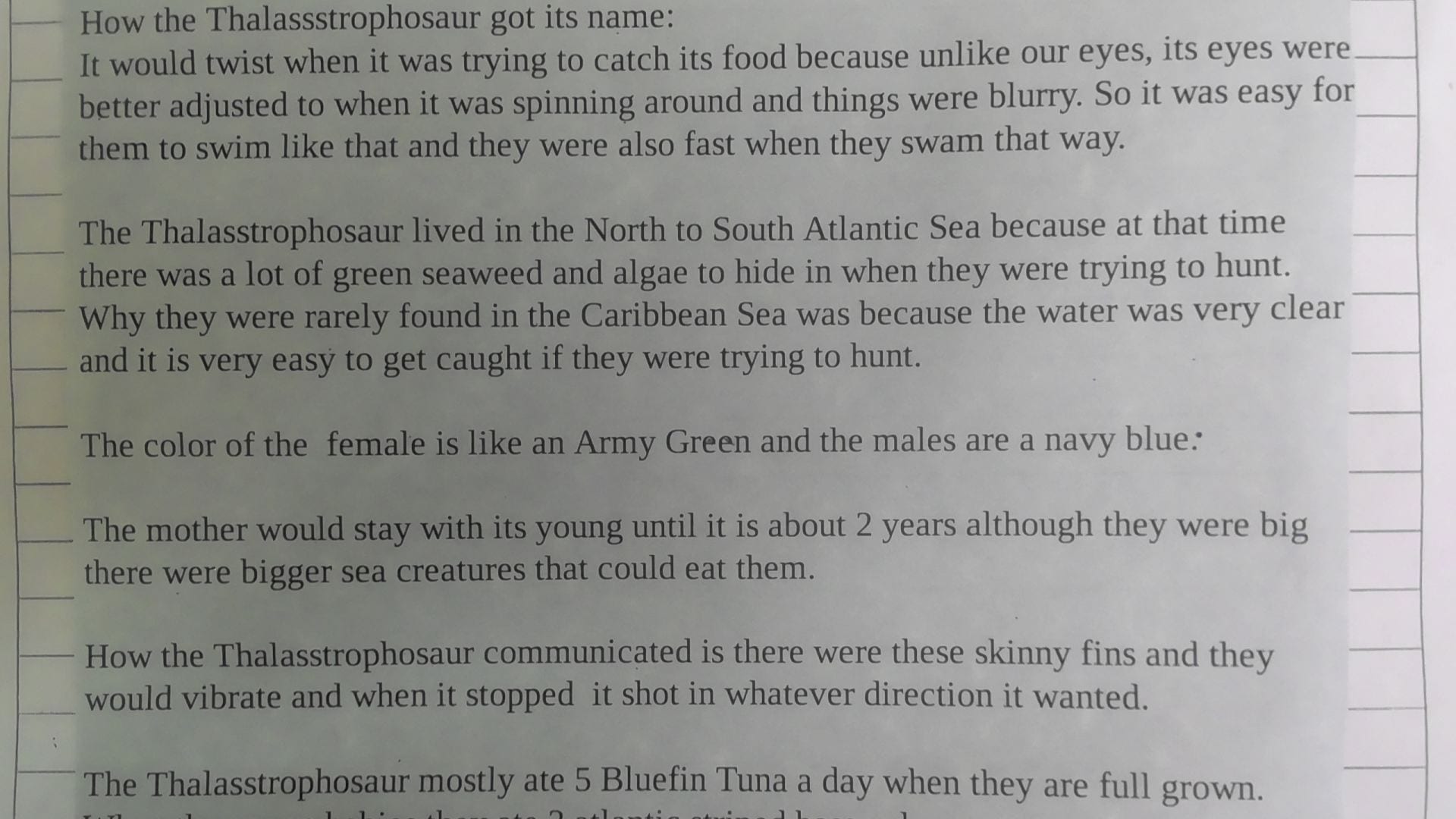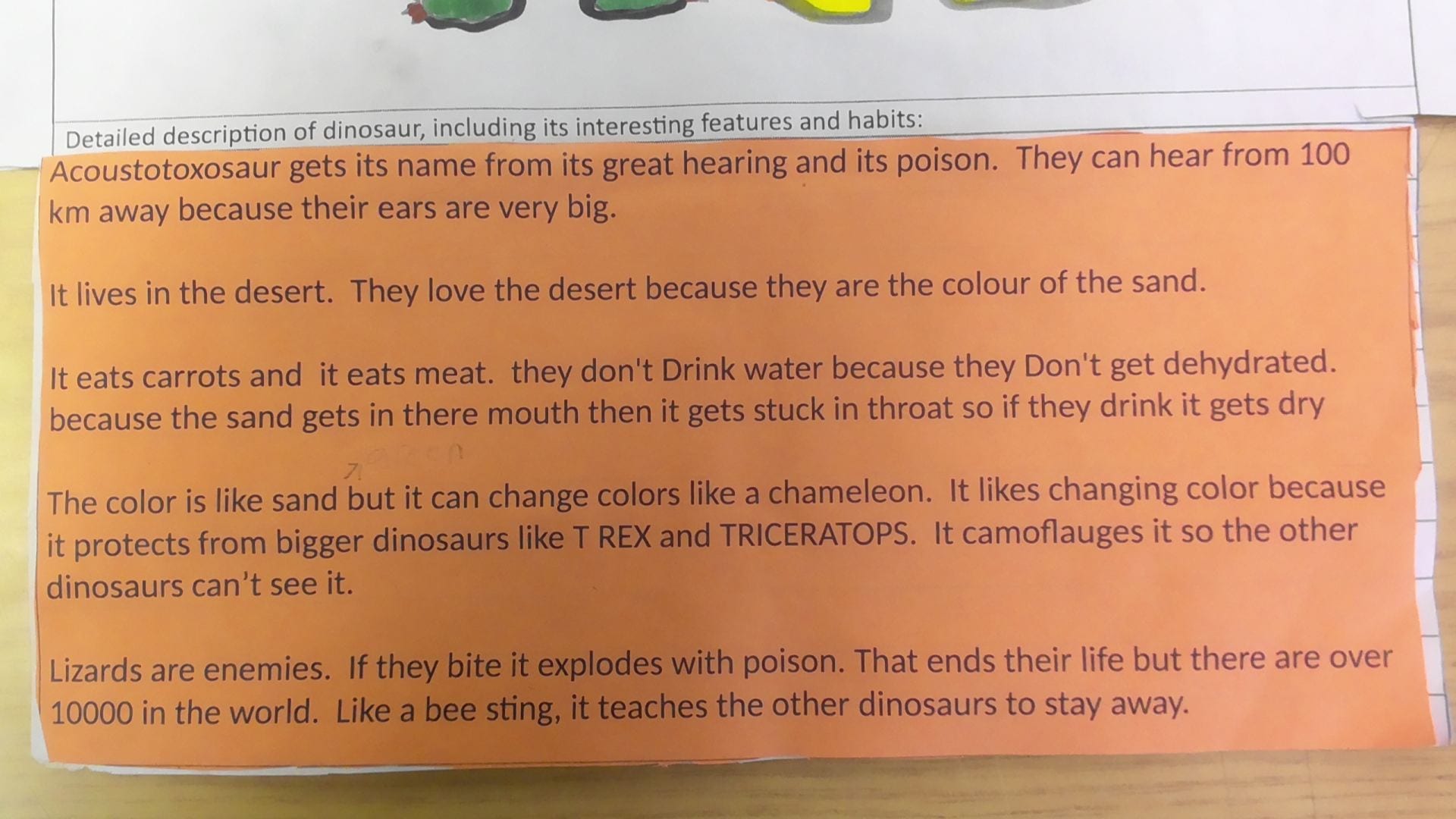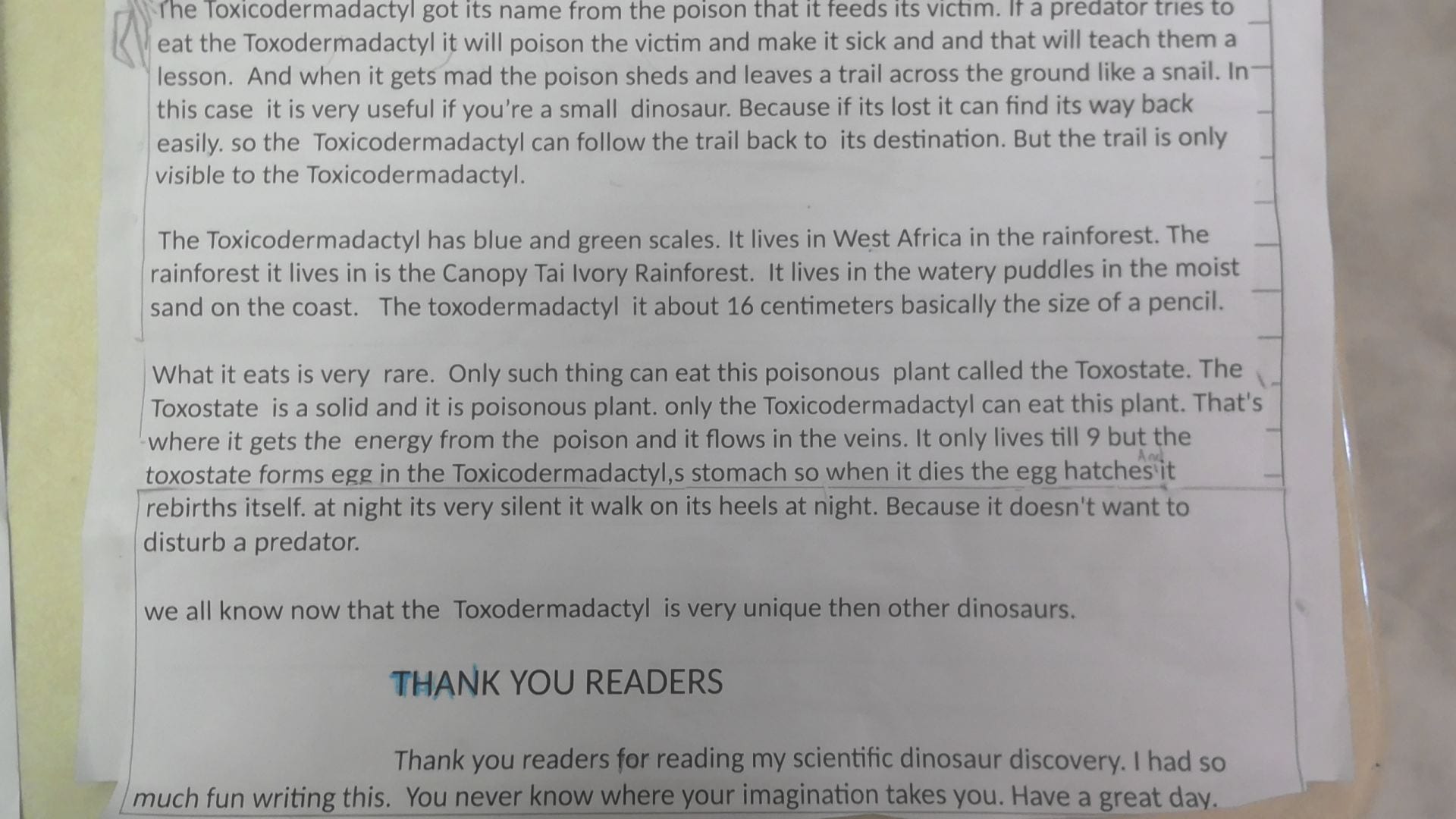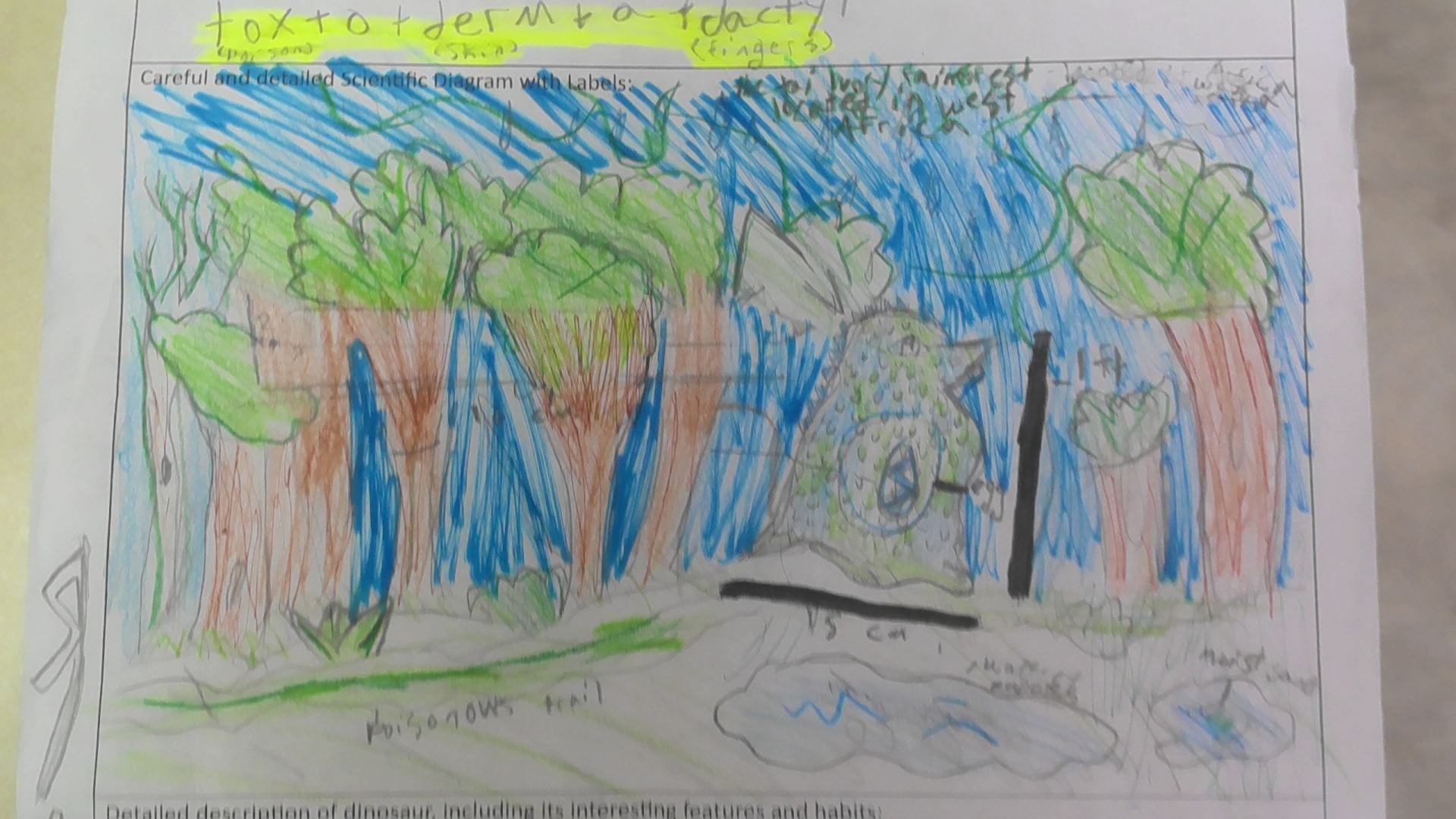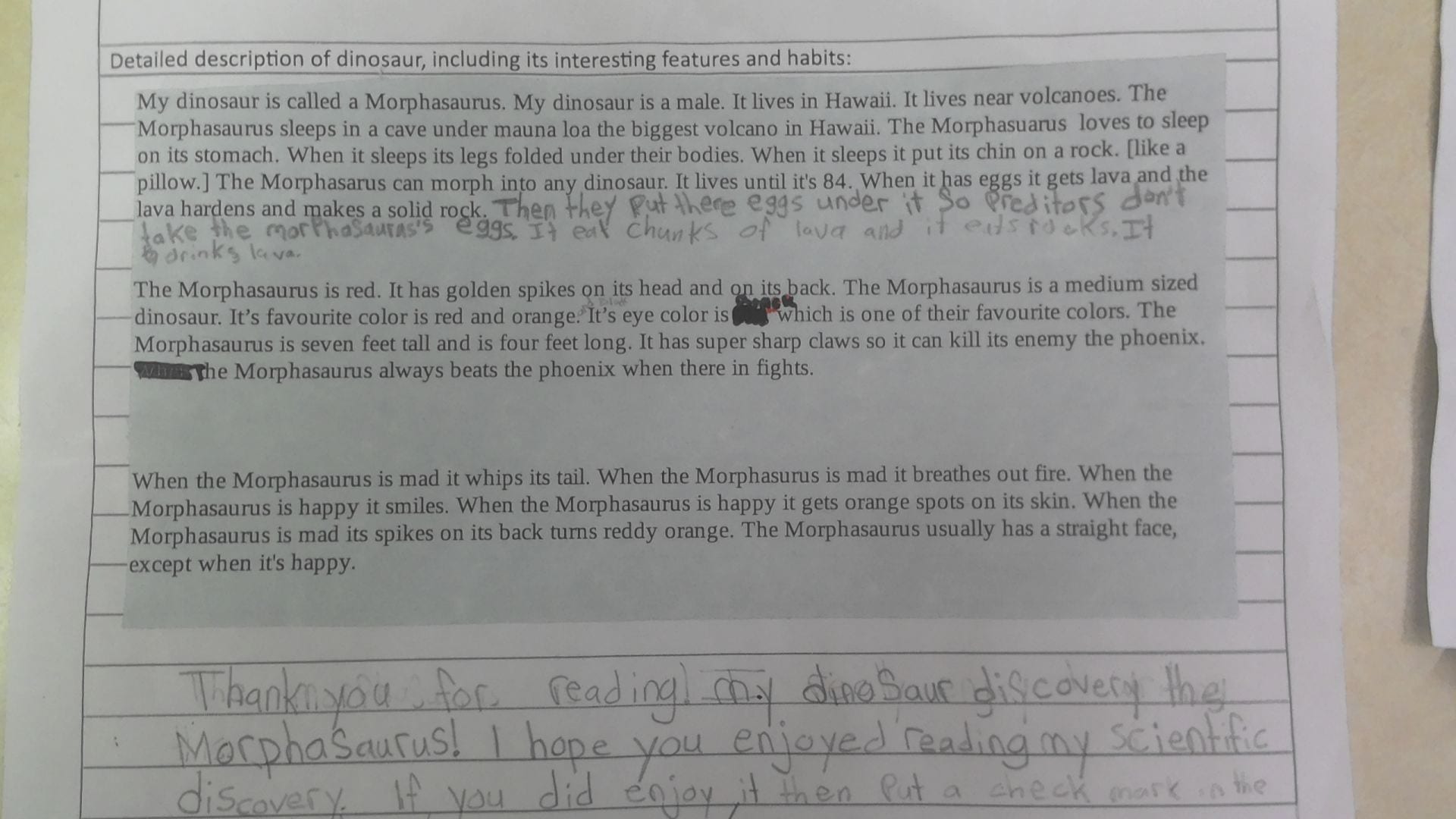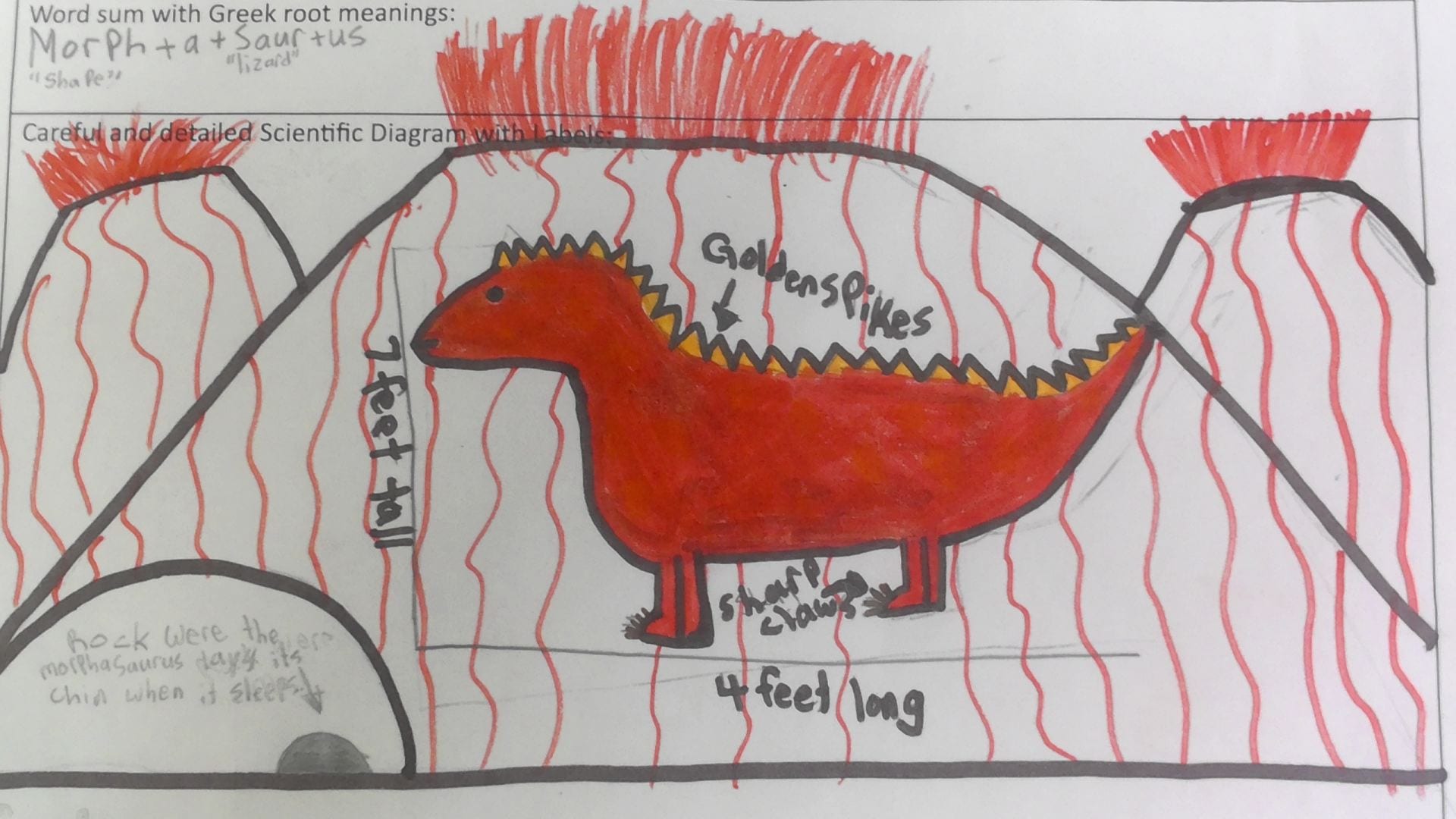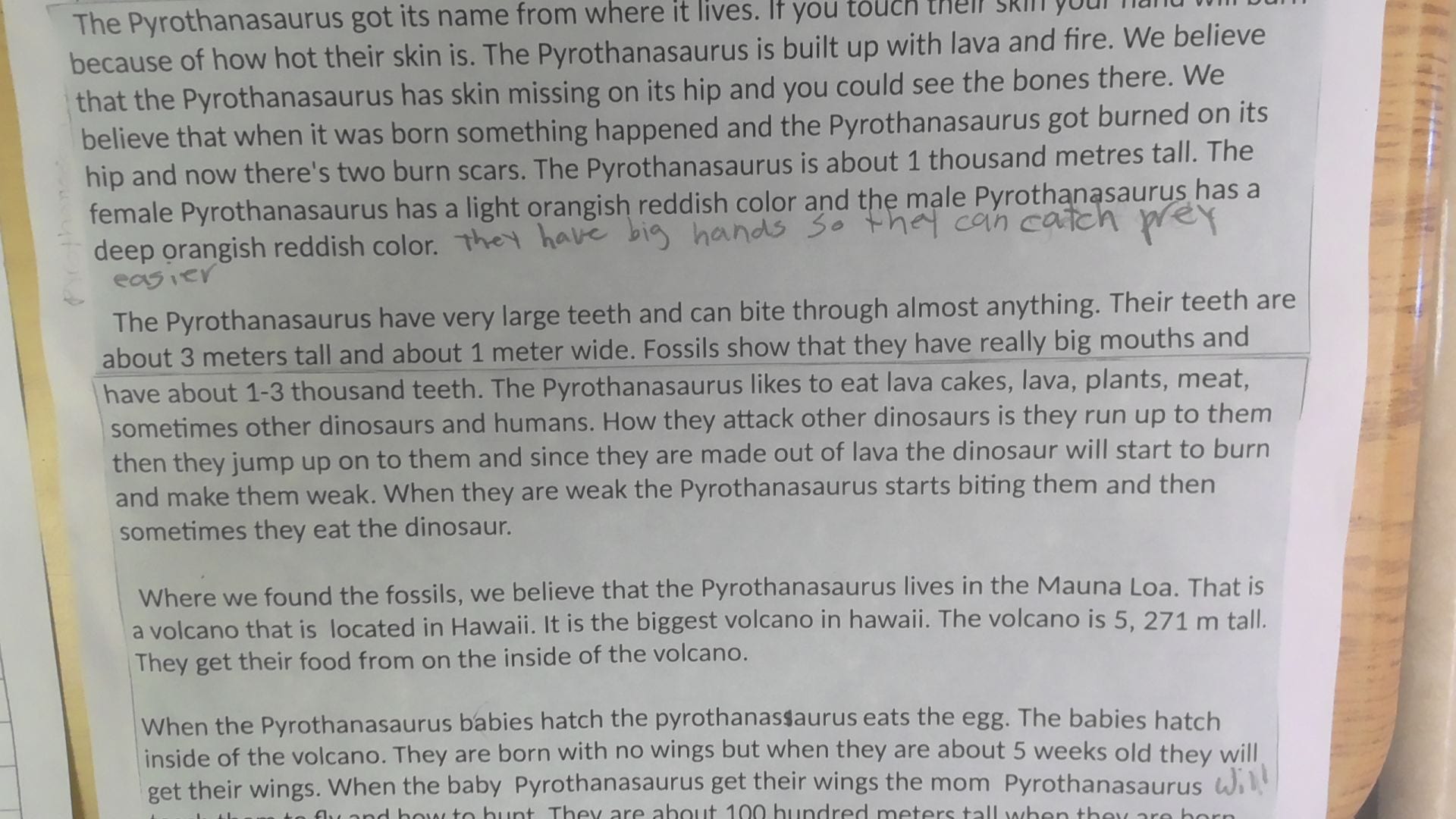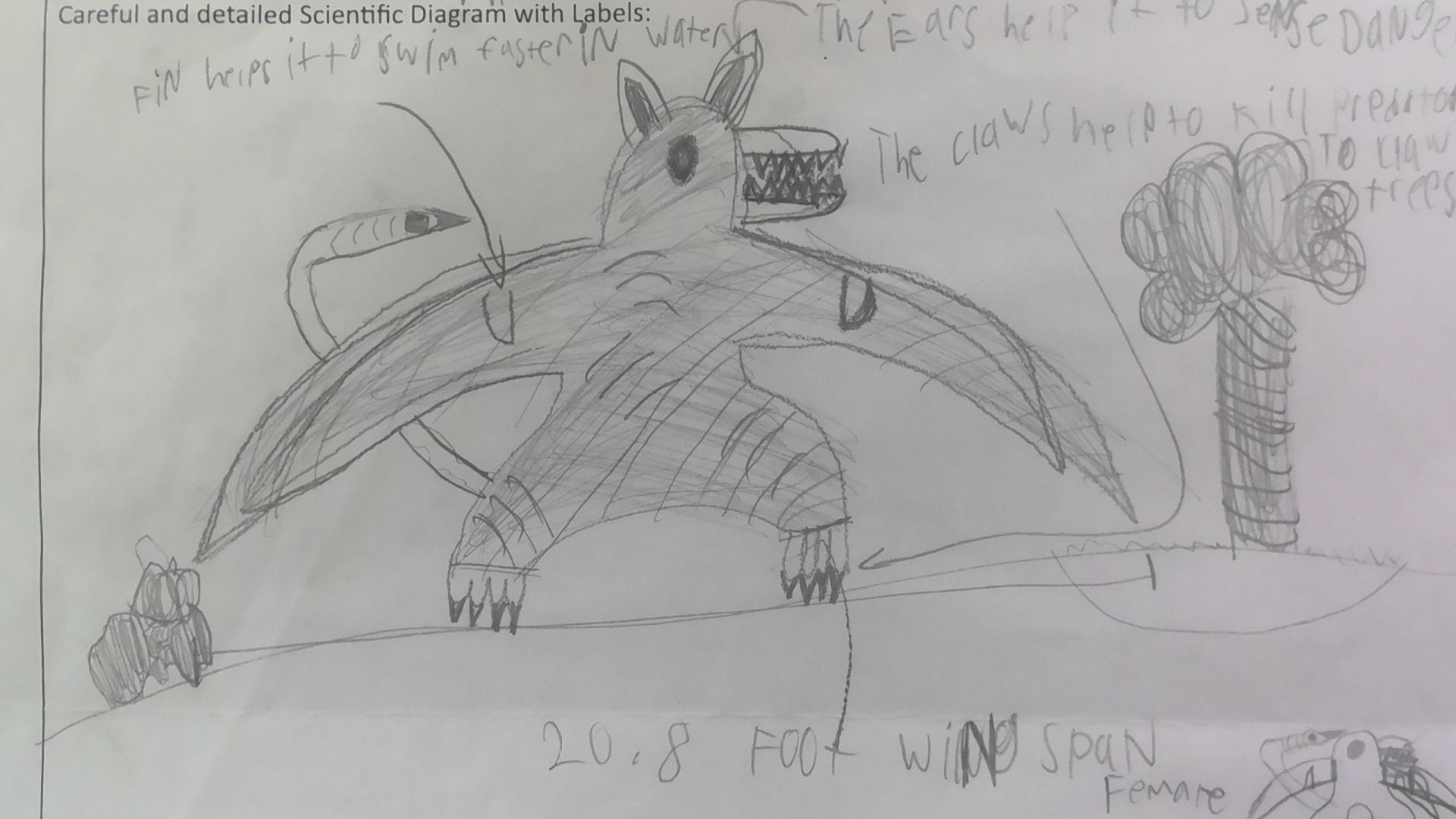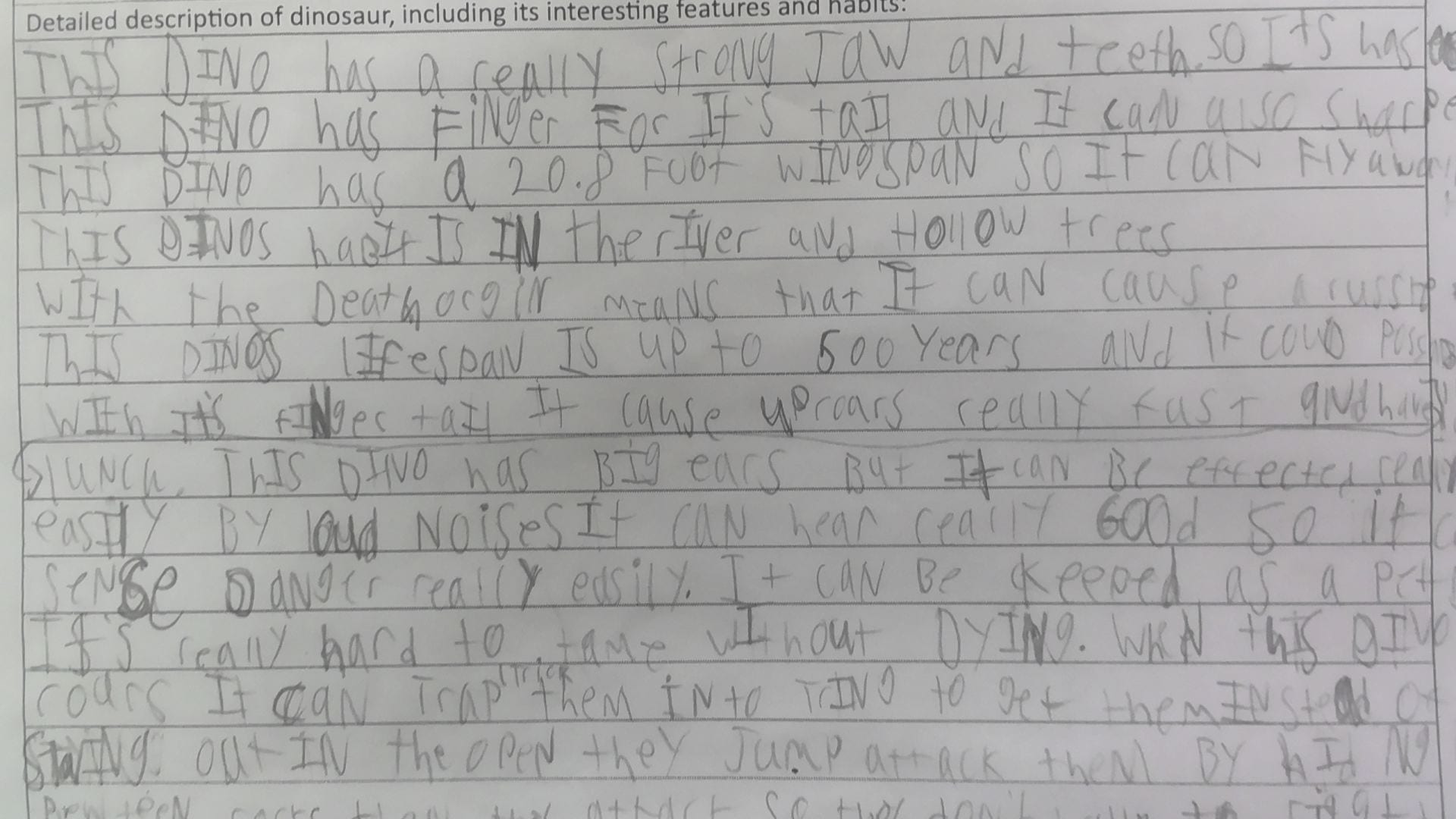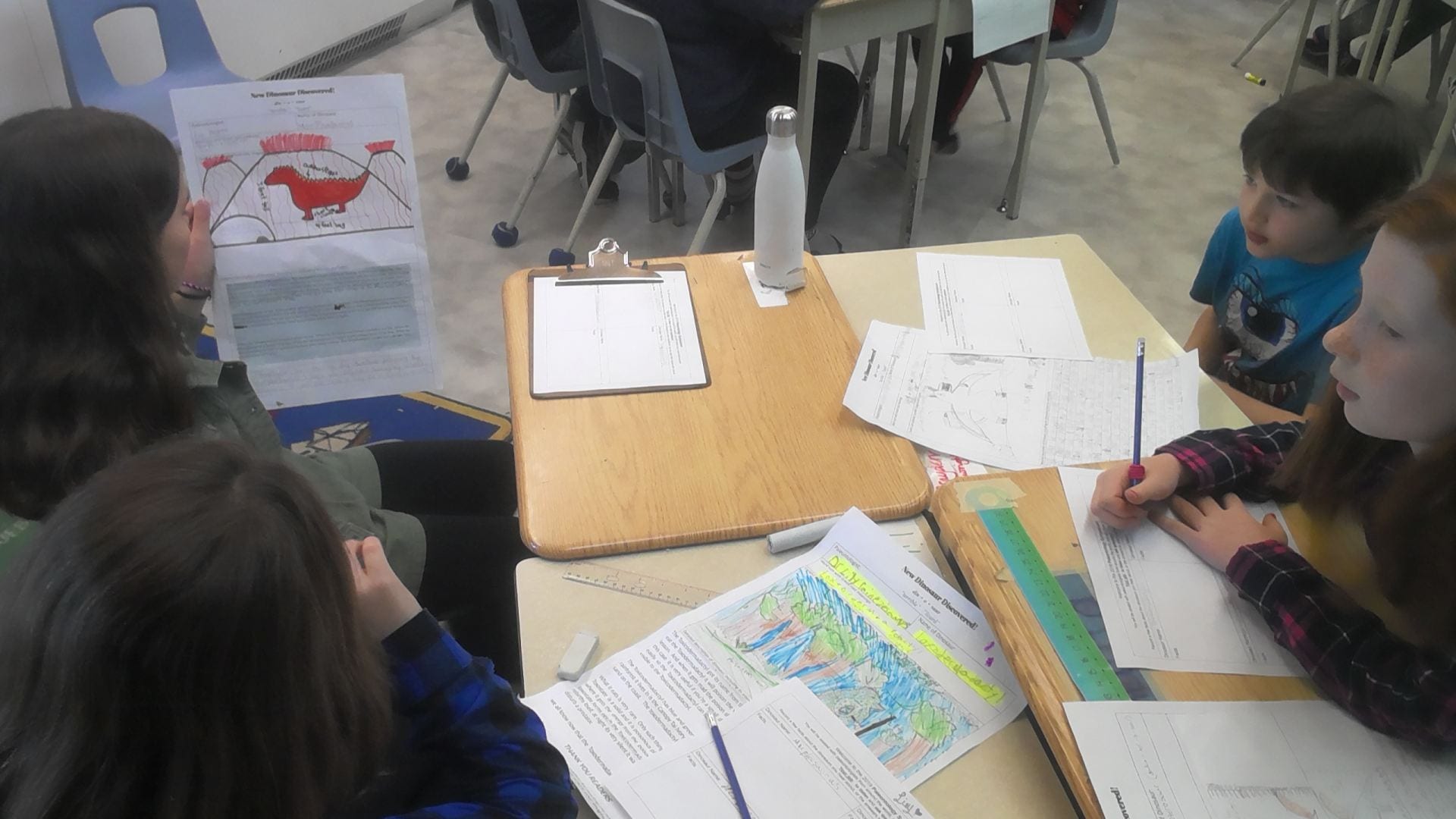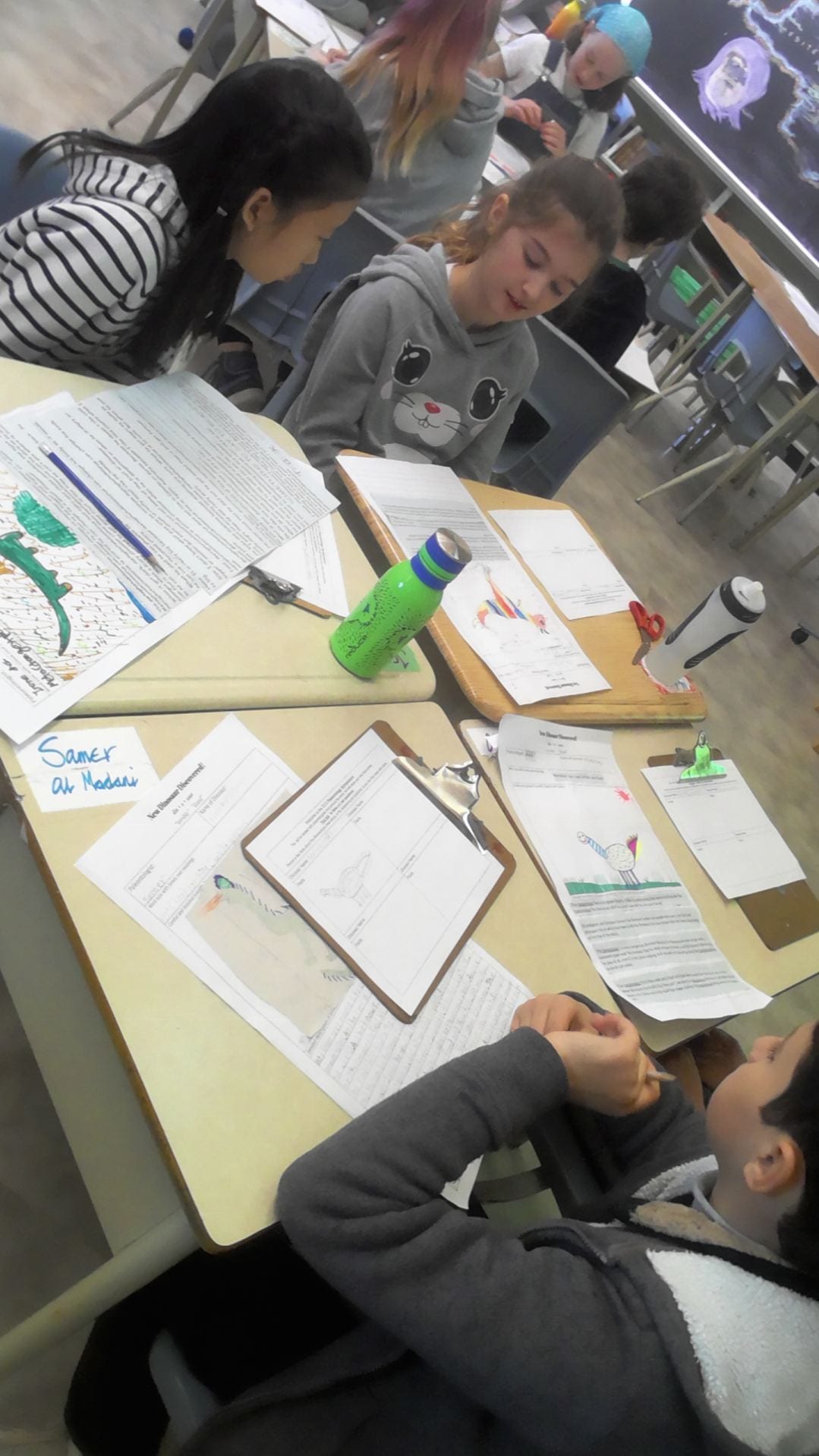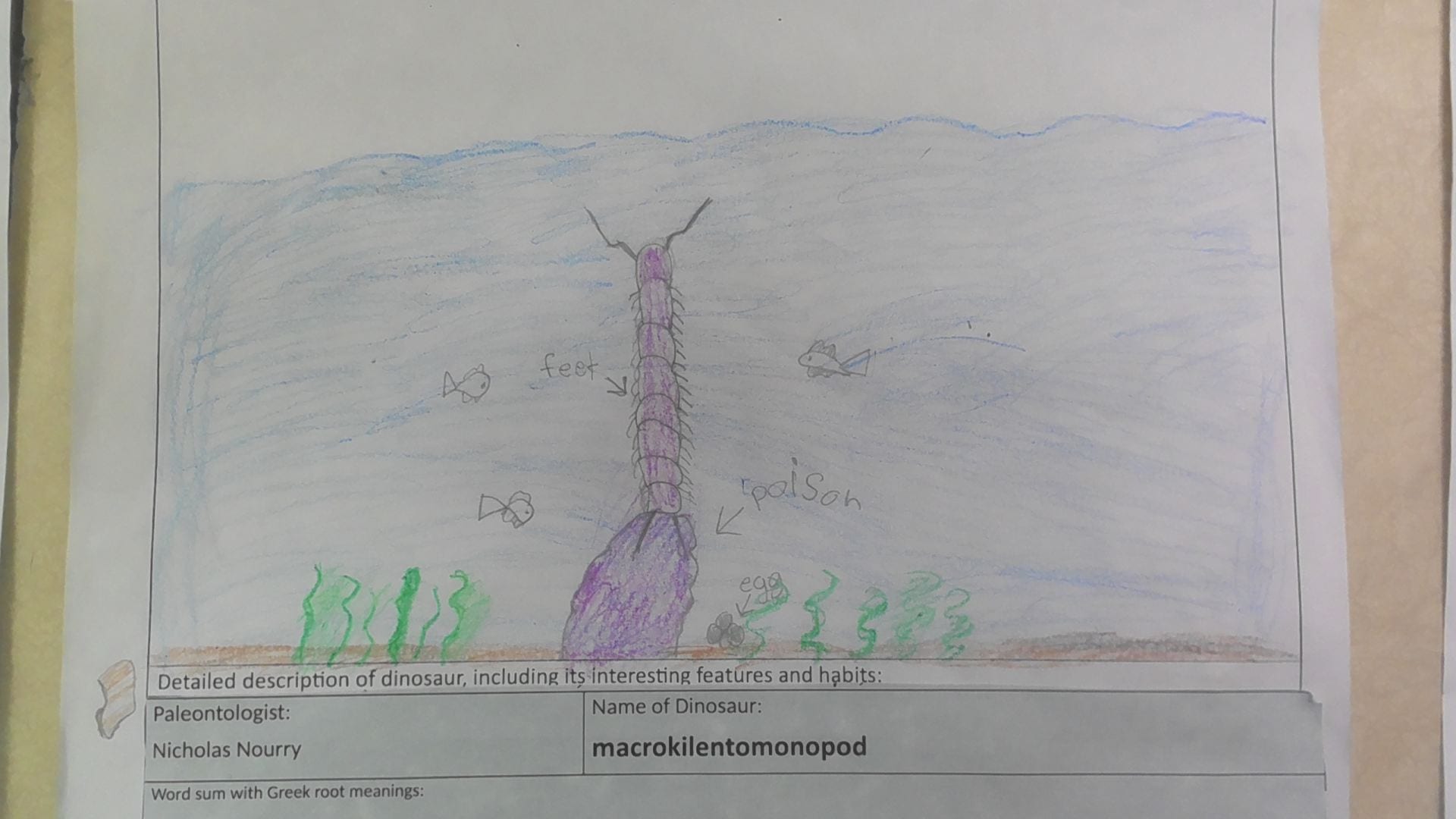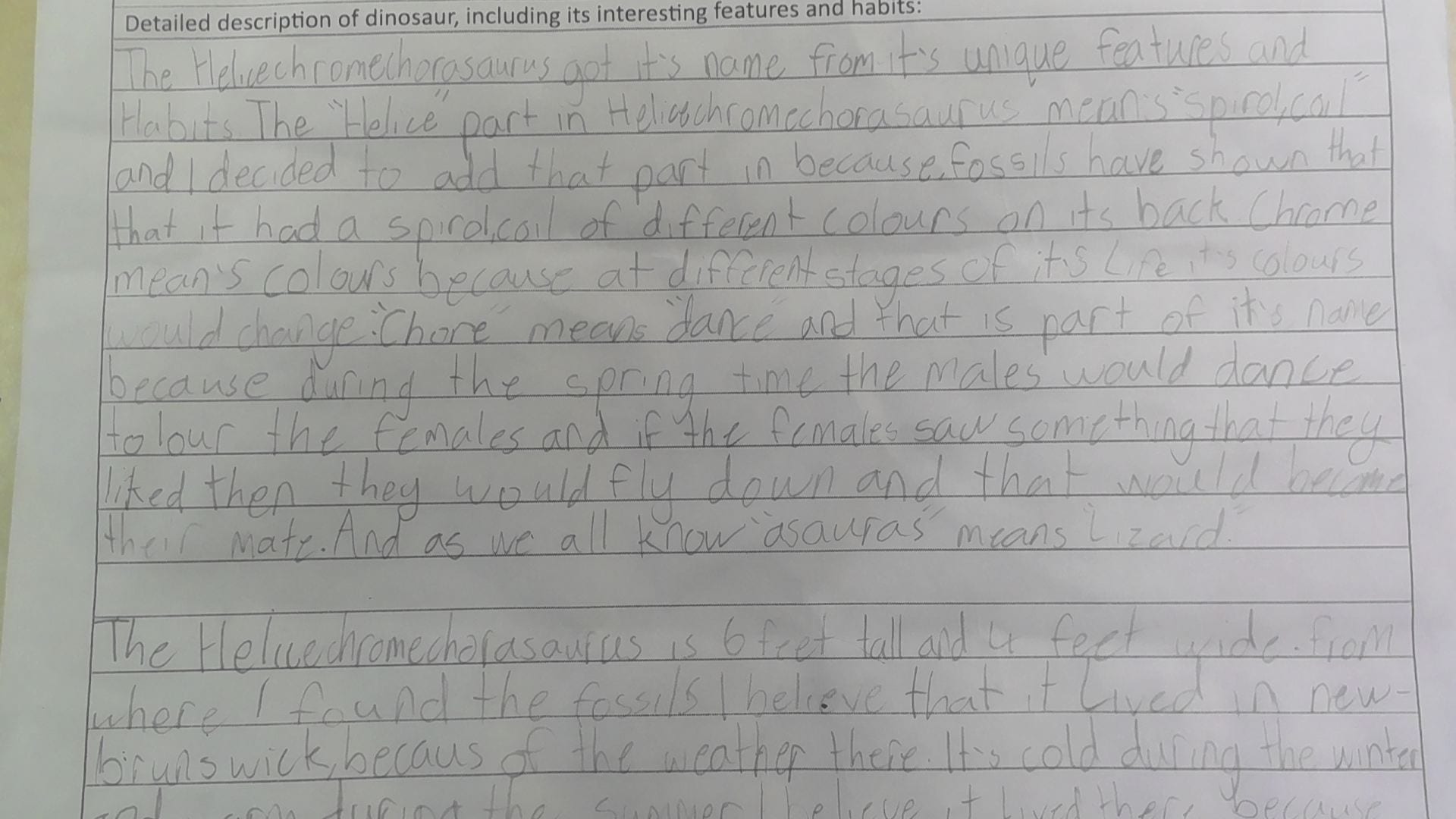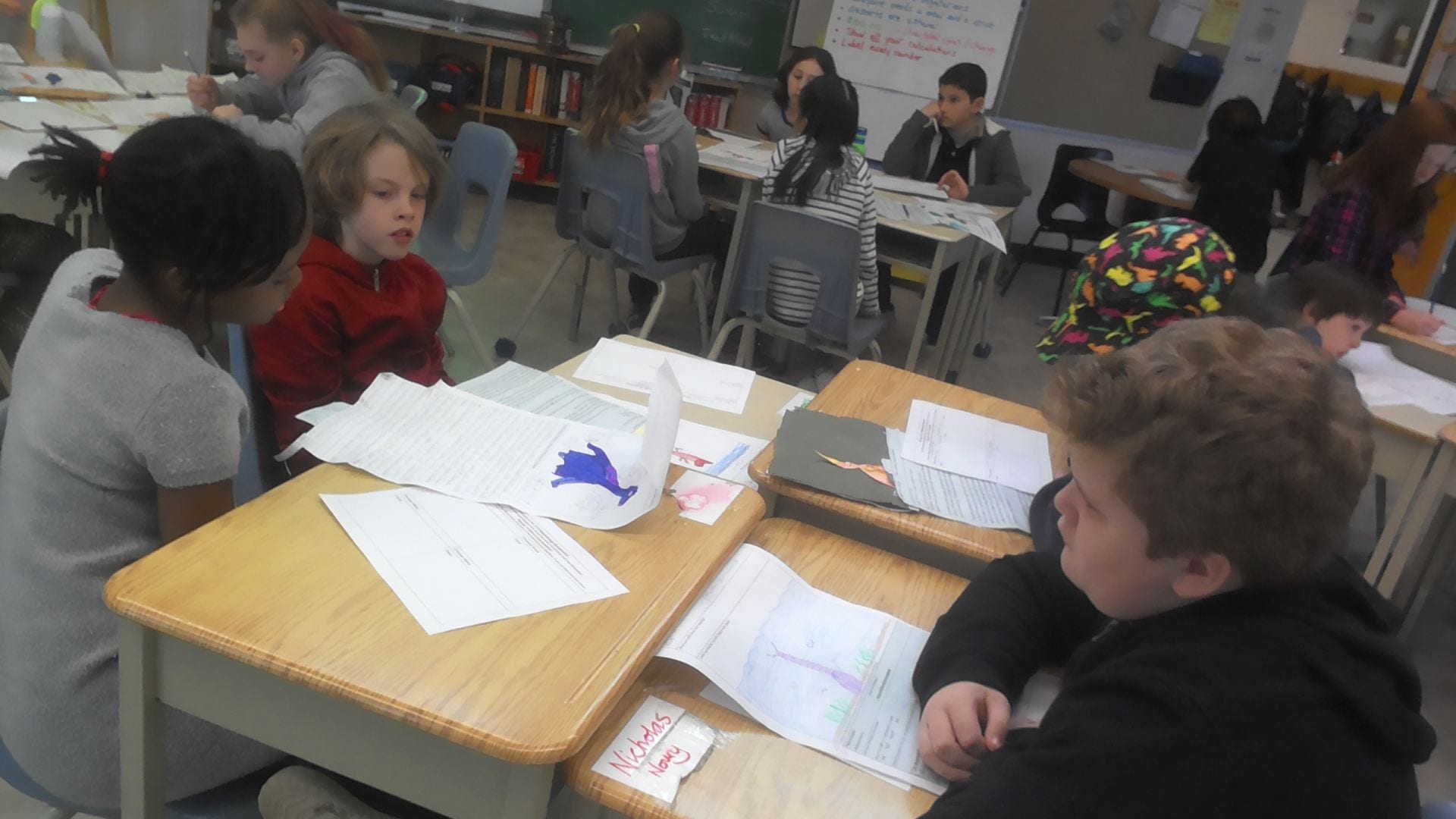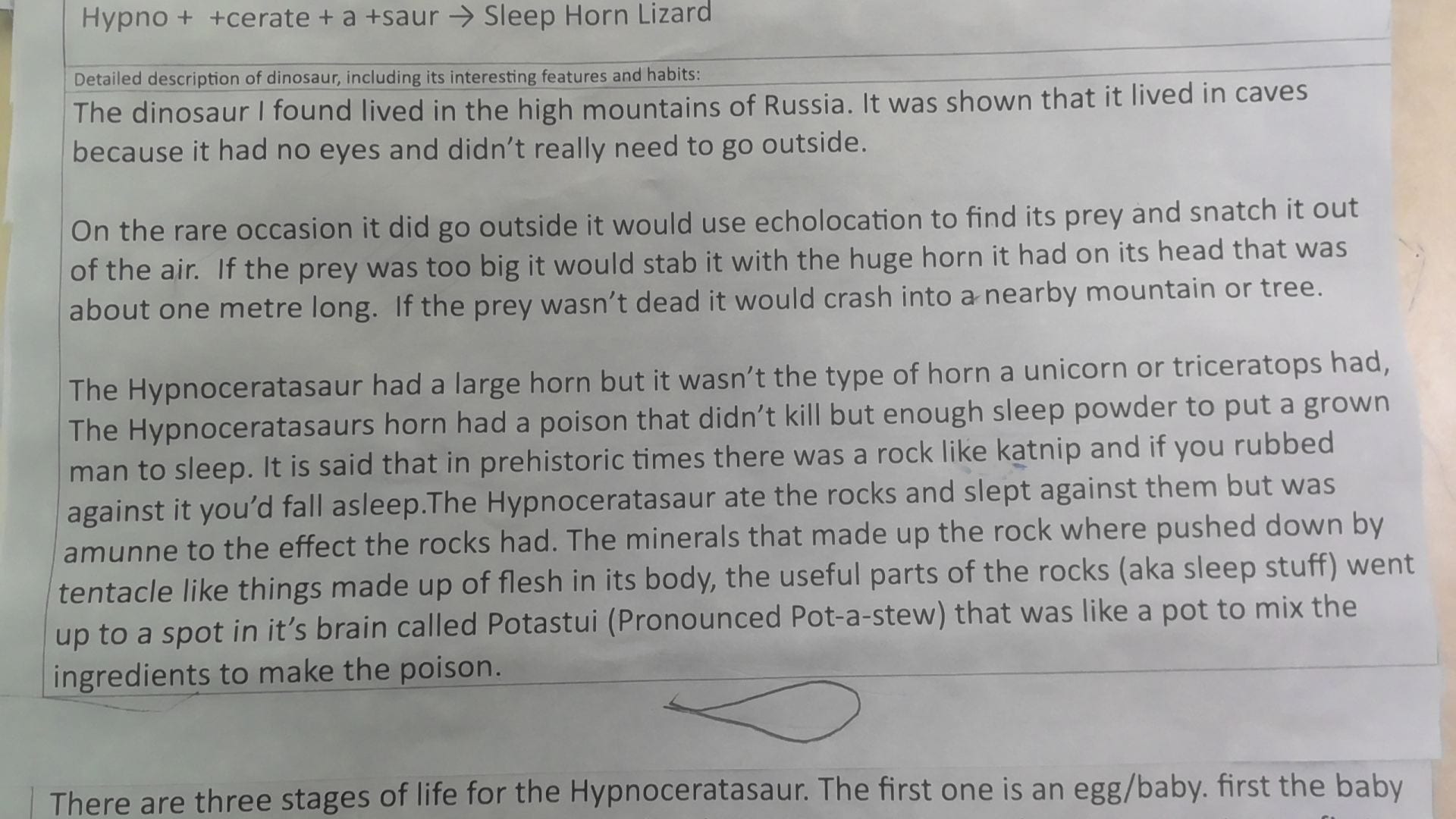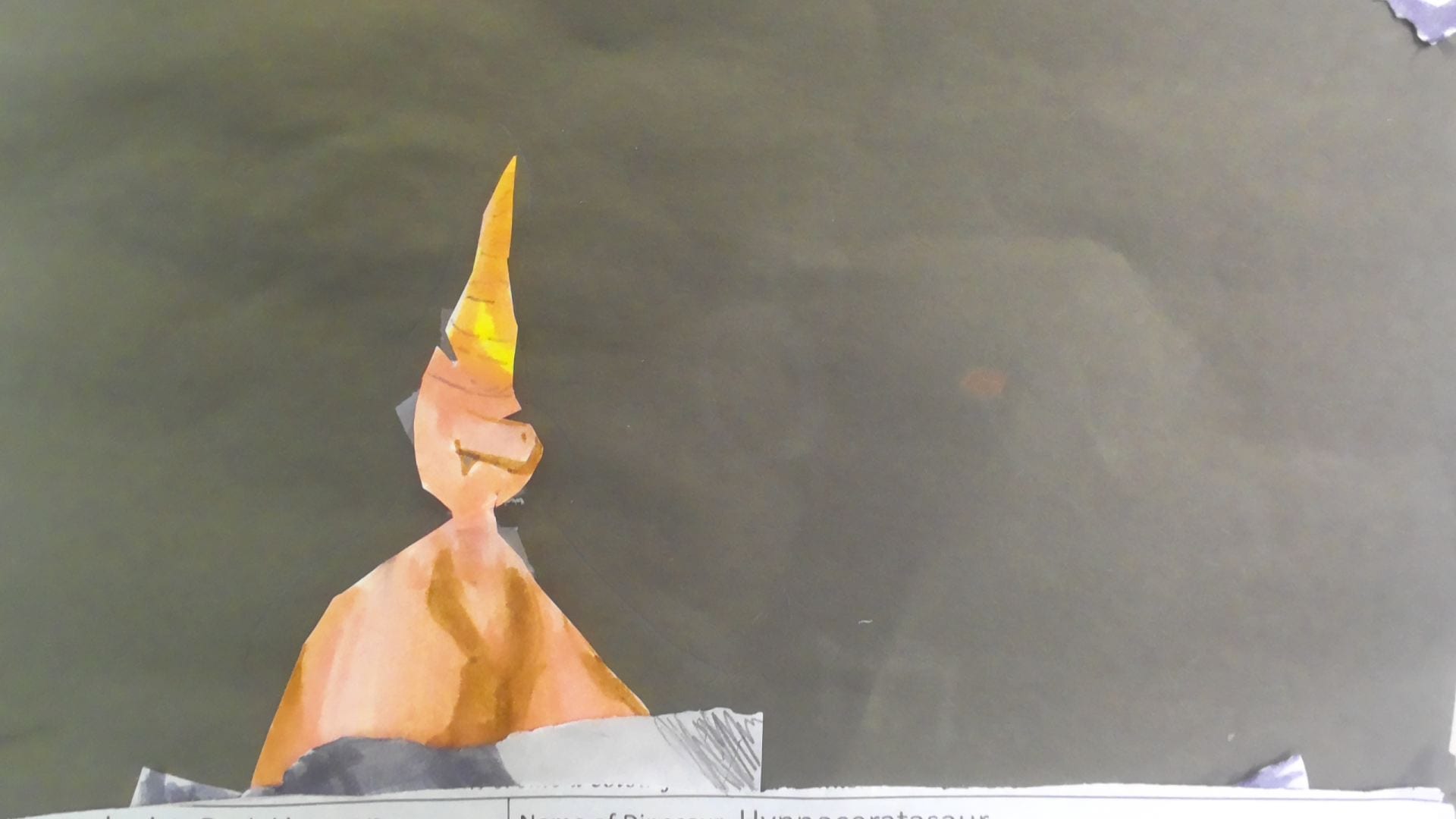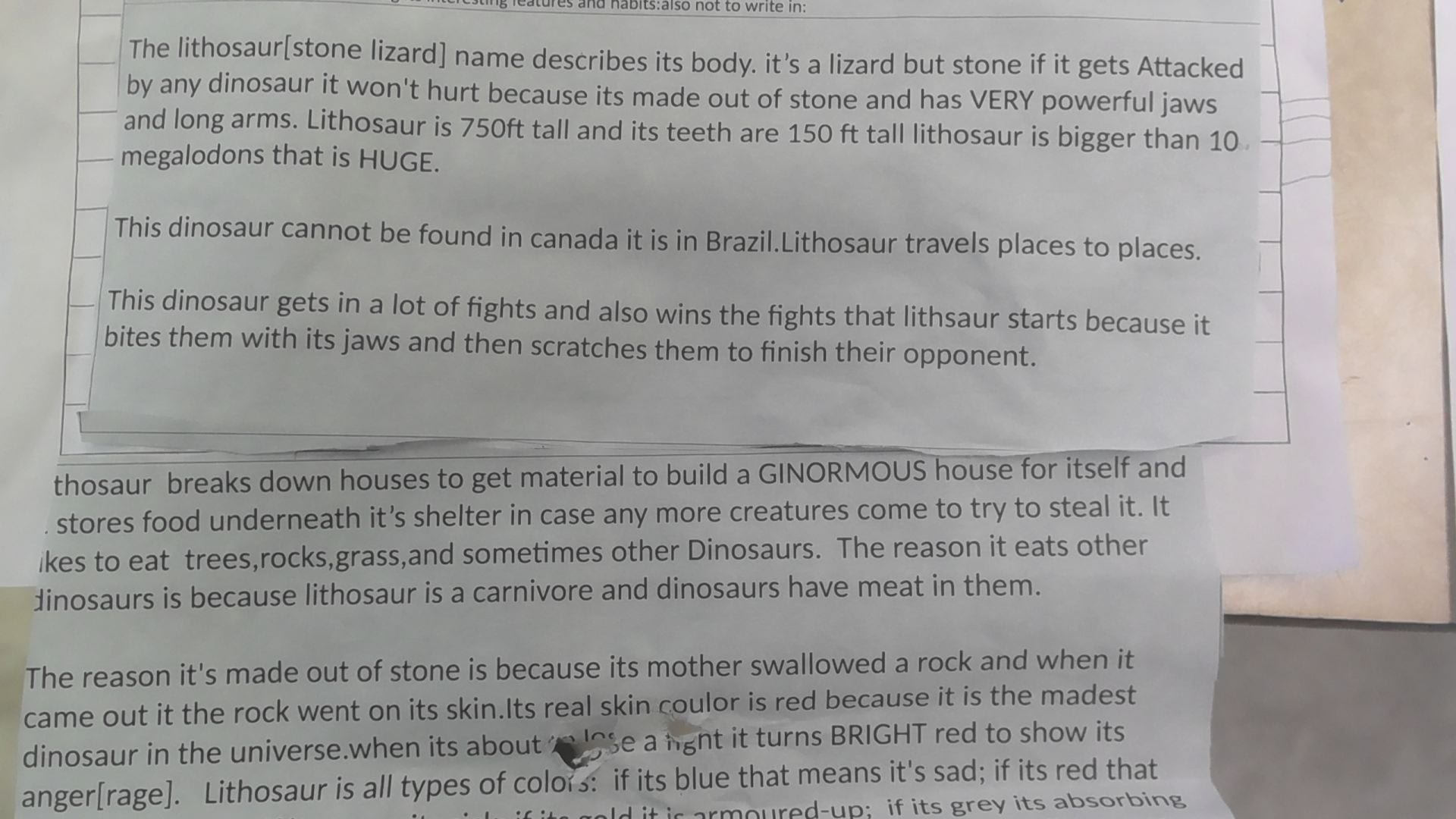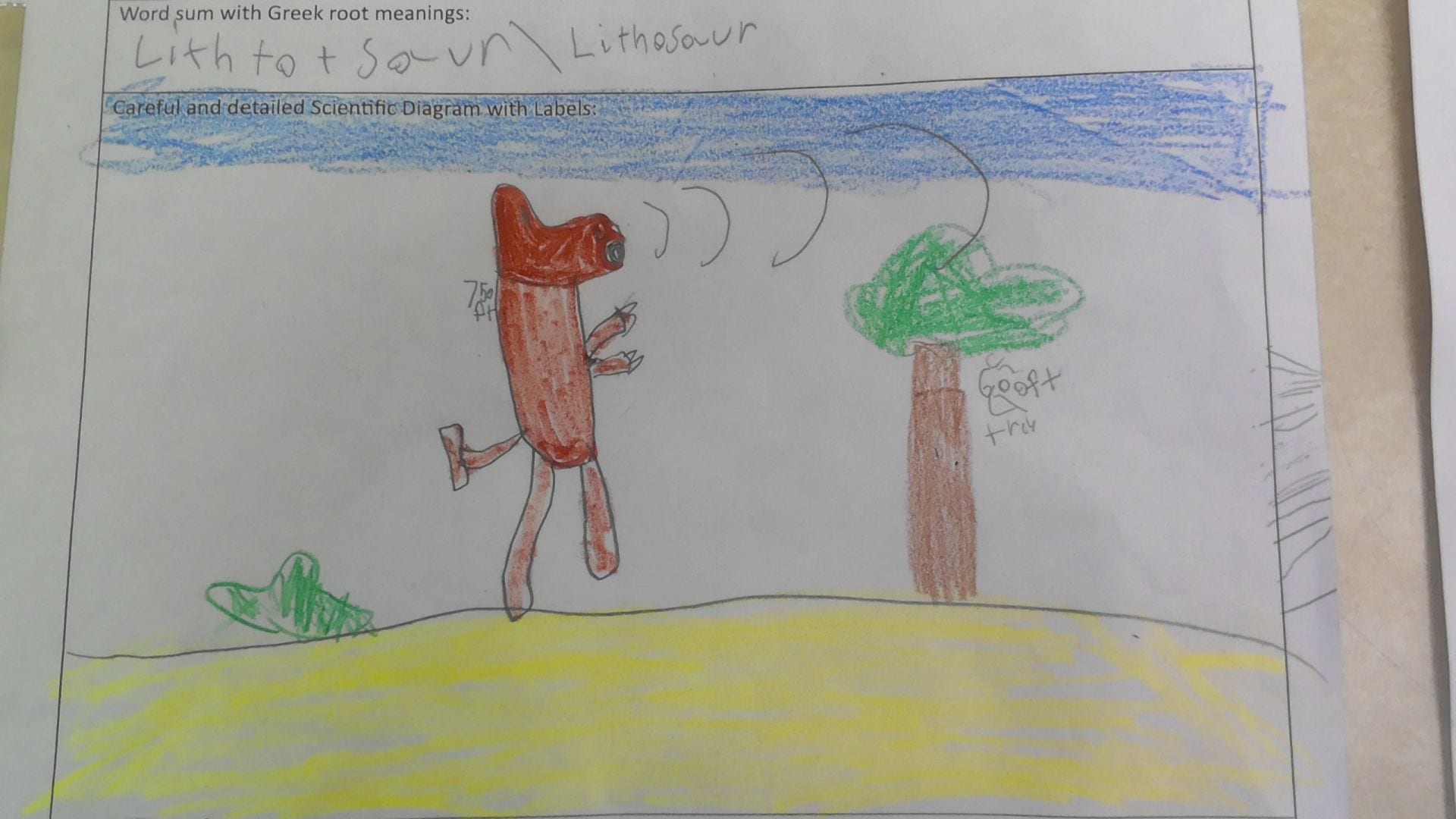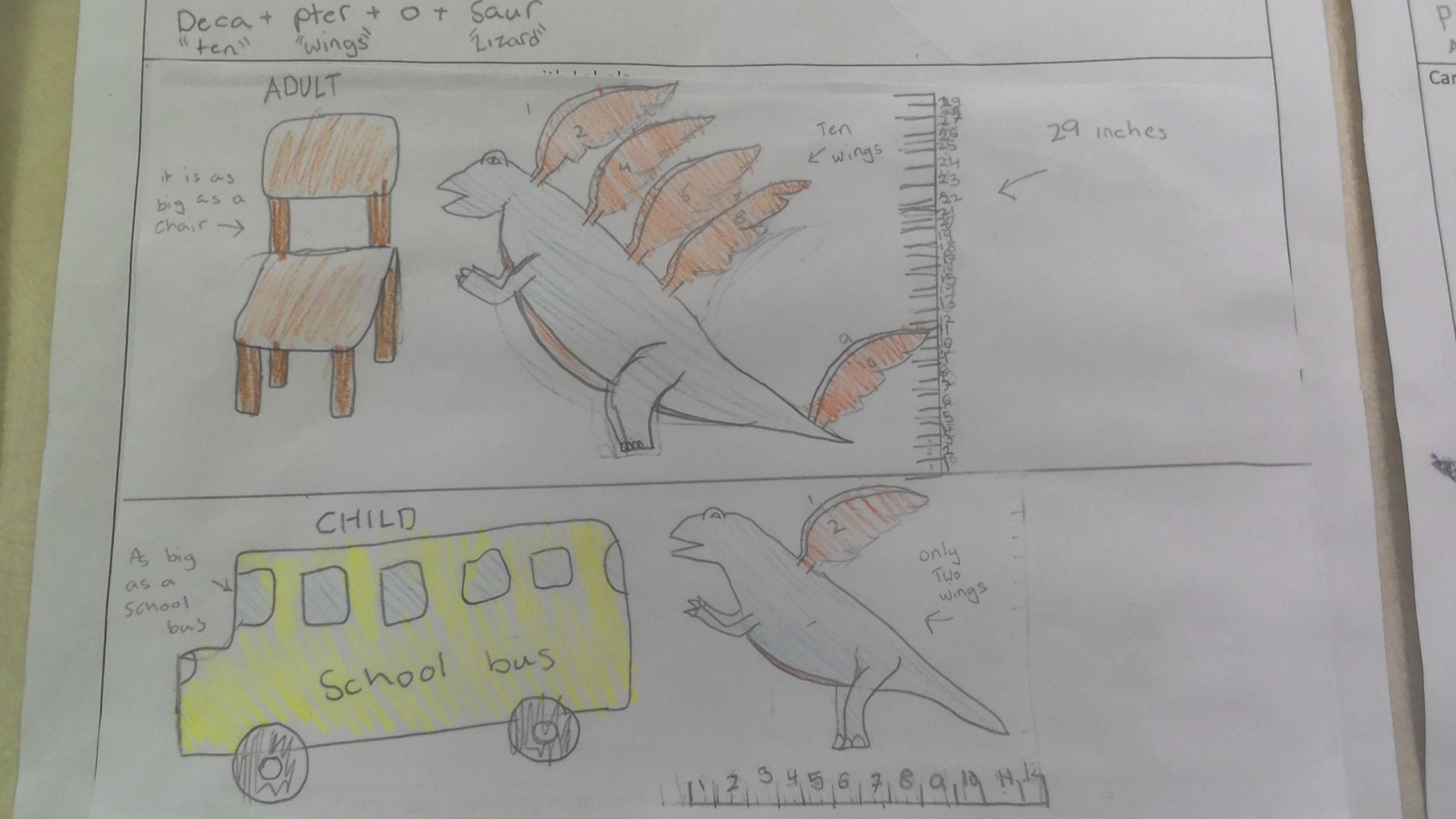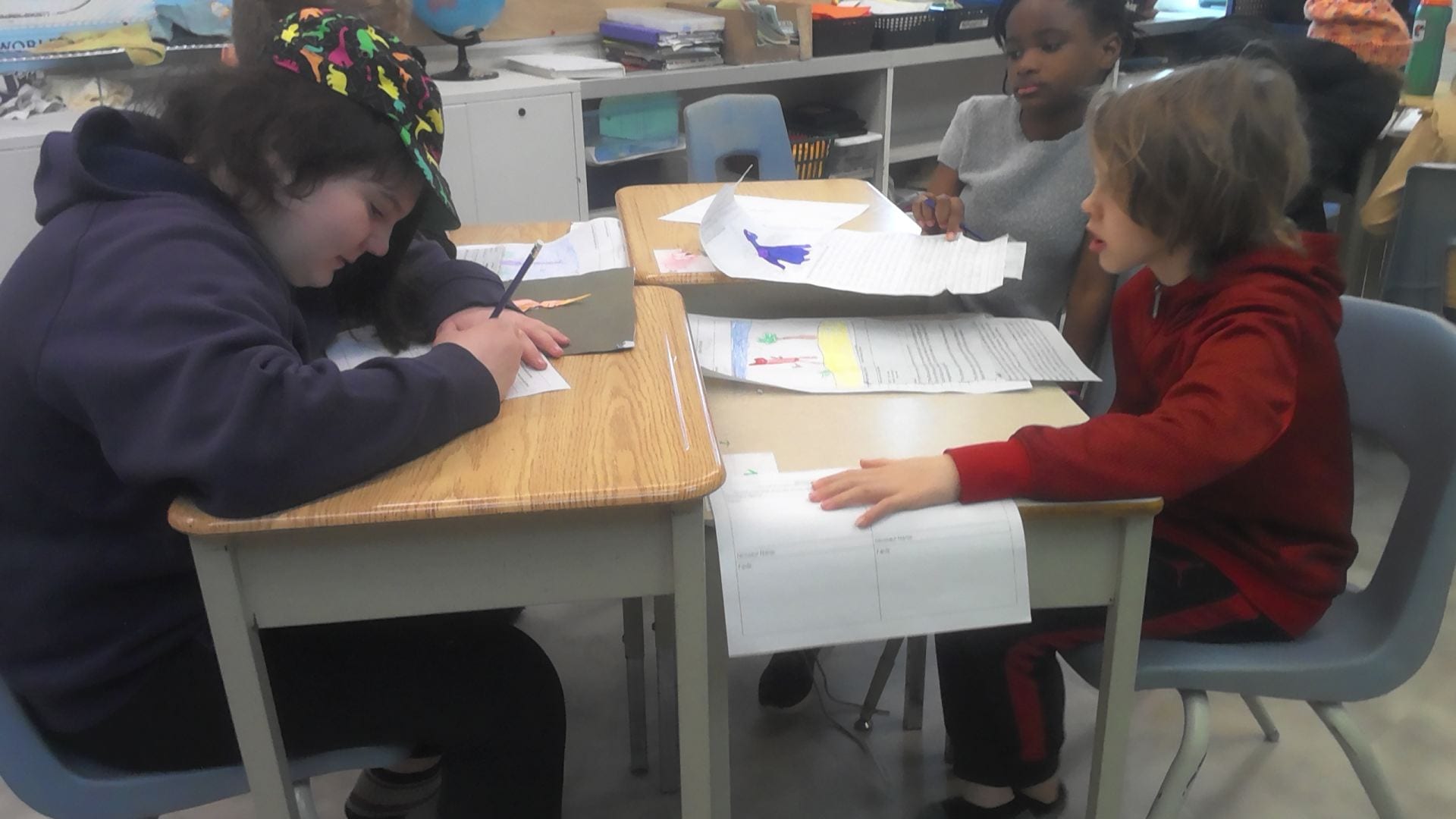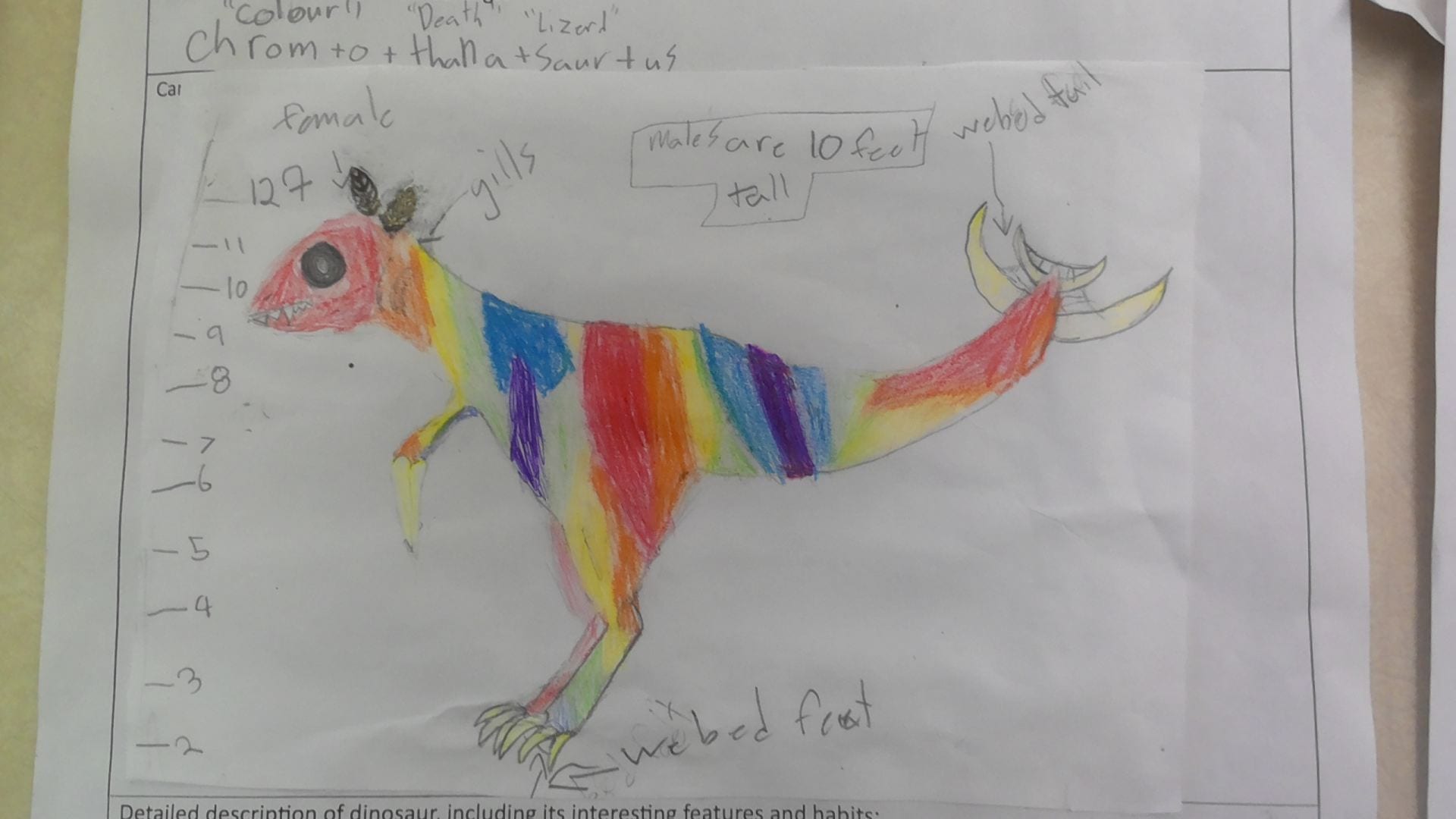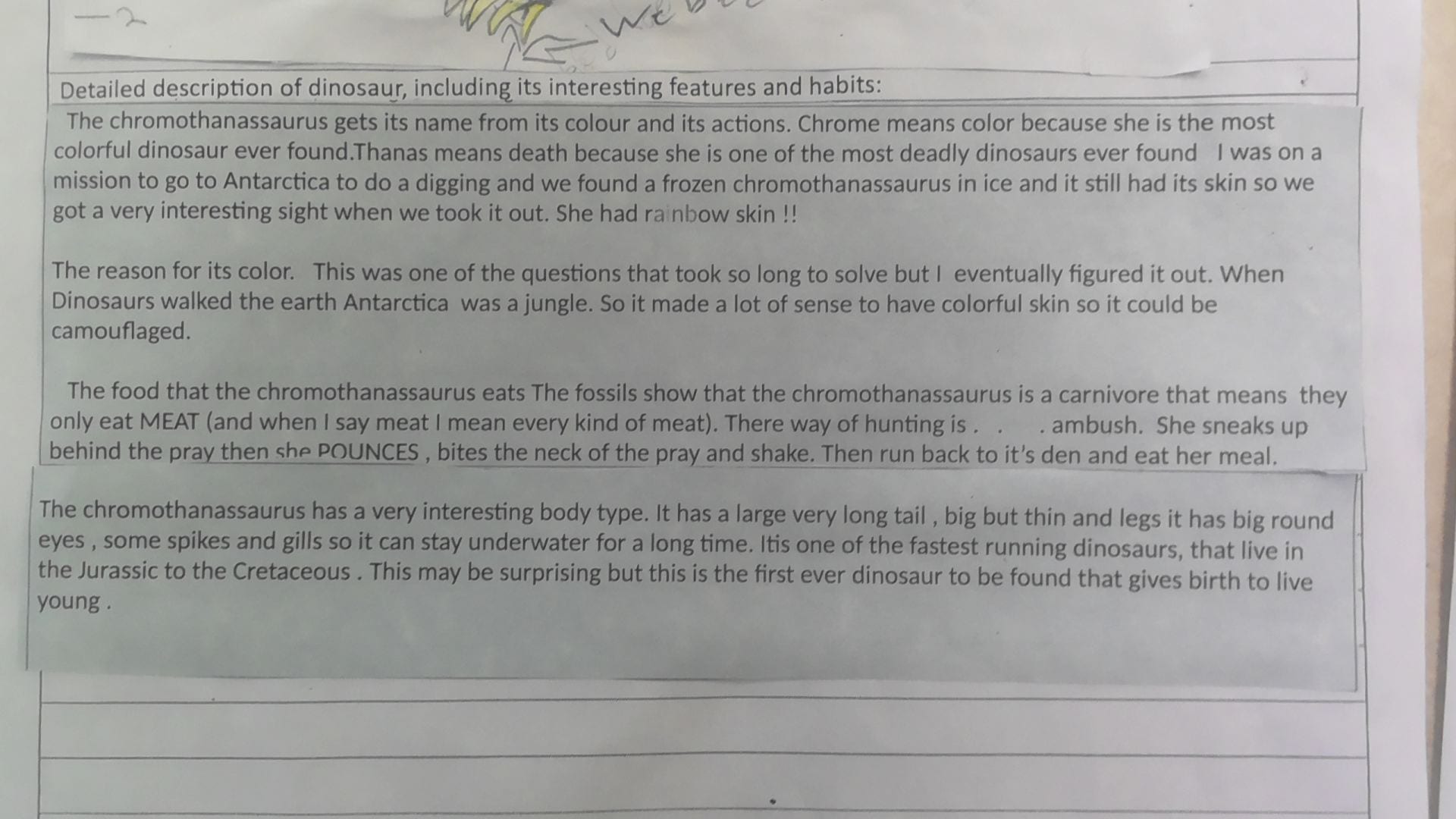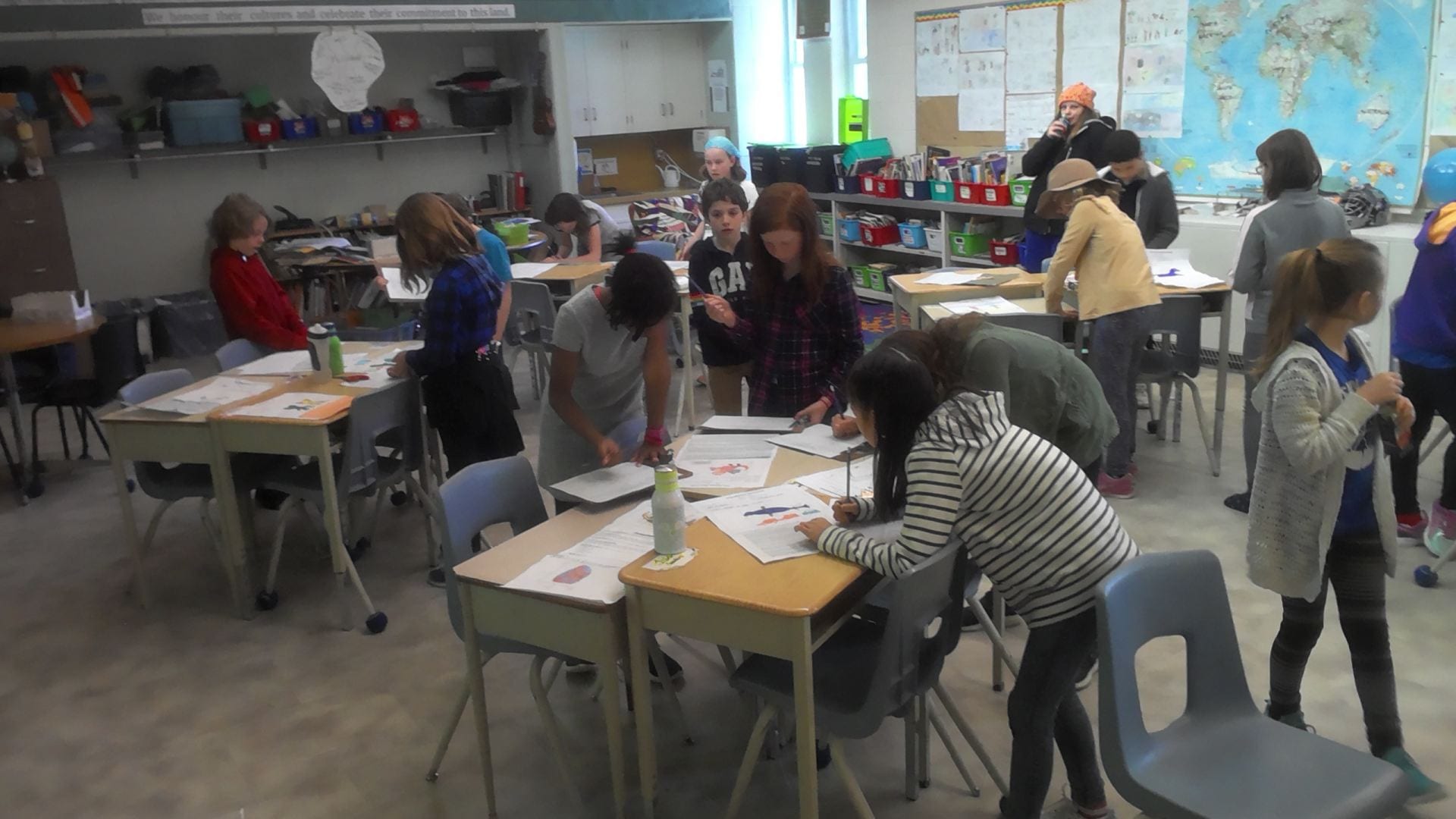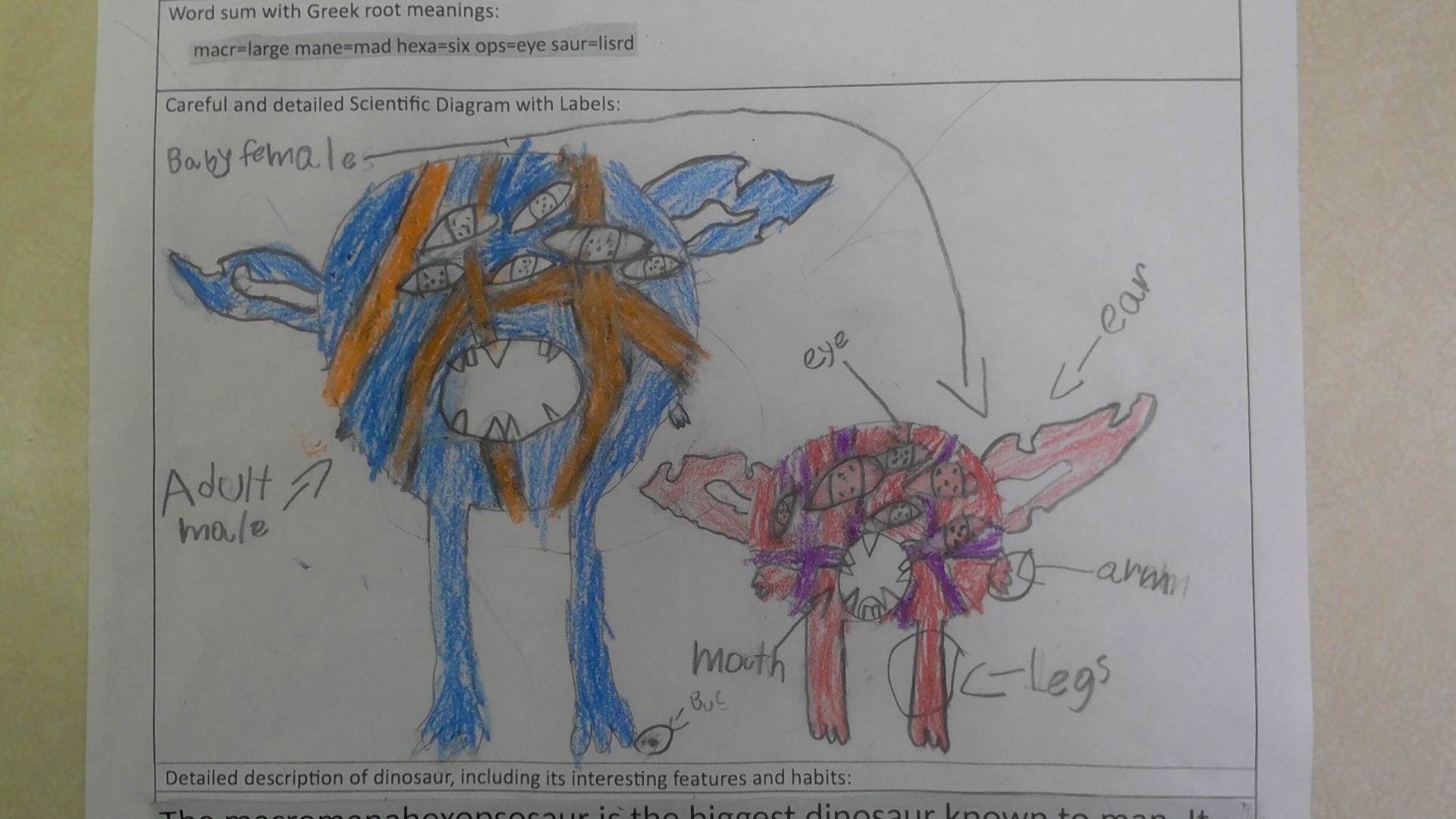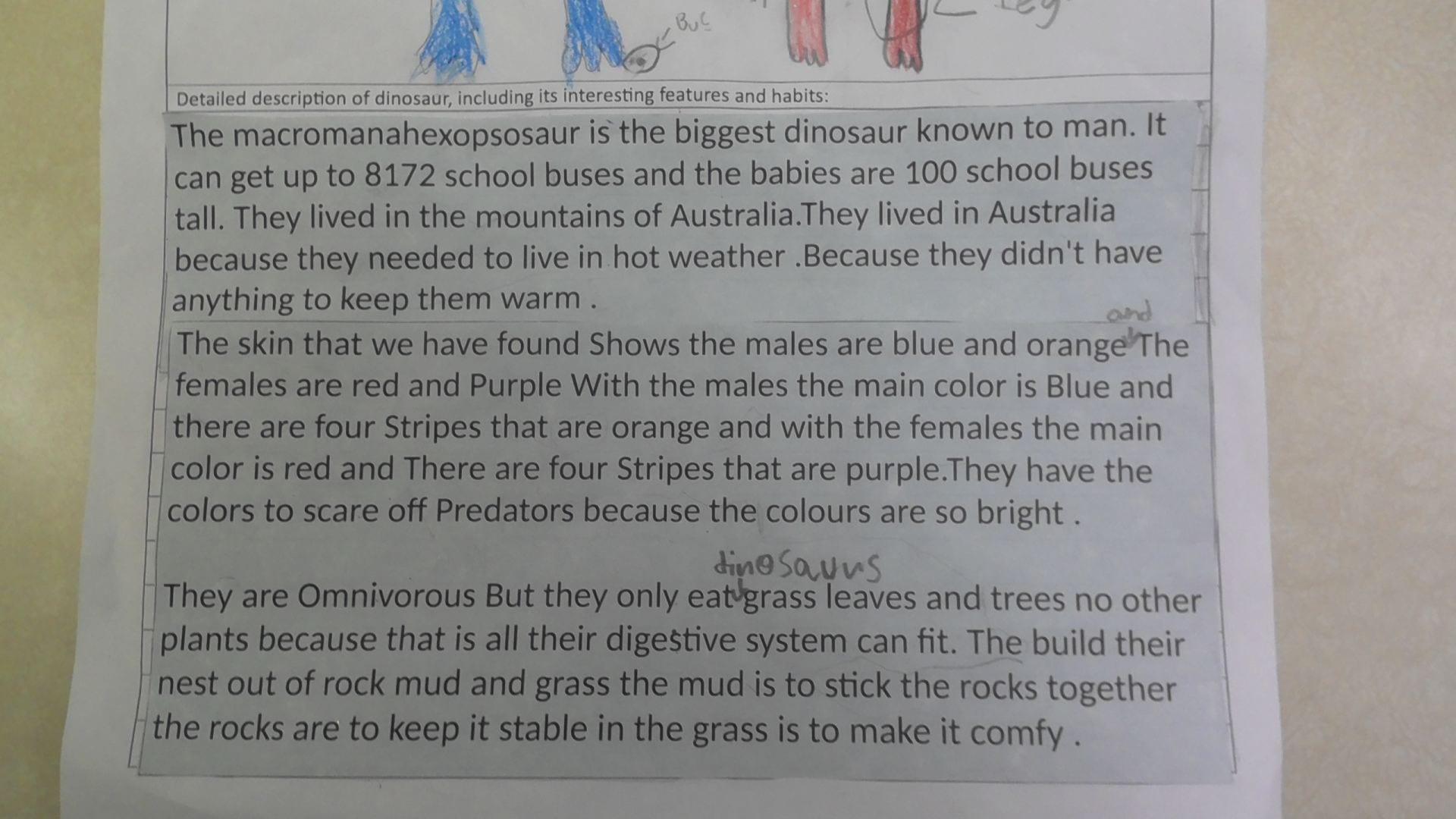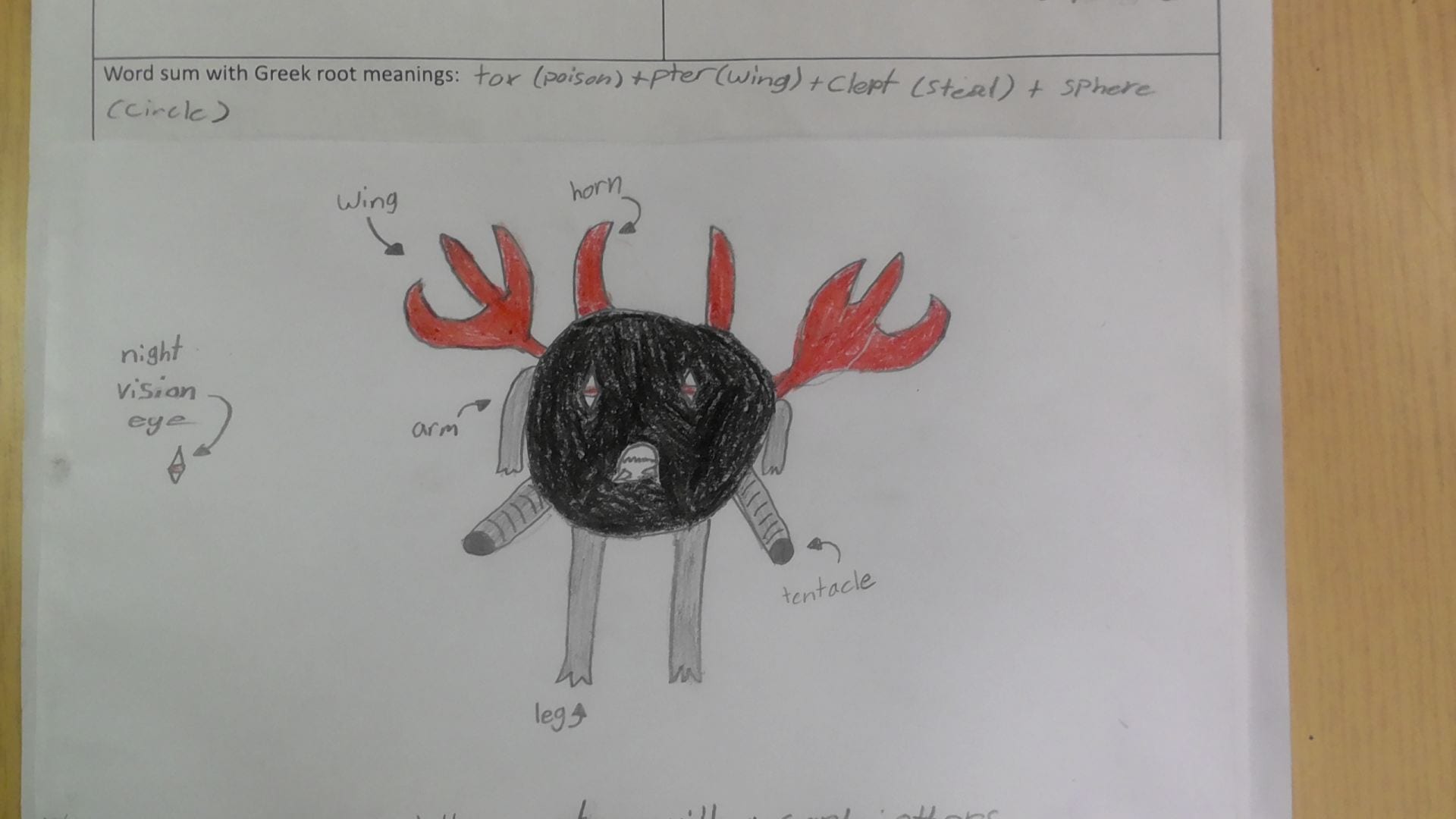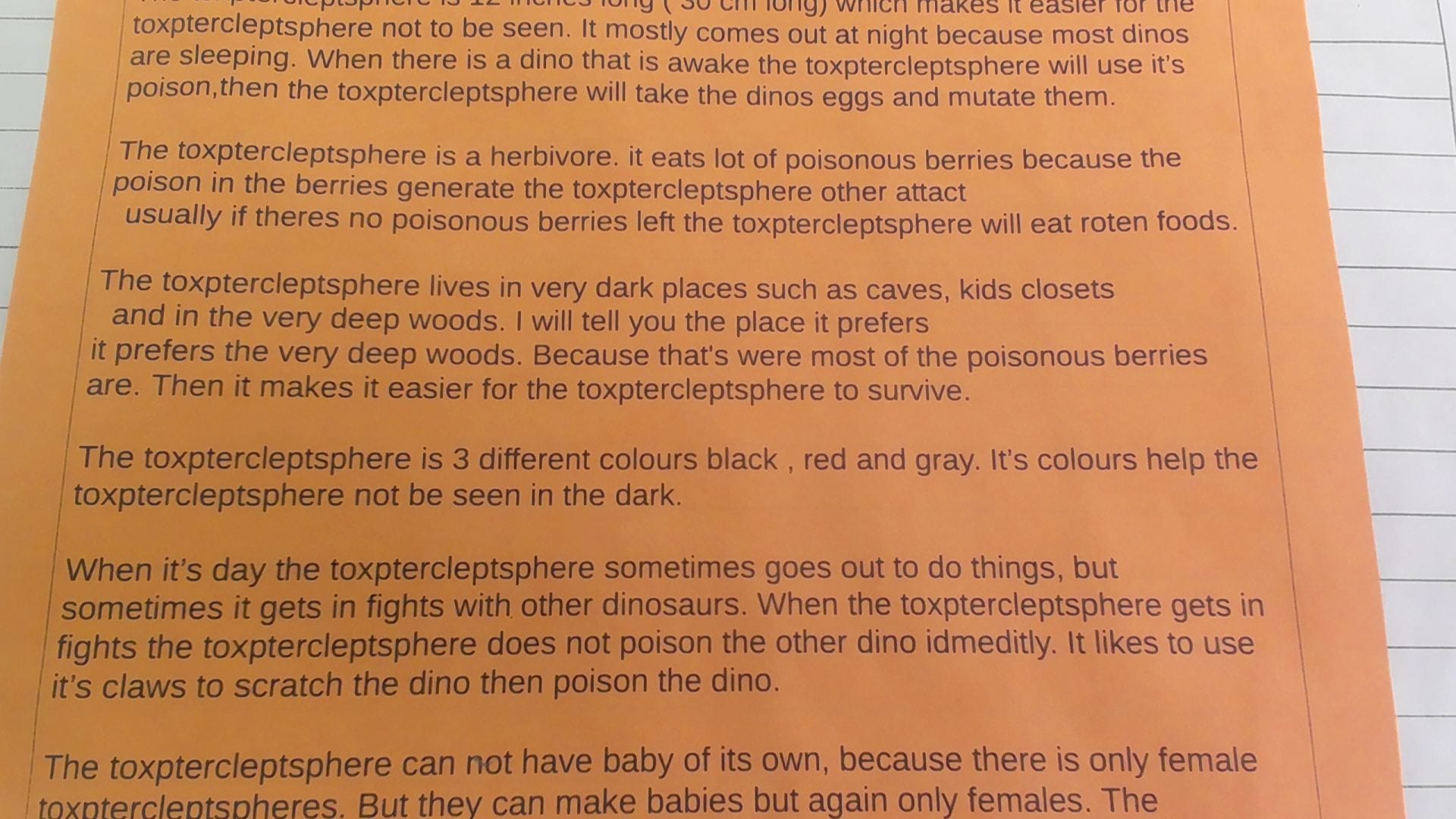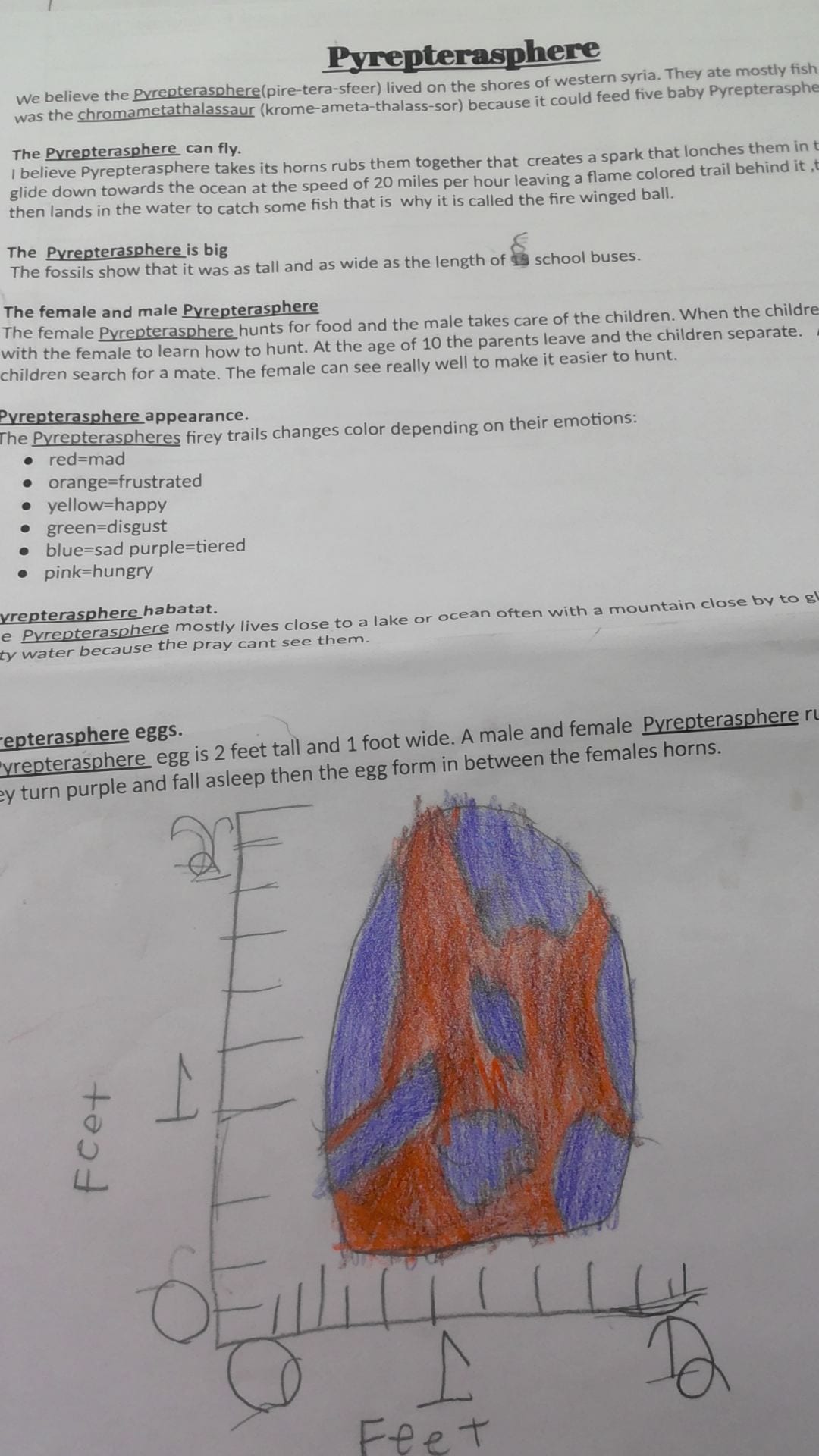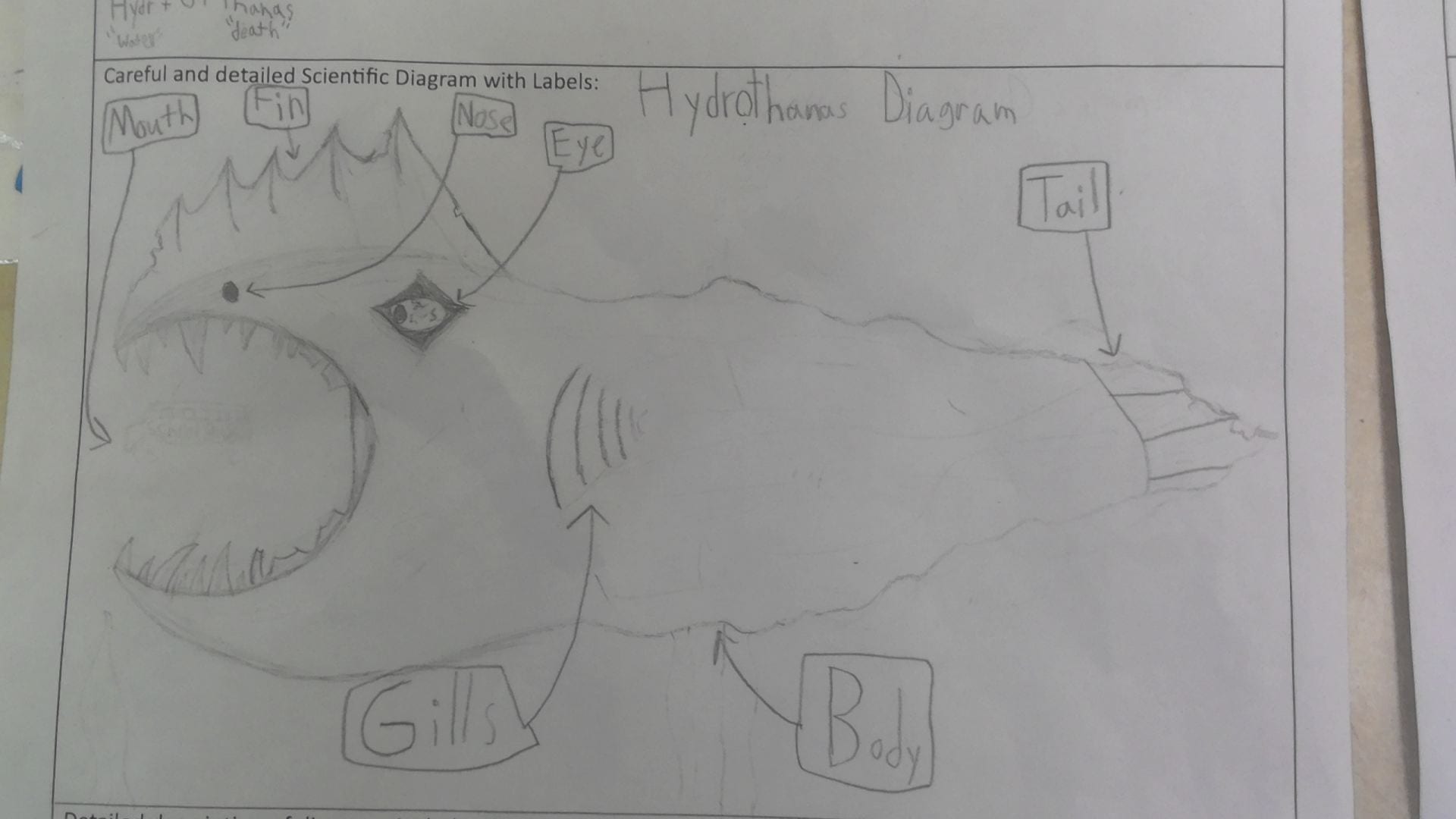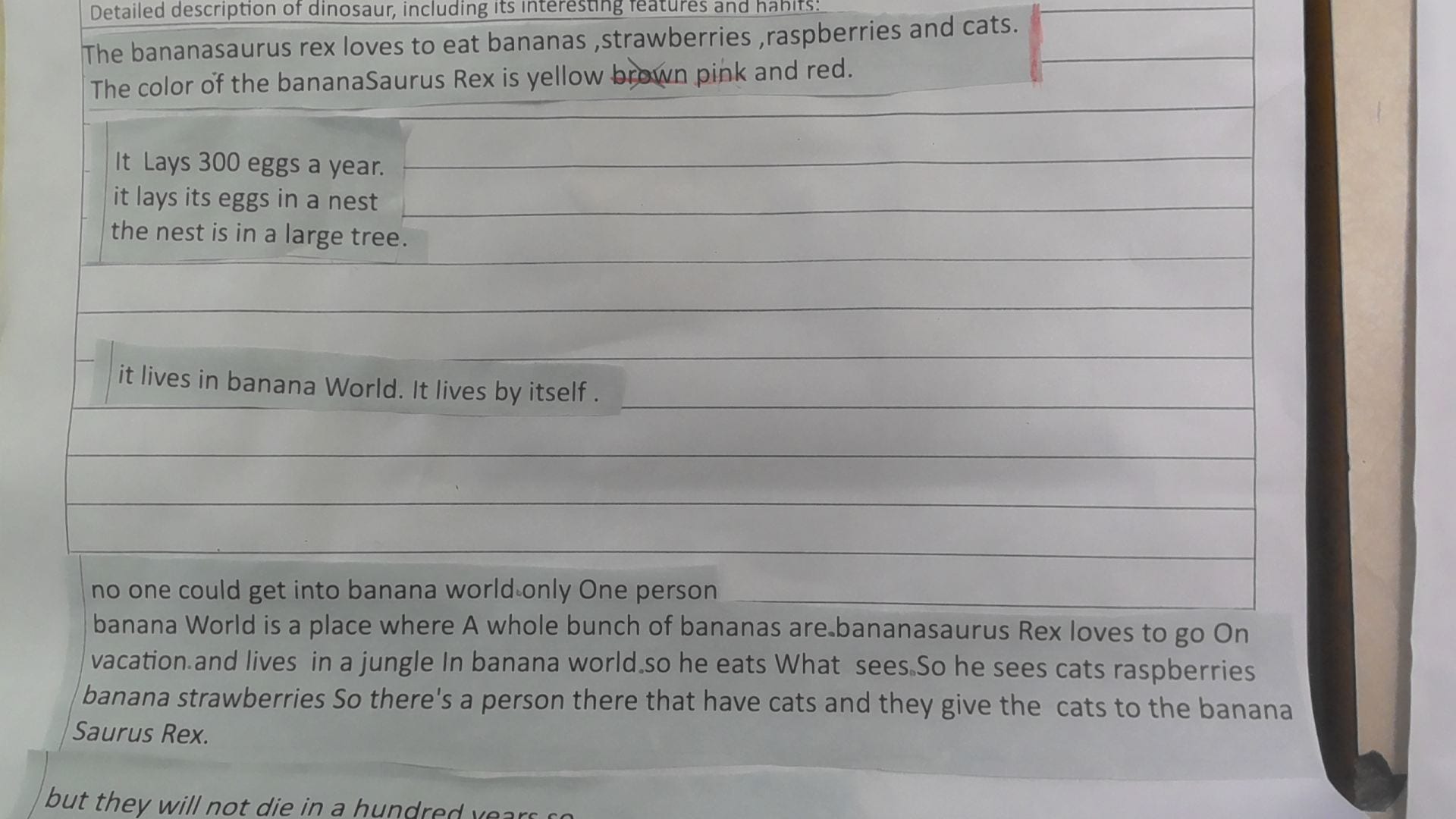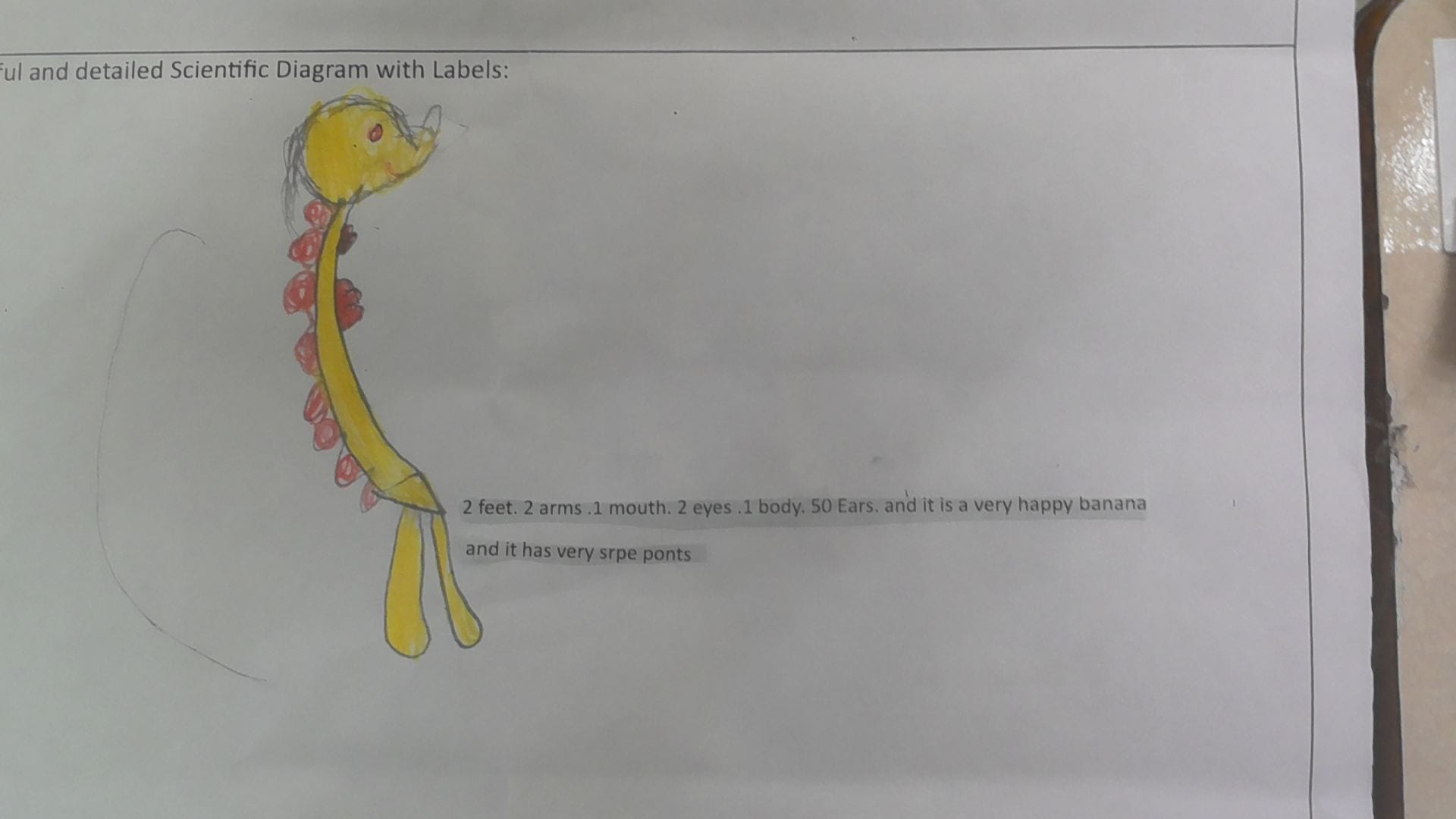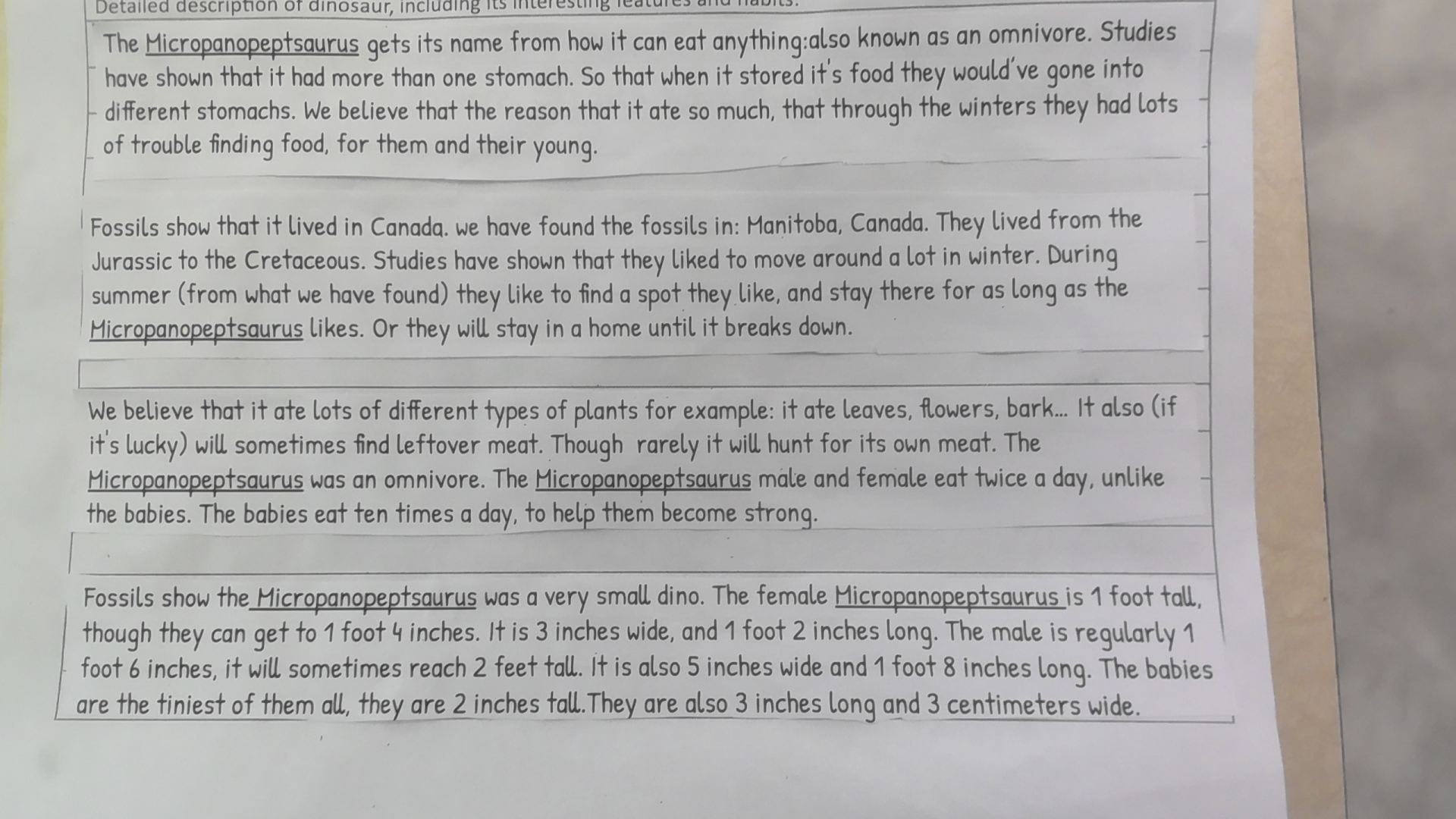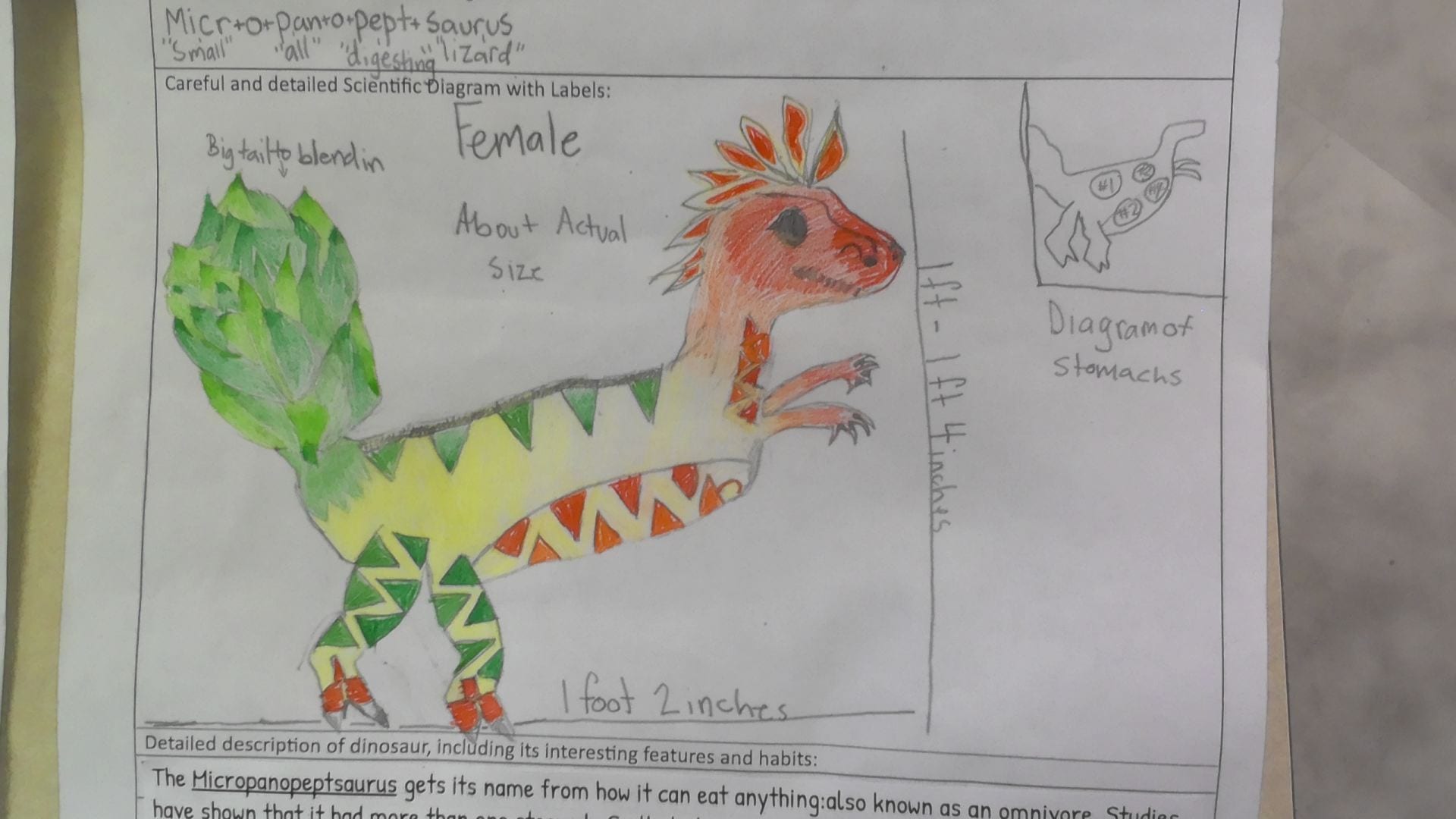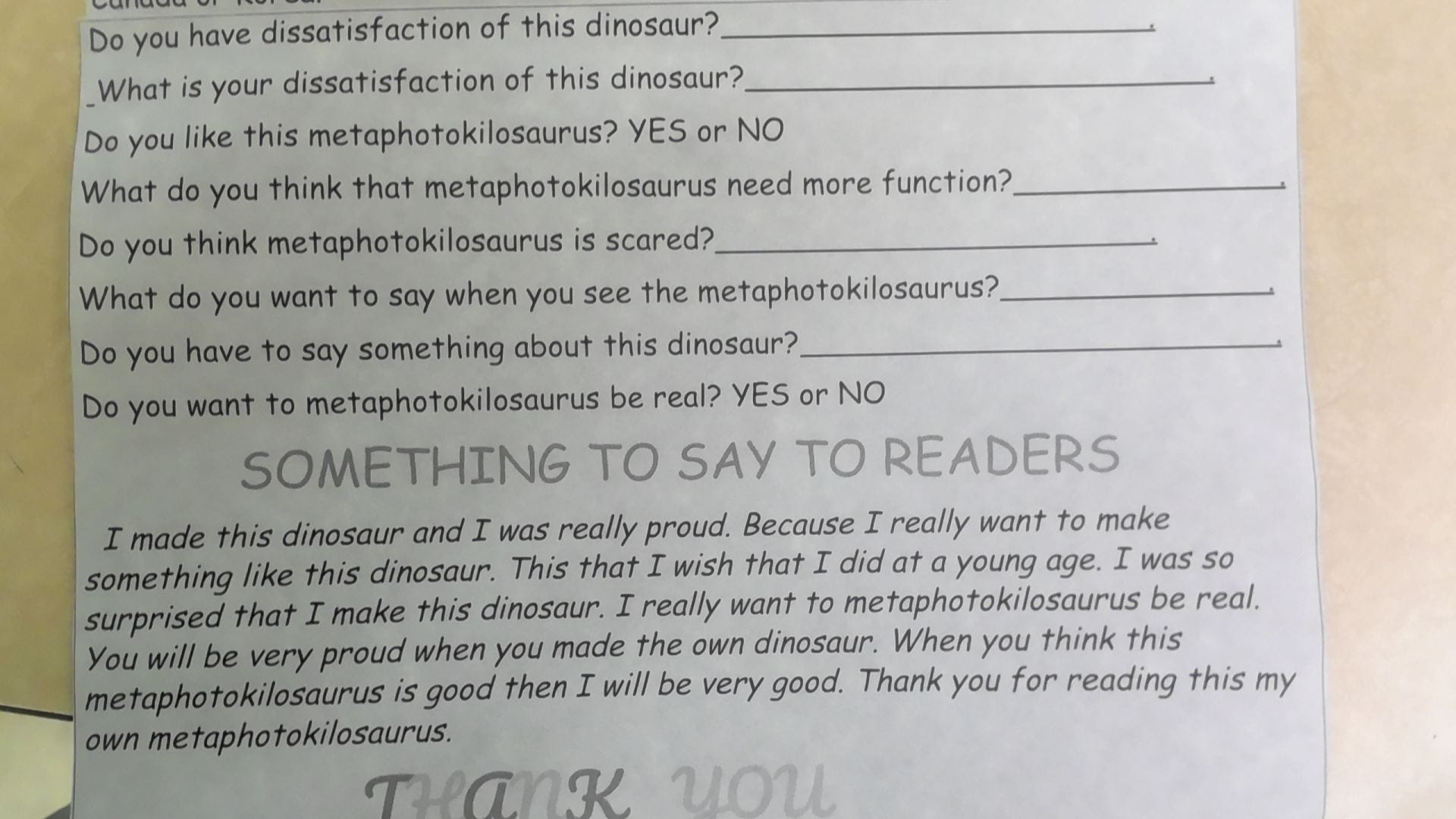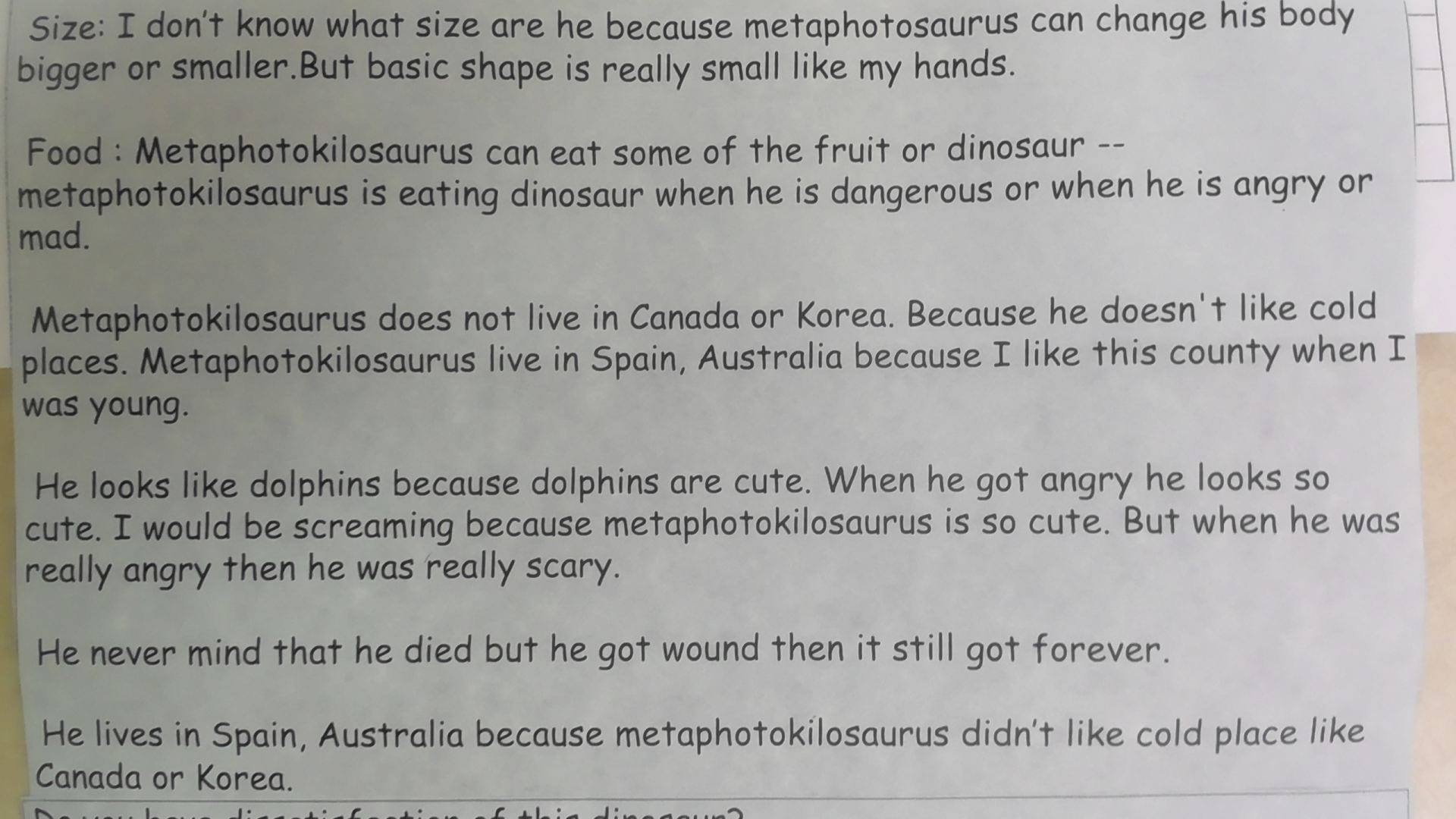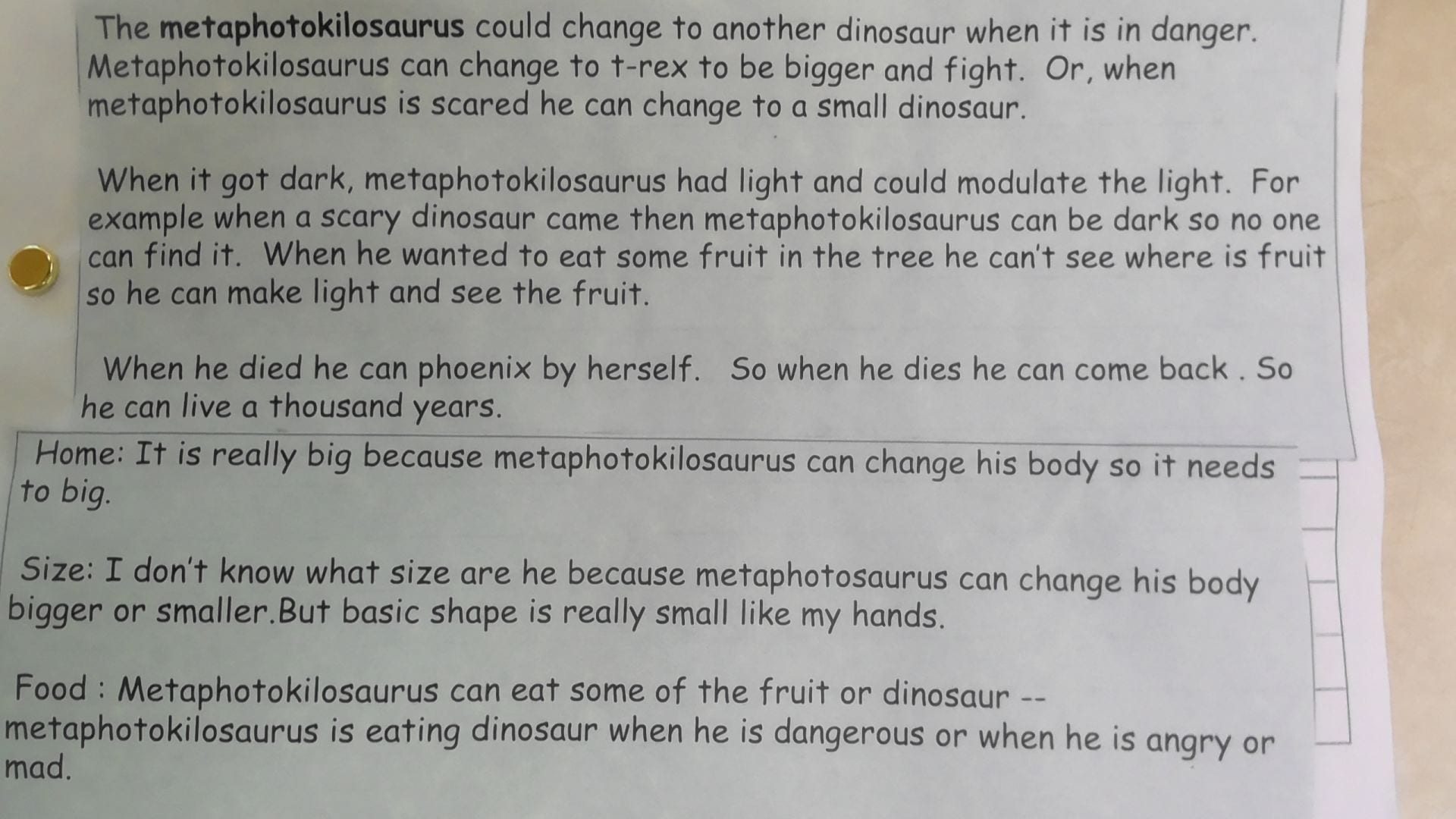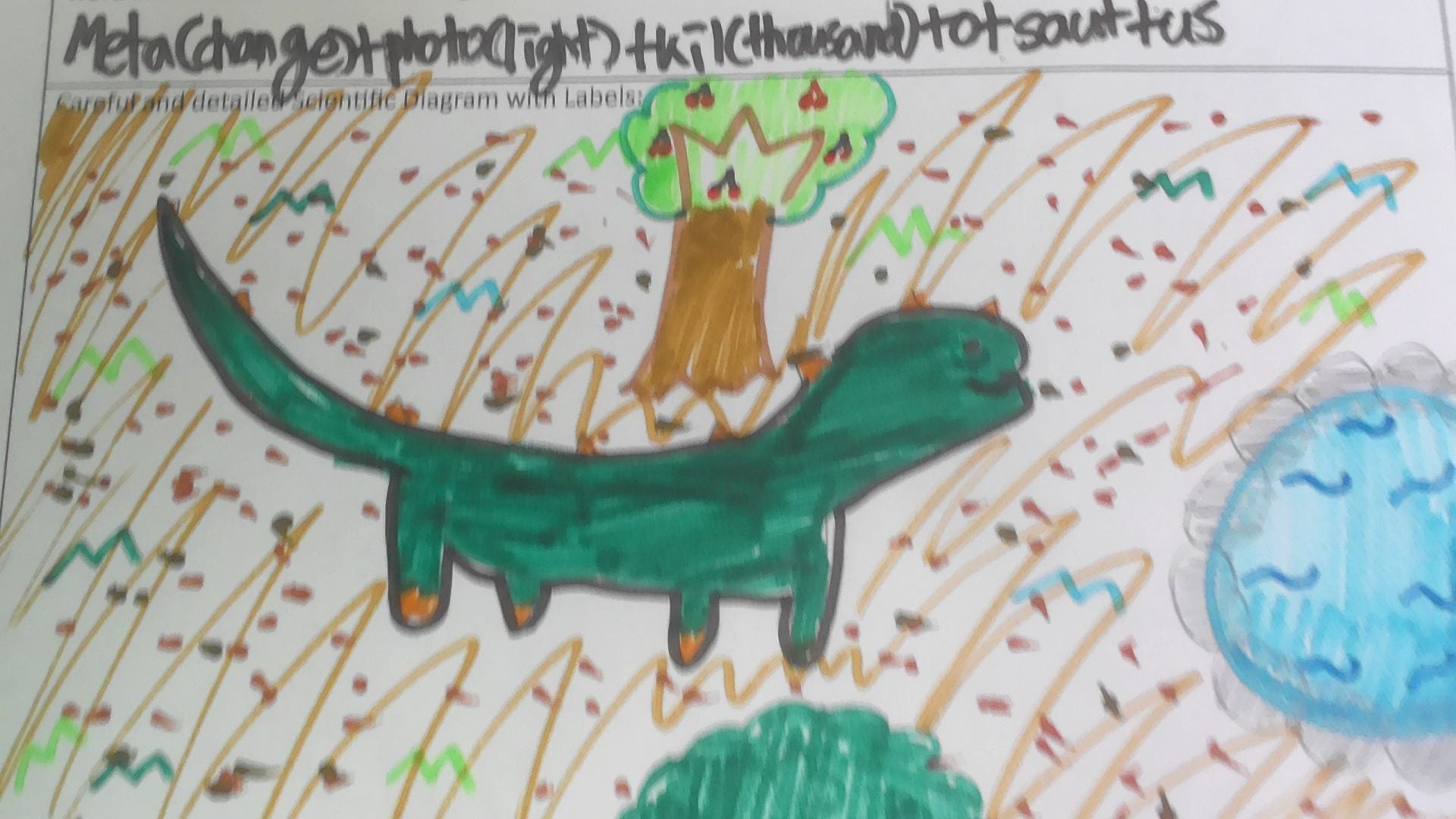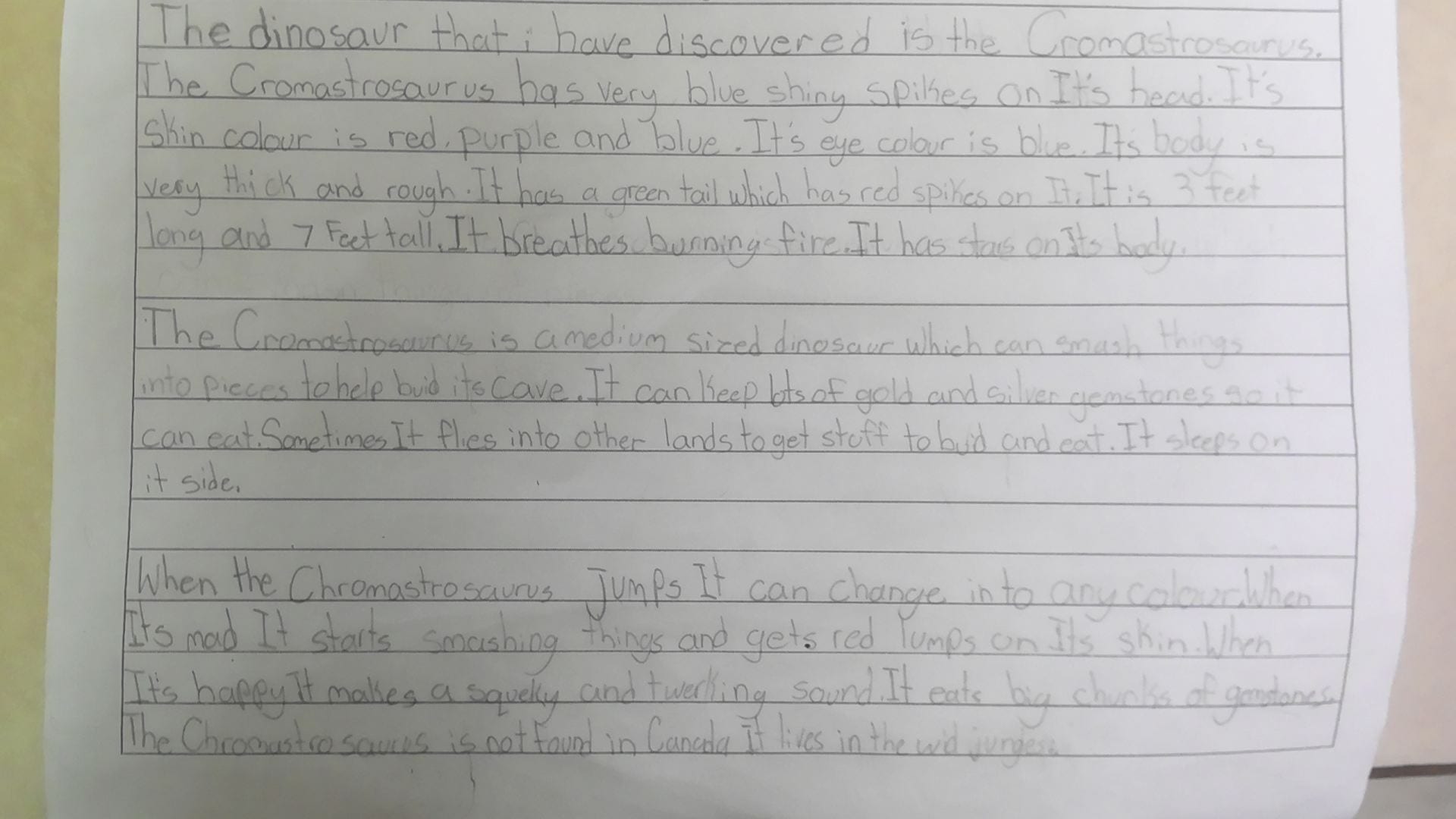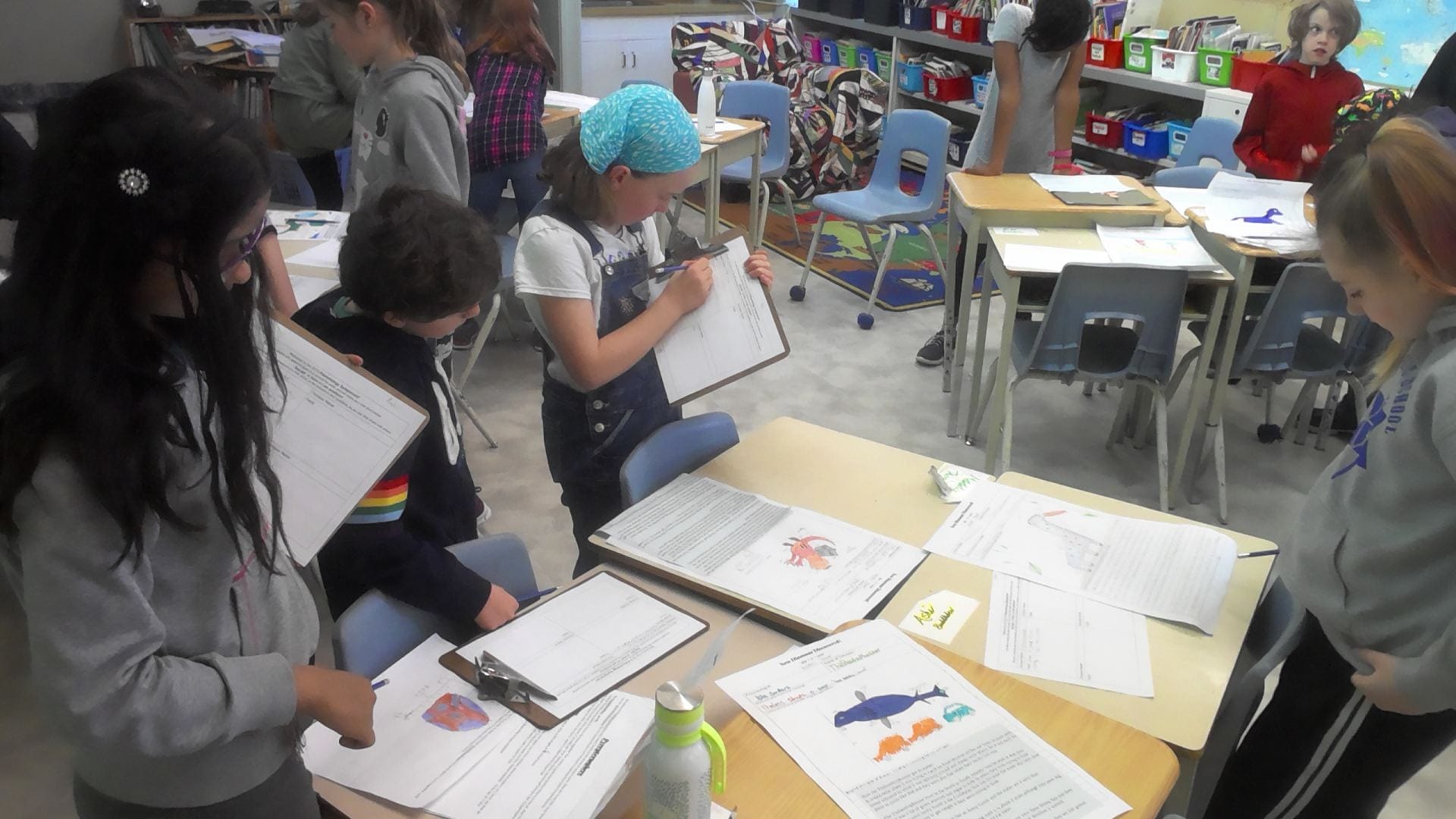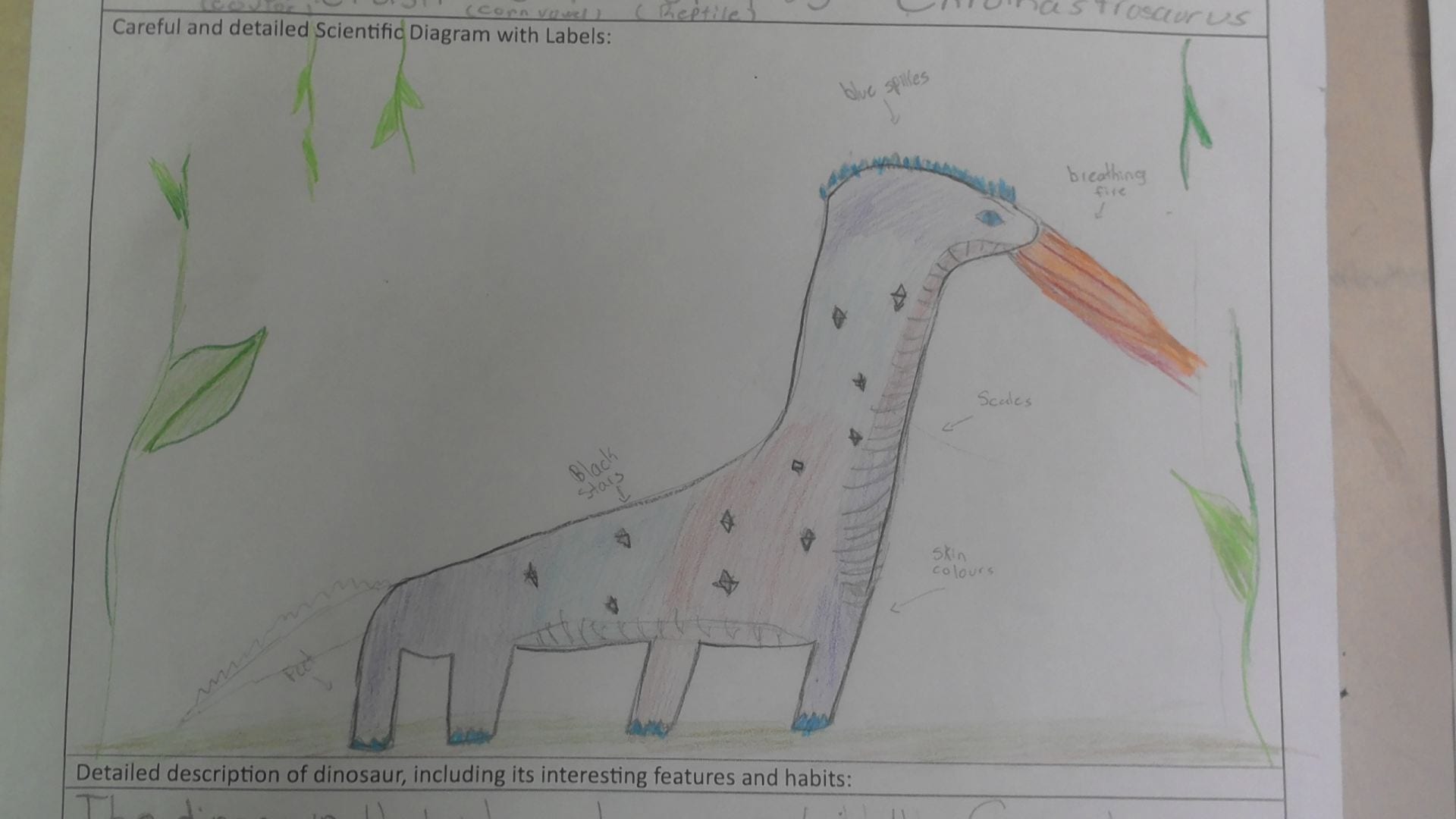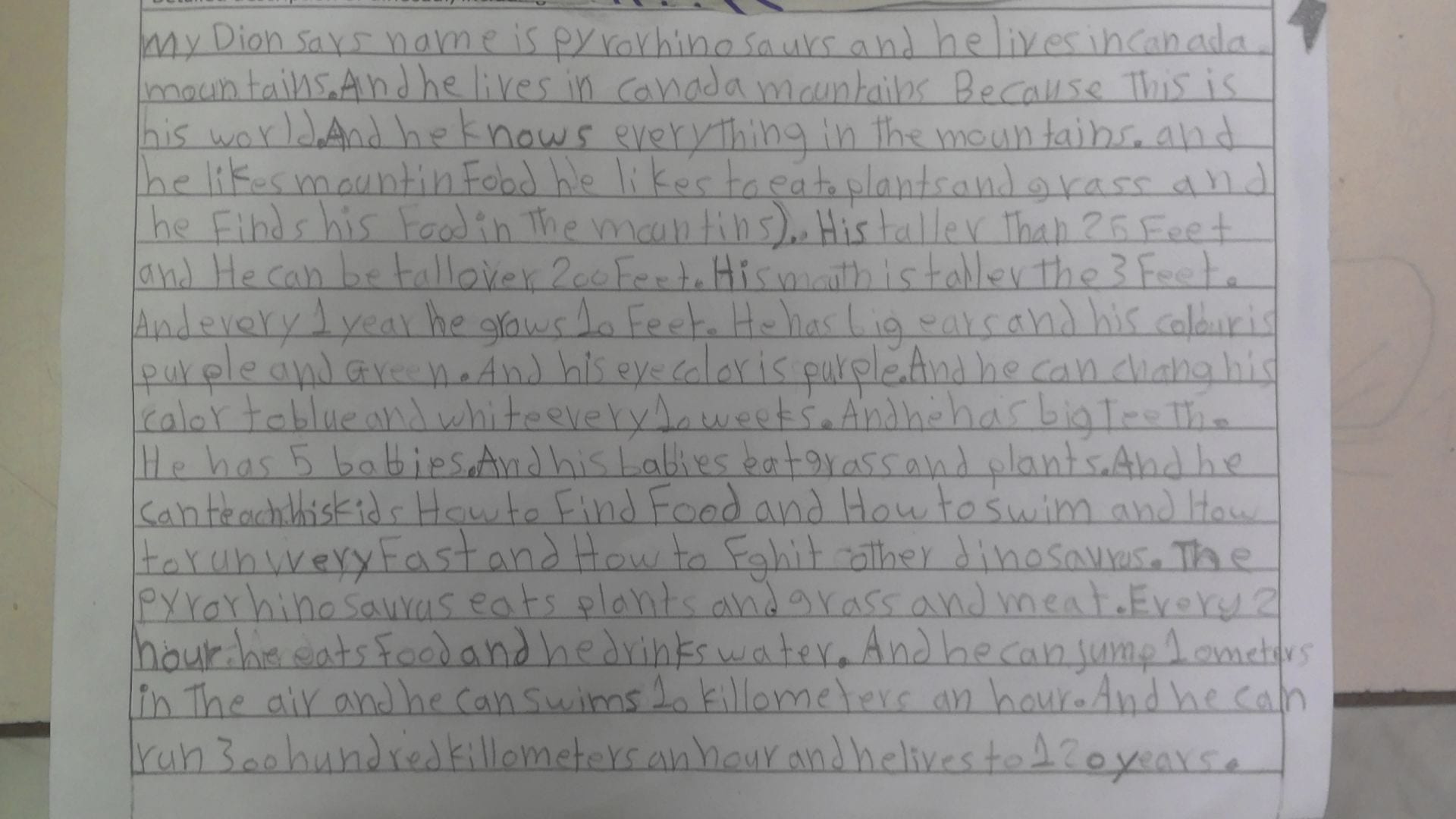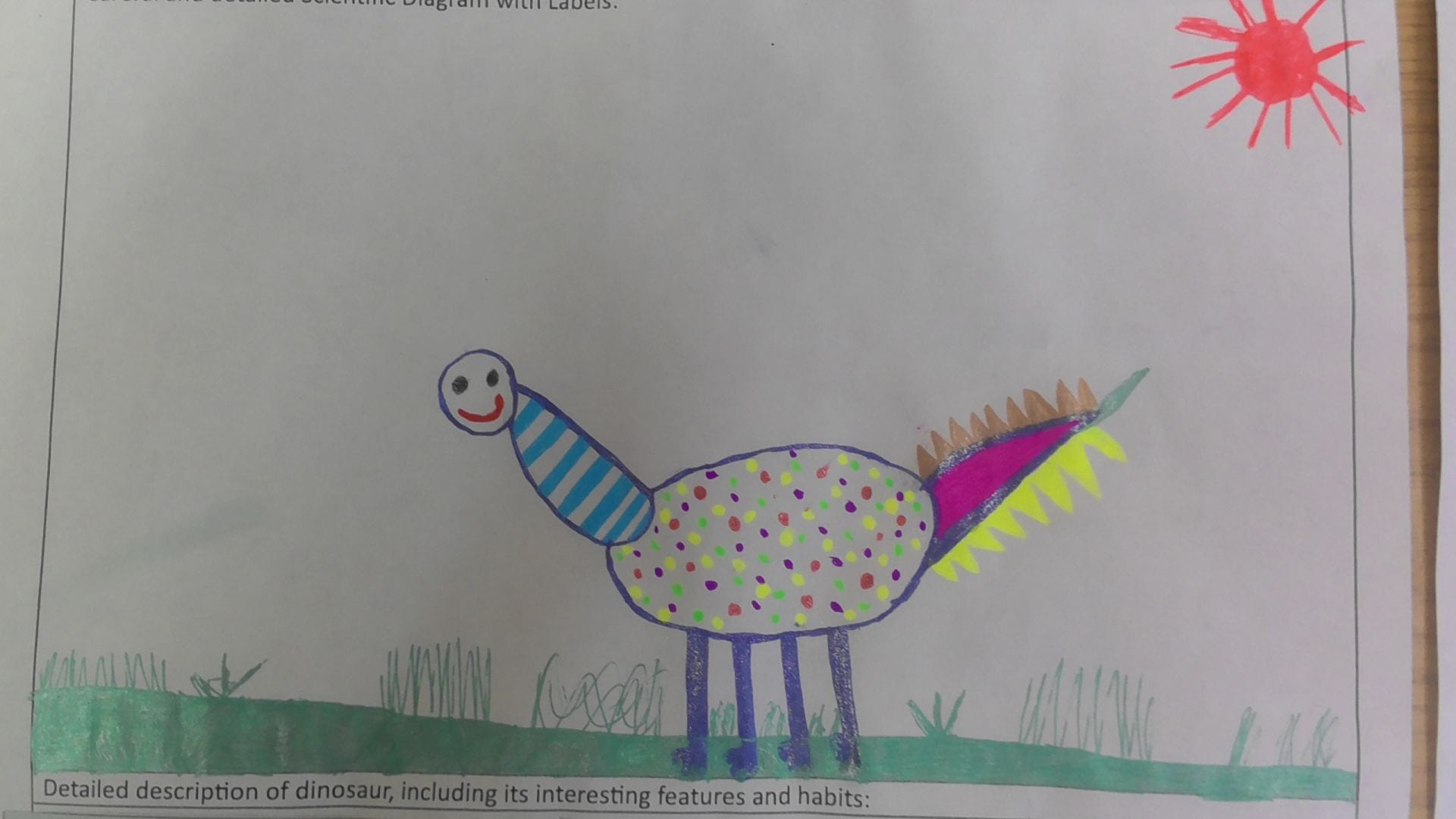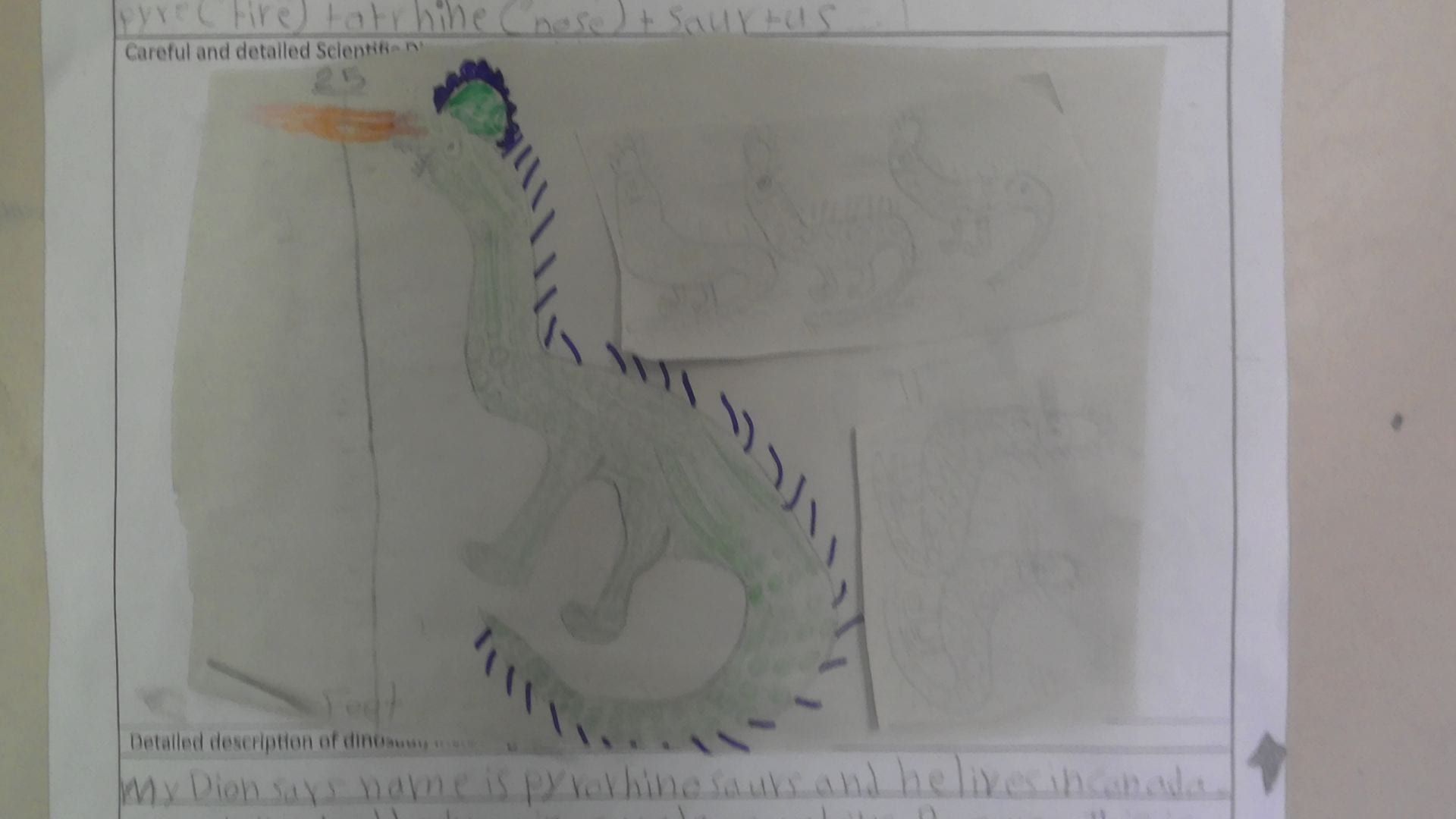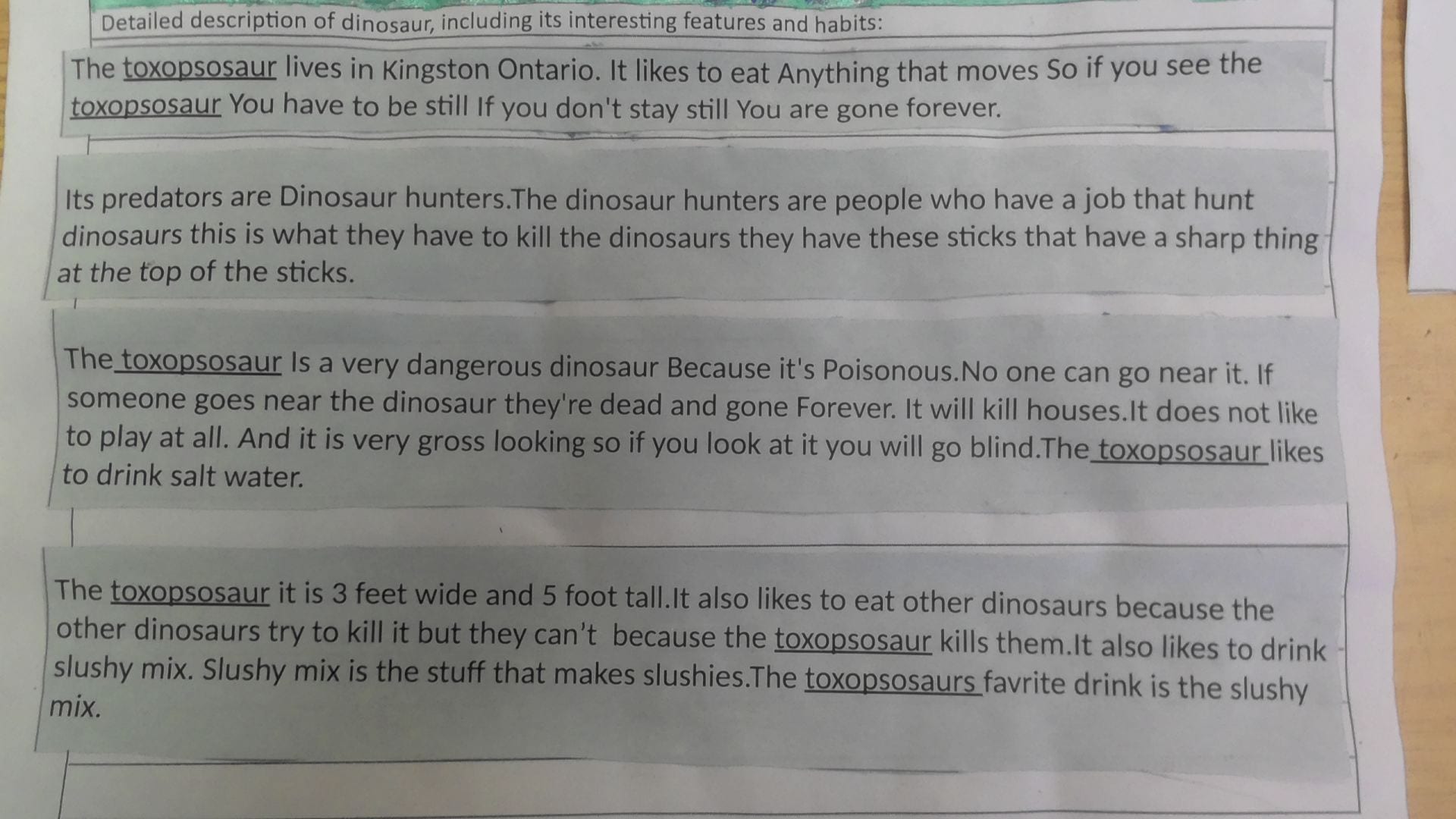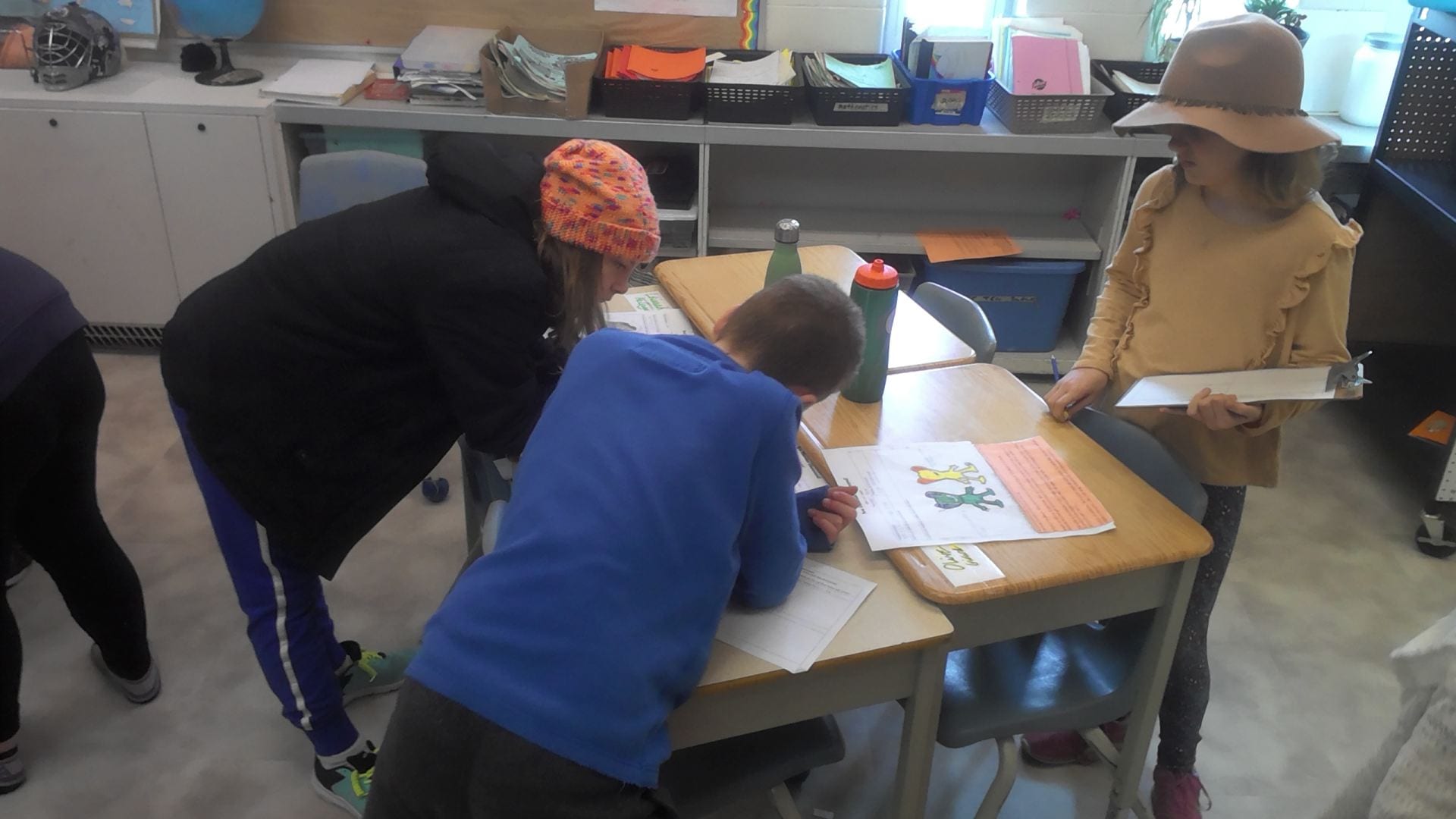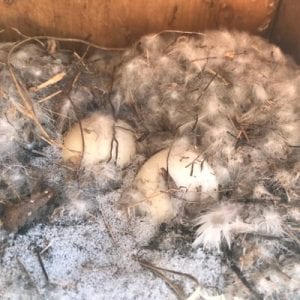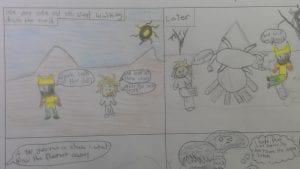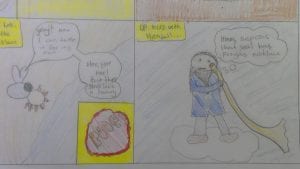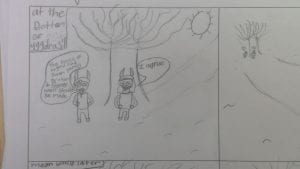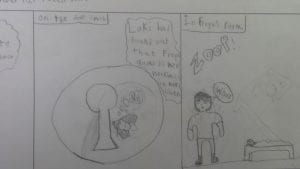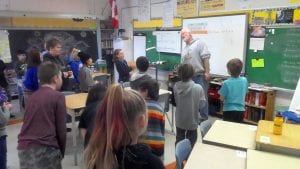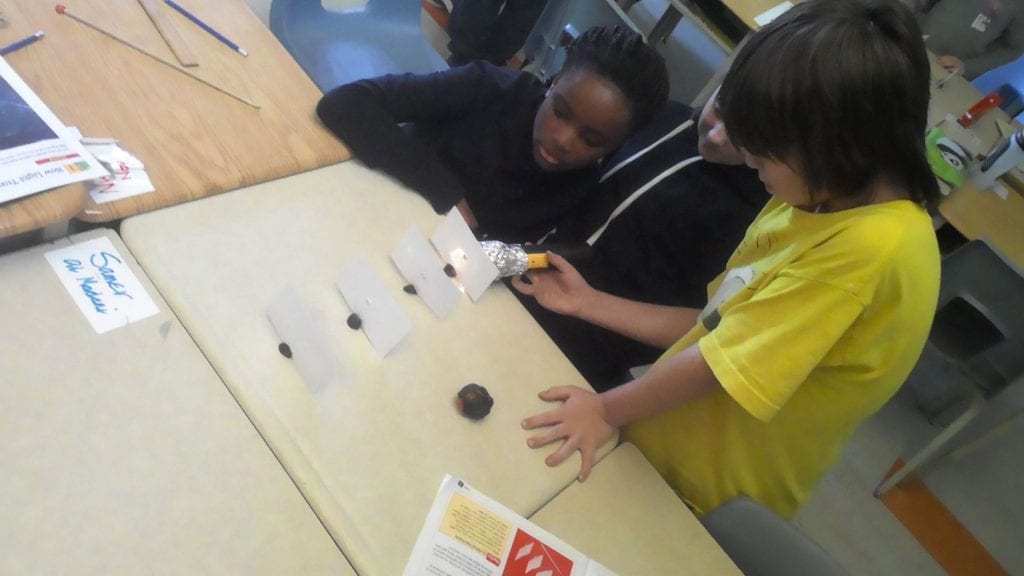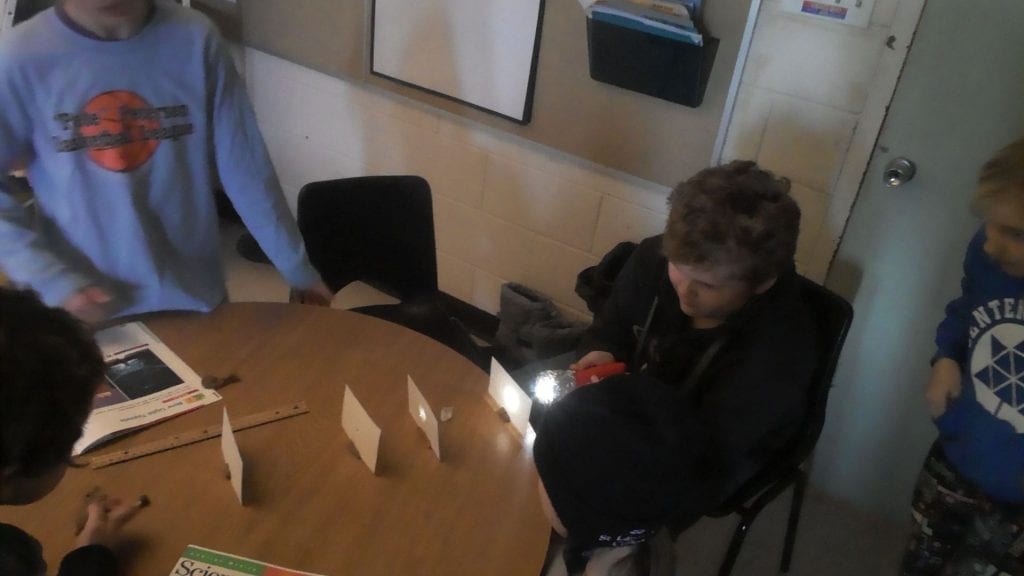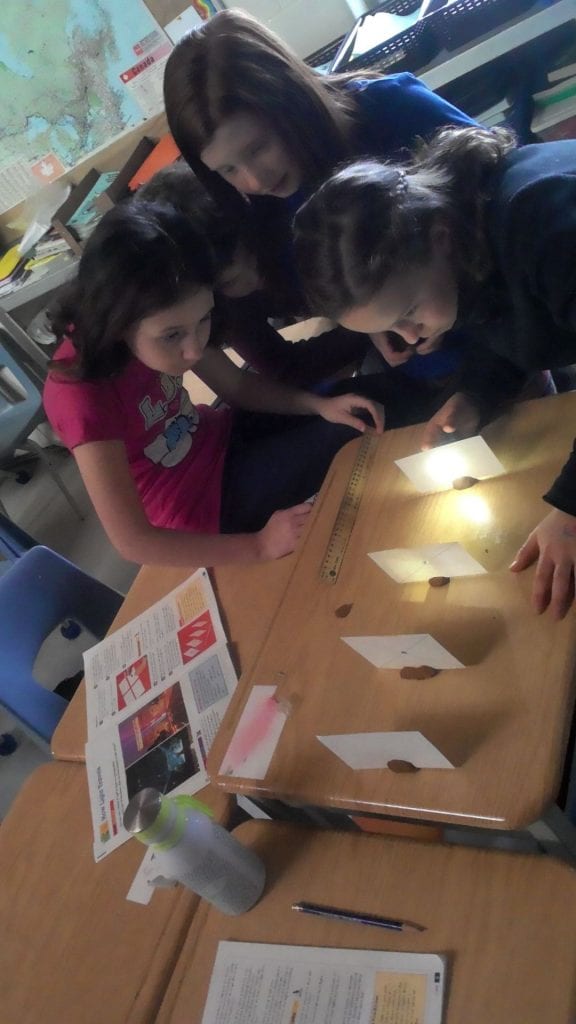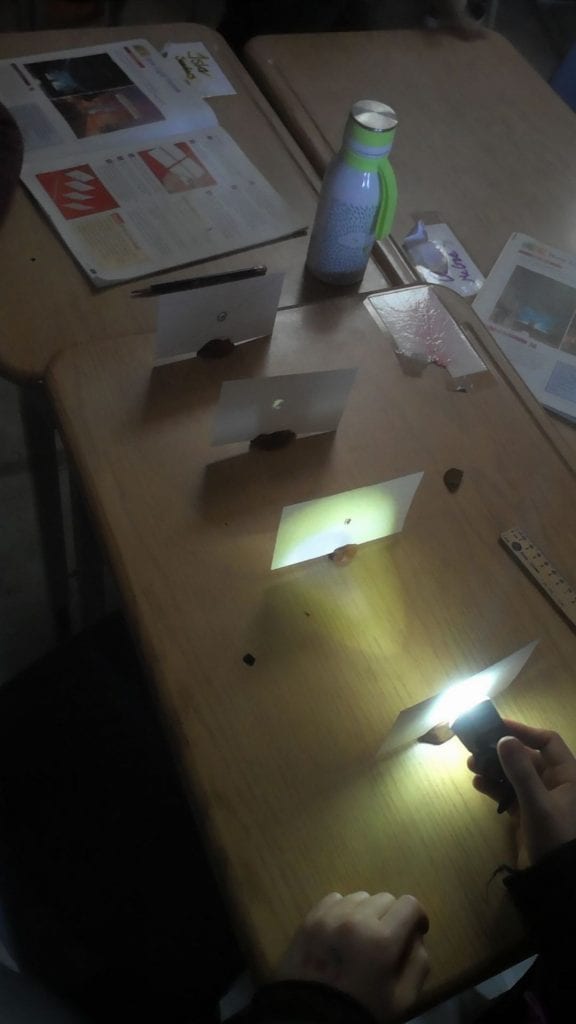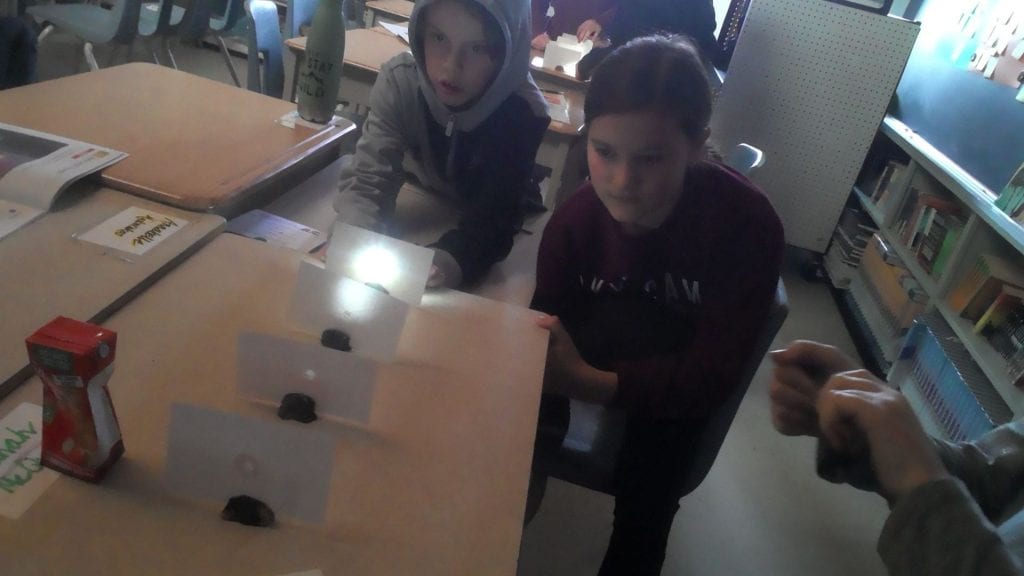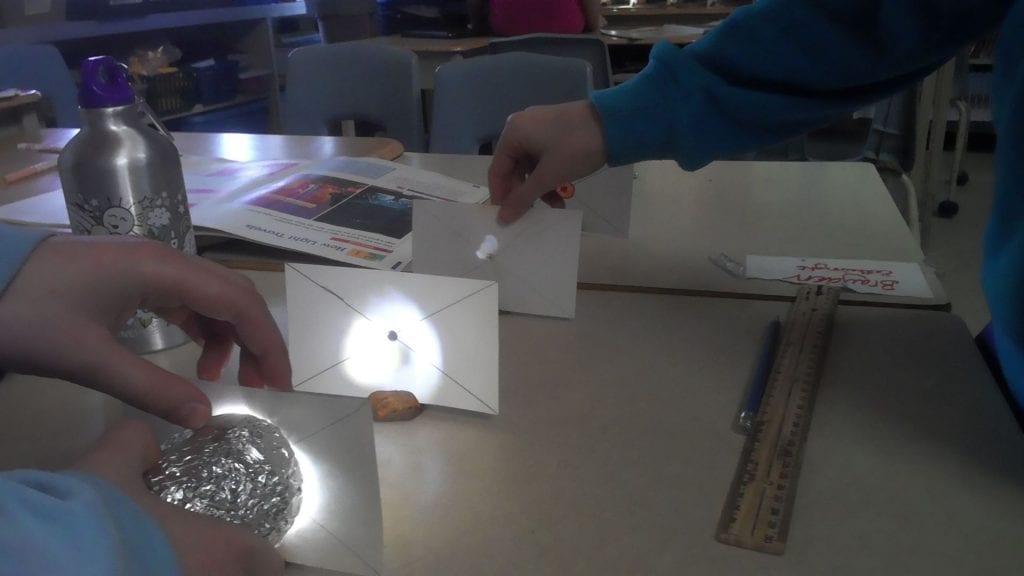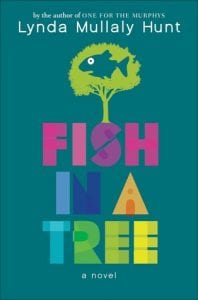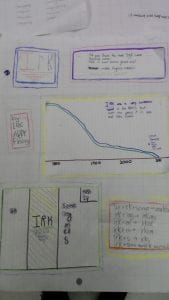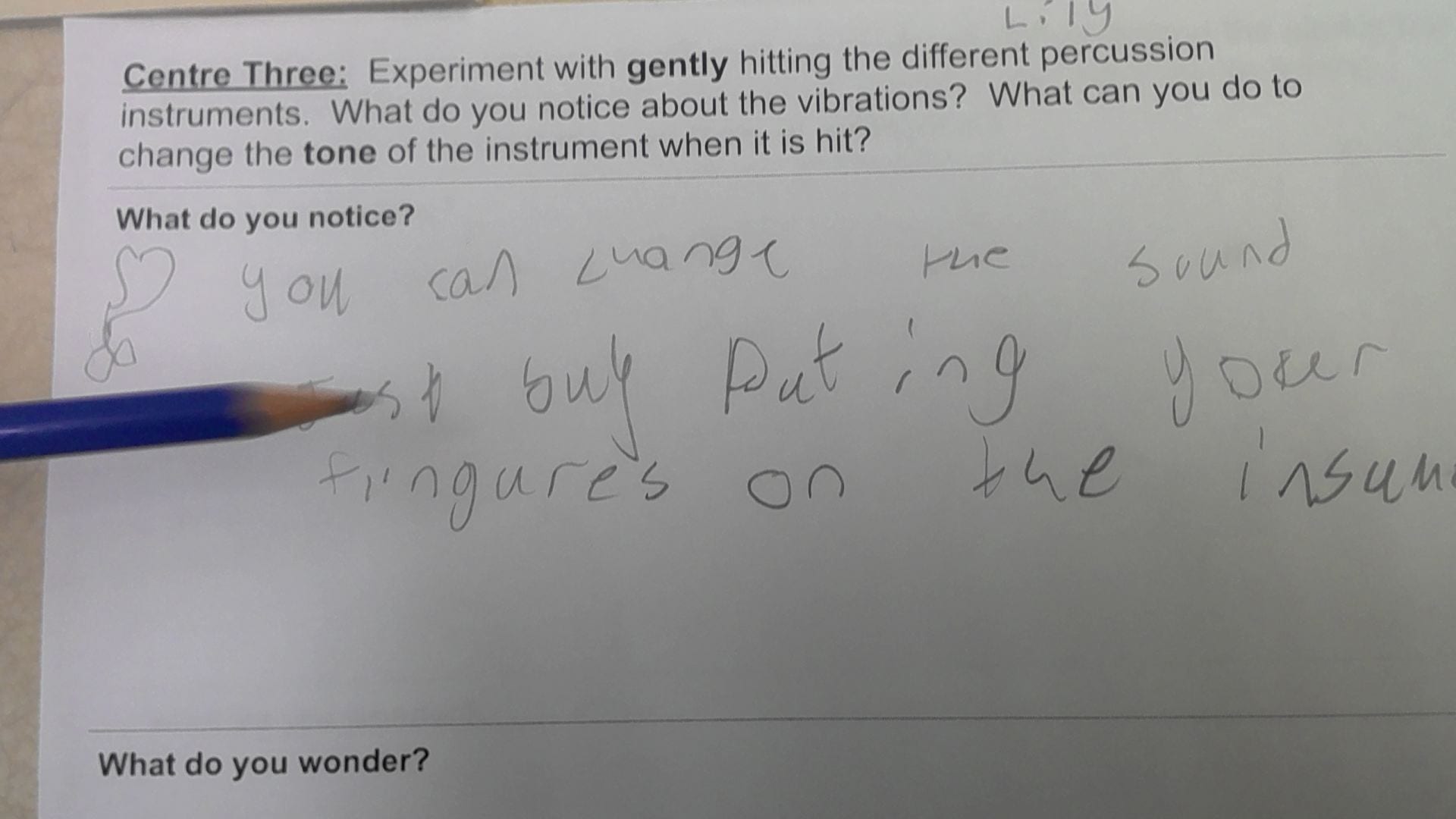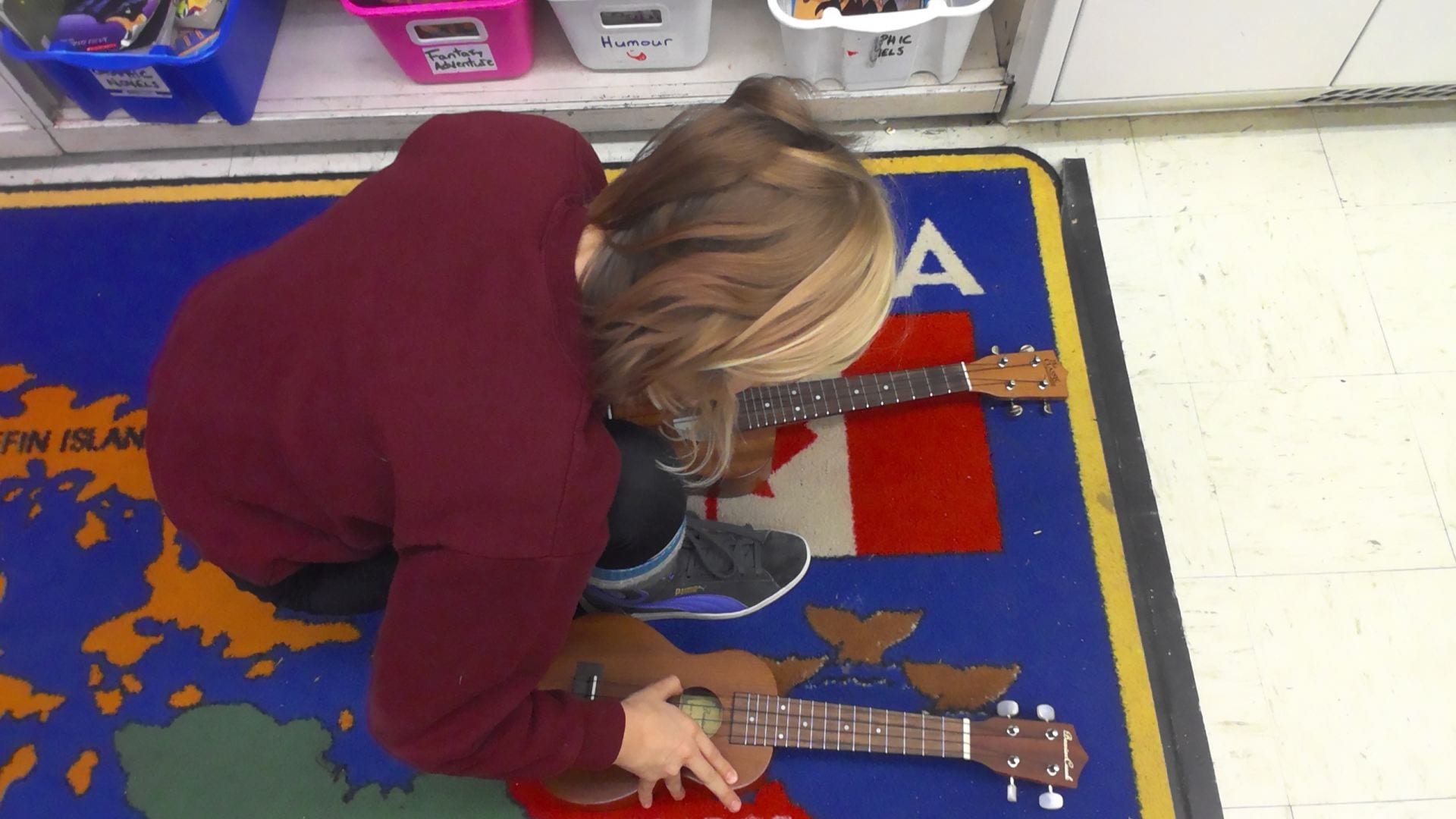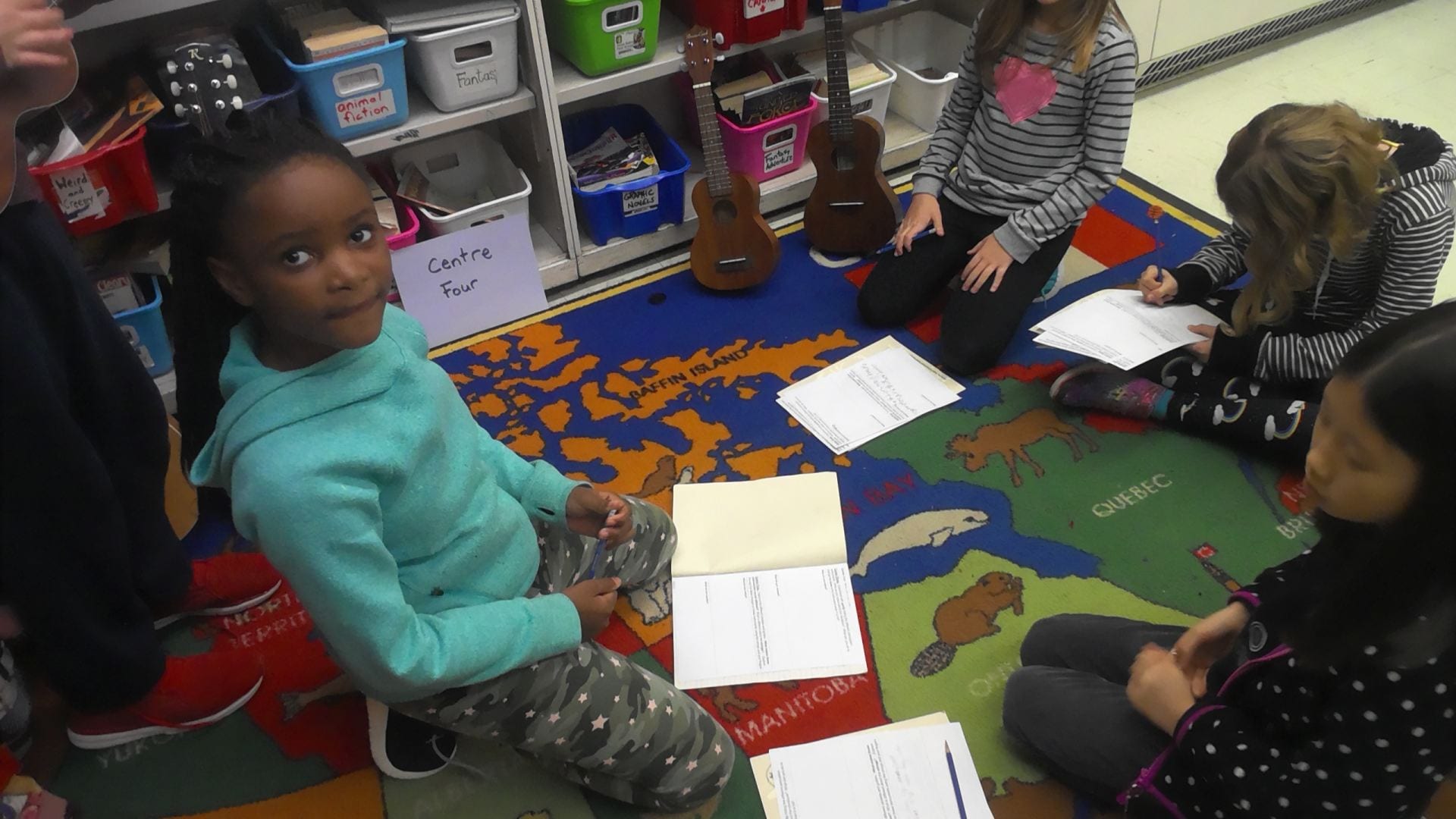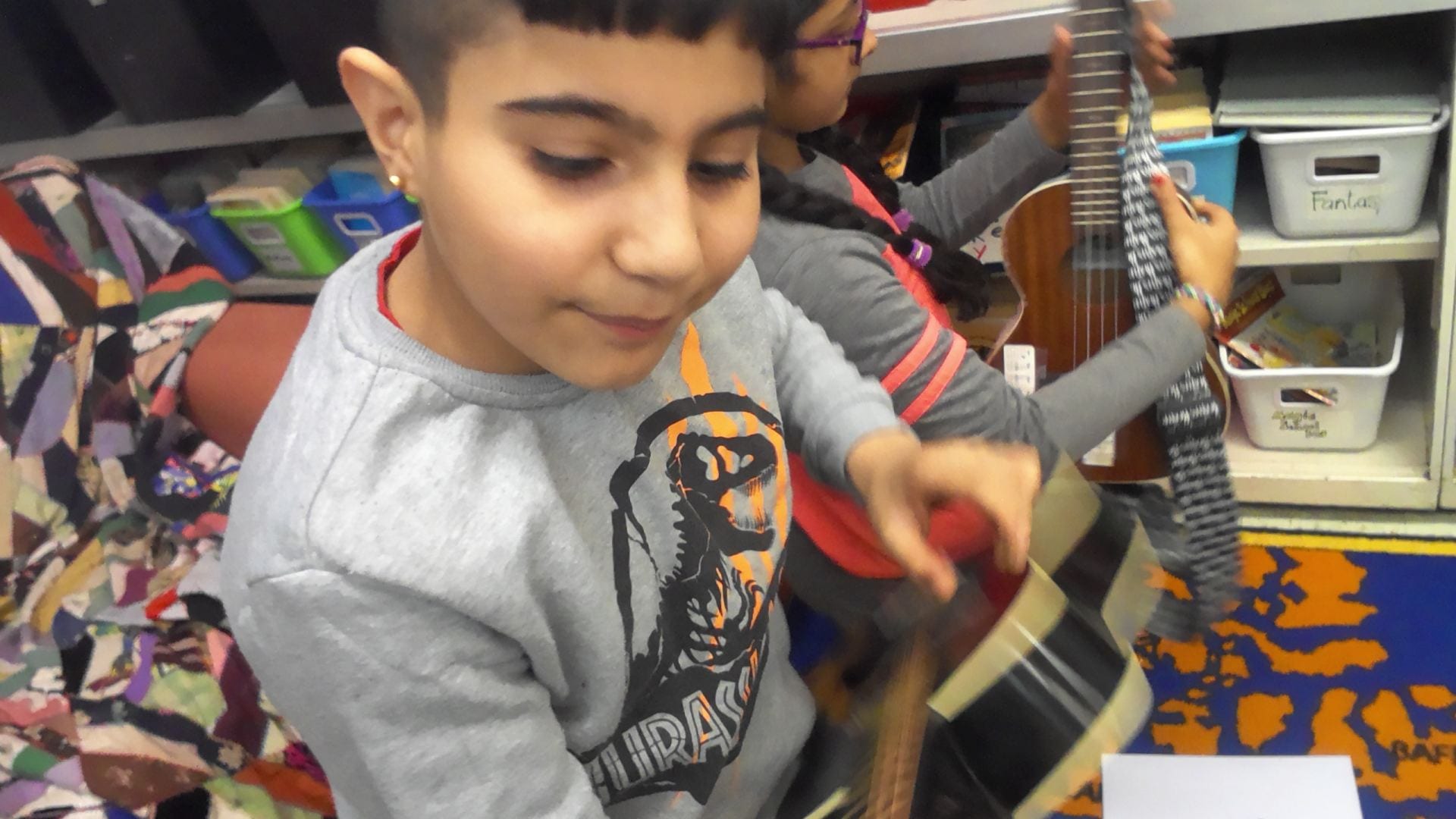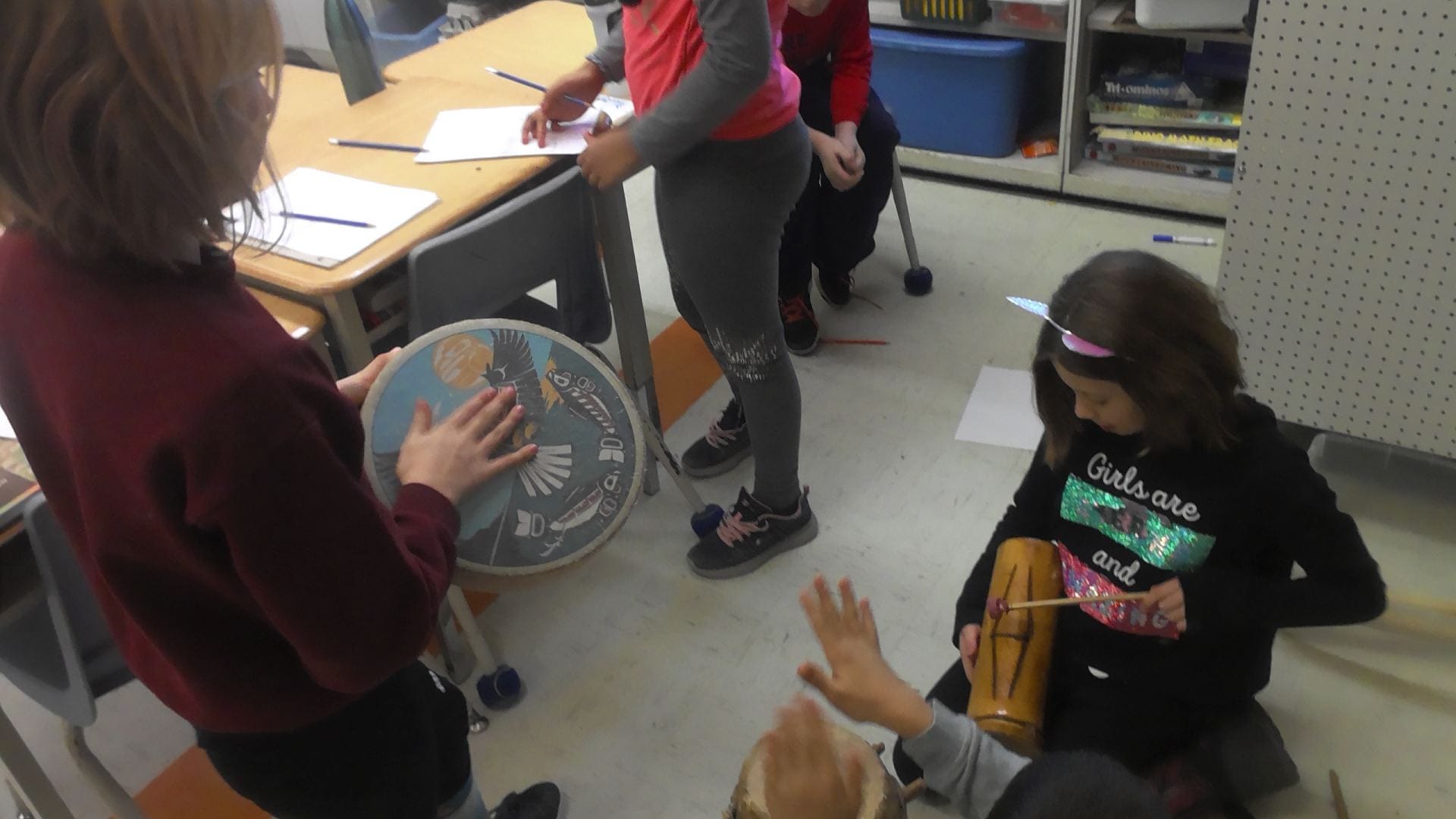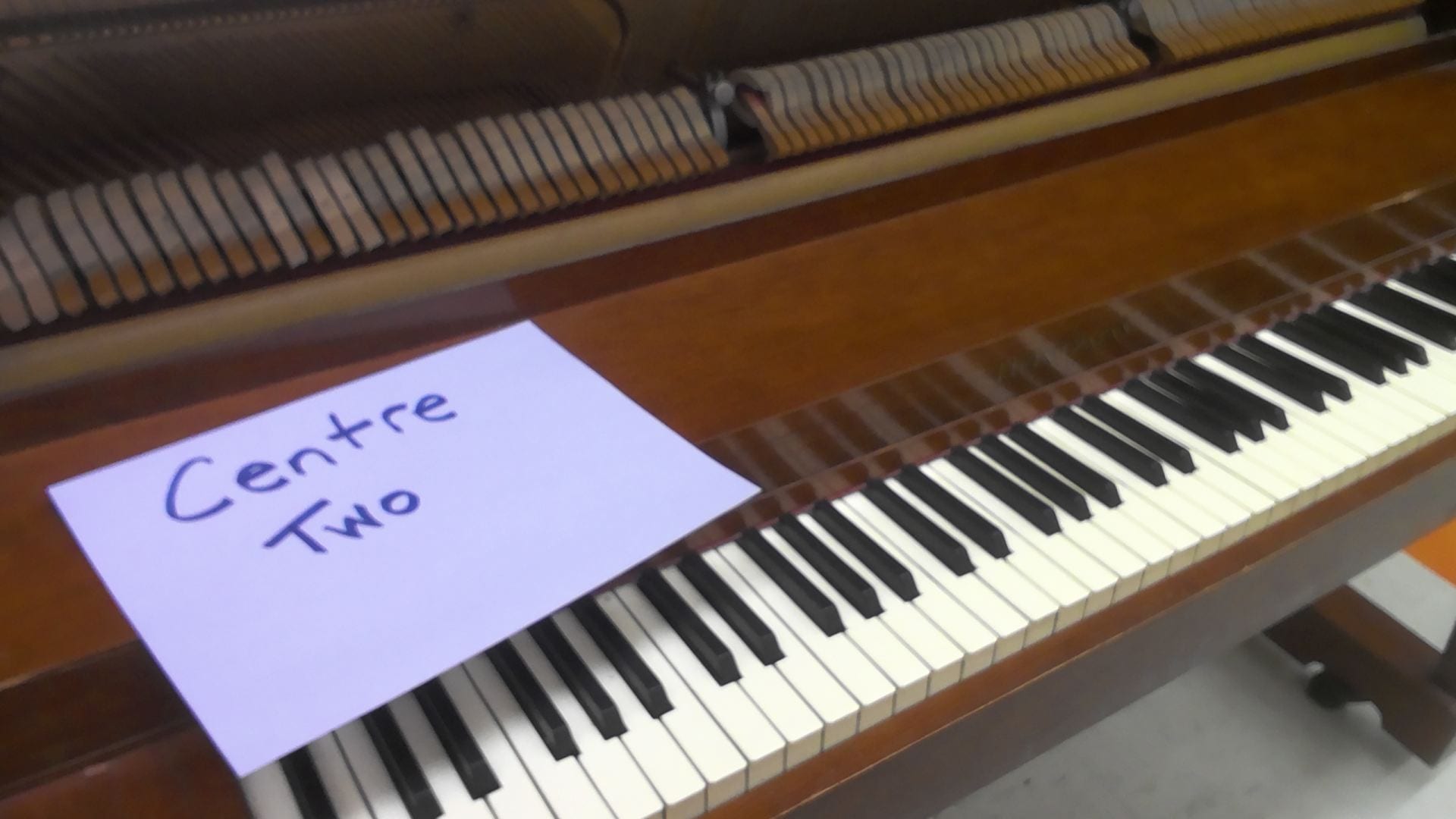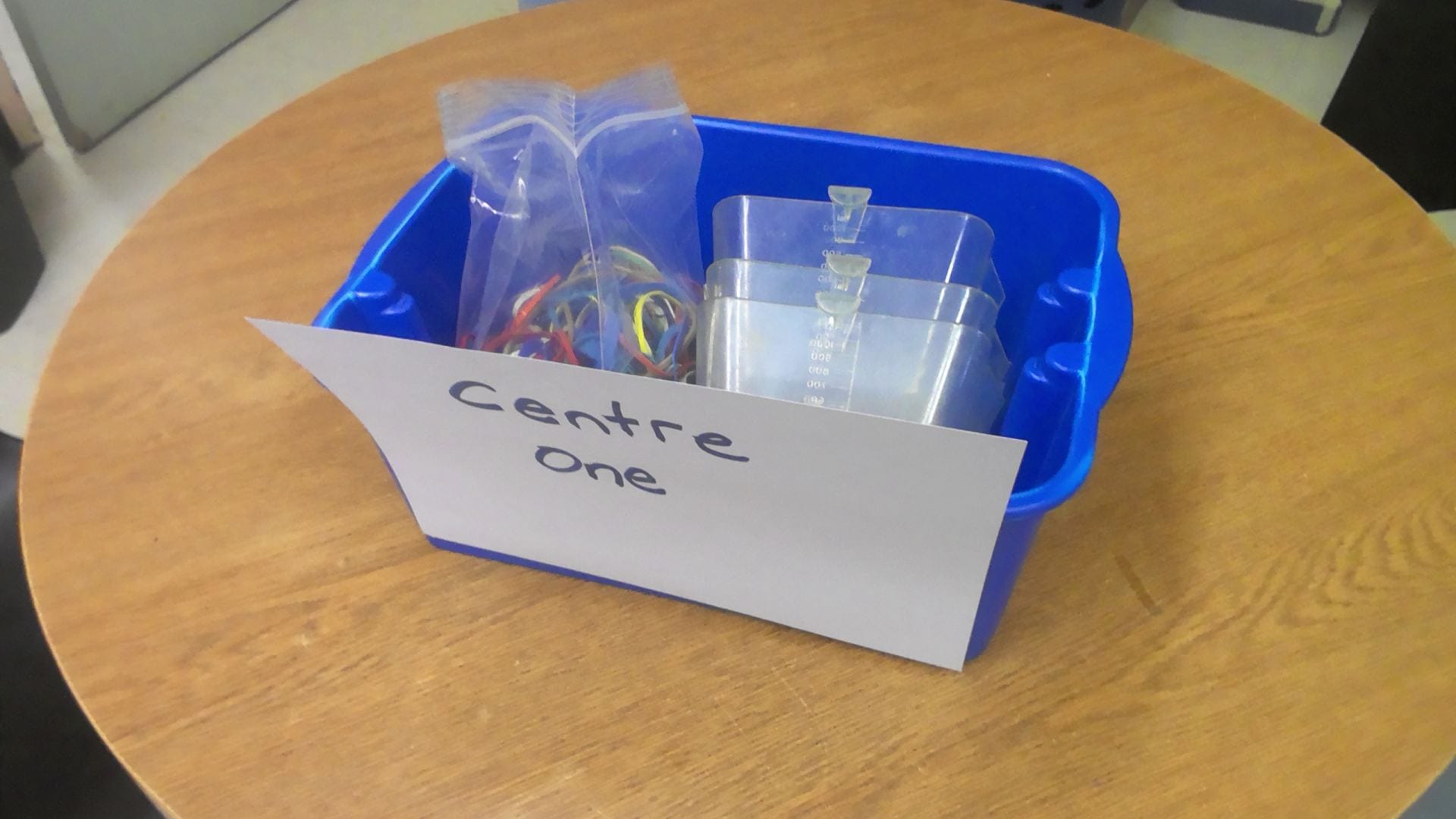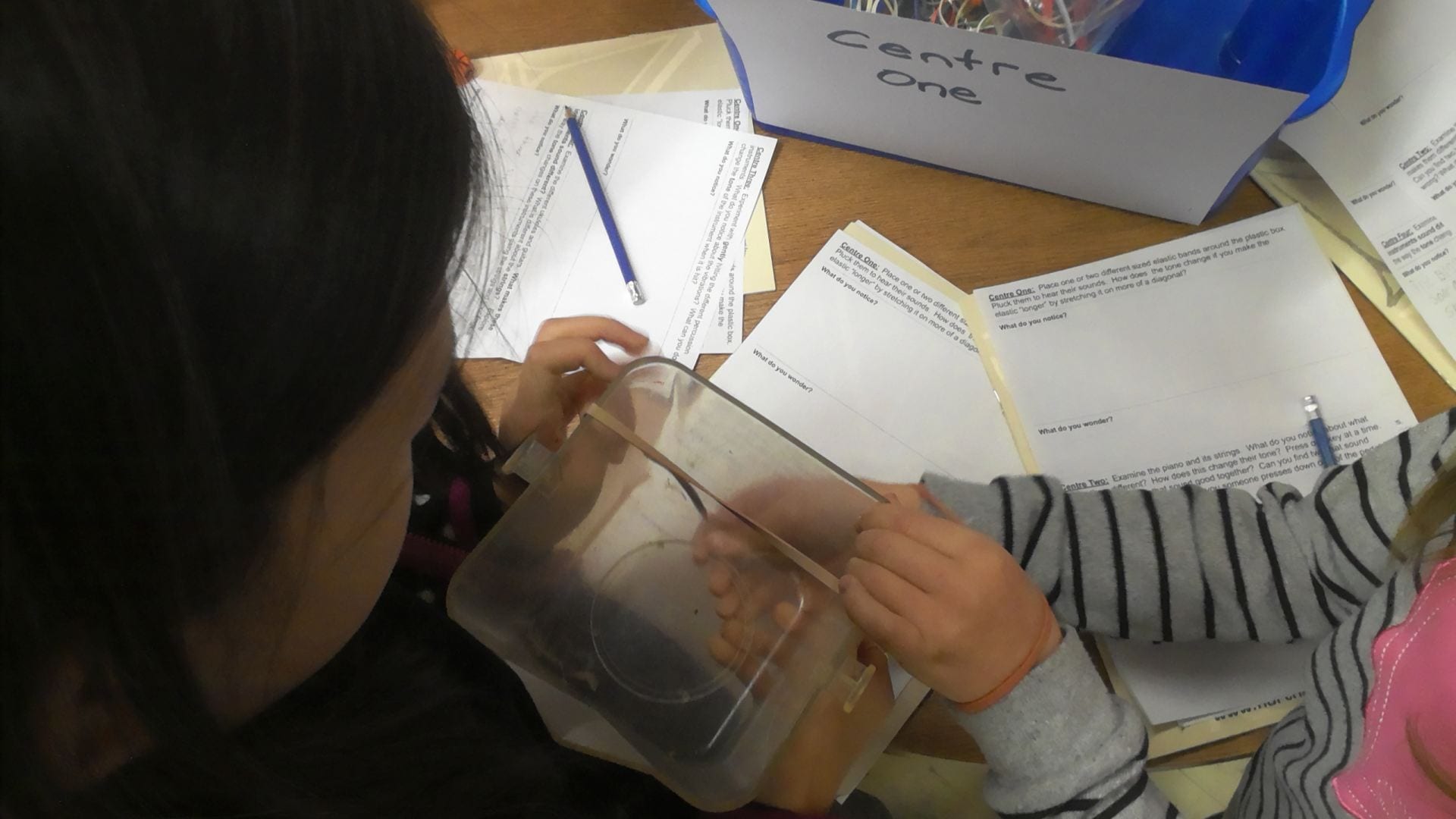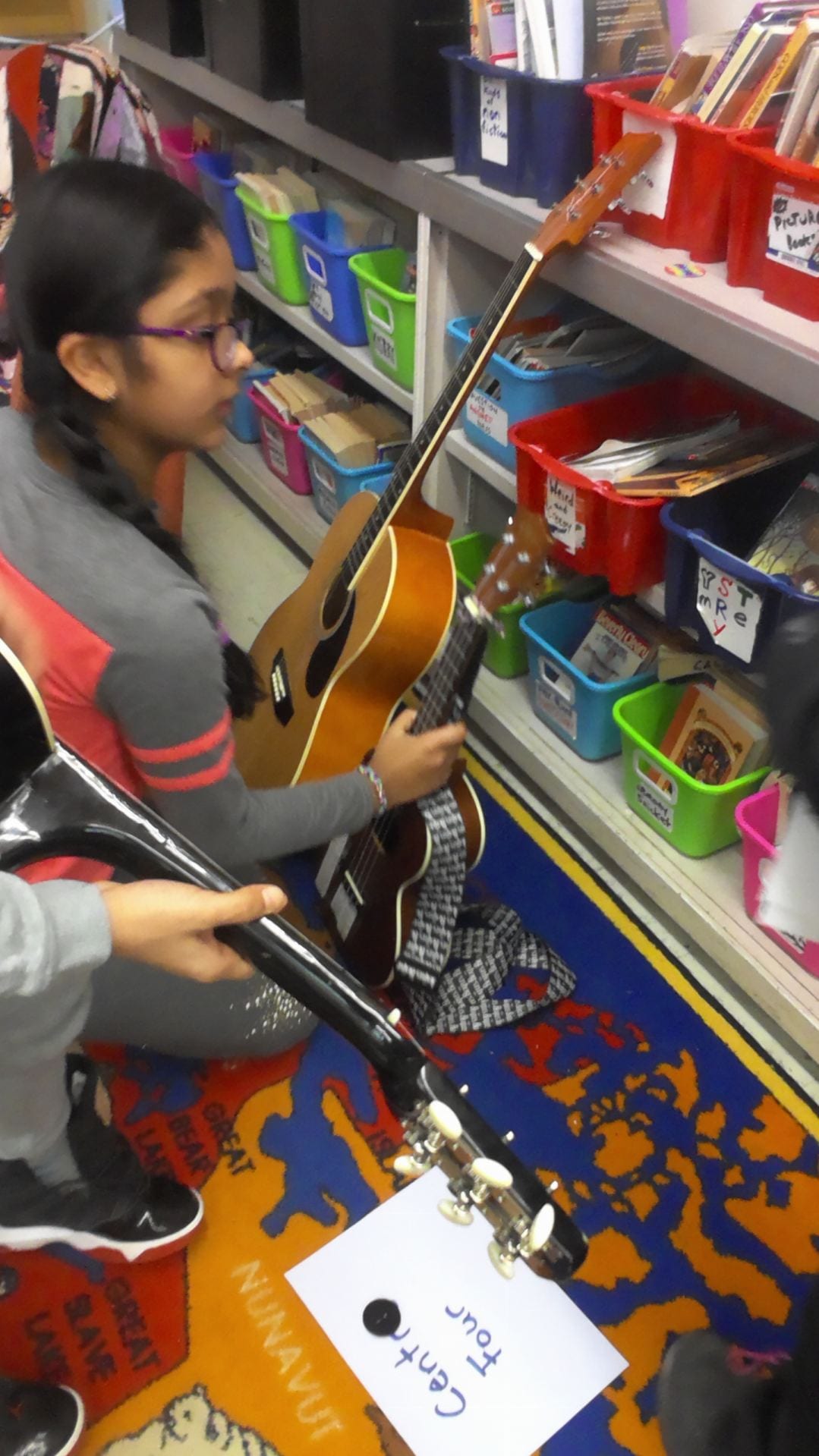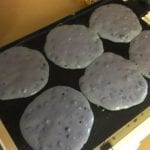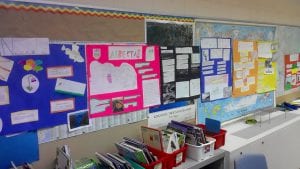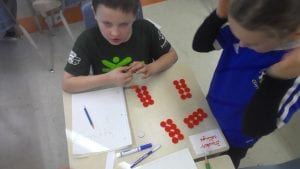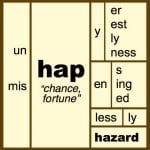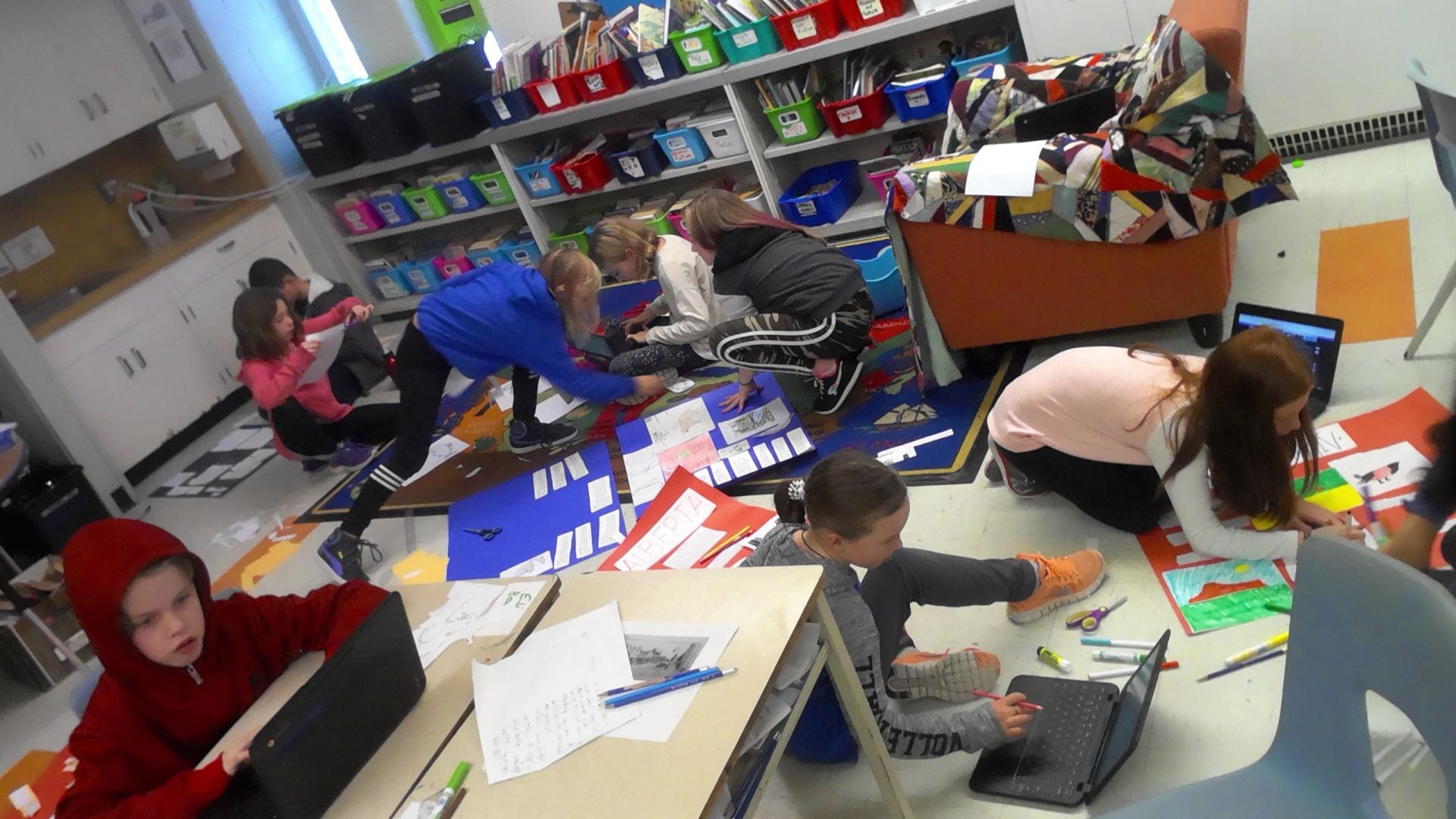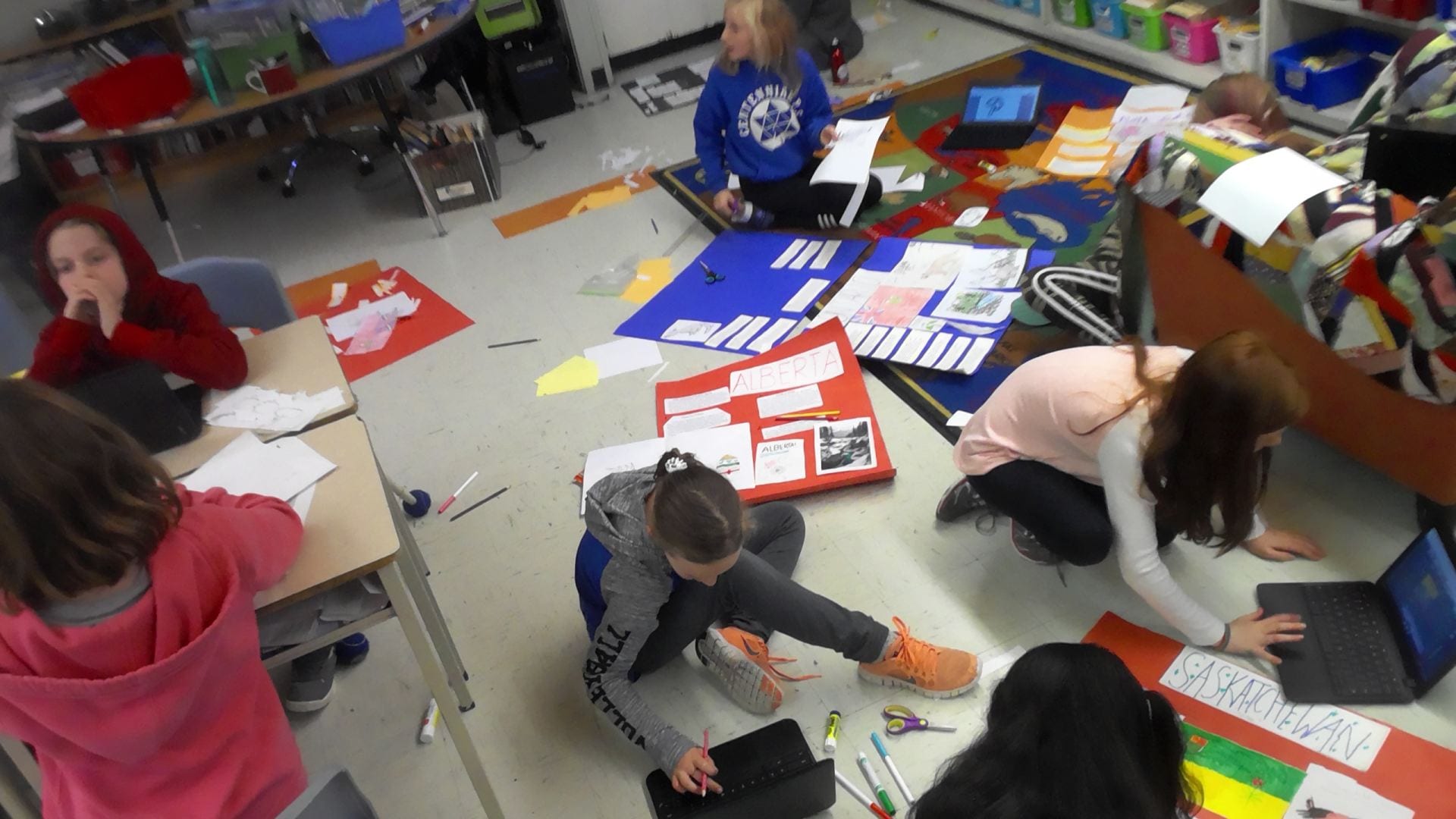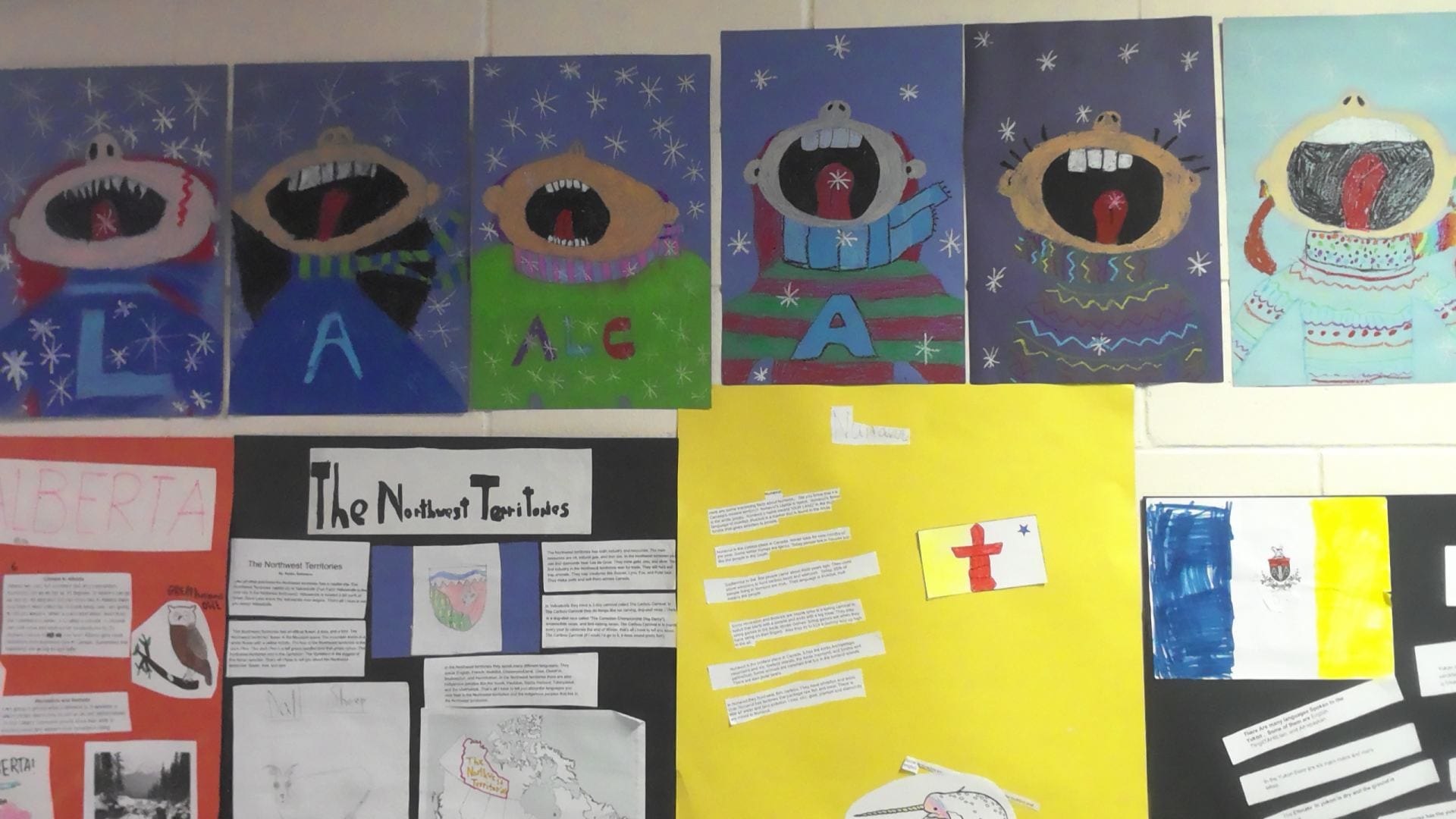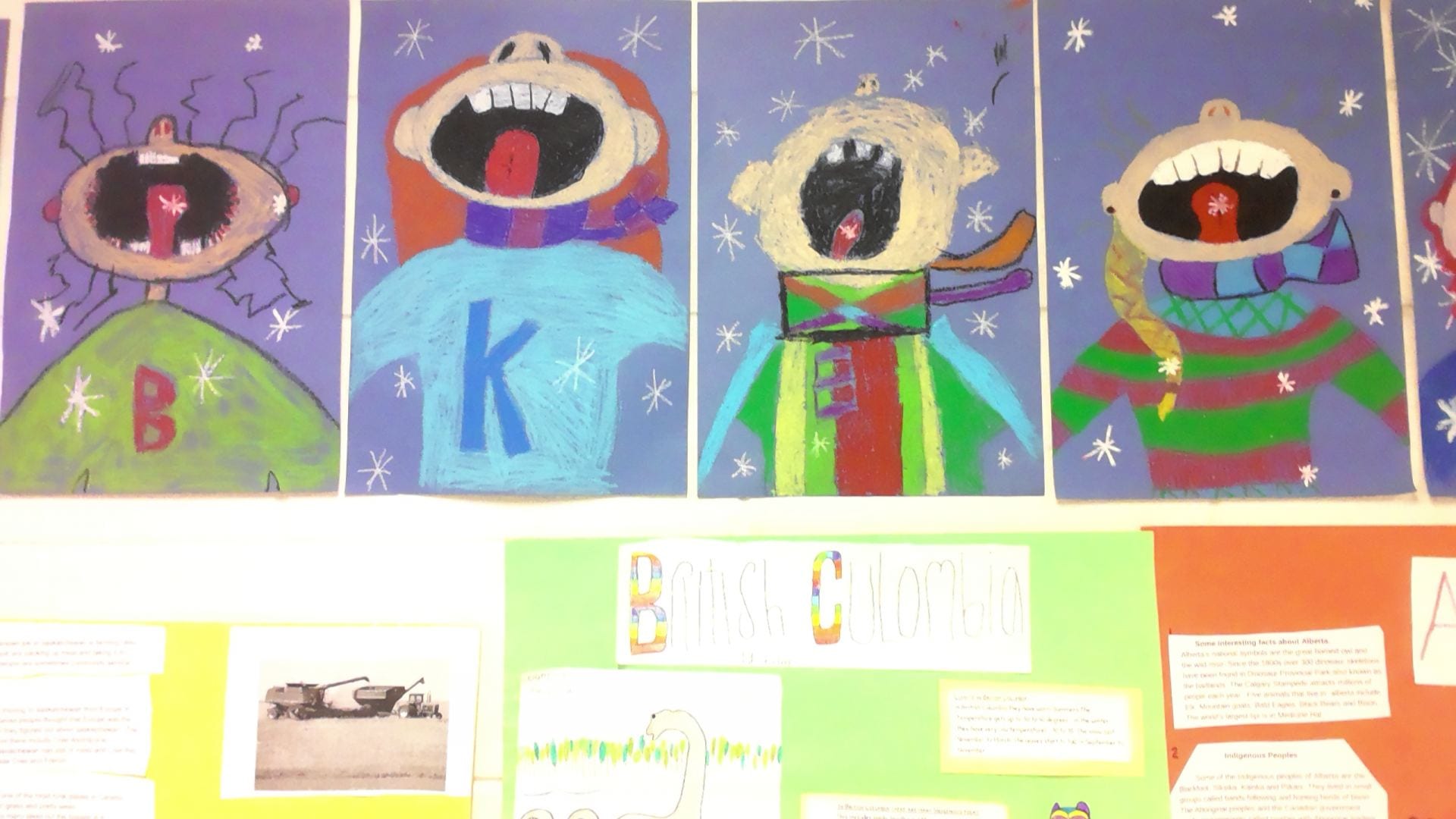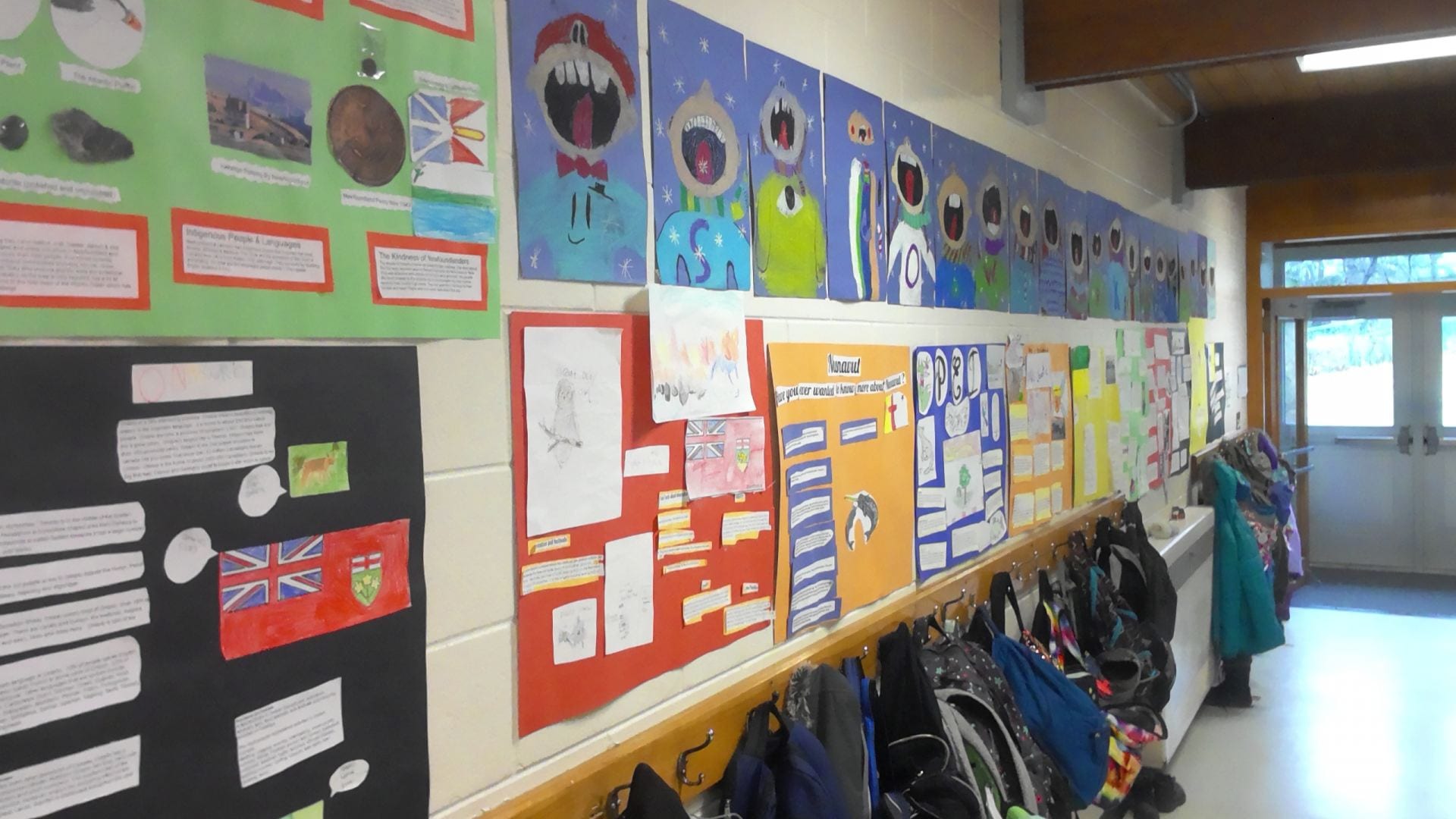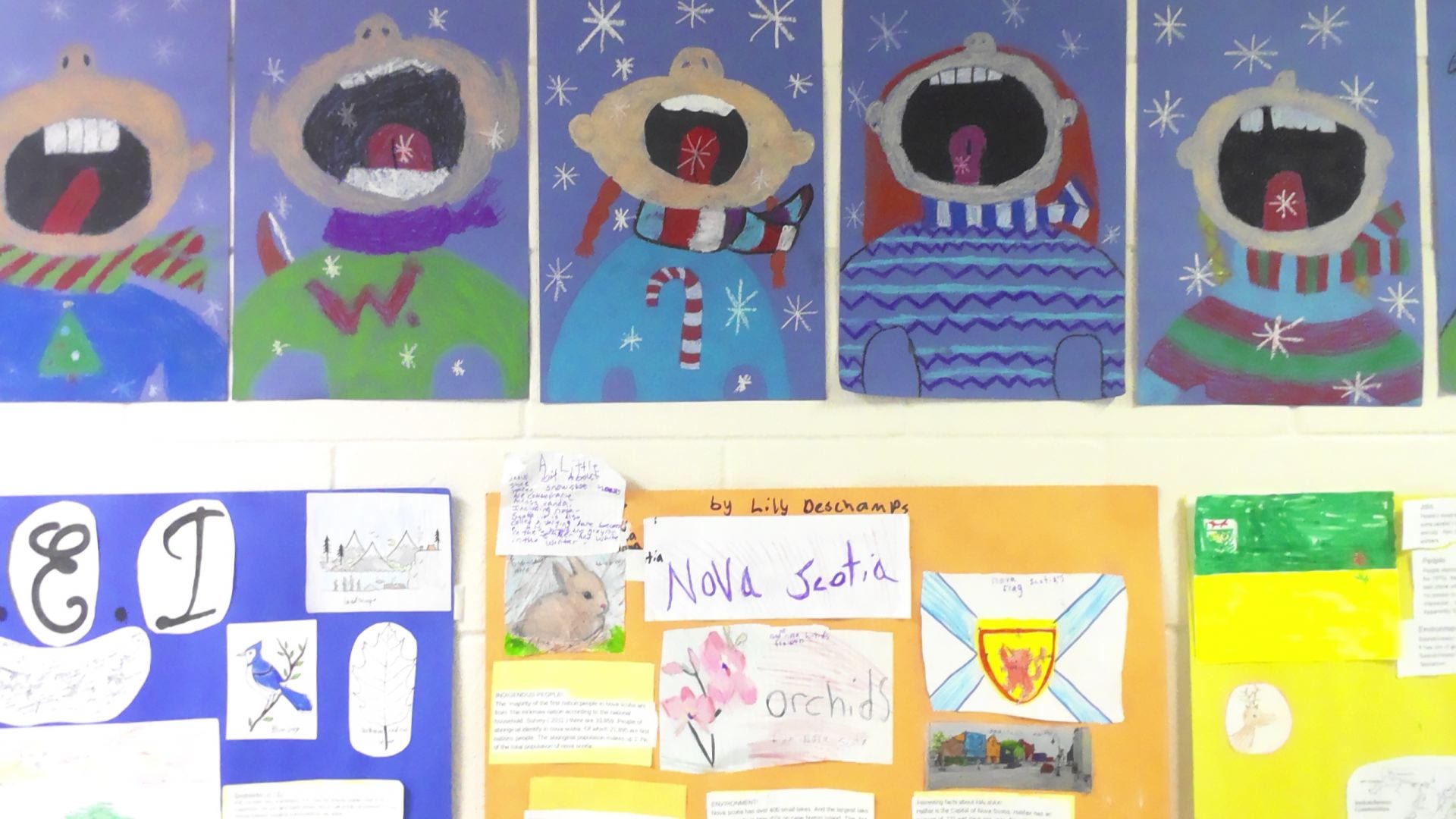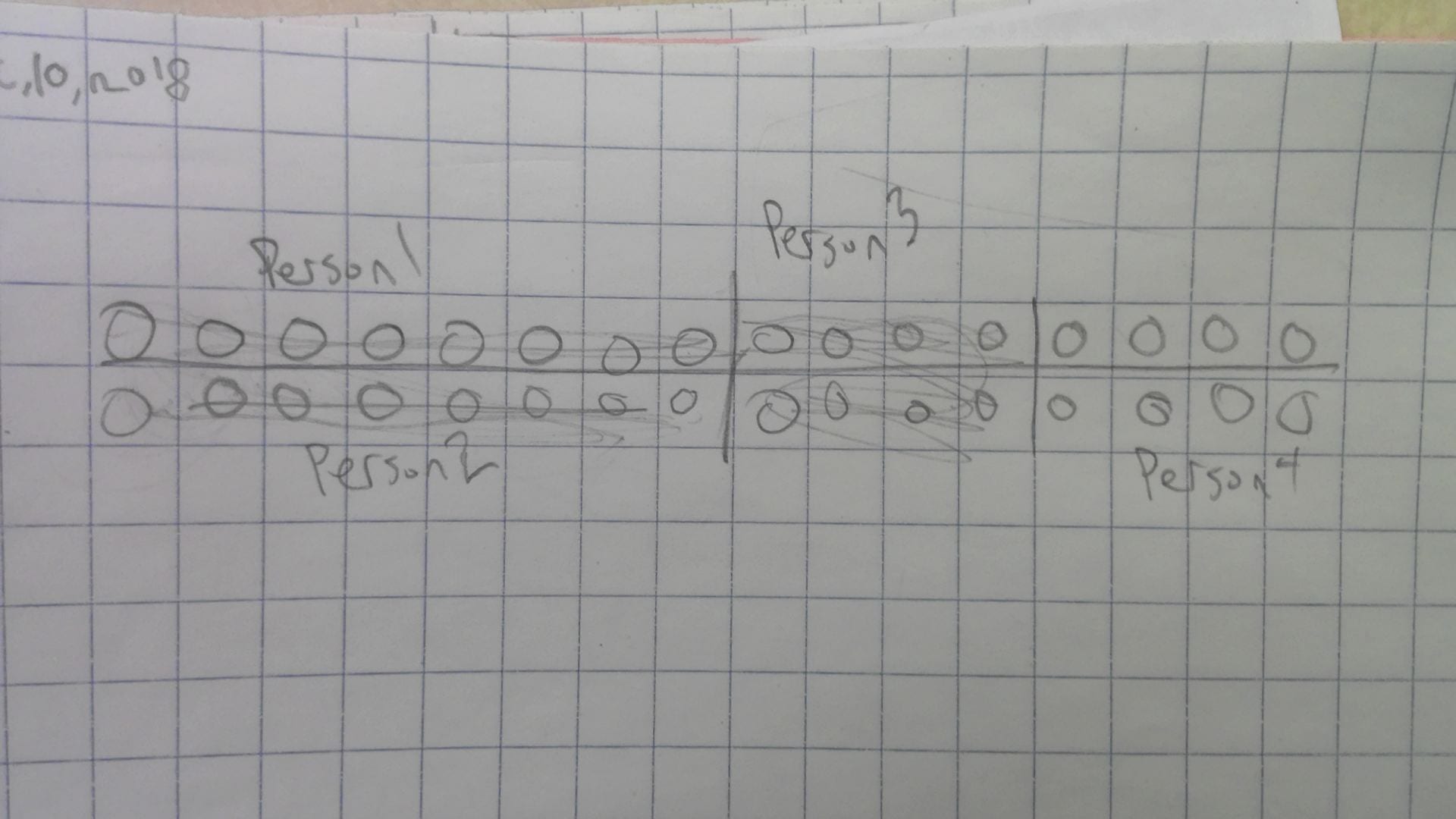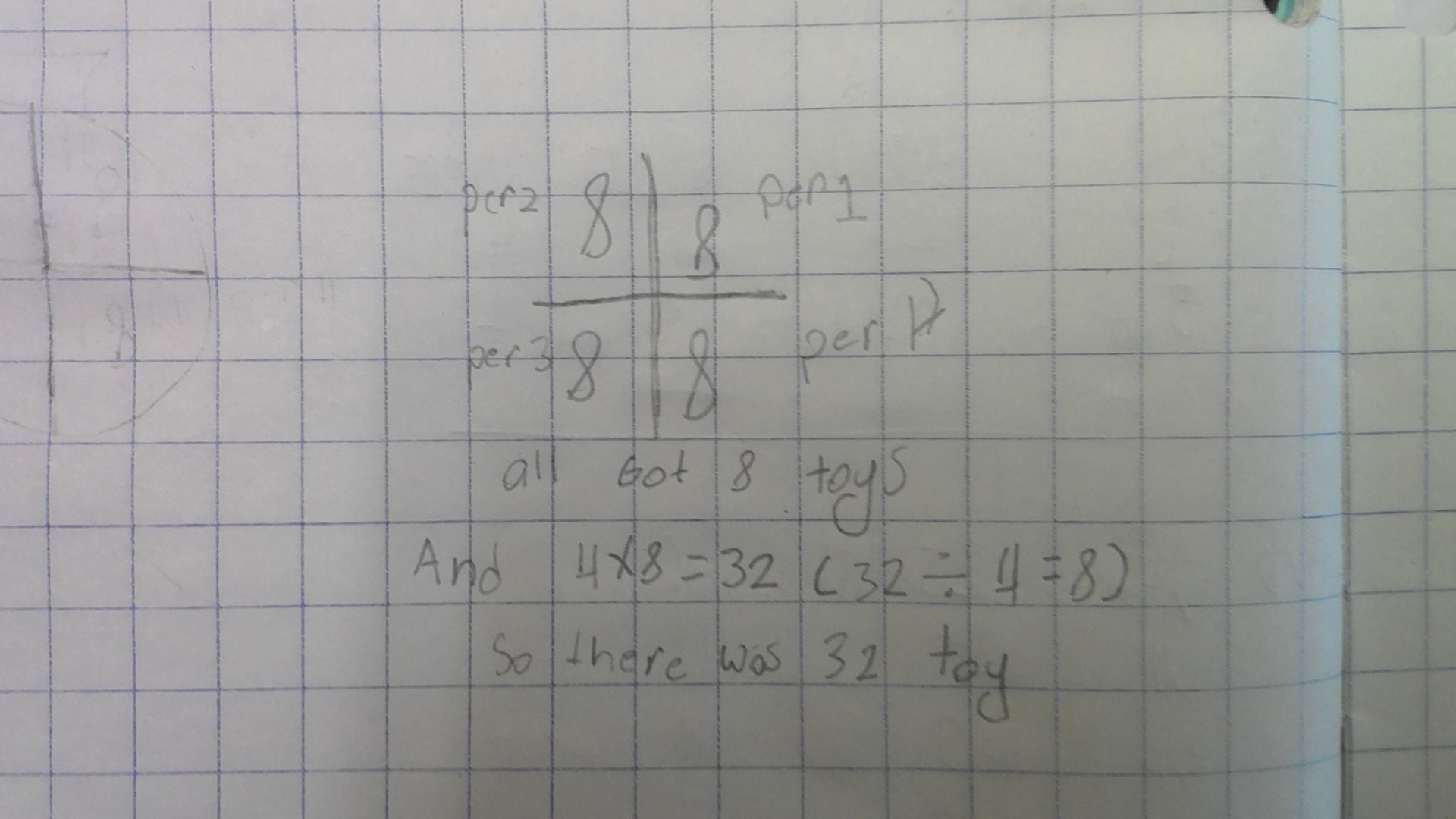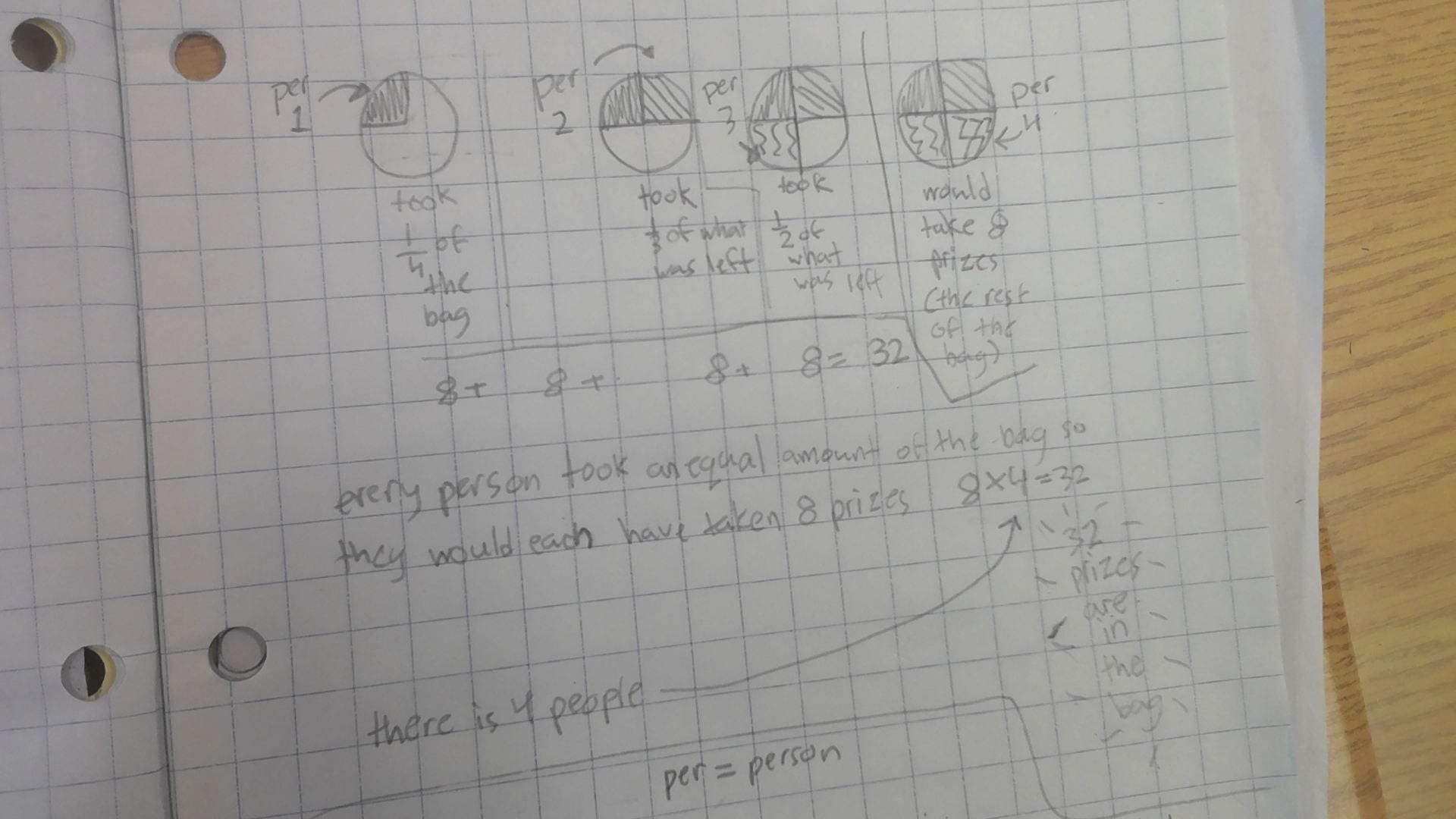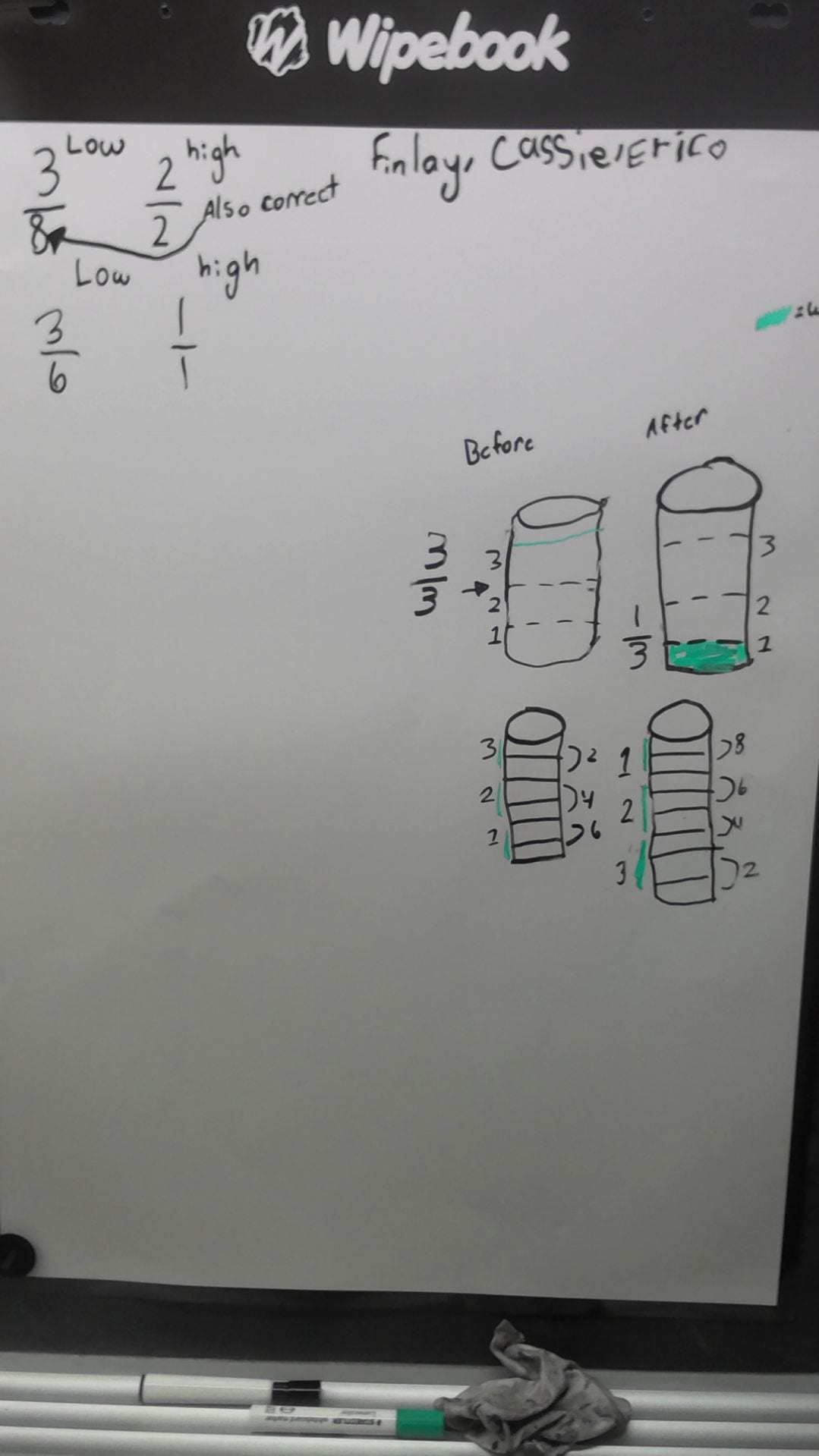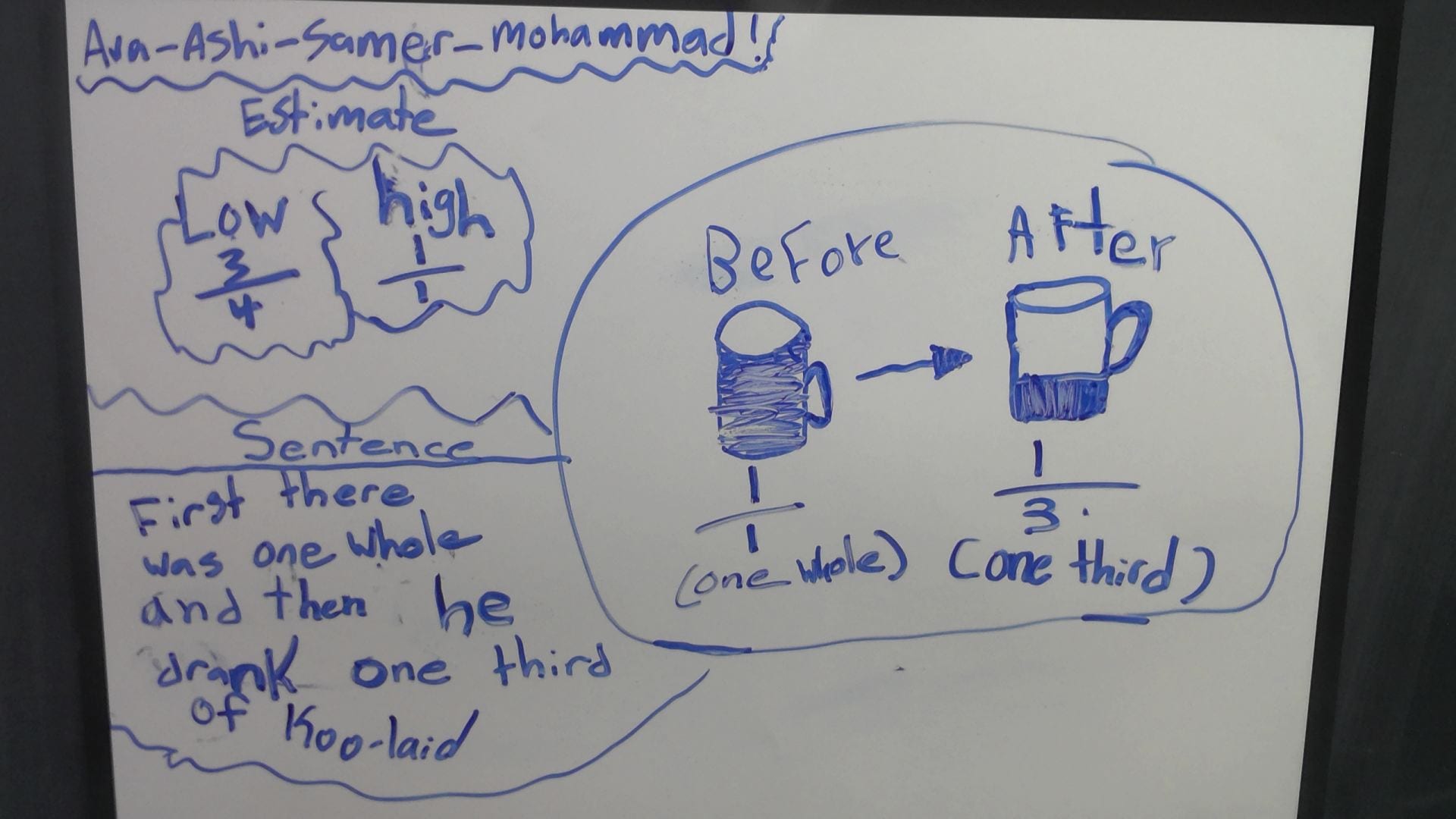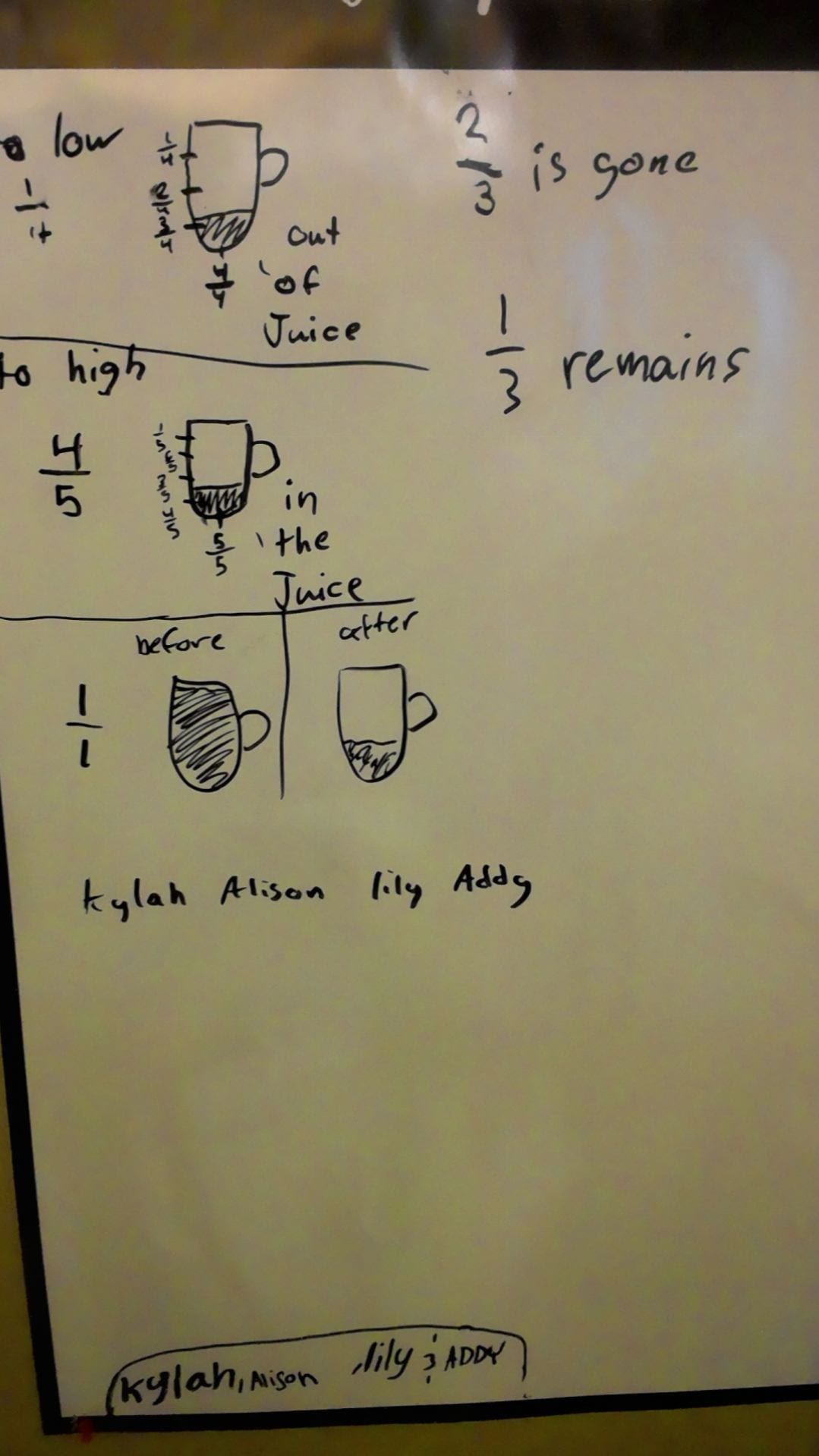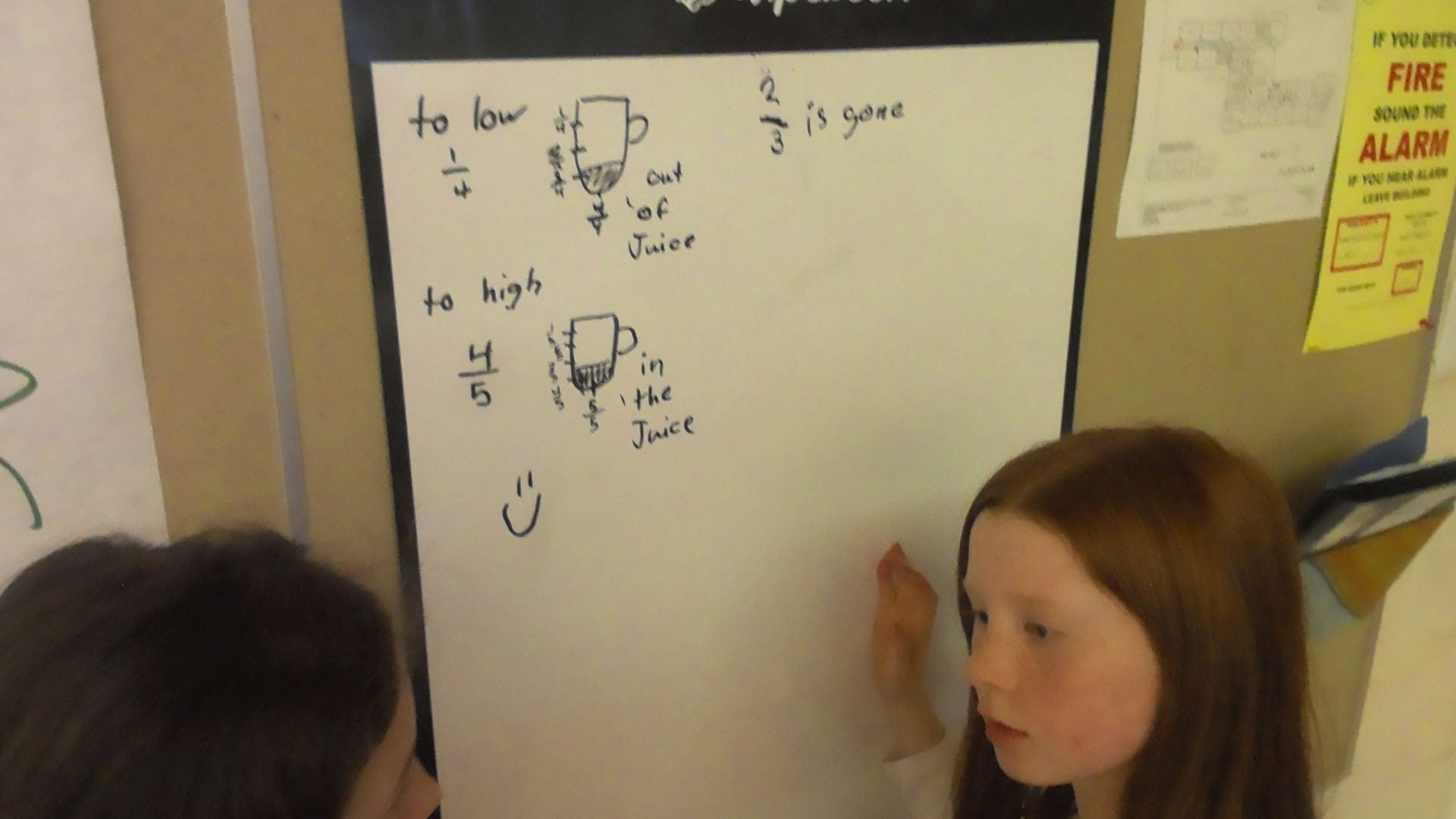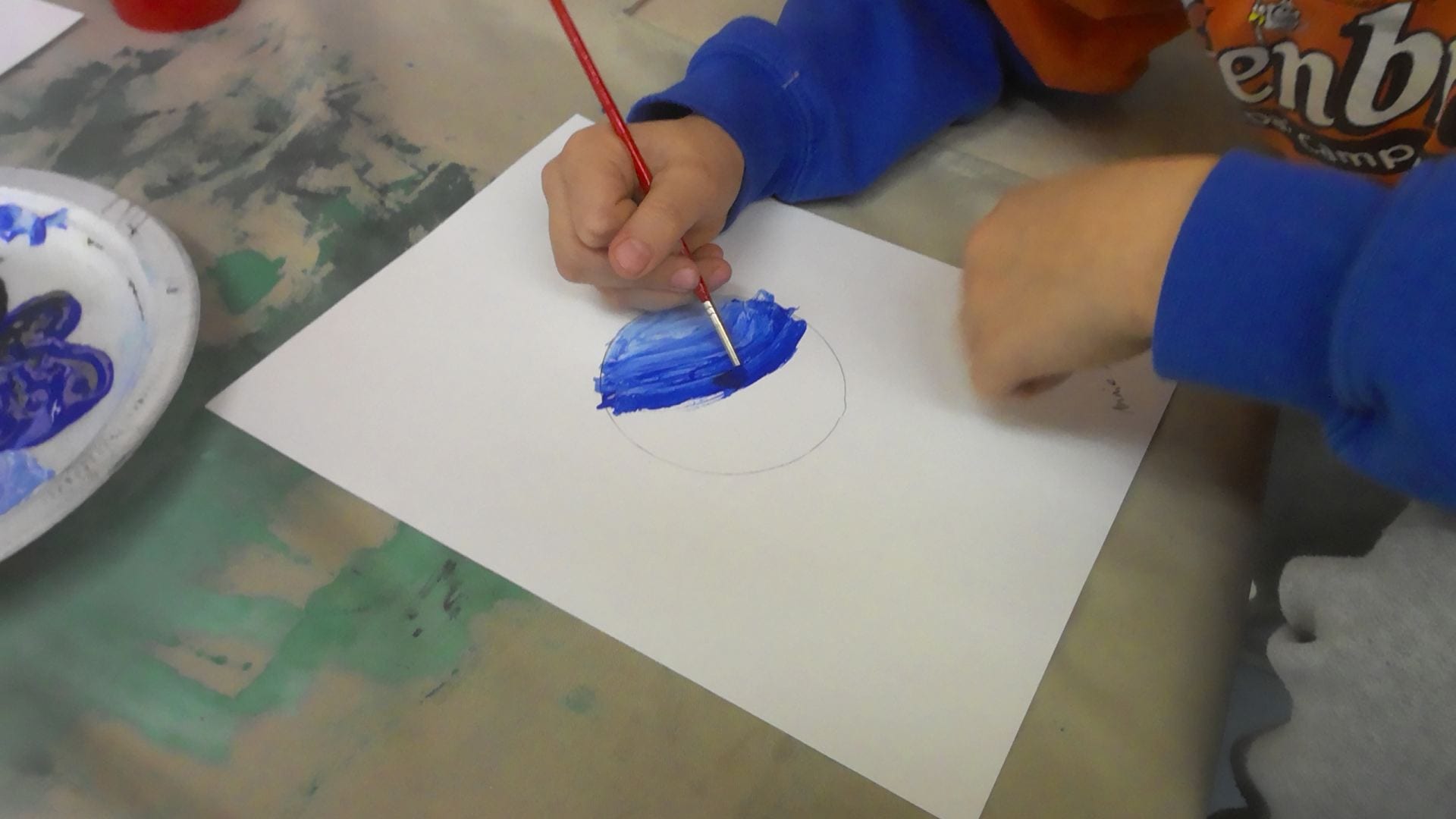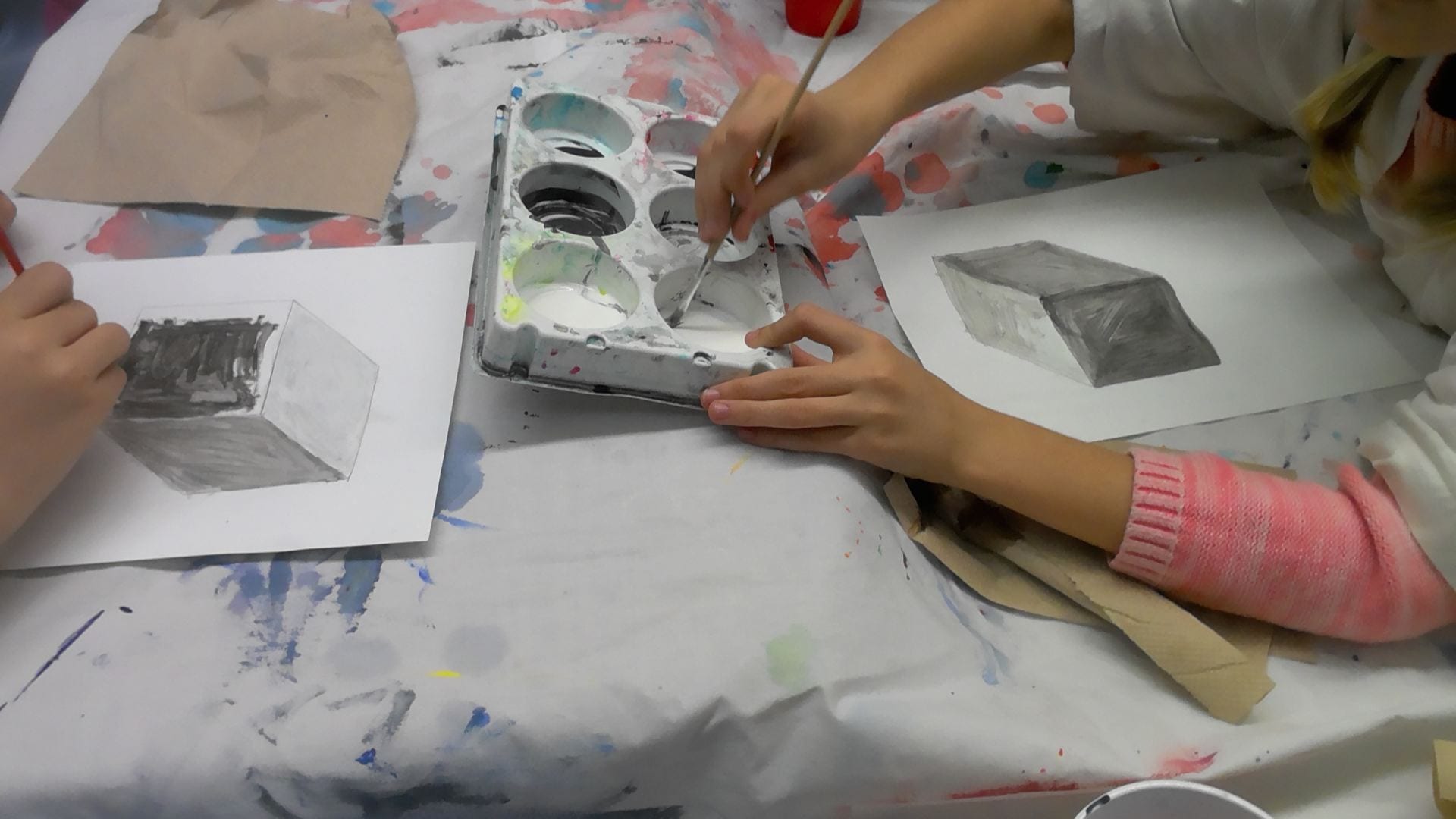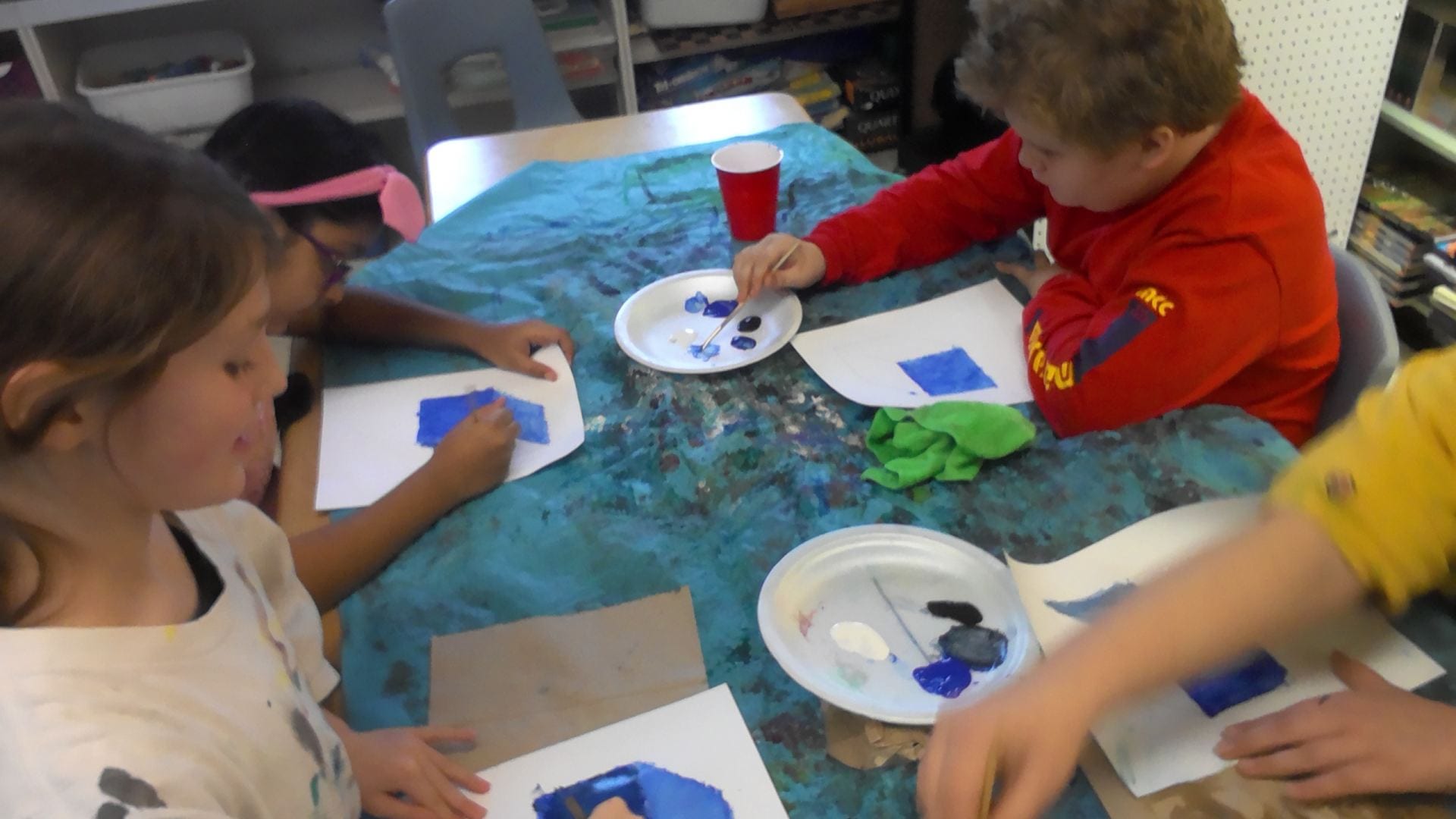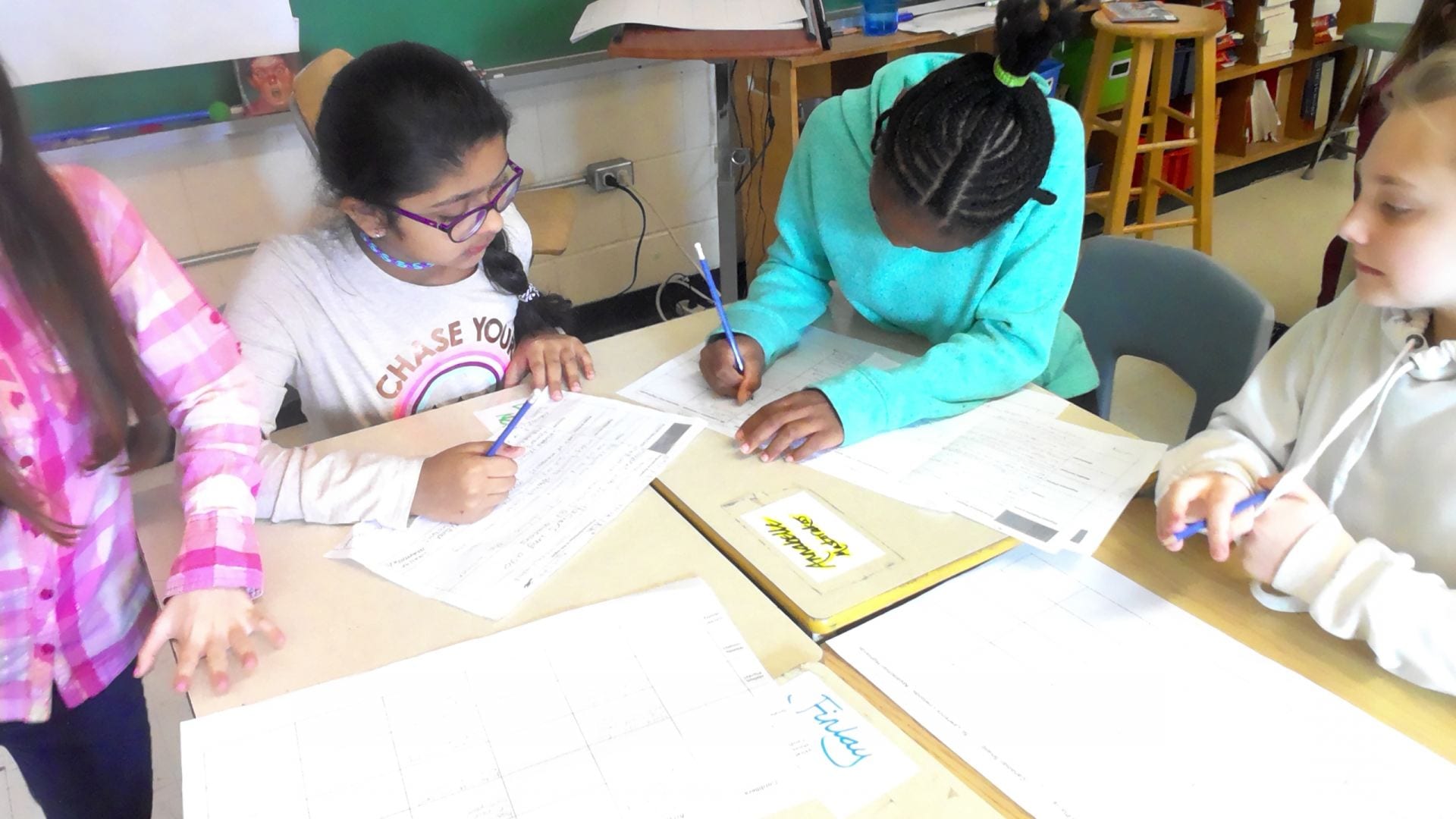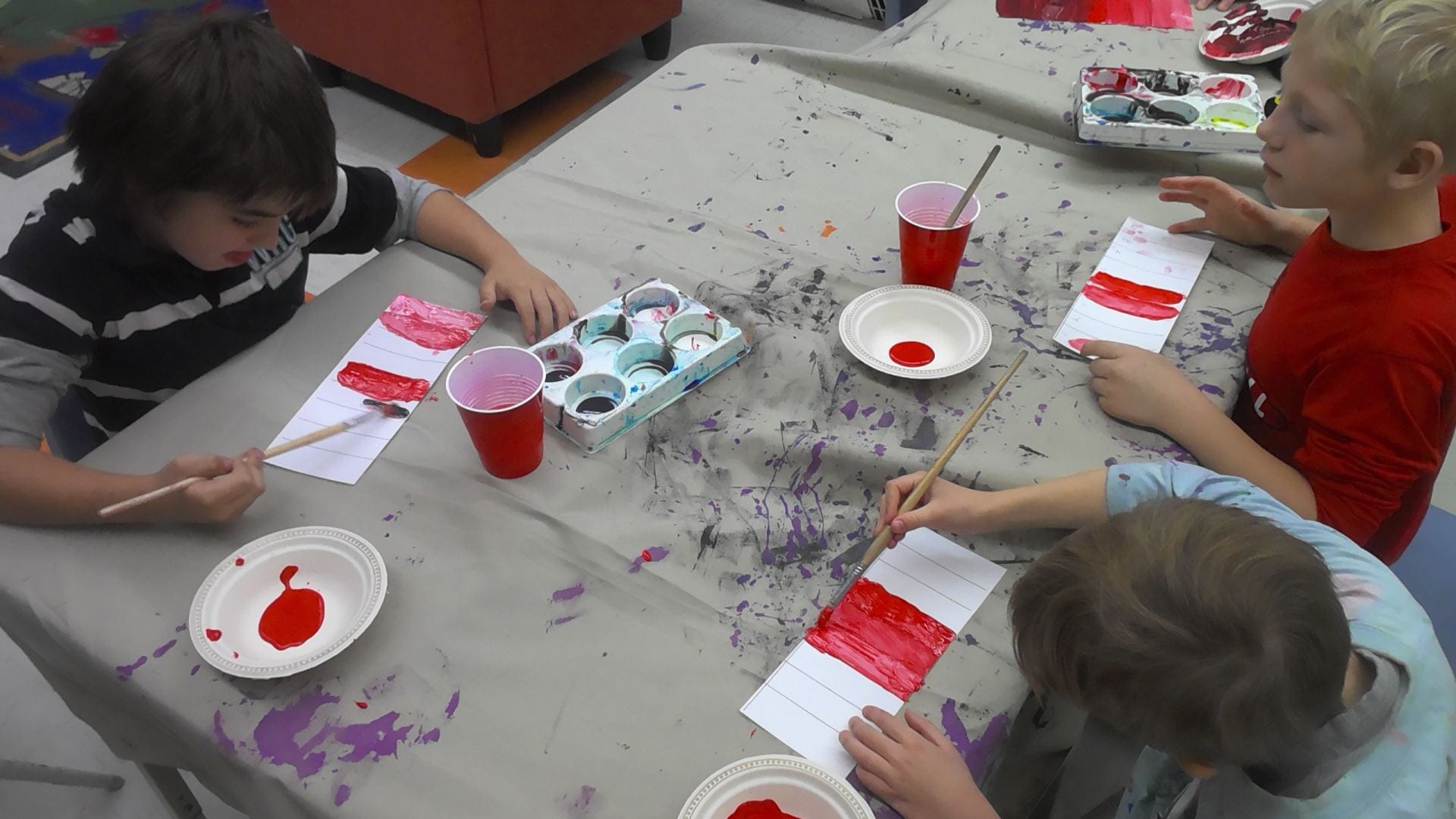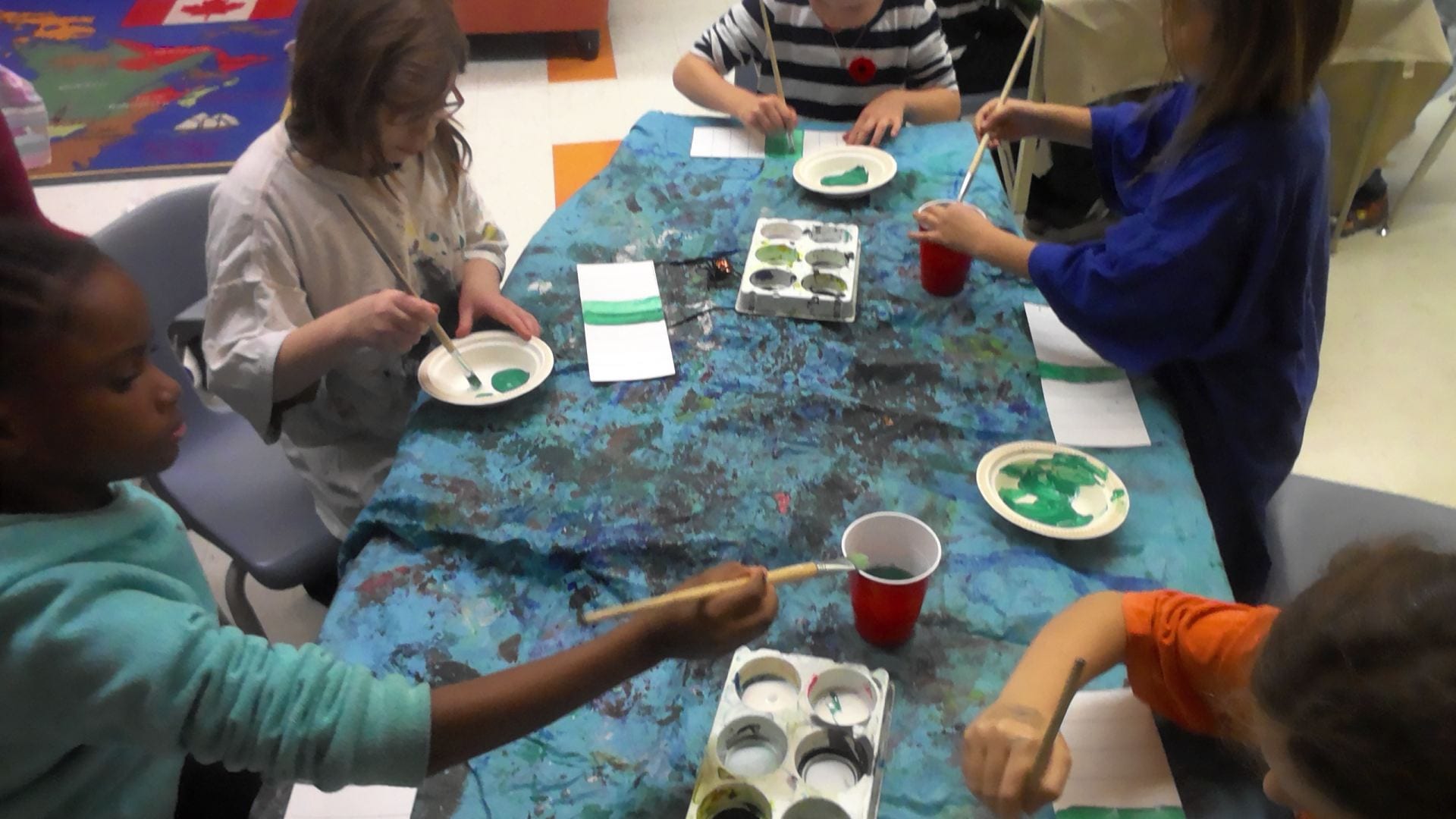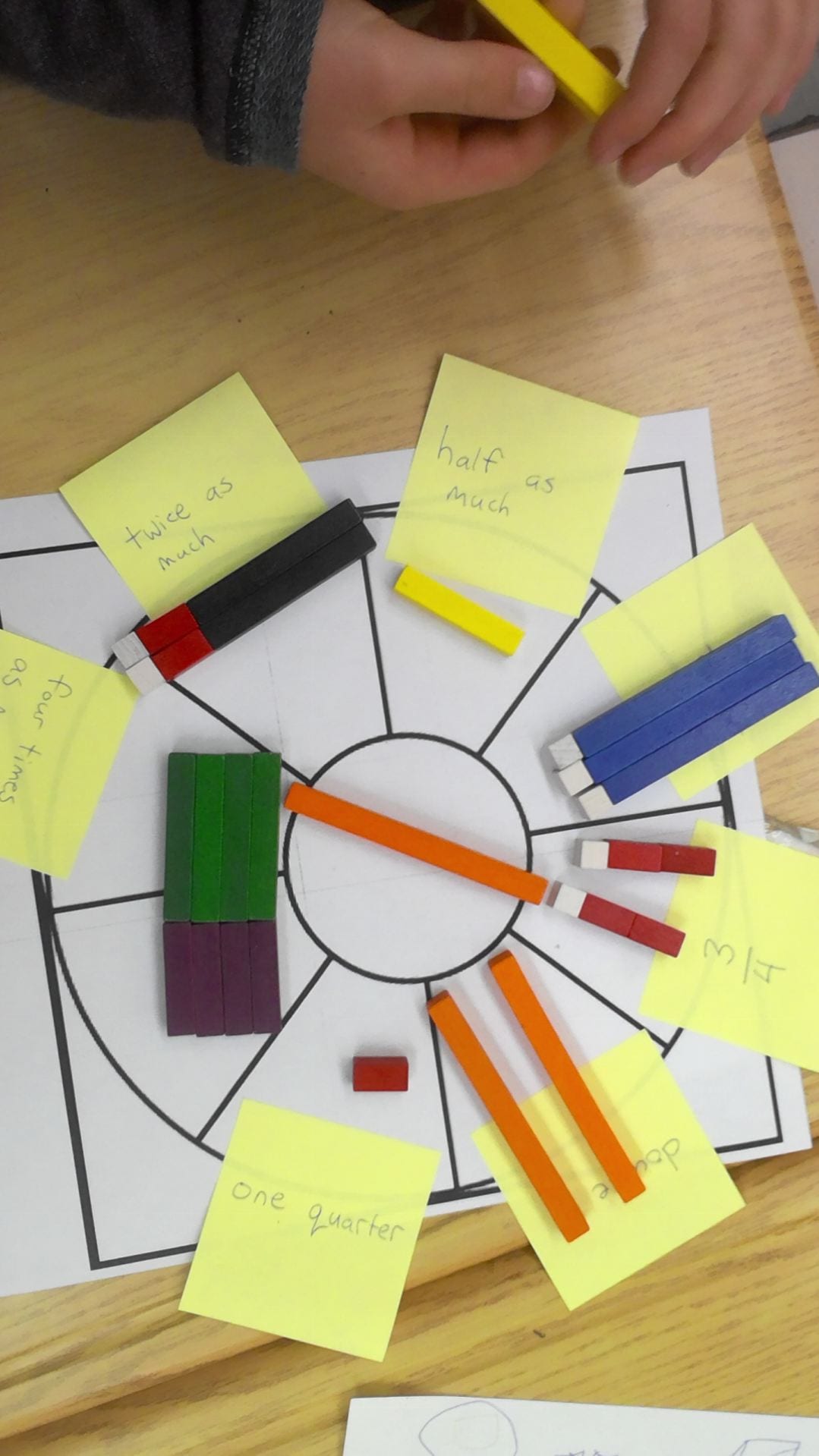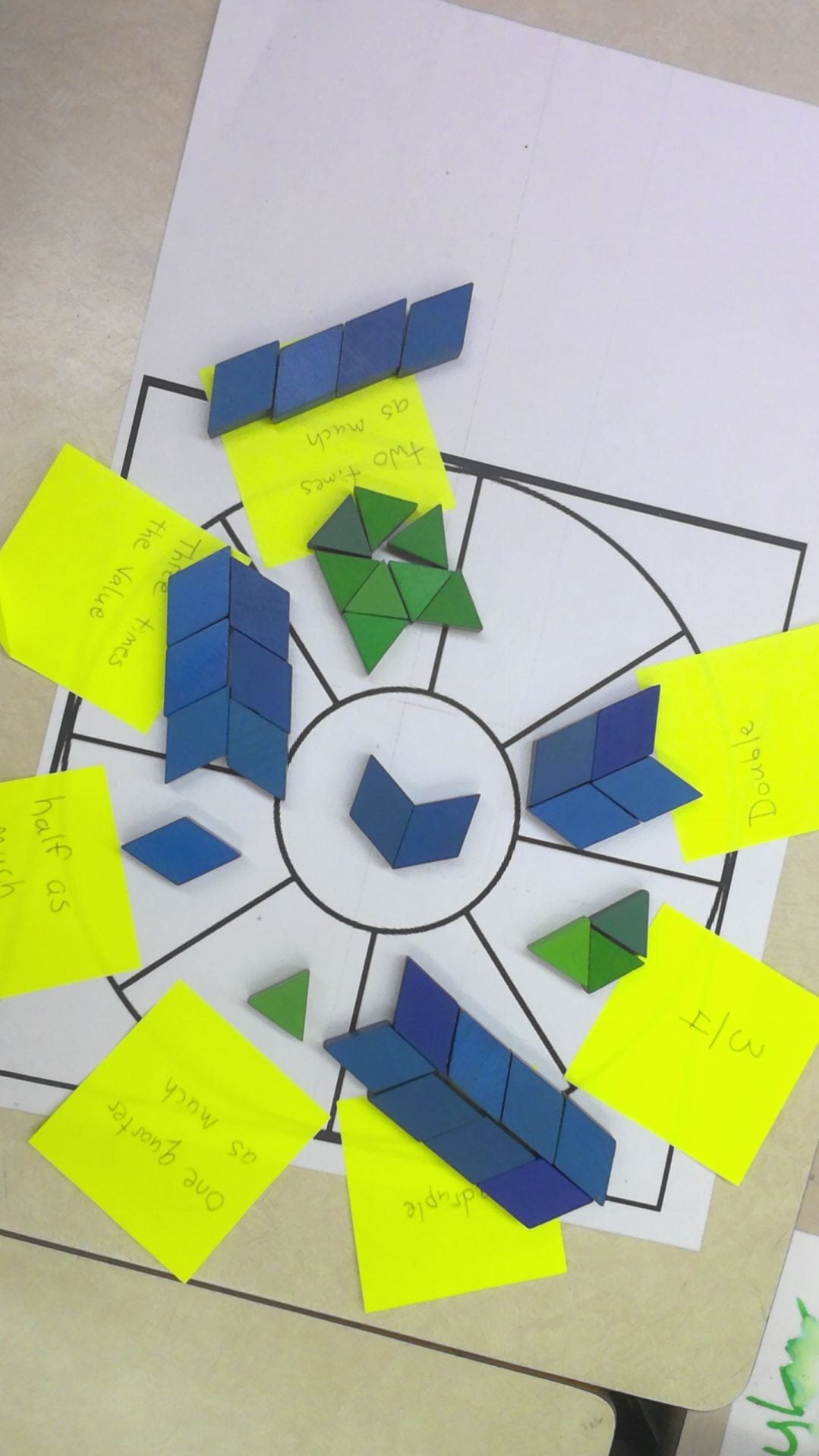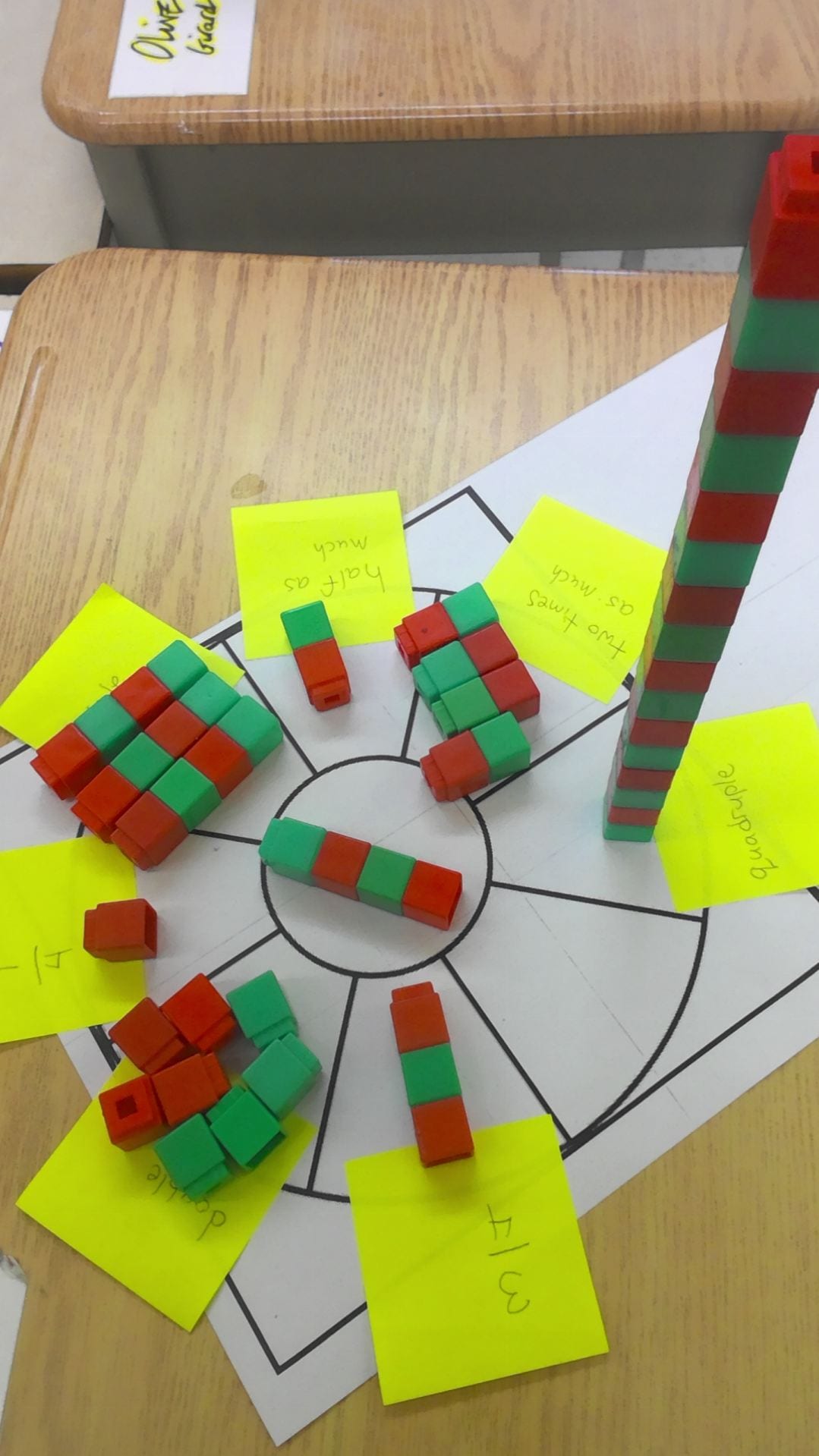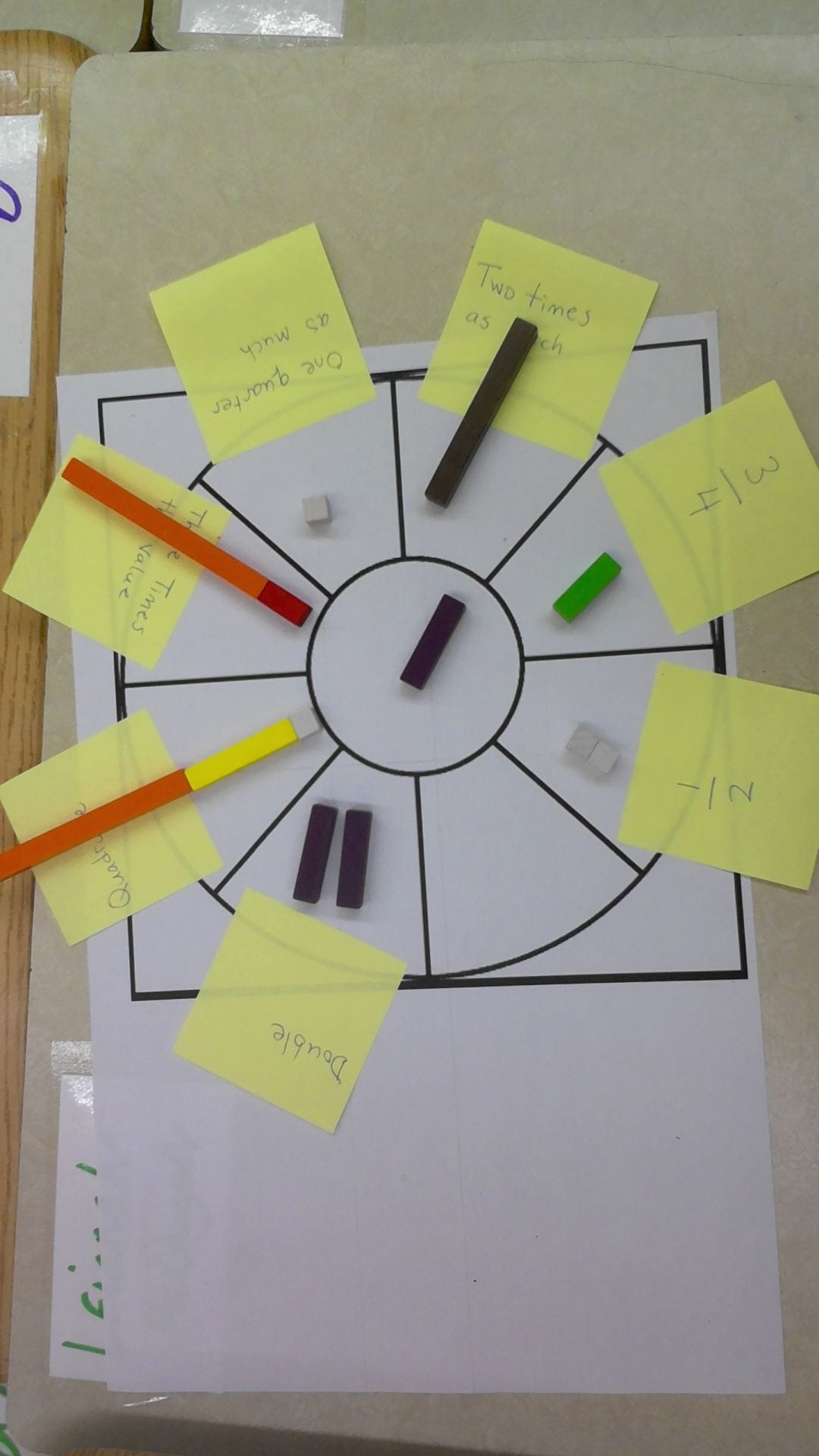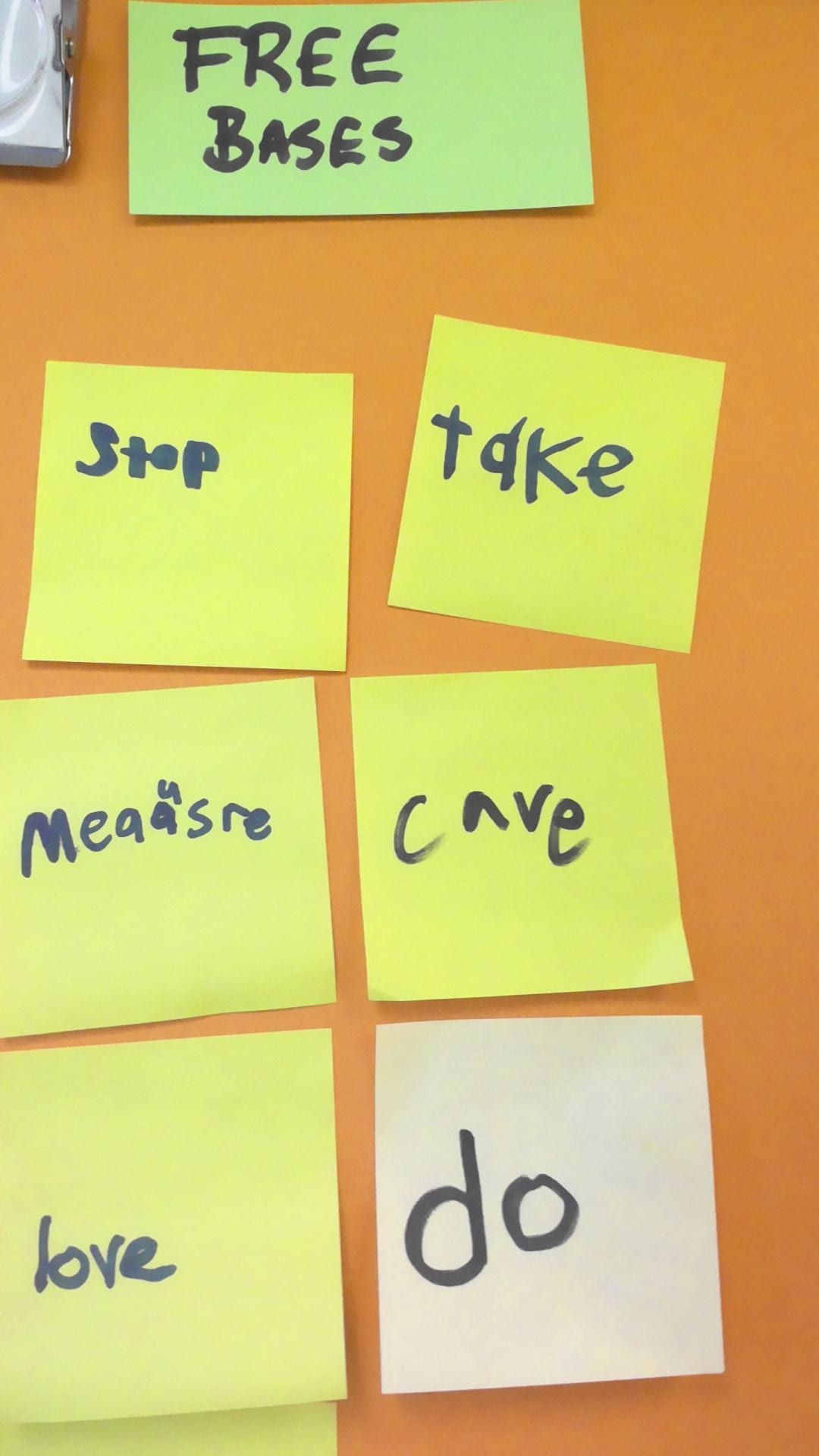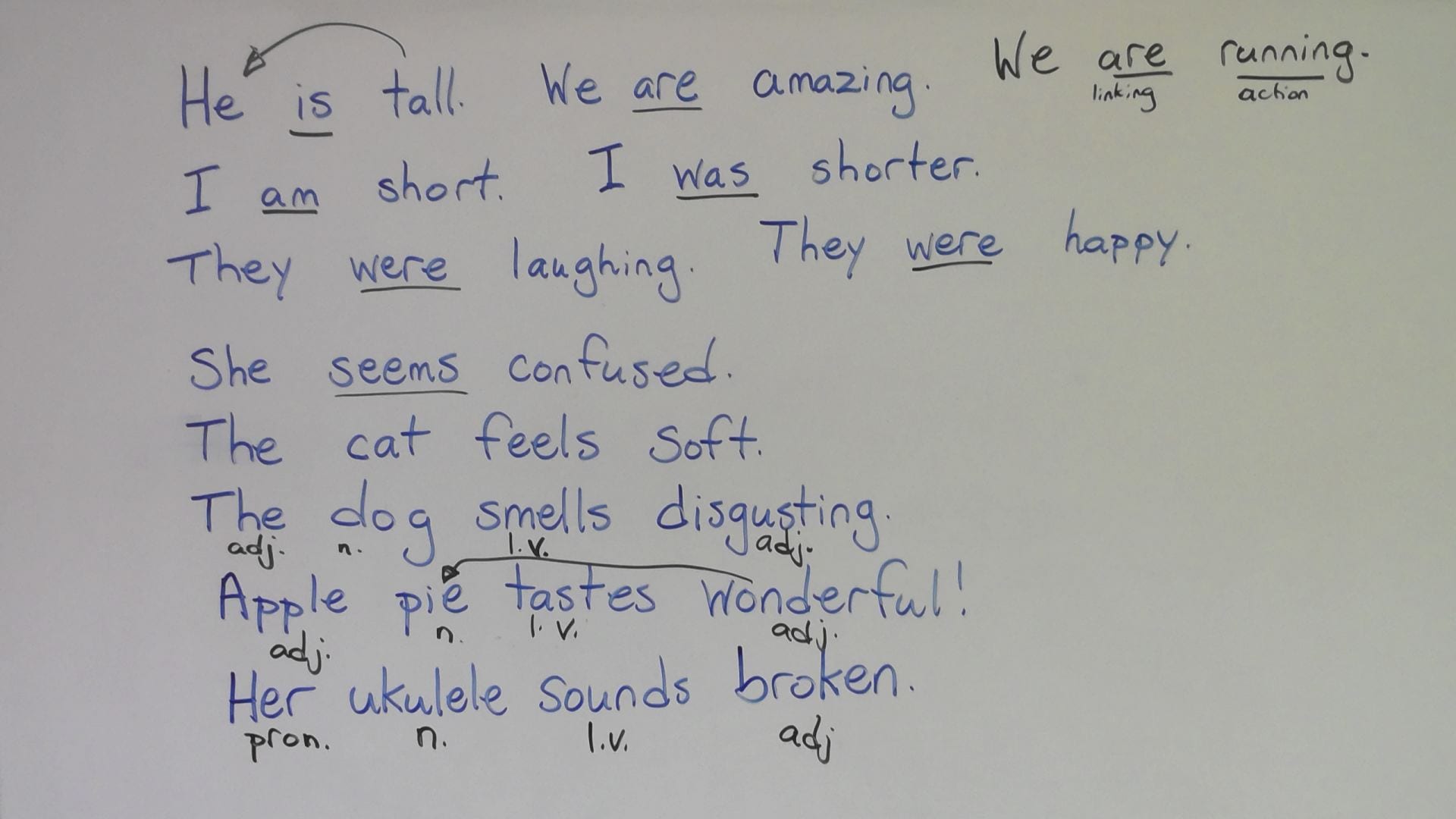Hello Folks at Home,
Here, thanks to Melissa and Dave Hudson, is a big slideshow of pictures from our Gould Lake Trip. Following that are strung-together excerpts from some of the journal entries that I think do a great job of describing the day. (Few kids ended up writing about the trip, as there was a snow day the following Monday). It’s been a few weeks since, but enjoy! What a fabulous day we had!
-
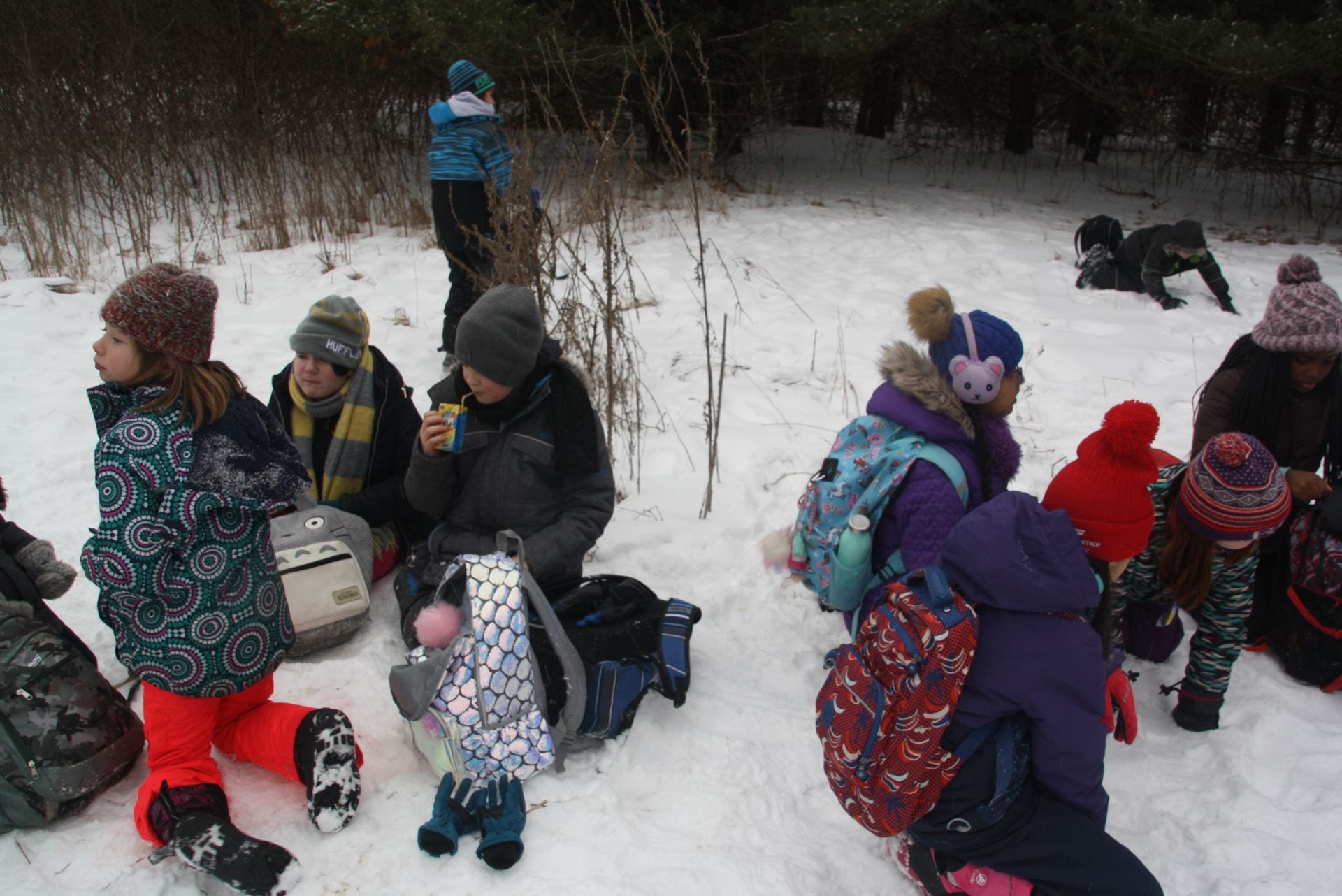
-
Always begin every hike with snack.
-
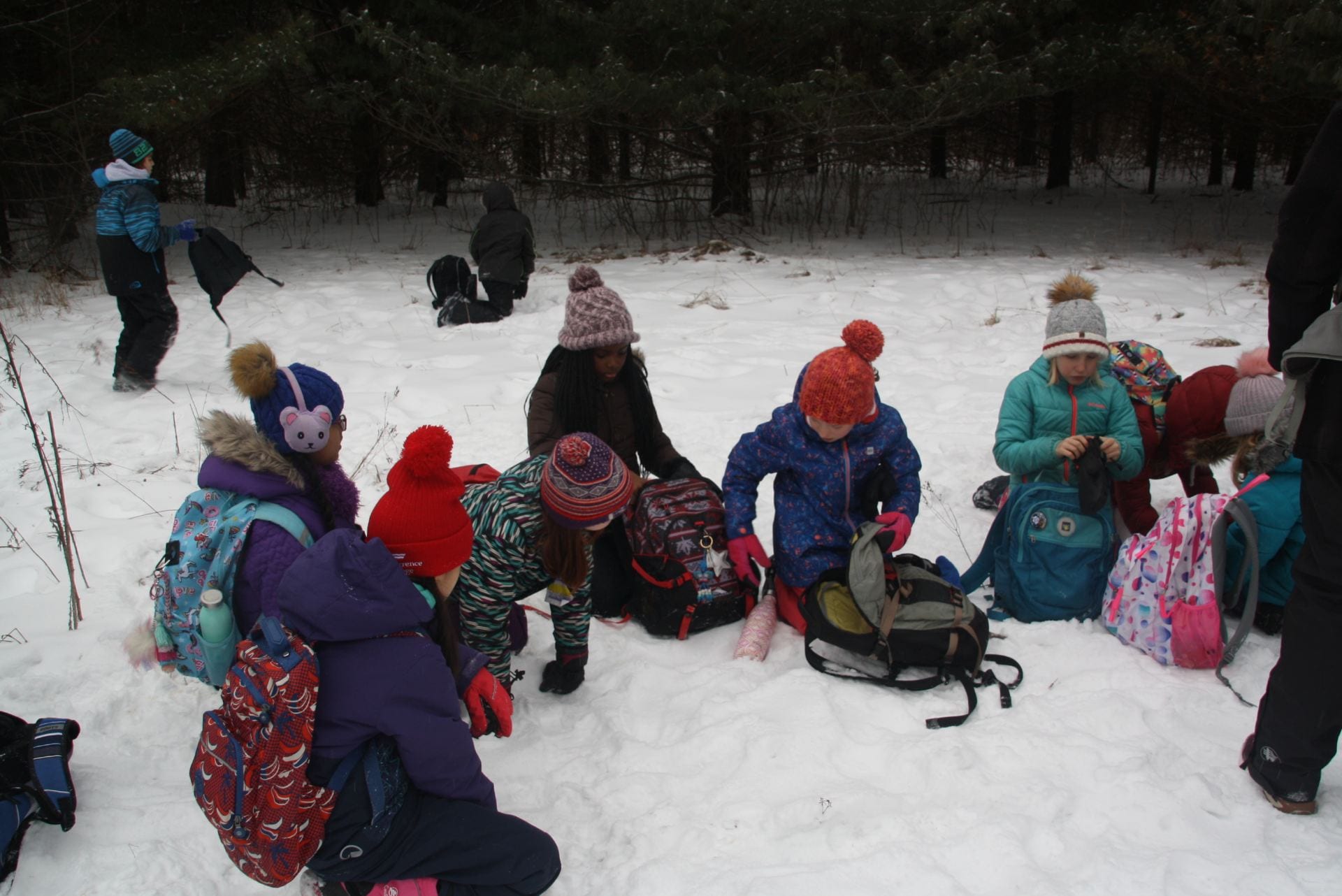
-

-
Seriously?
-
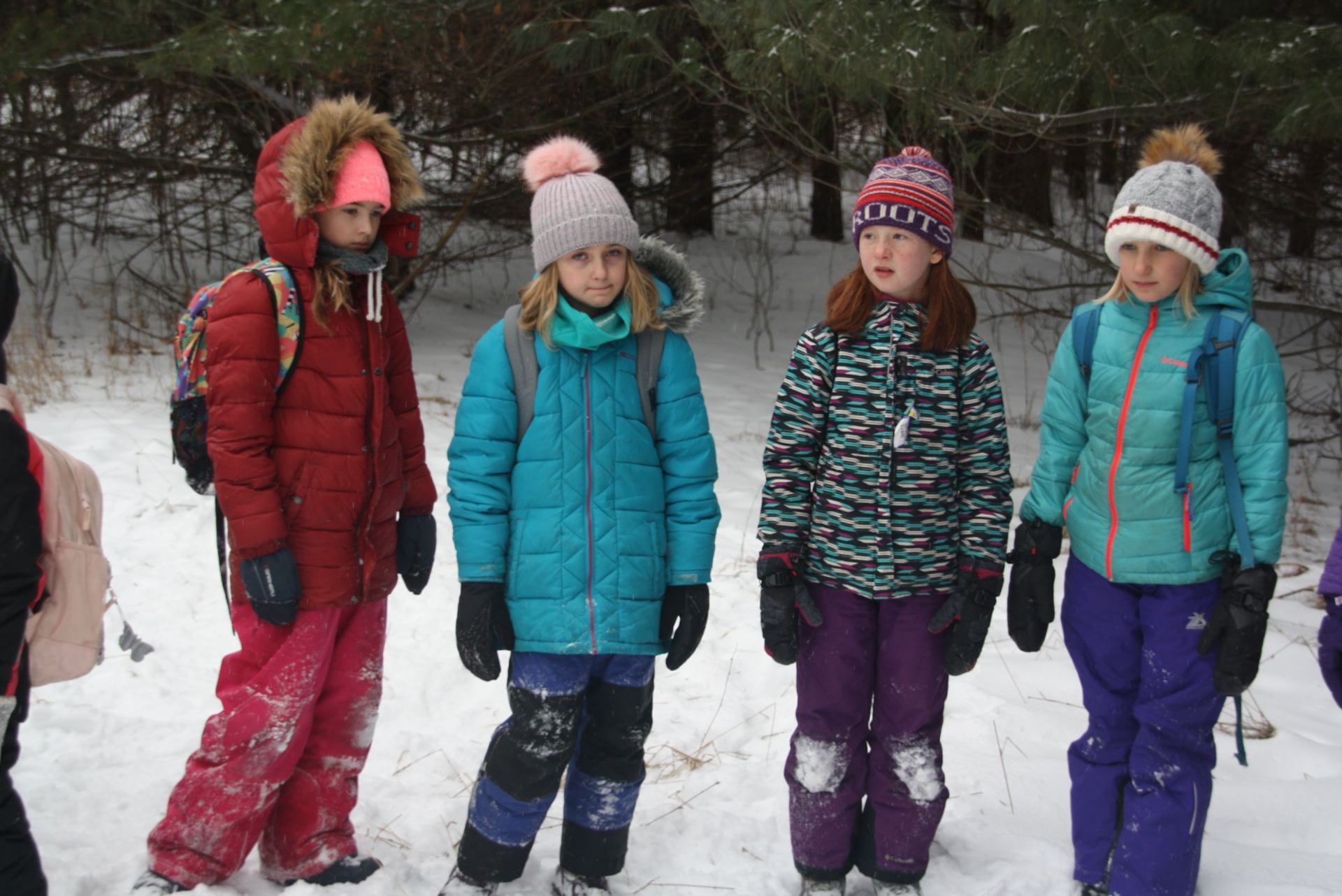
-

-
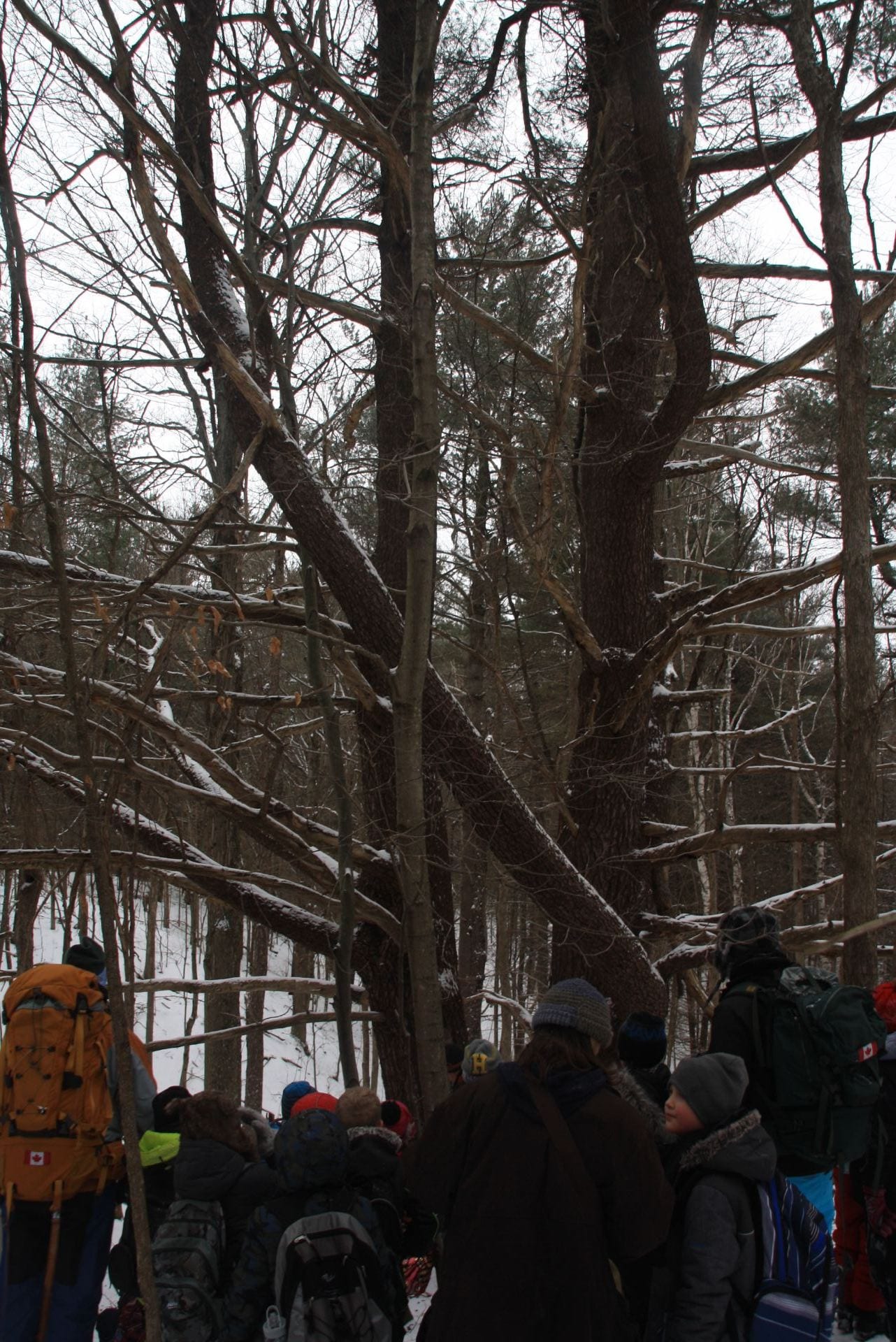
-
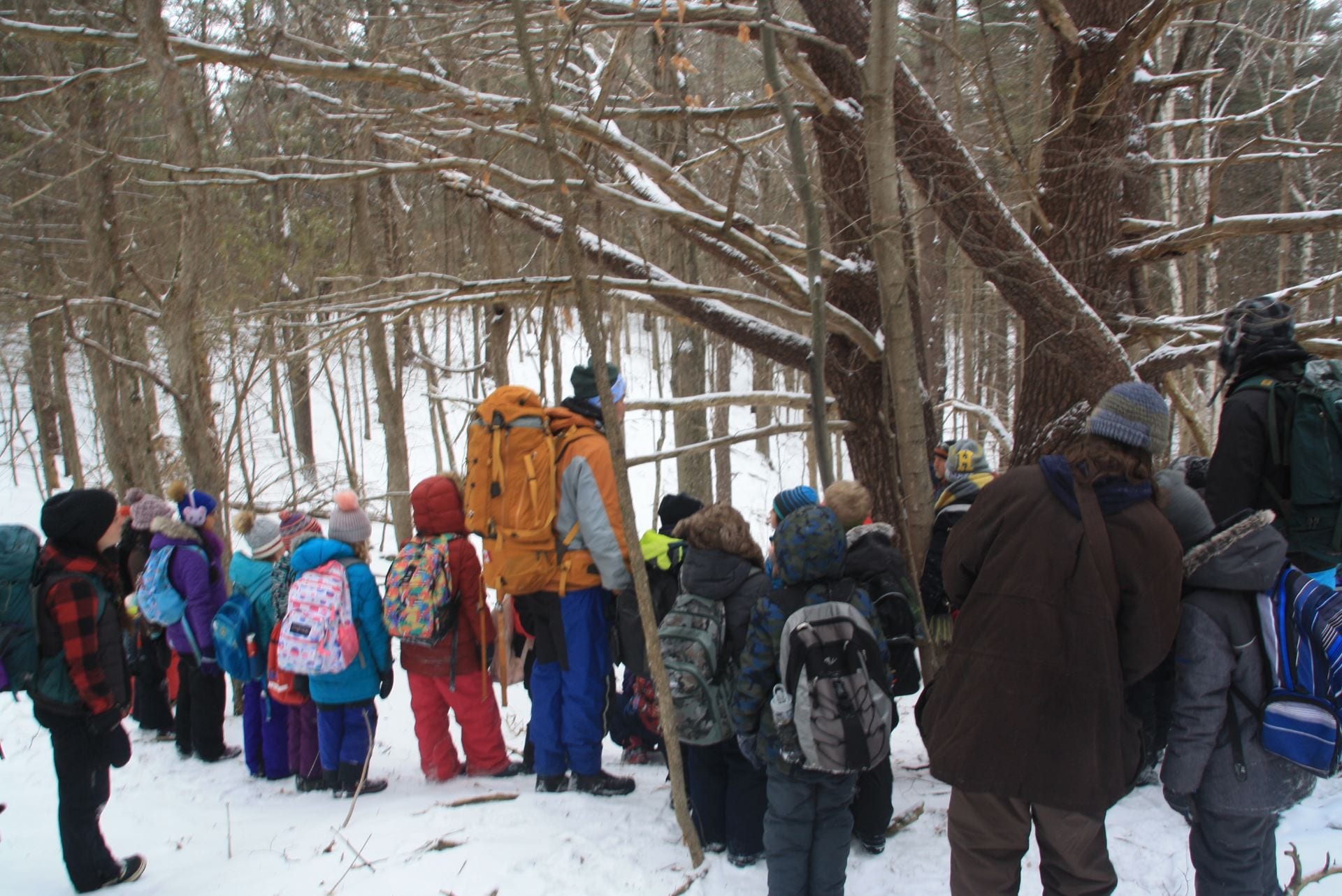
-
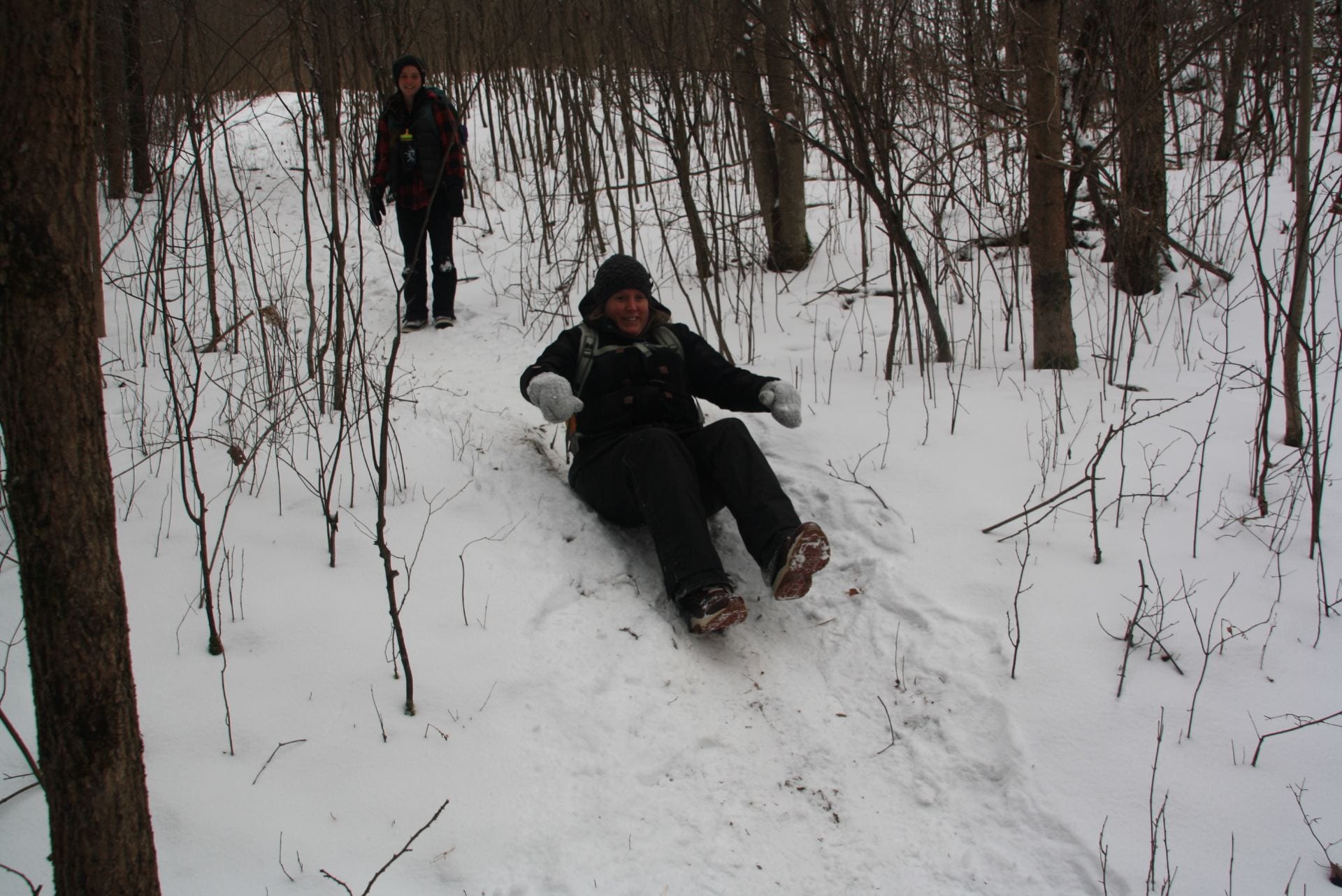
-
Melissa tests the now-famous hill.
-
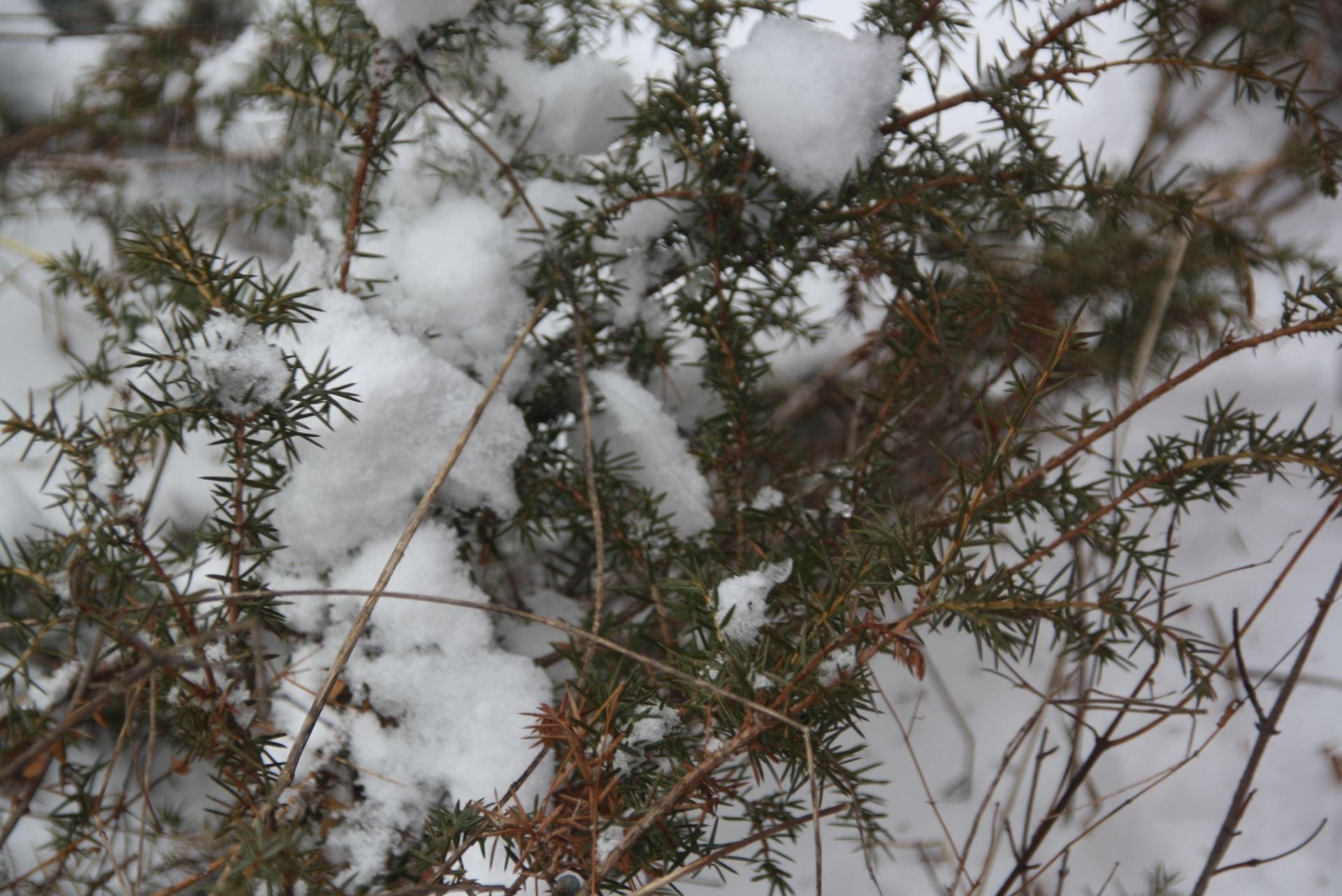
-

-
“Who would benefit from these thorns?”
-
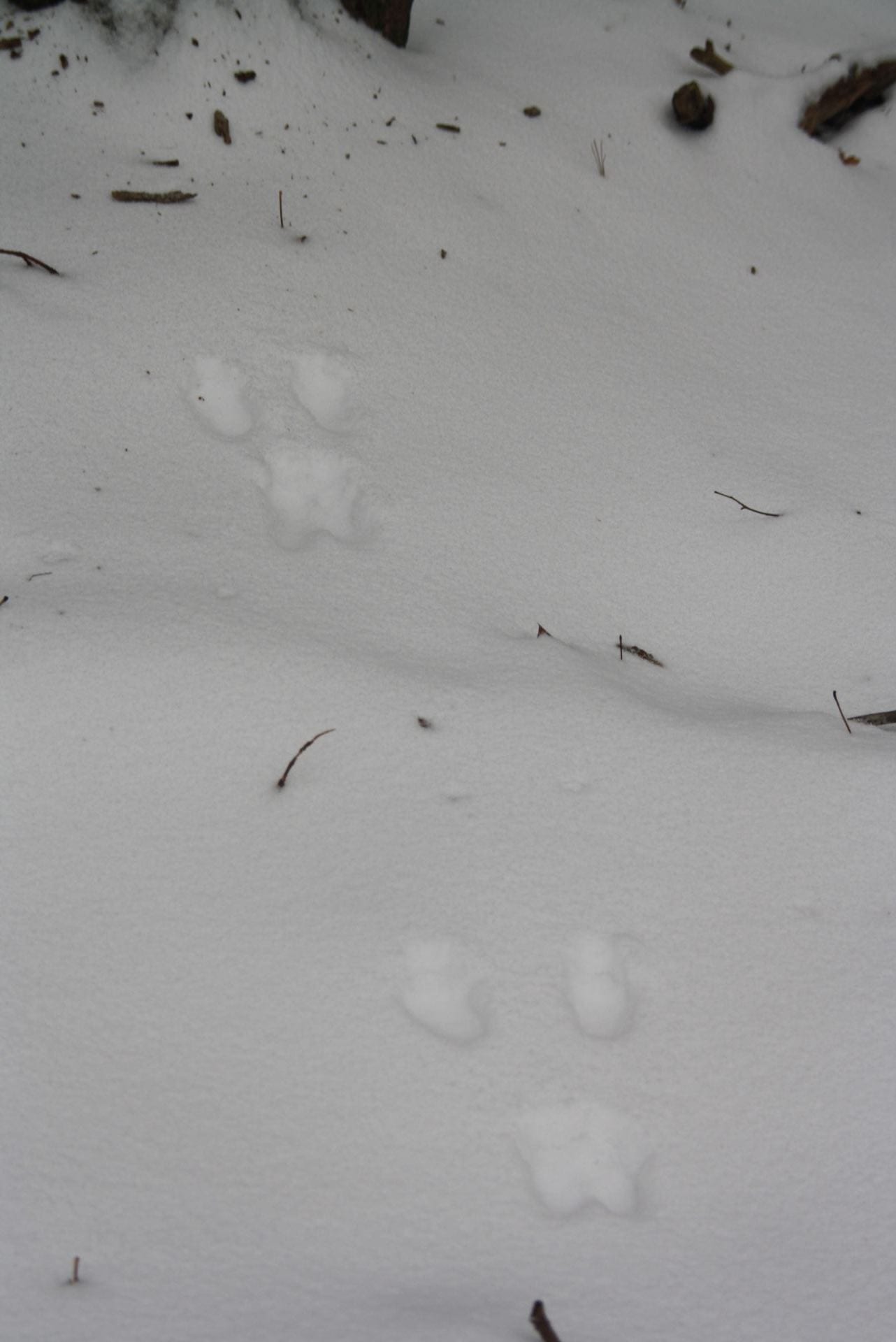
-
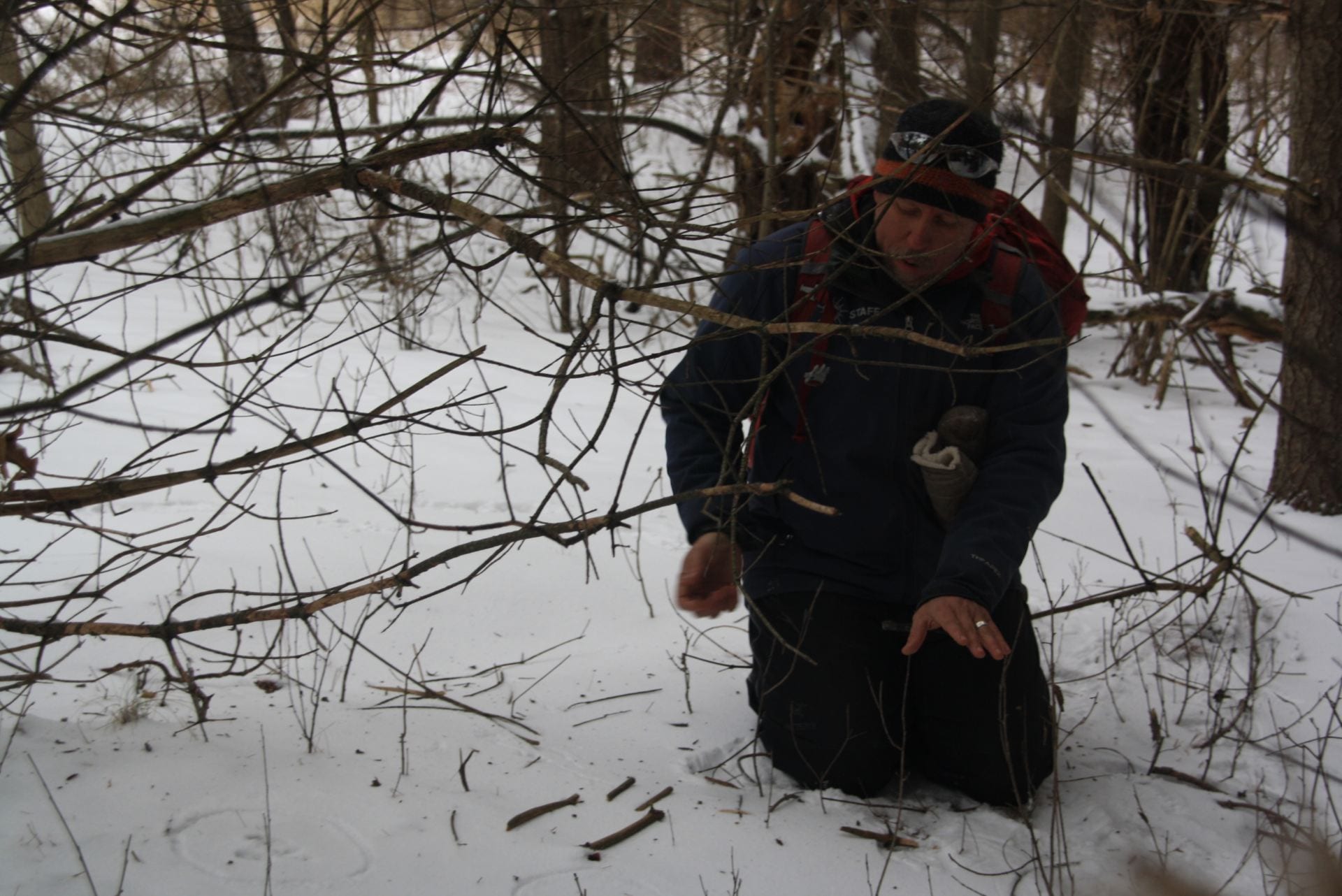
-
“Whose tracks could these be?”
-

-
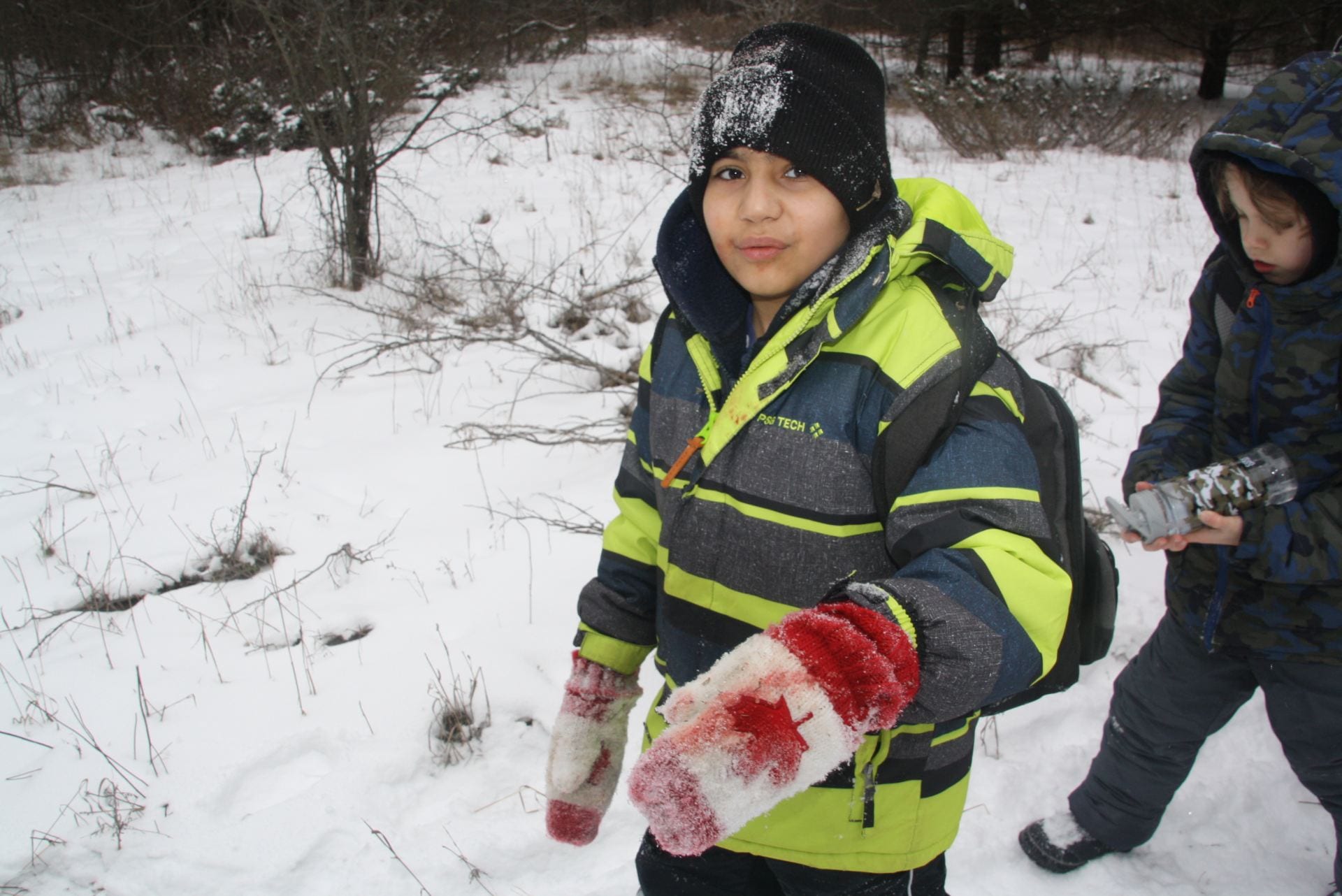
-
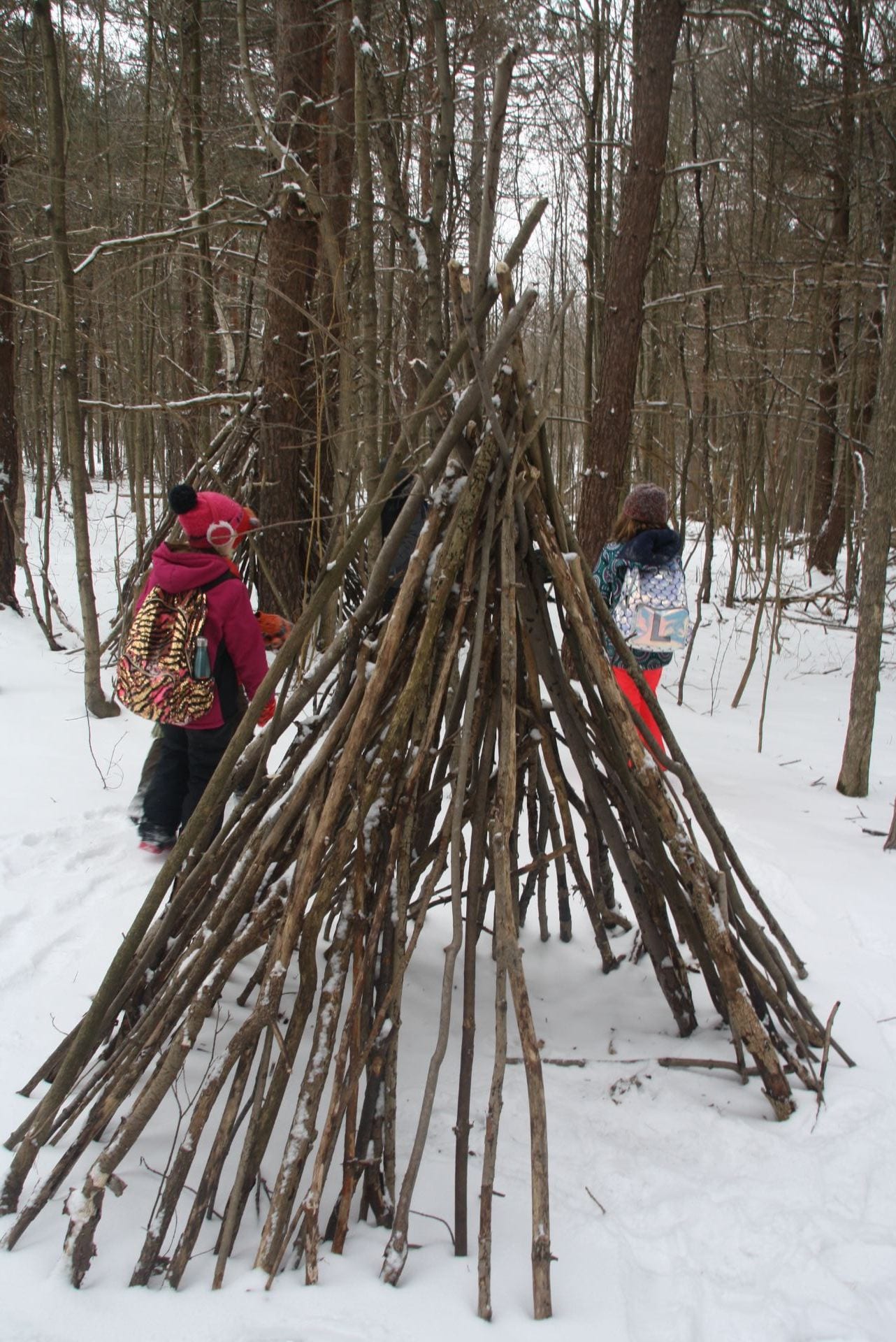
-
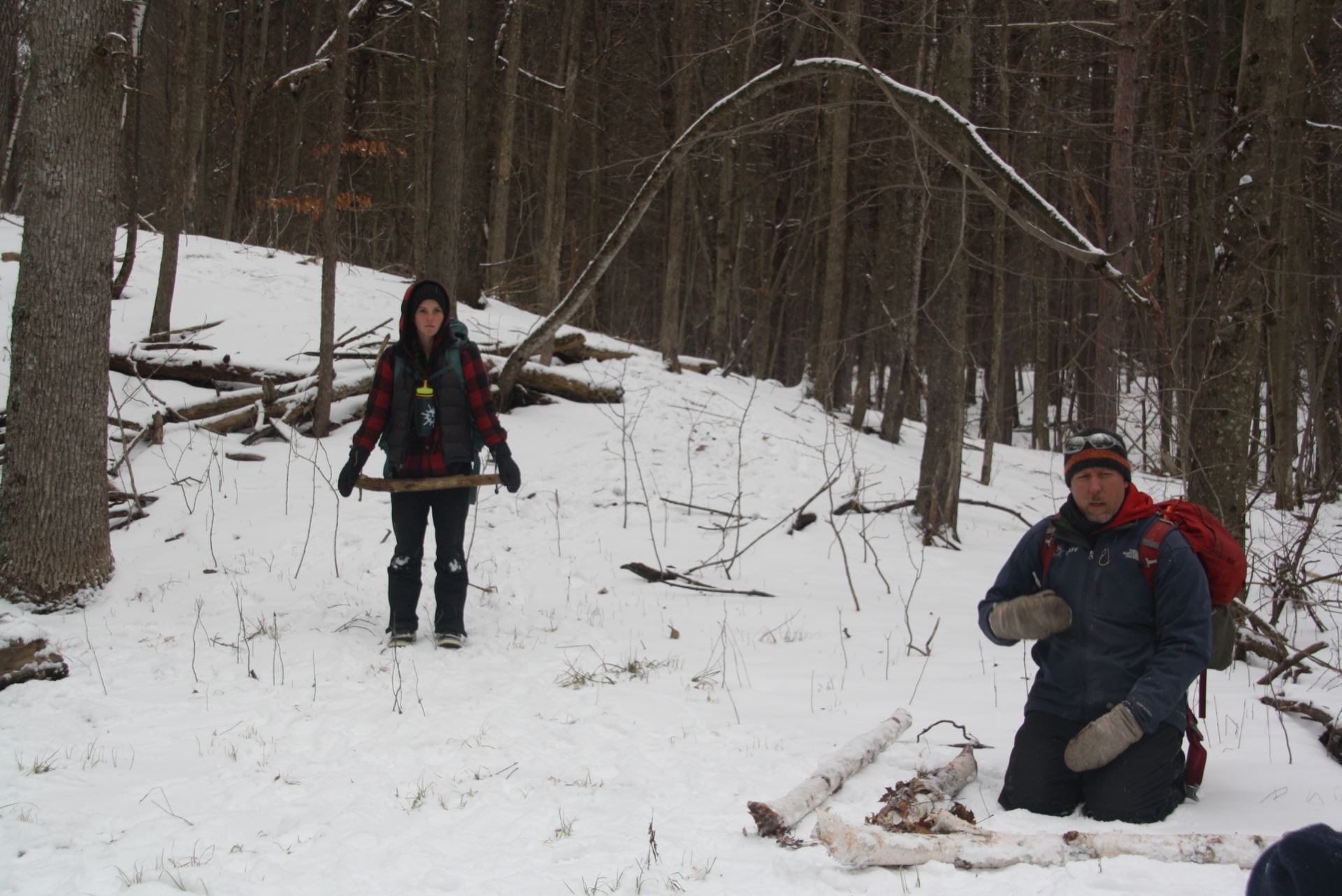
-
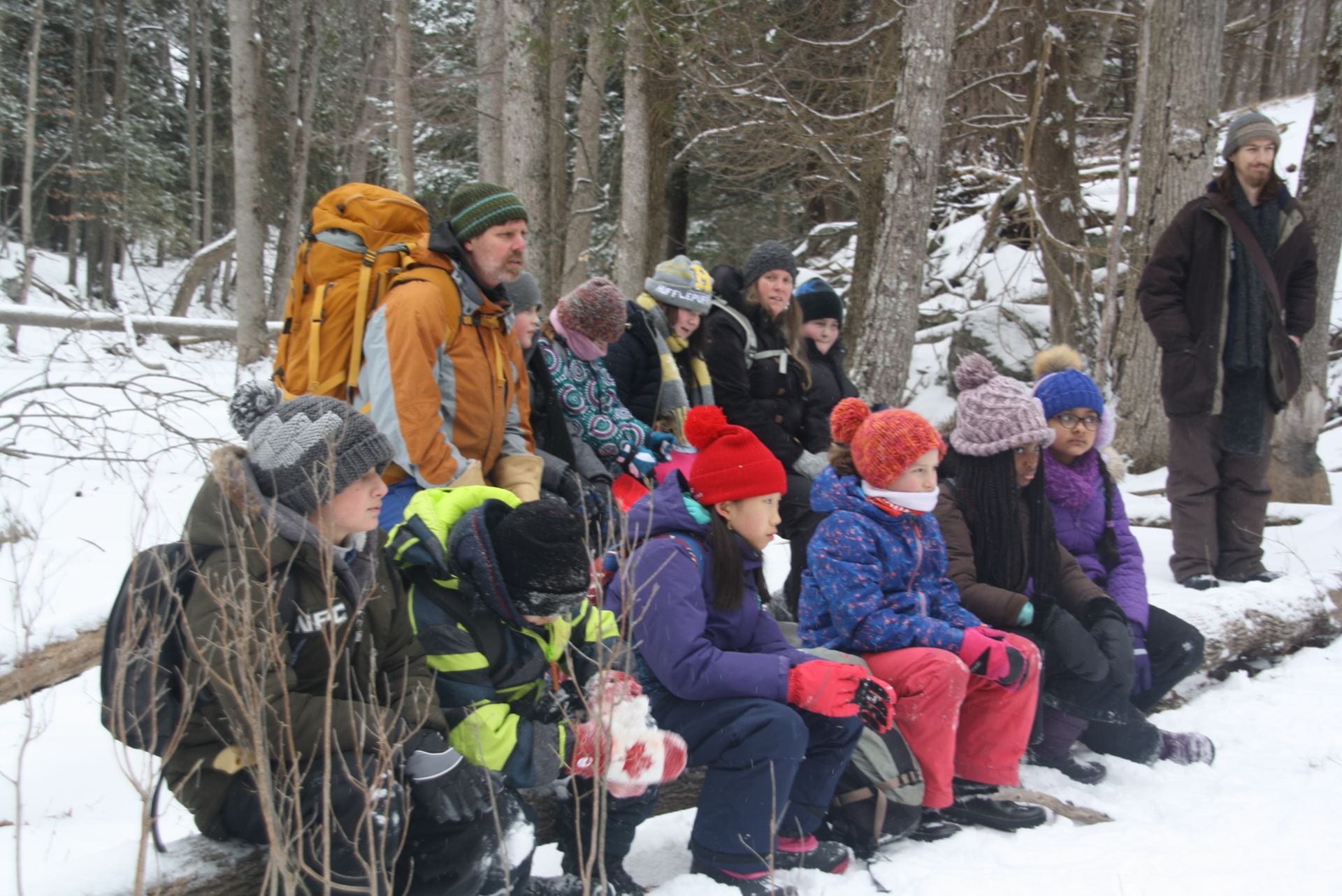
-
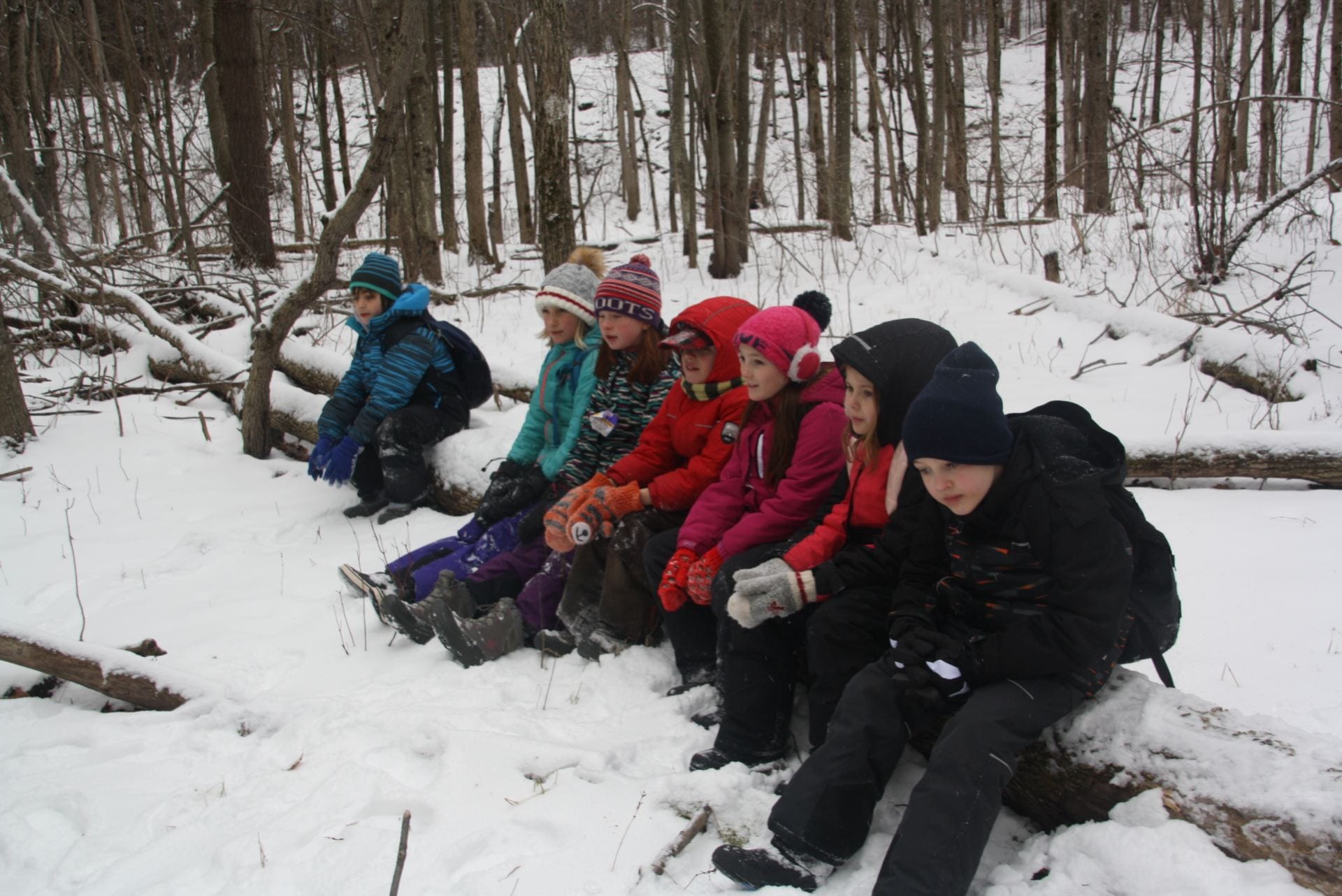
-
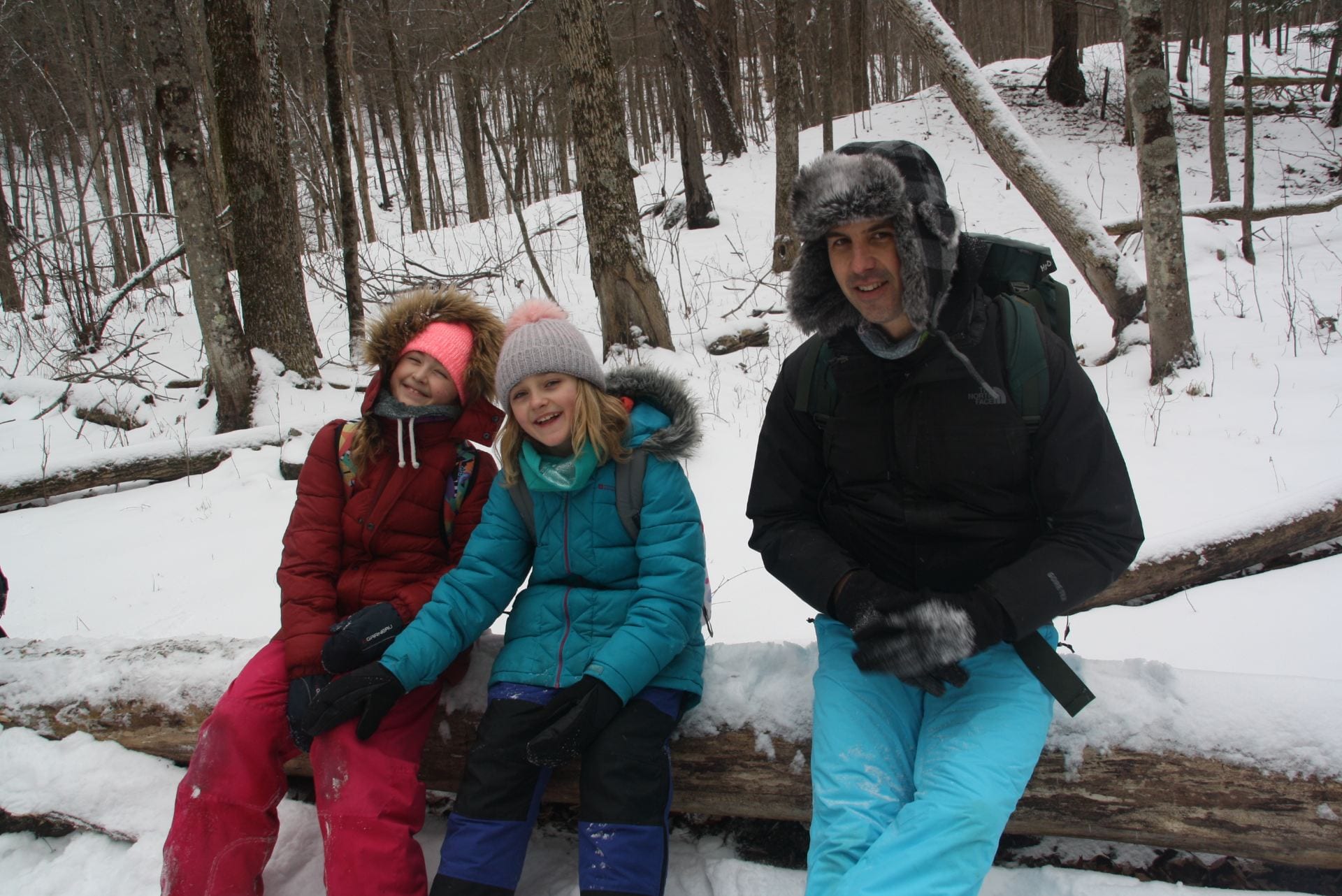
-
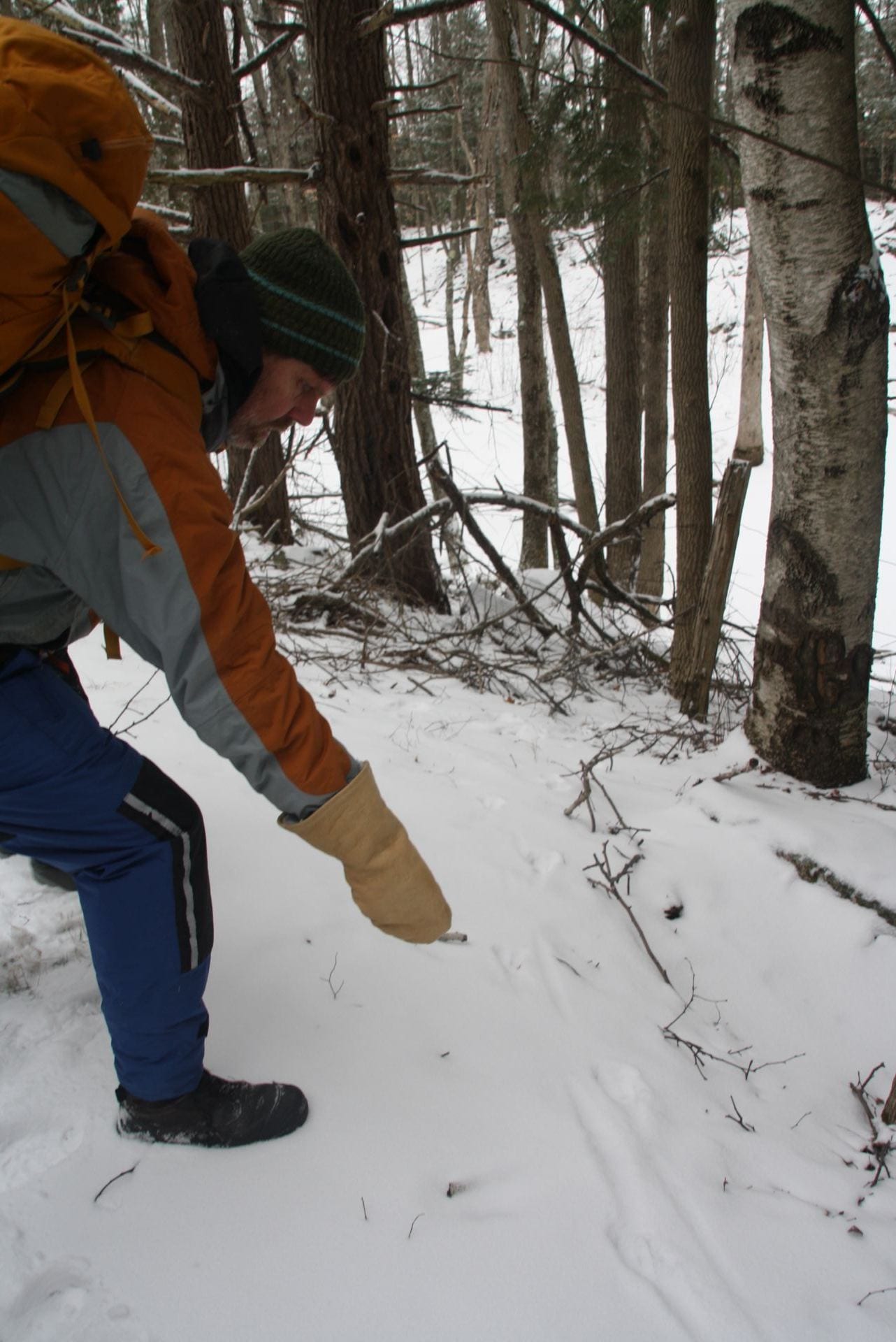
-
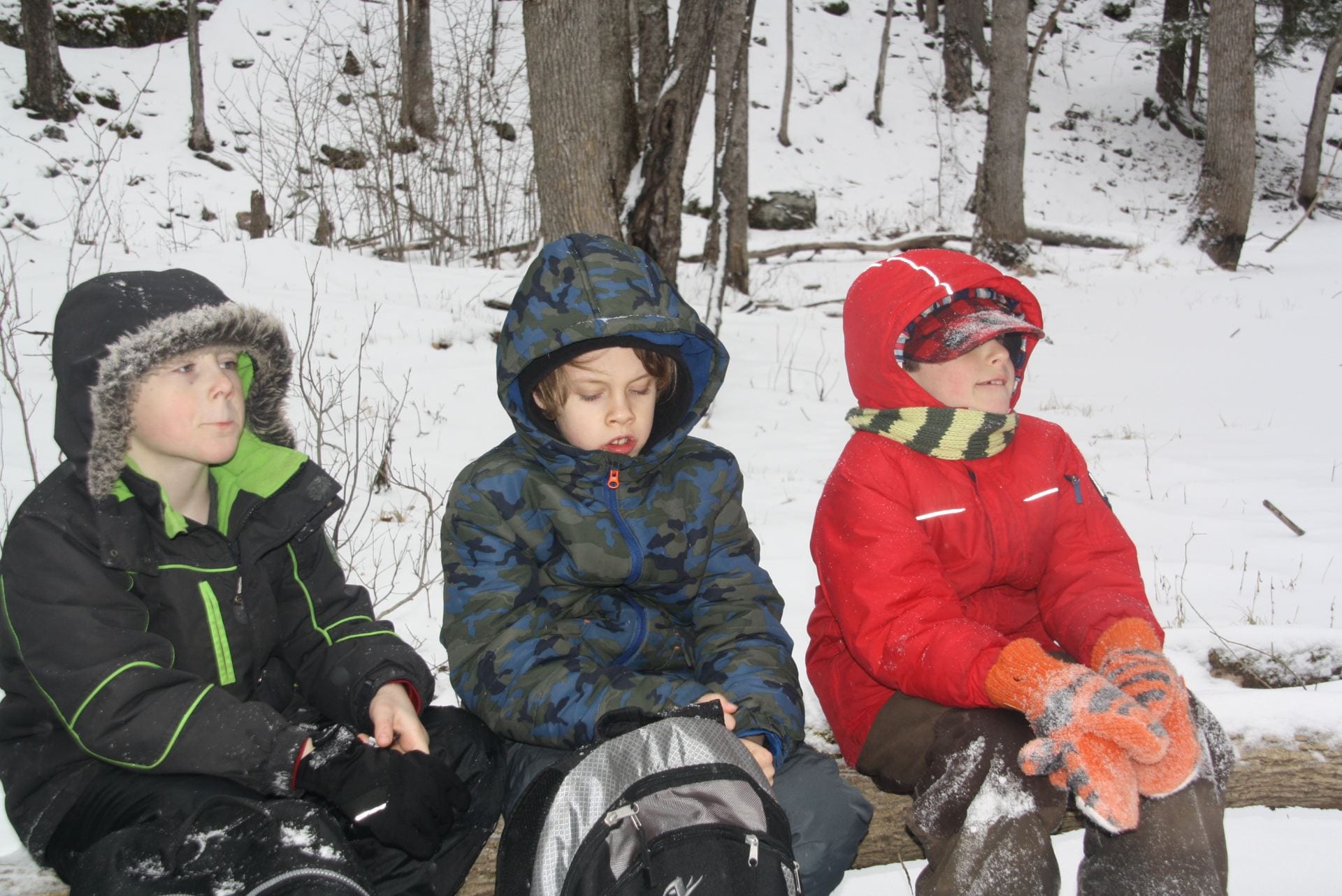
-

-
Gathering birch bark to be used to get our lunch cooking!
-
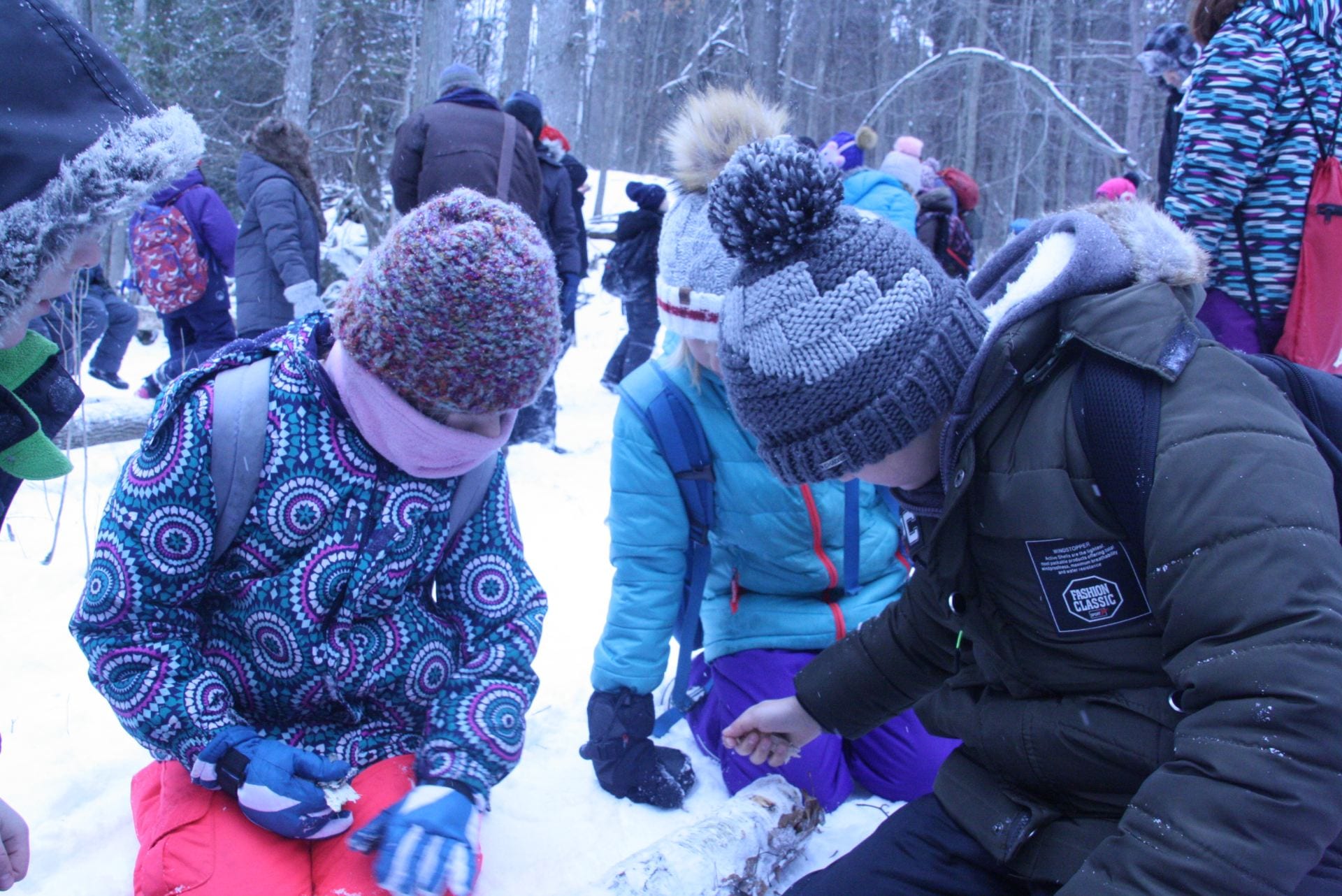
-

-

-
“How do we know the ice is safe?’
-
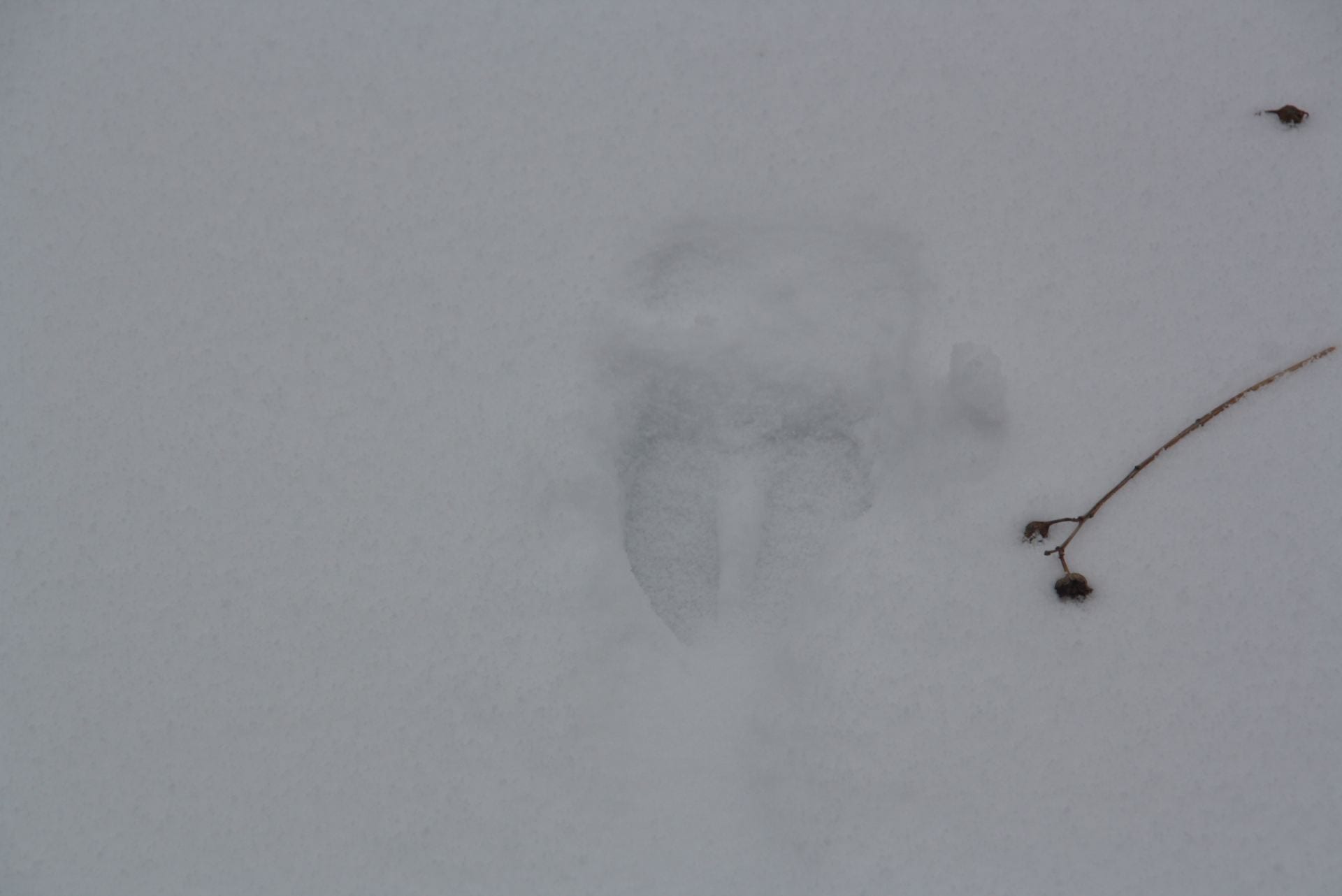
-
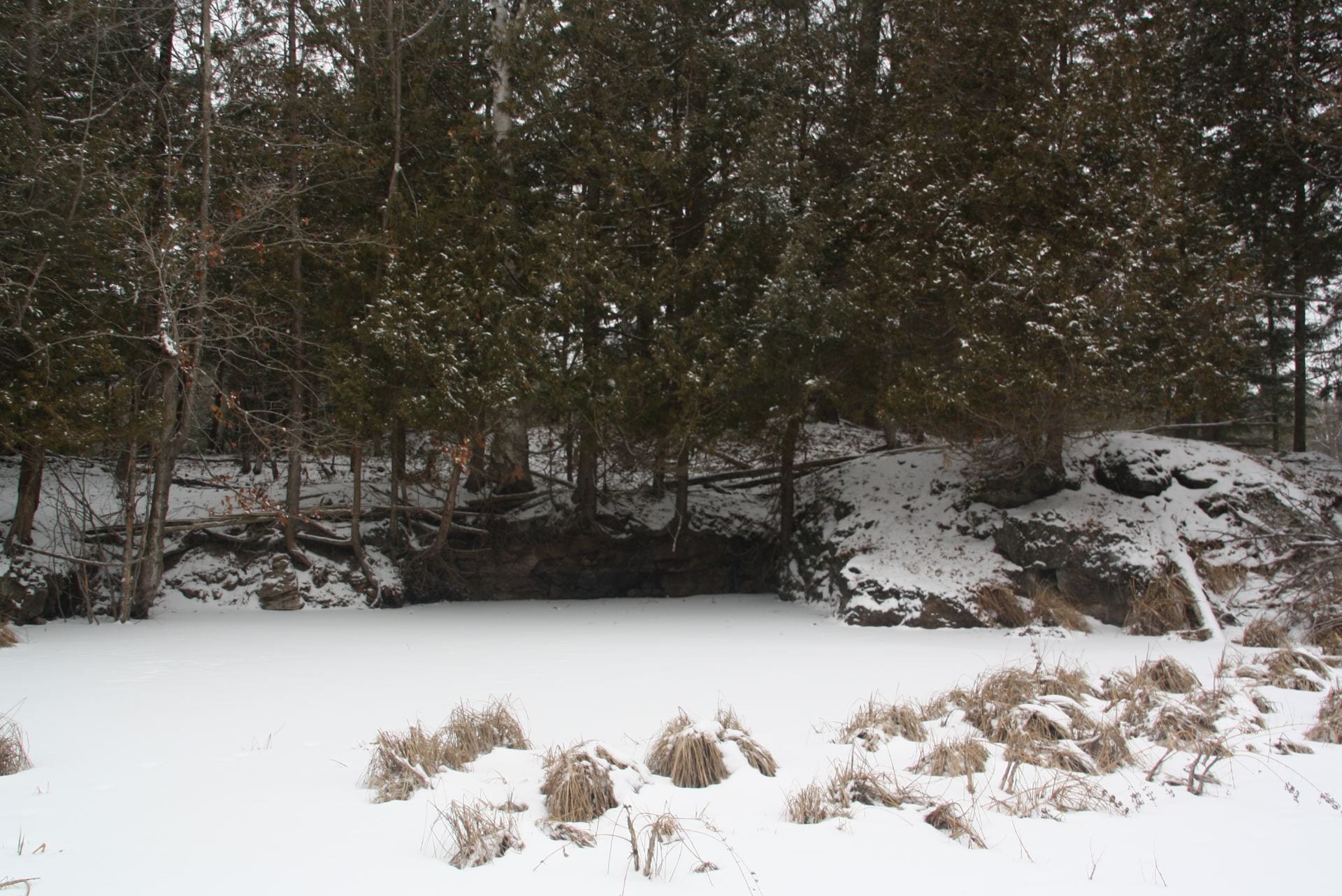
-

-
Wood Duck box
-

-

-

-
Lindsay’s fire demo
-

-
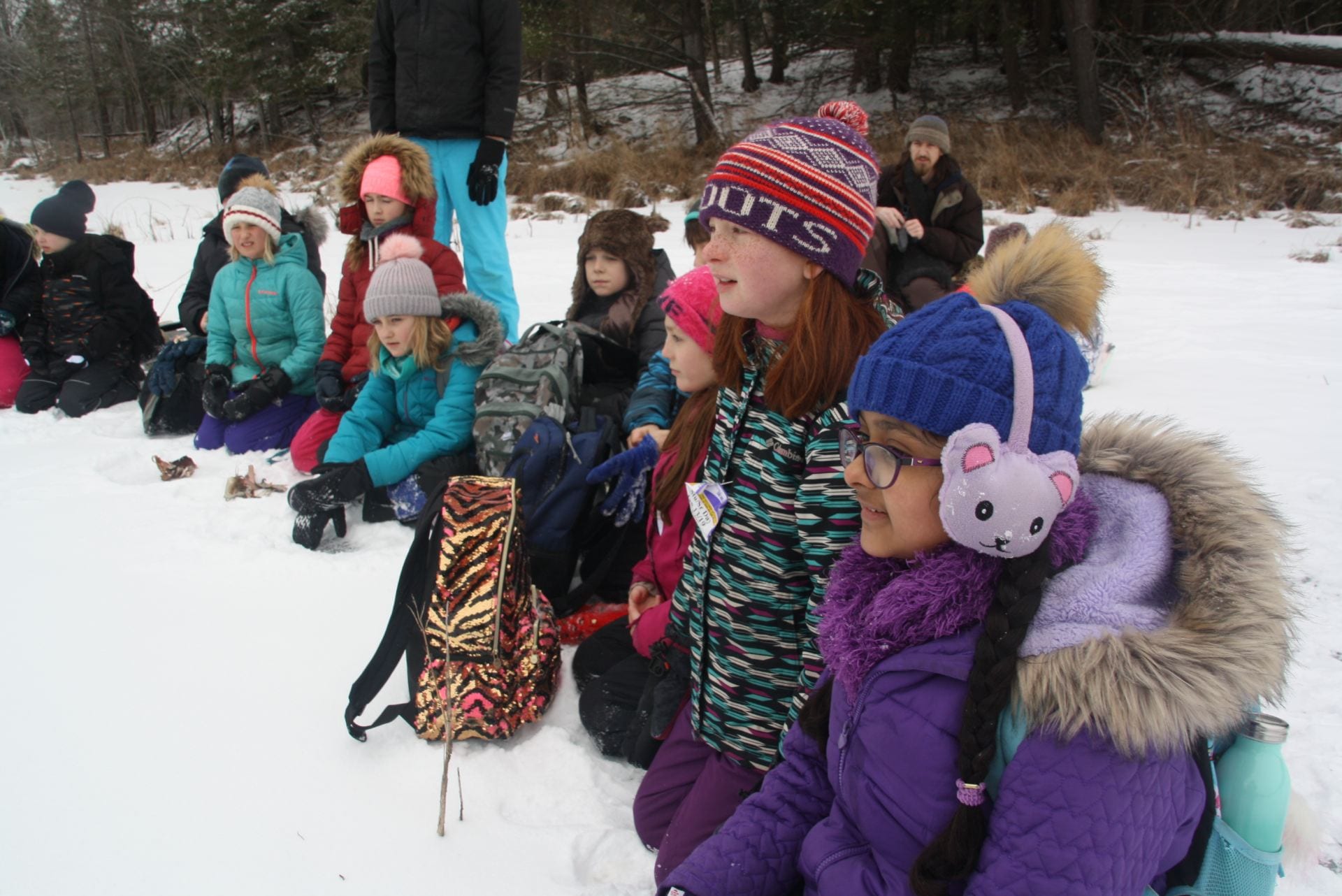
-
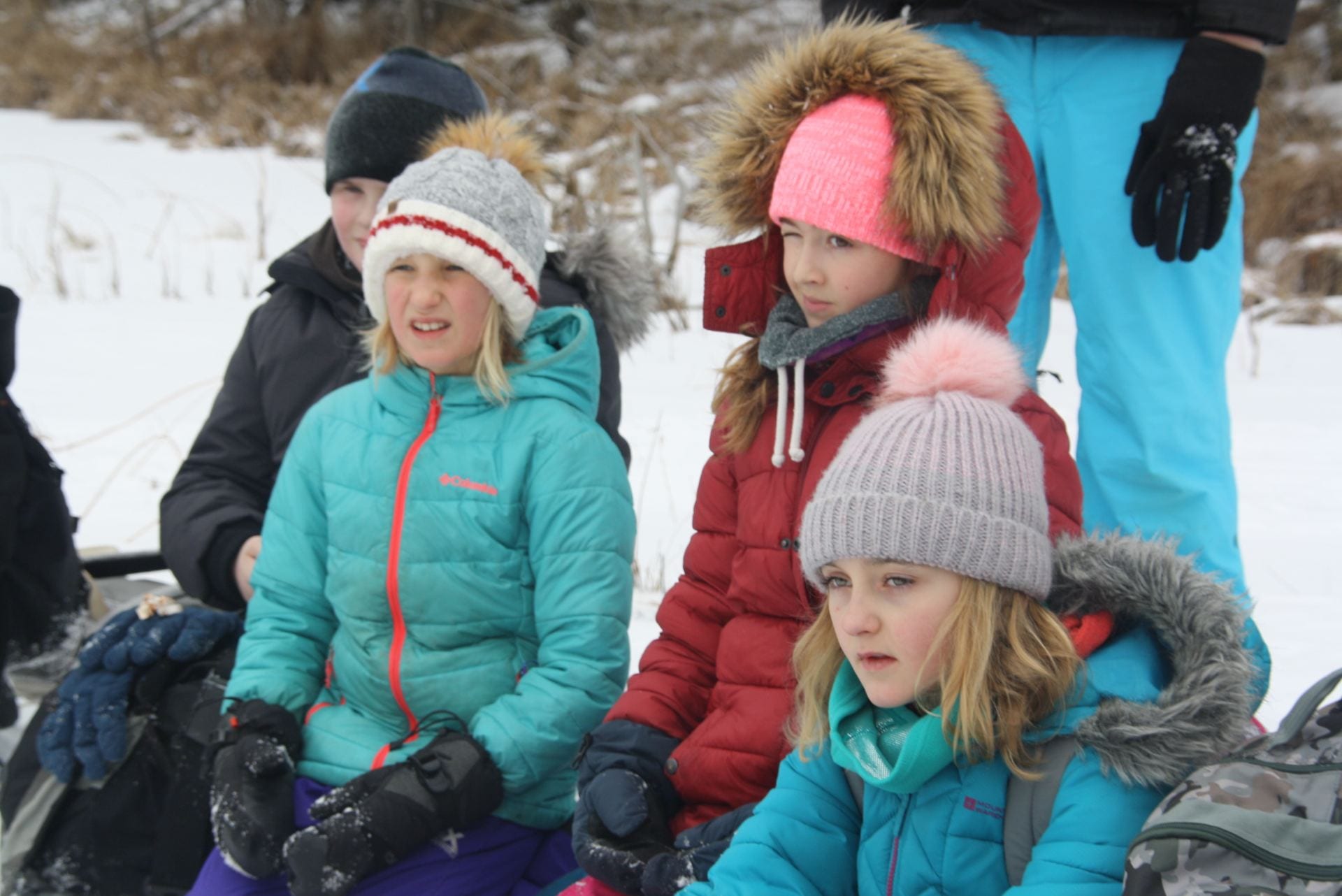
-
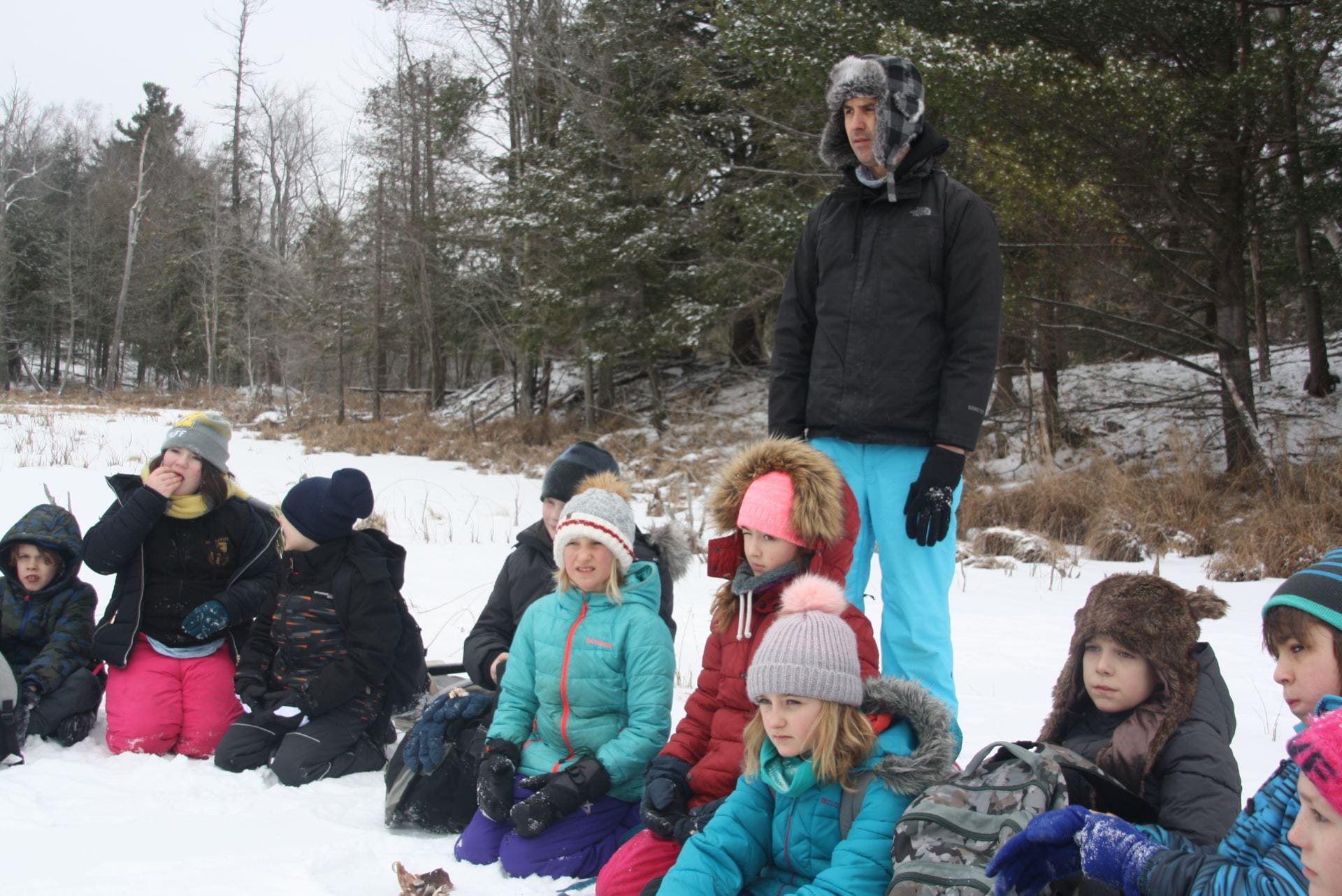
-
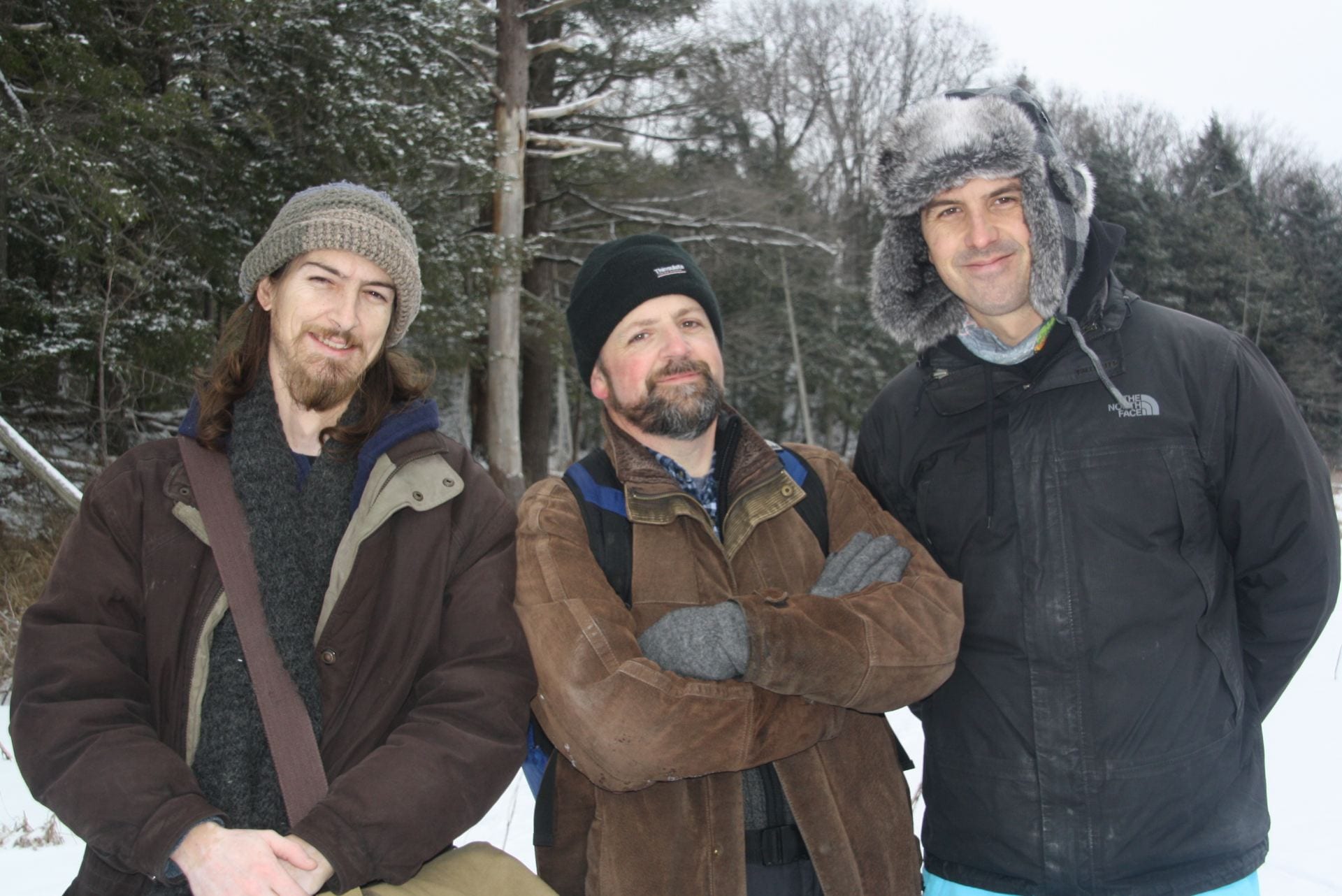
-
Thanks to the parents who are able to come along and make these trips possible!
-
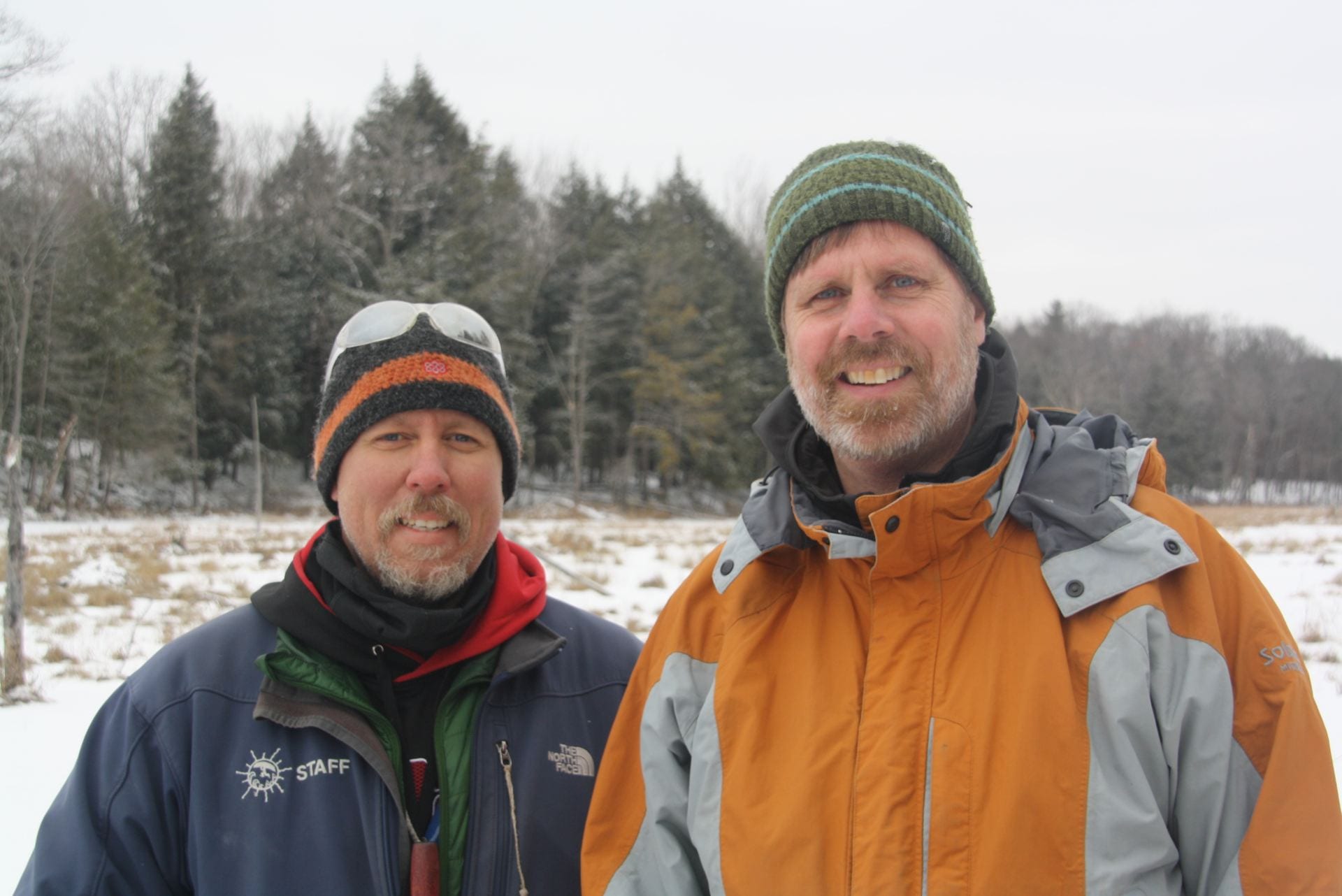
-
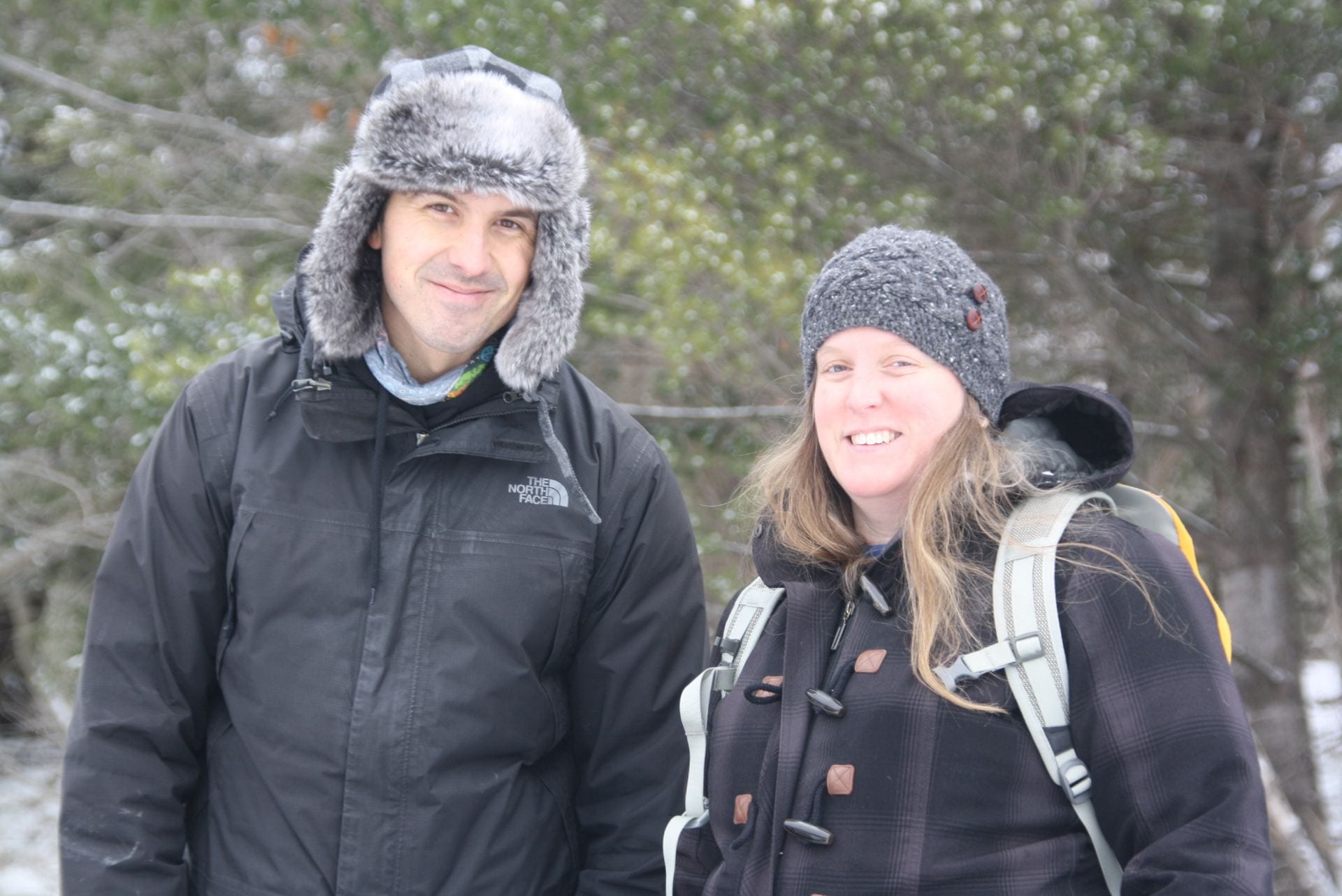
-
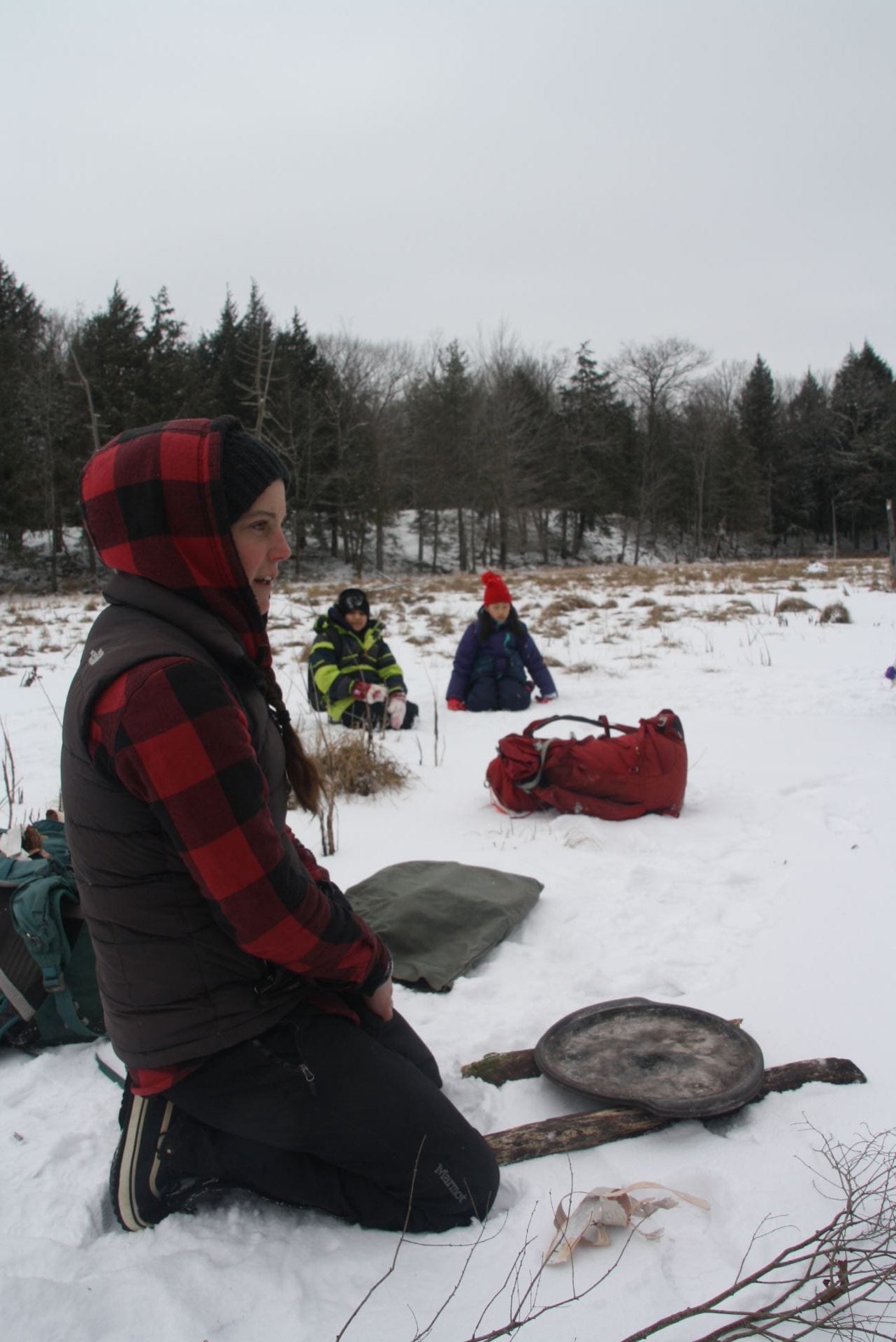
-
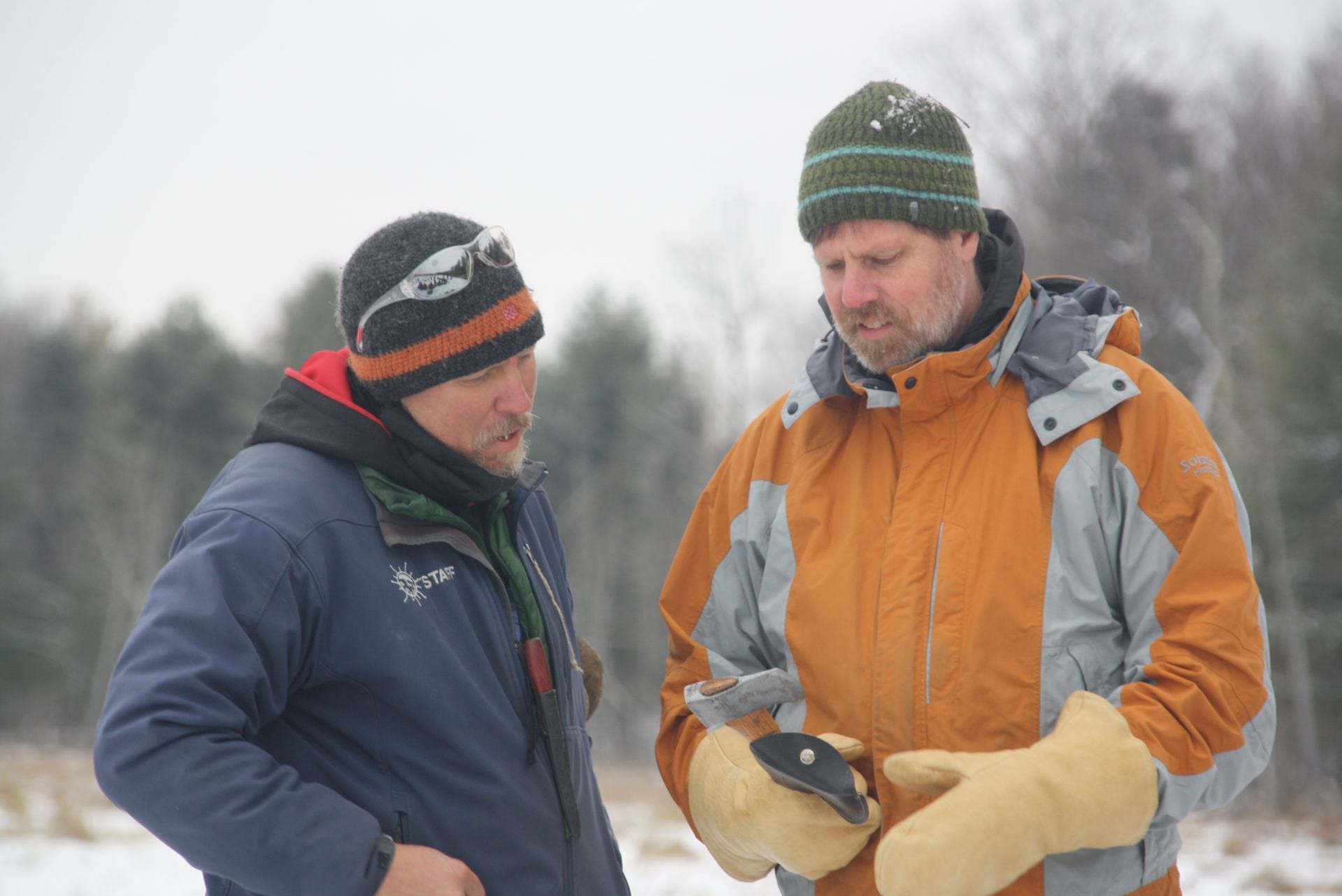
-
Men discussing hatchet.
-
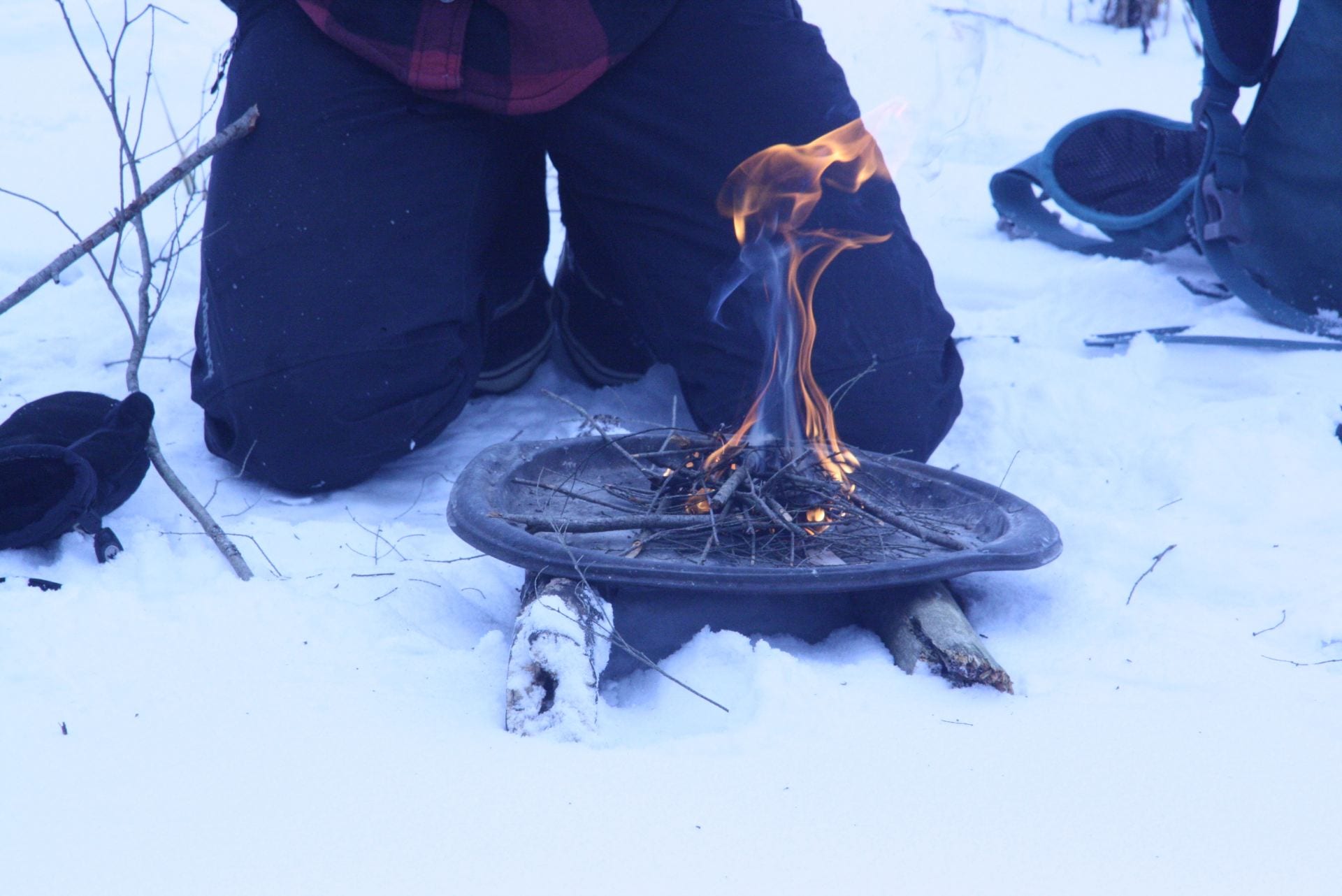
-

-
Fire and hair: not to be mixed!
-
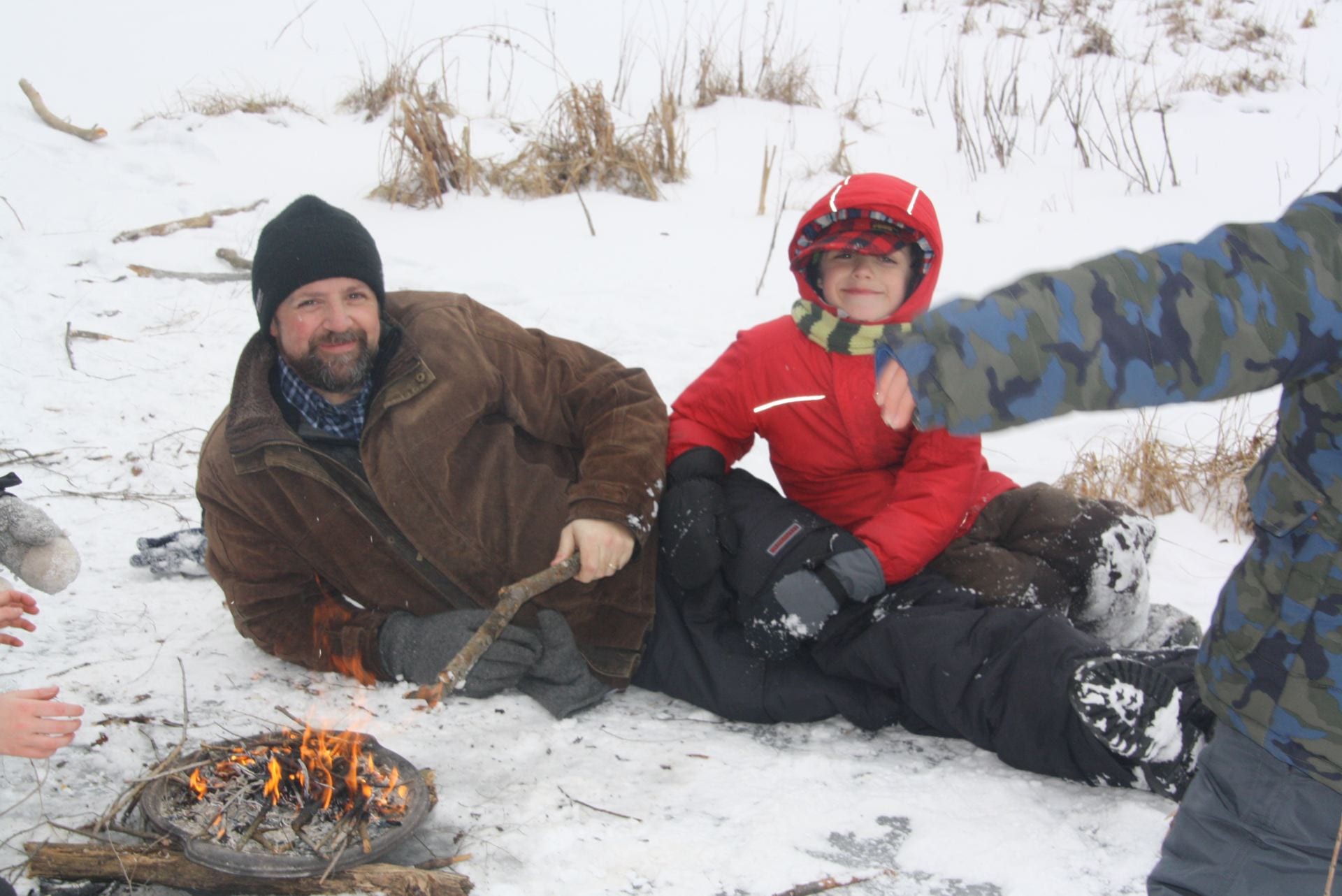
-
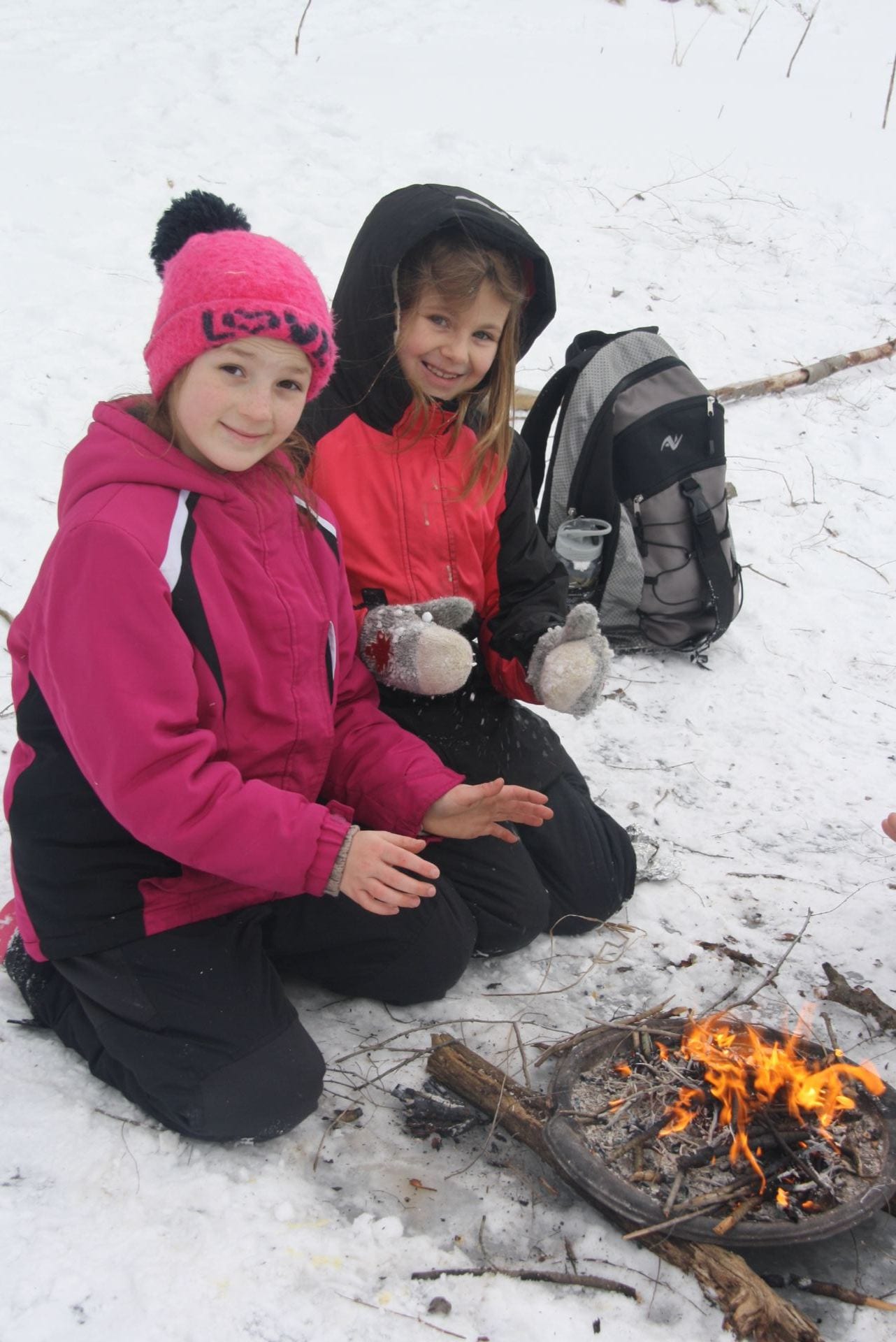
-
Fire. They let us build fires!
-
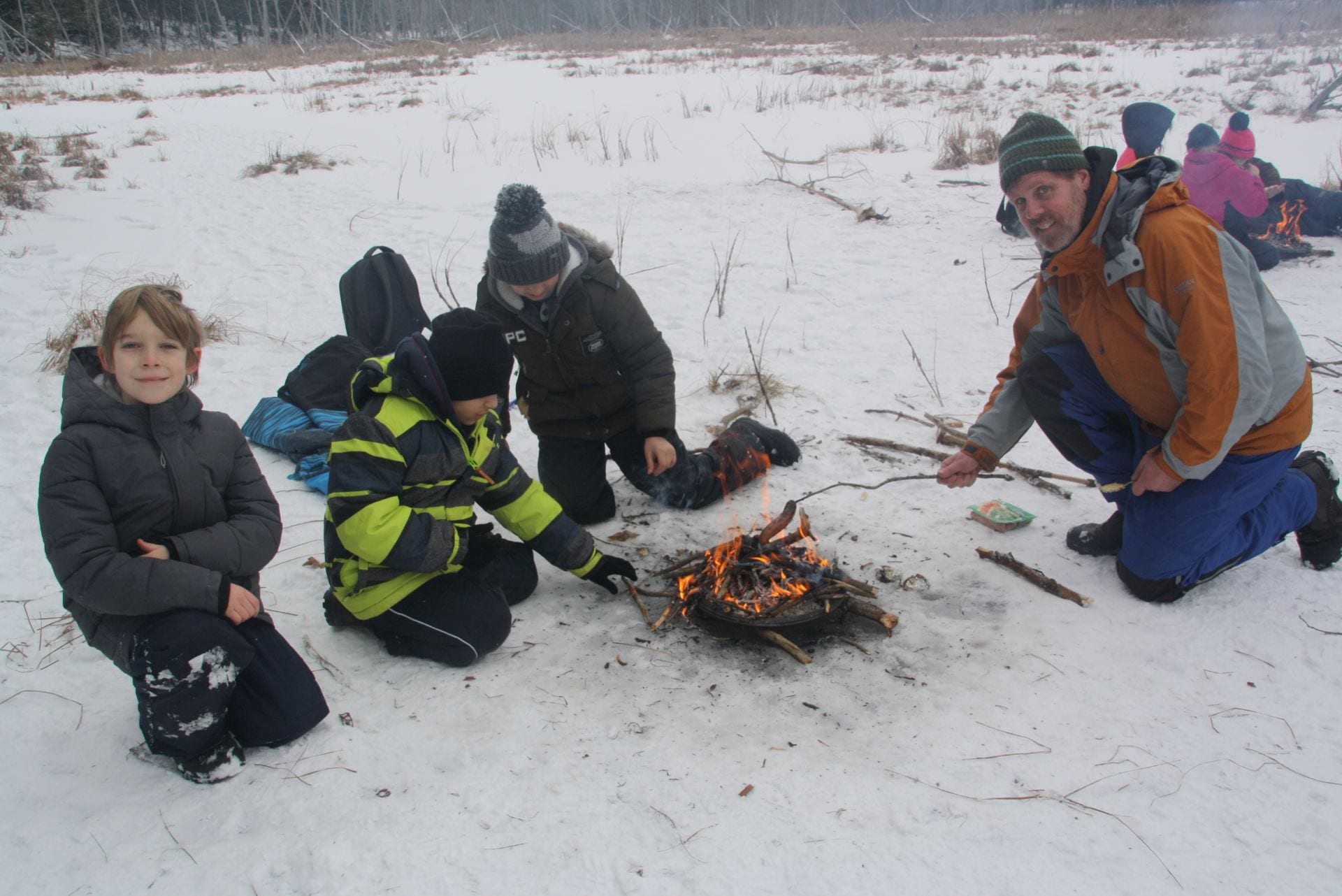
-

-
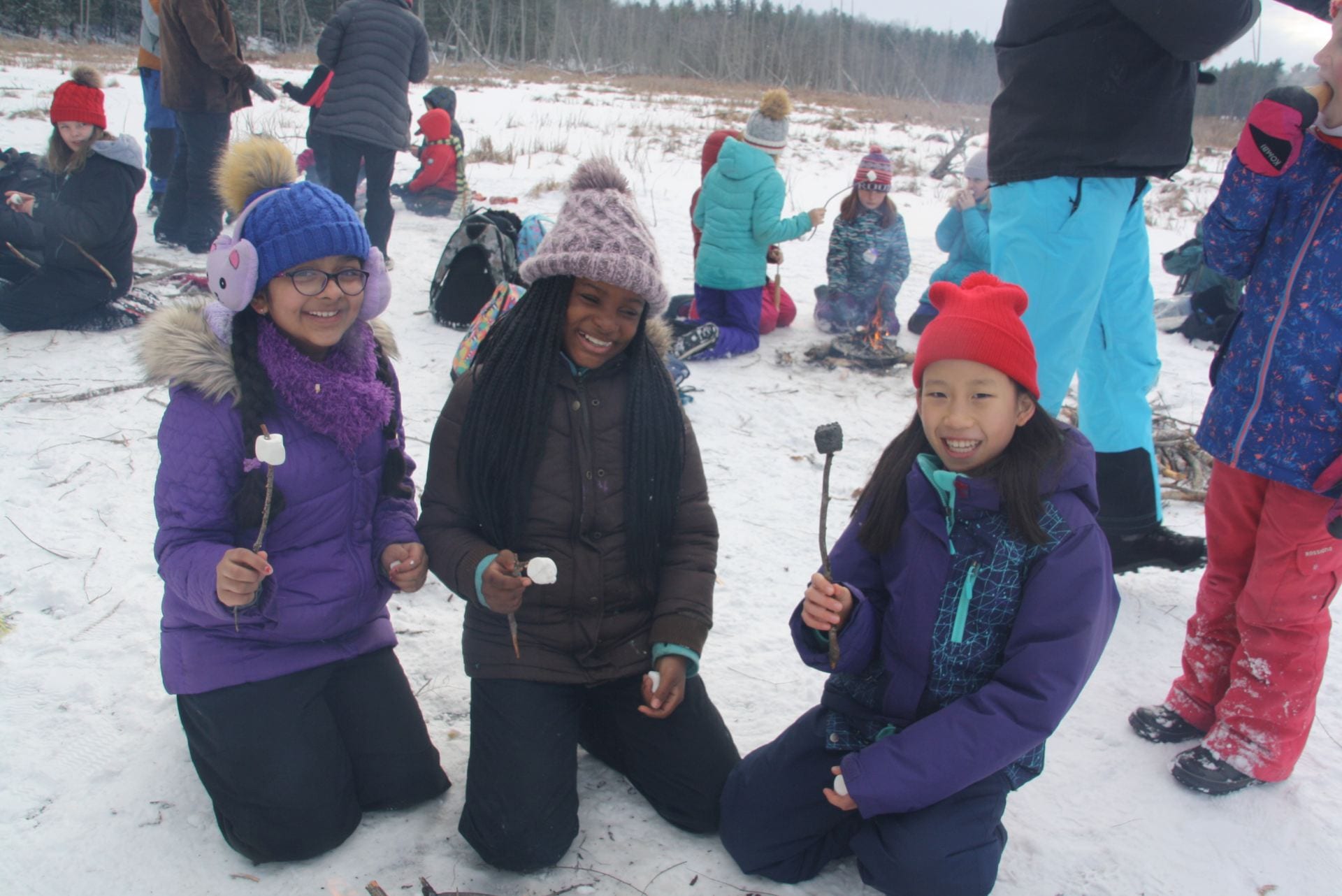
-
This just doesn’t happen in India, Zimbabwe or Korea!
-
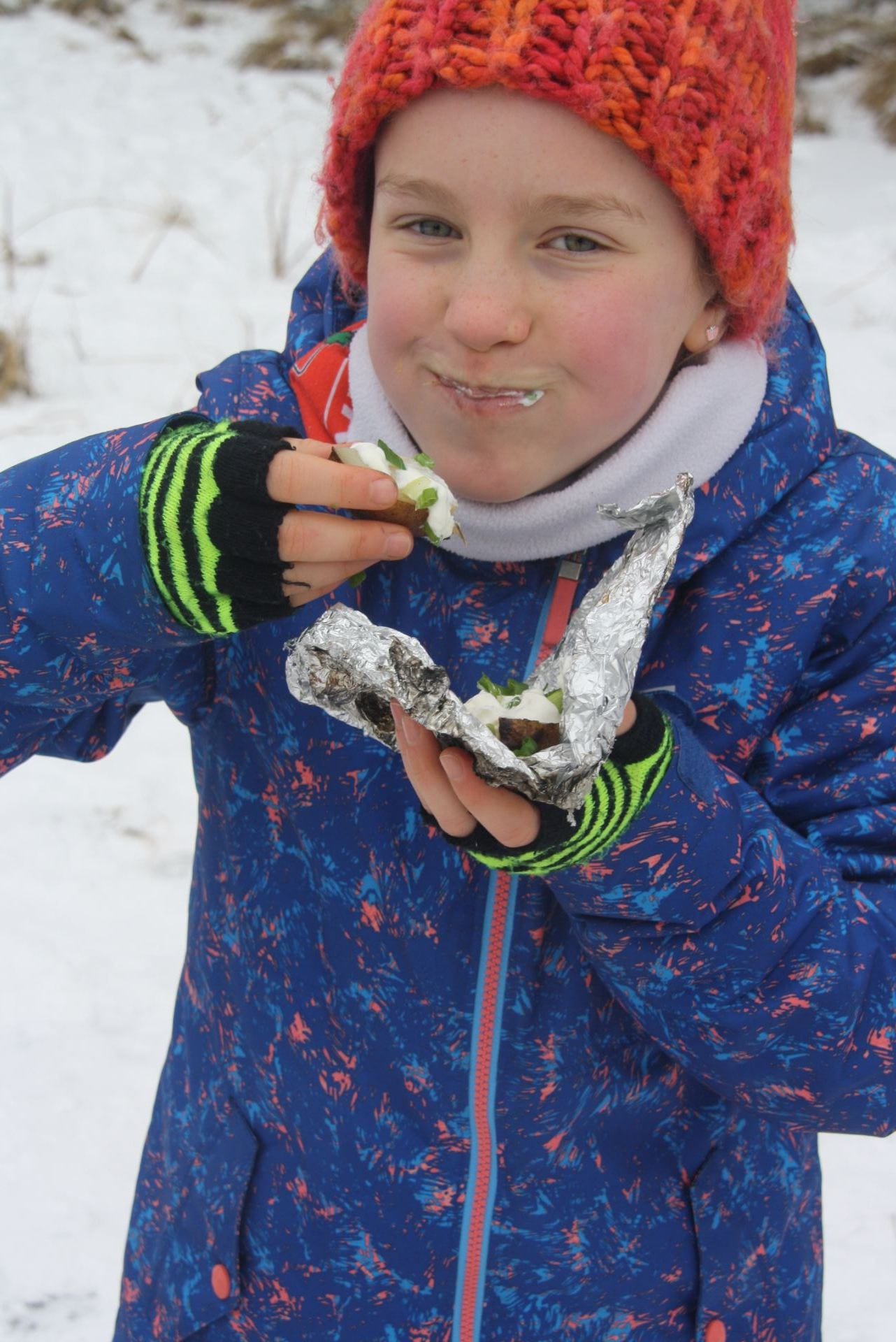
-
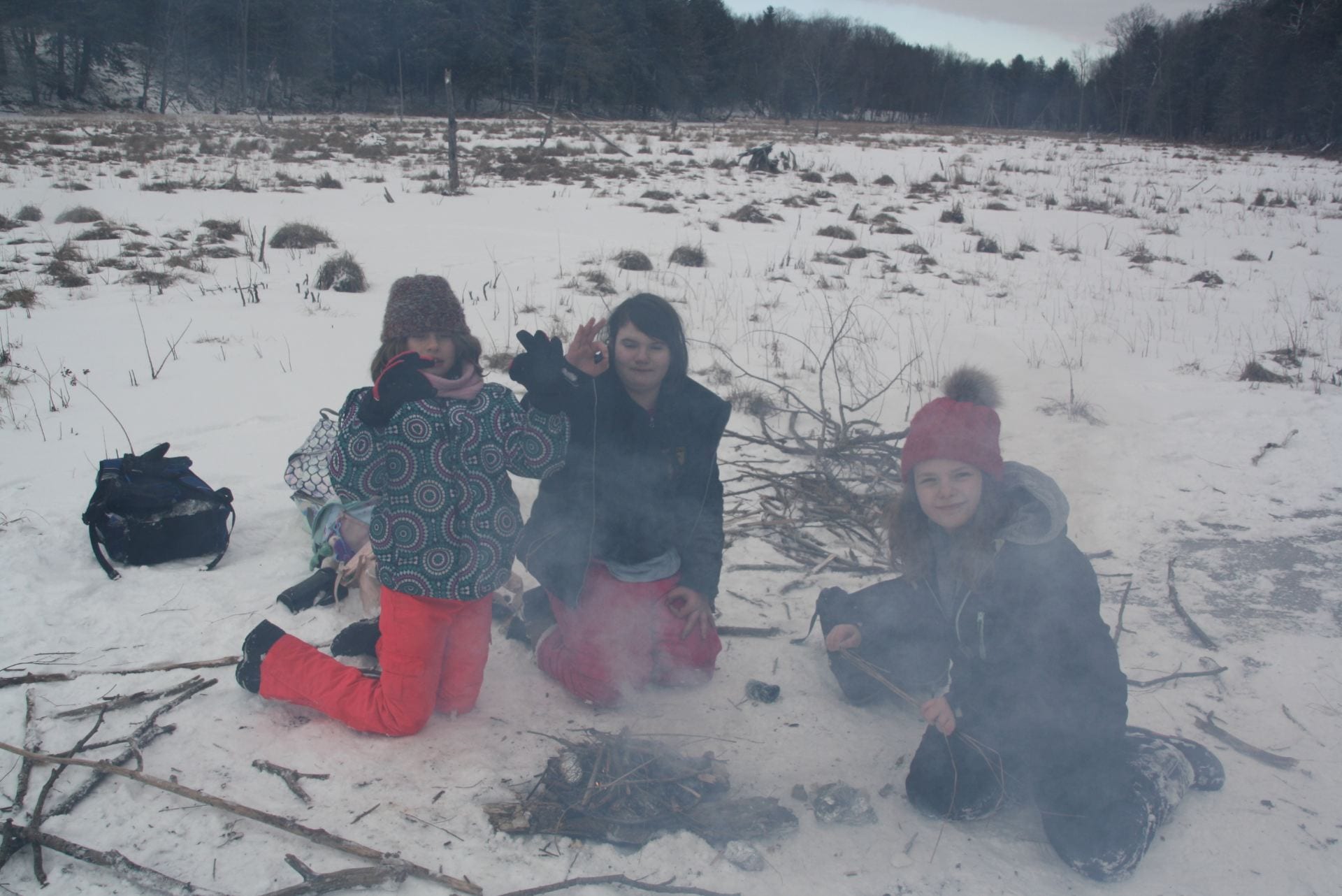
-
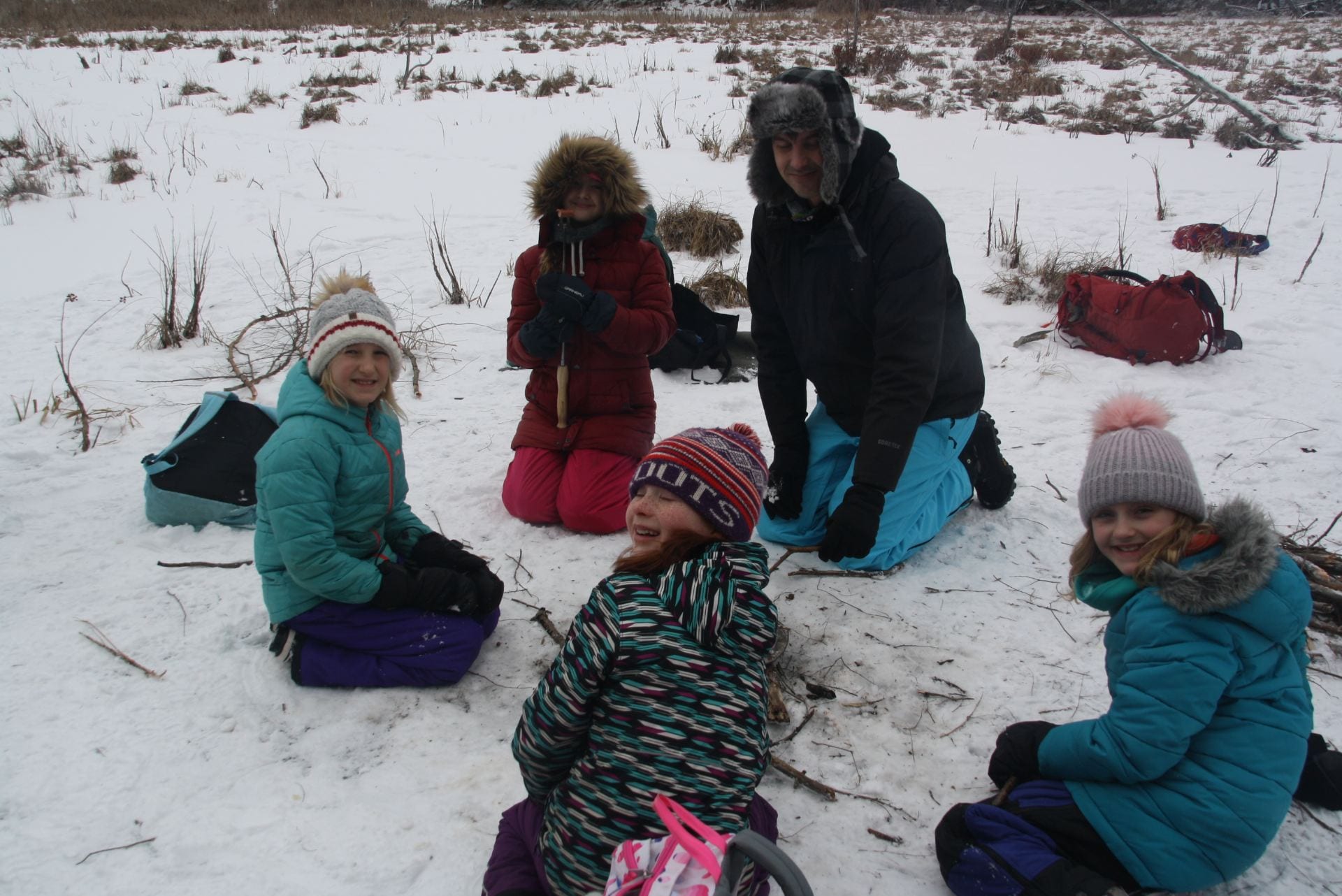
-

-
“It’s OK Mr. Caldwell, my dad says I can eat as many marshmallows as I like.”
-

-
Training the youngsters.
-
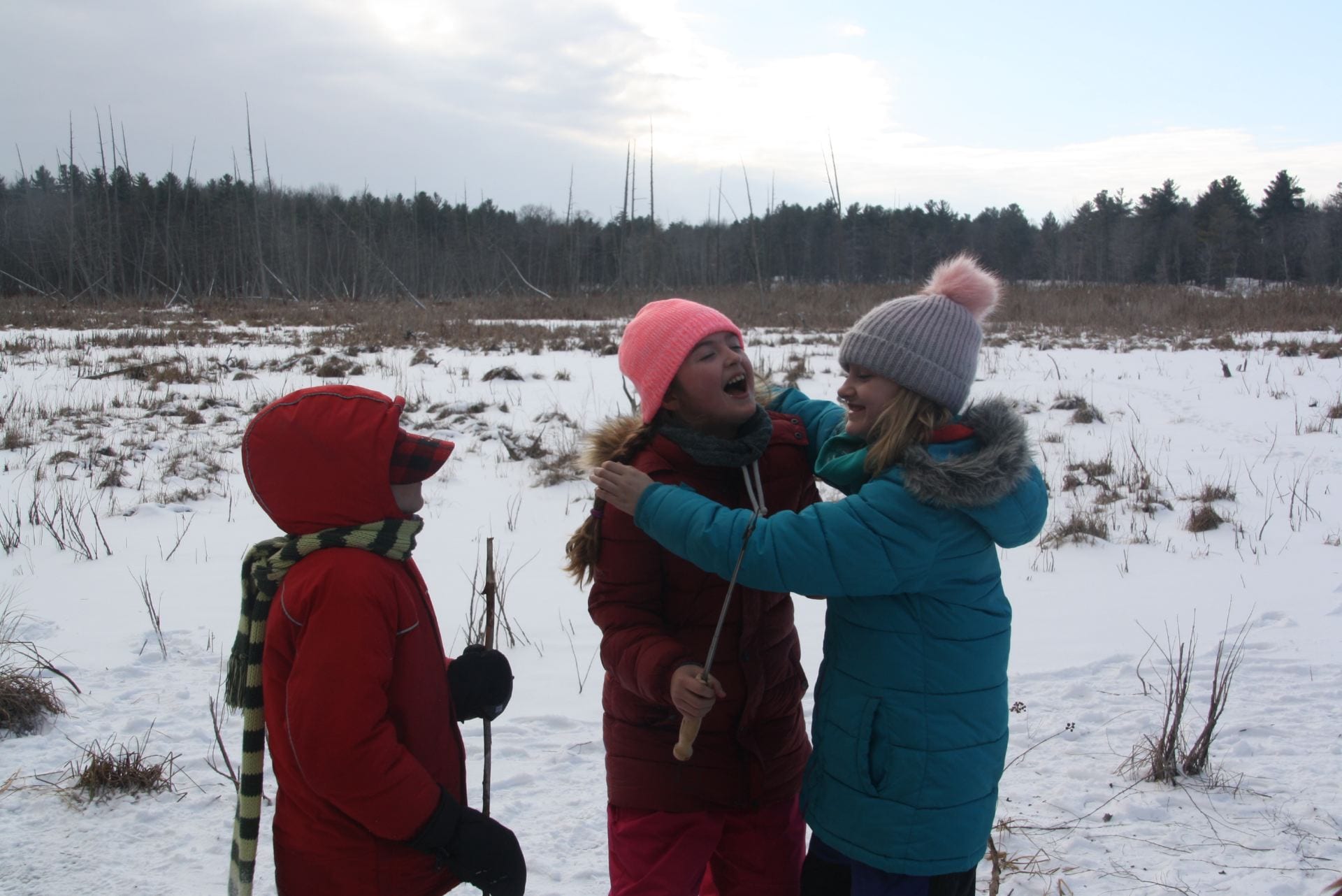
-
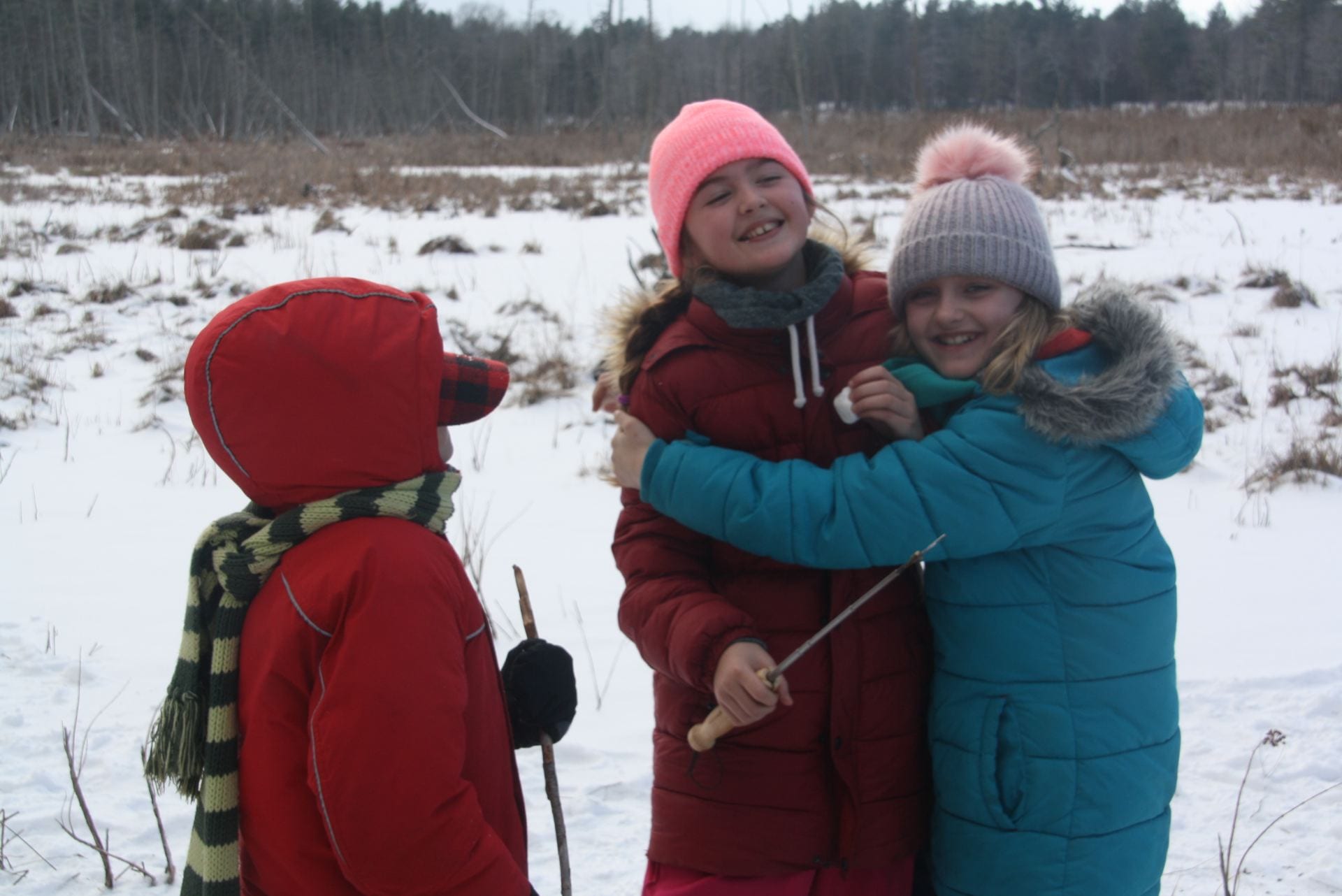
-

-
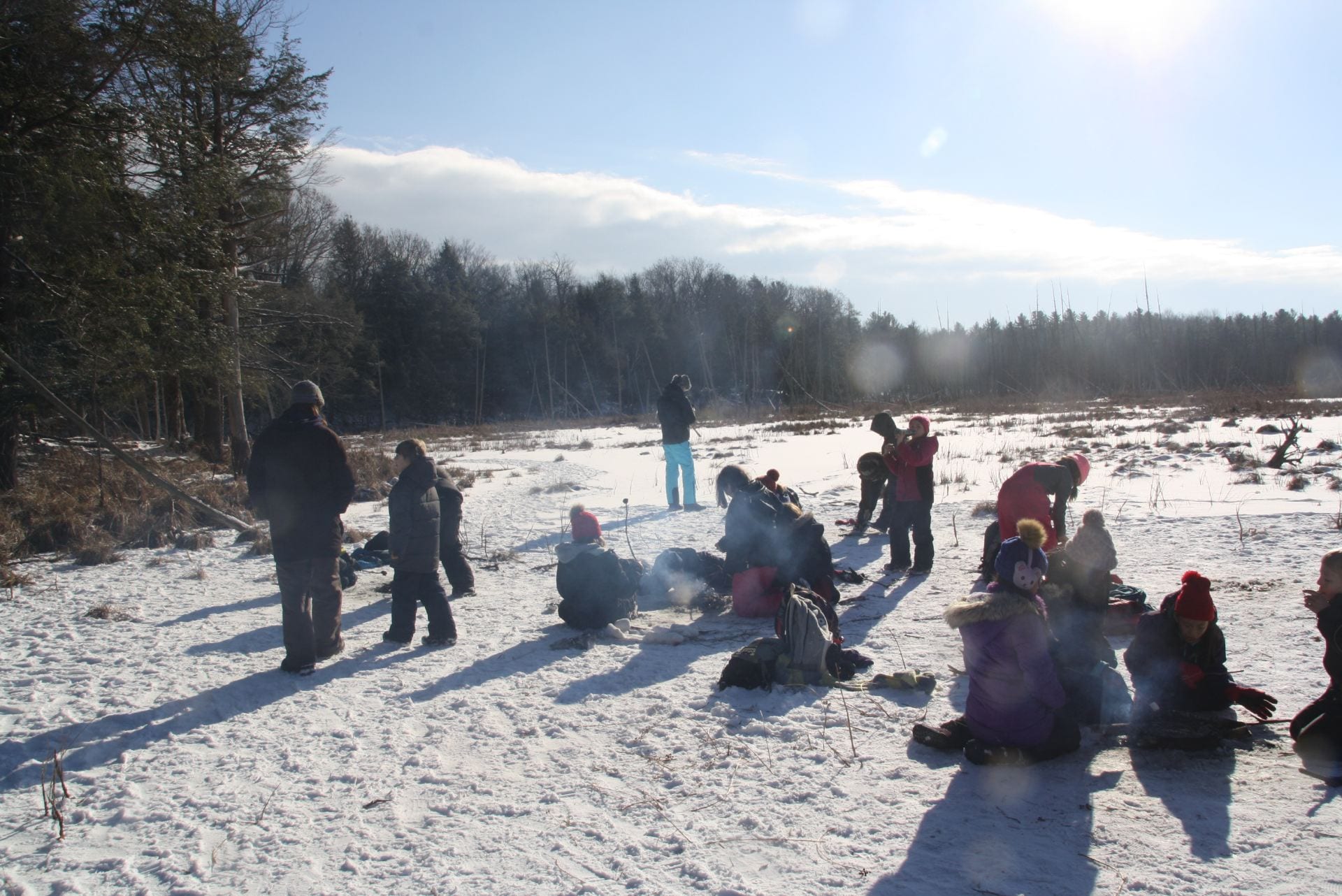
-
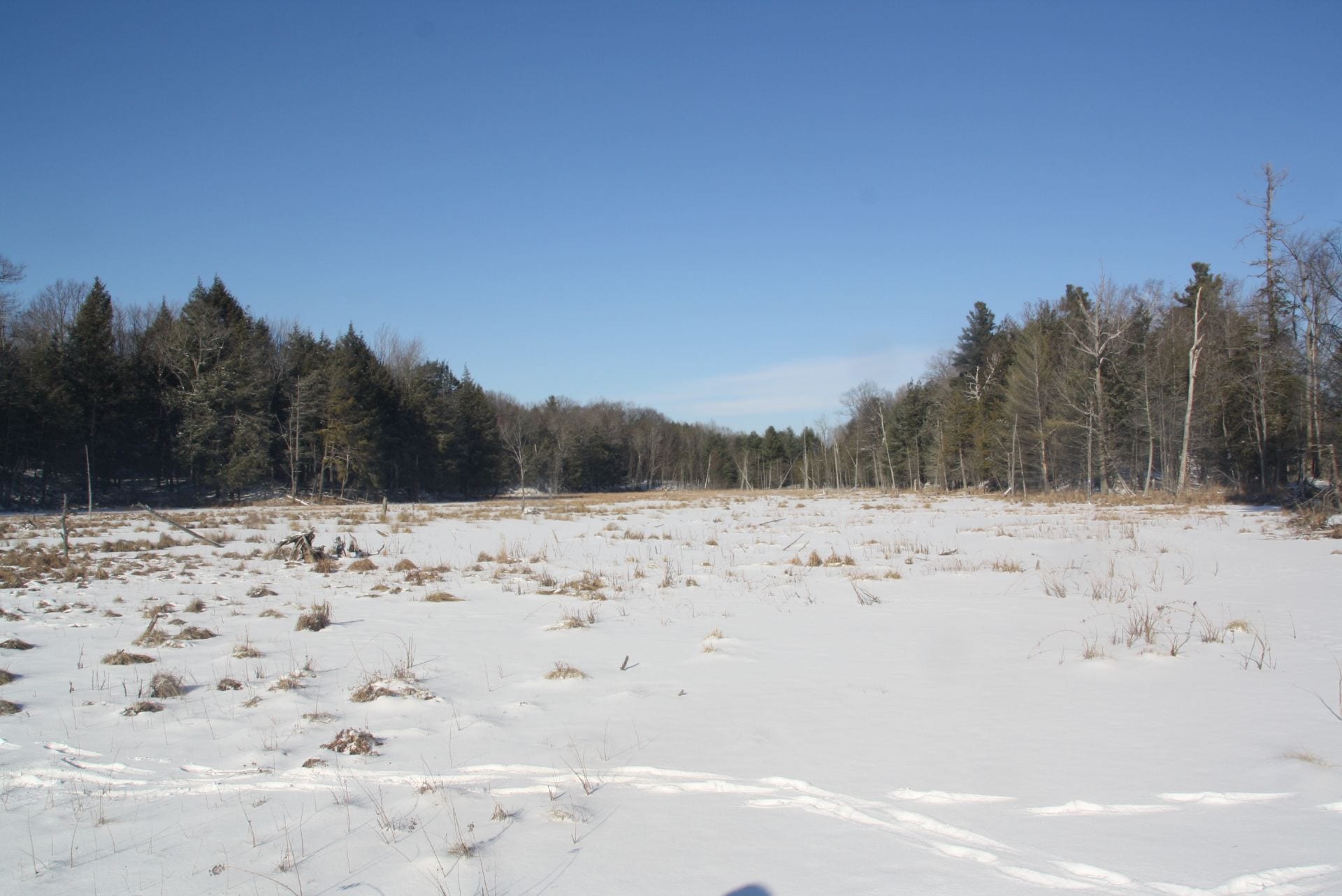
-
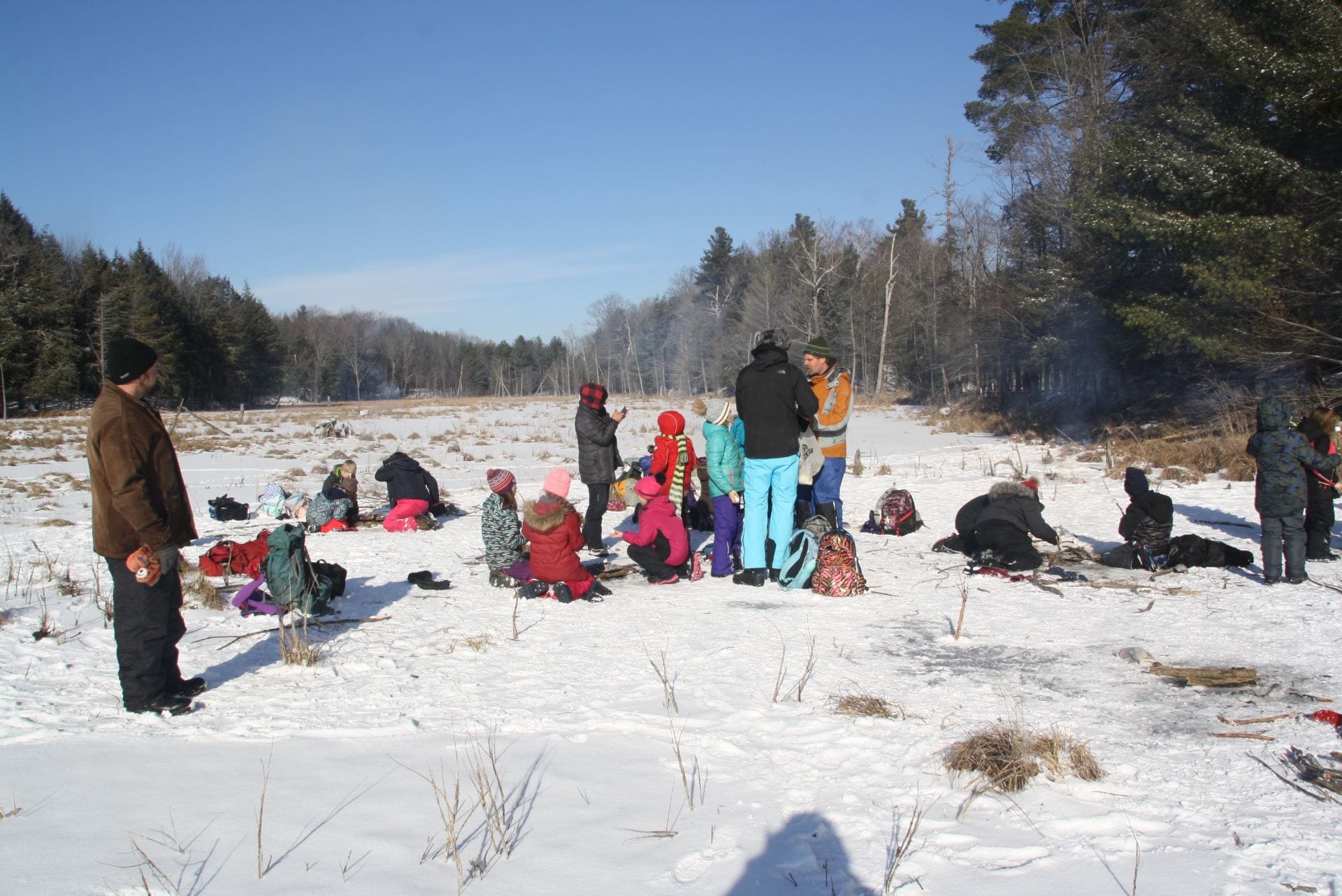
-
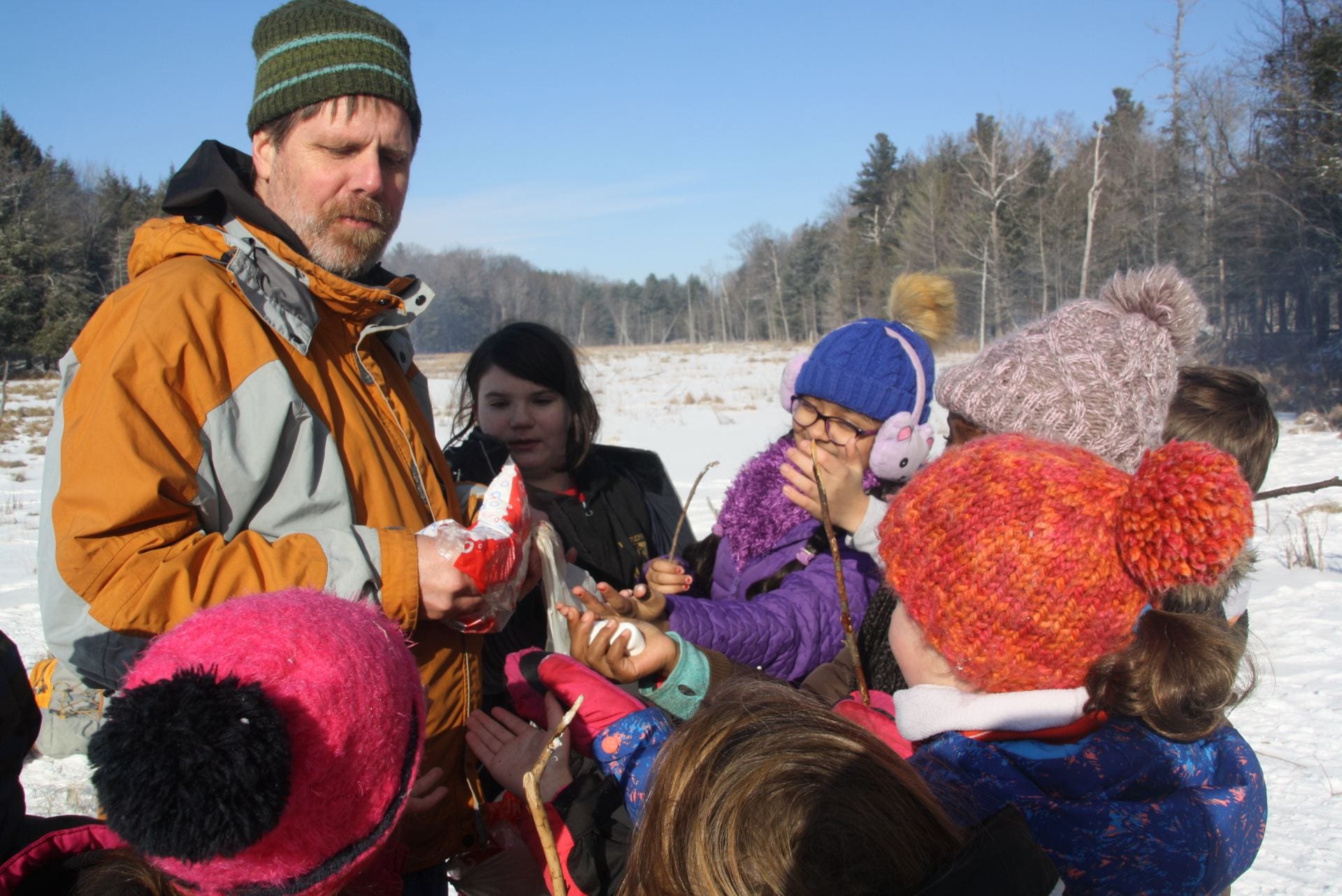
-
It’s like feeding seagulls at the park.
-
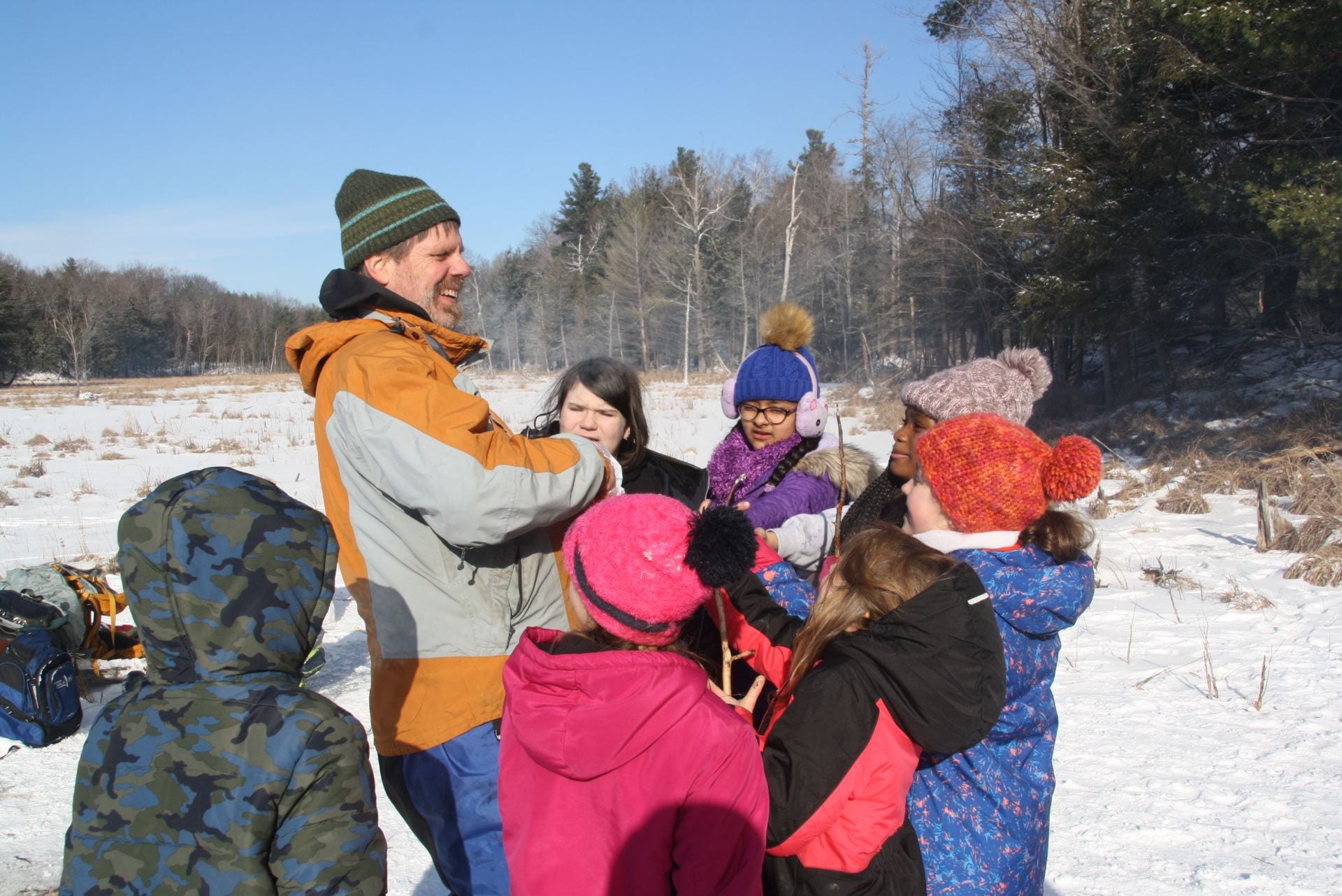
-
How to be a hero: “Fine! Eat as many marshmallows as you want!”
-

-
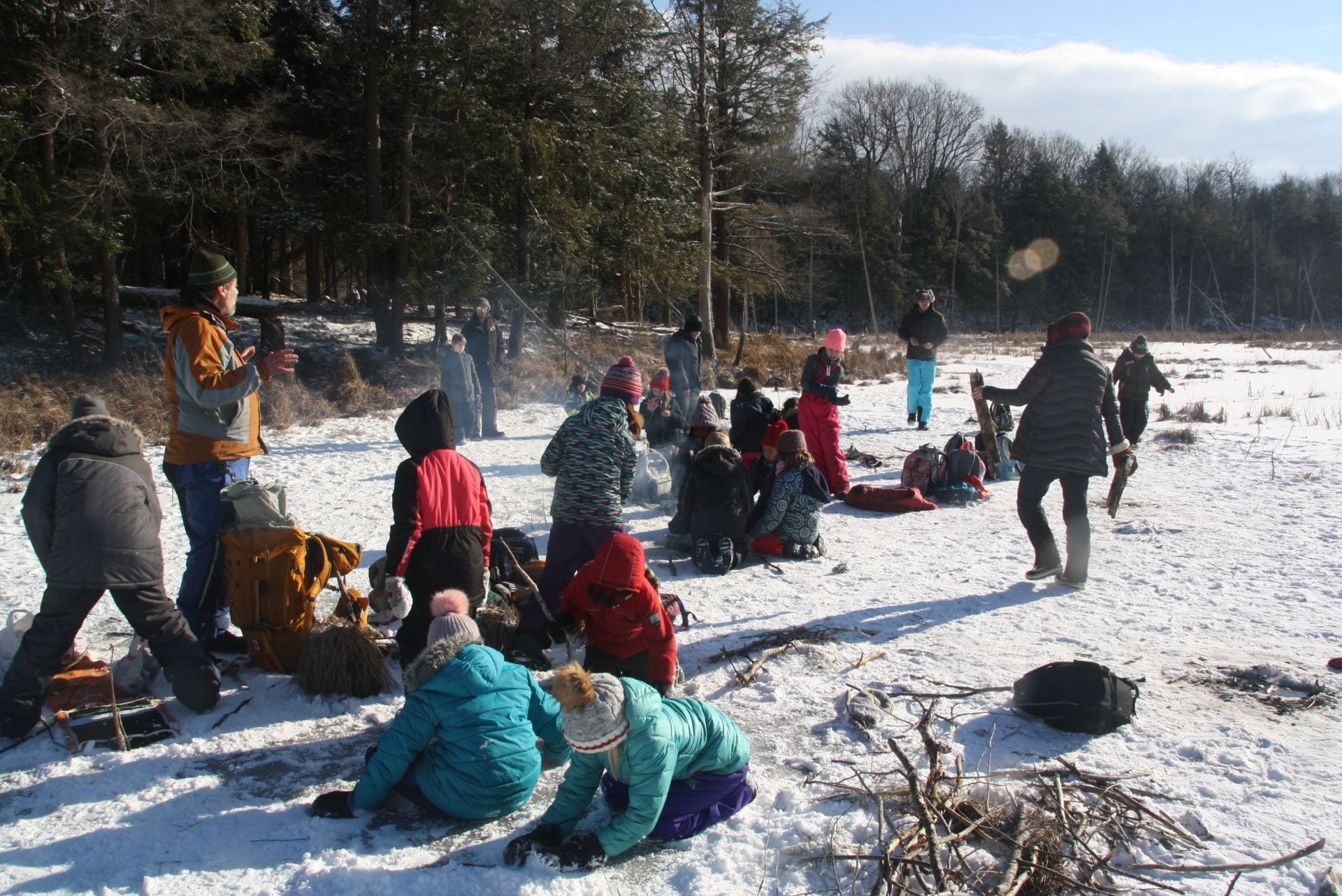
-
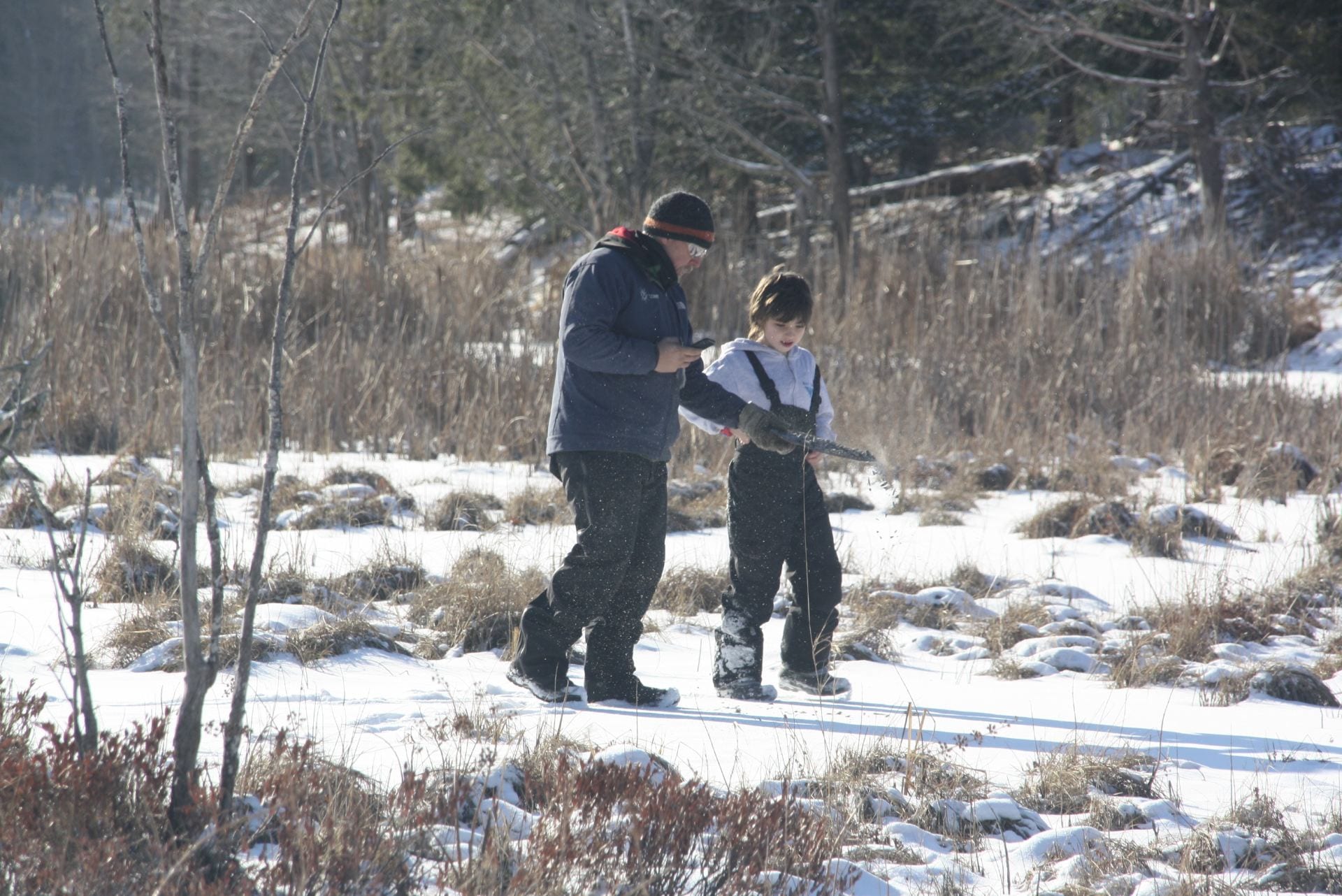
-
Zander helping to get rid of evidence of our fire.
-
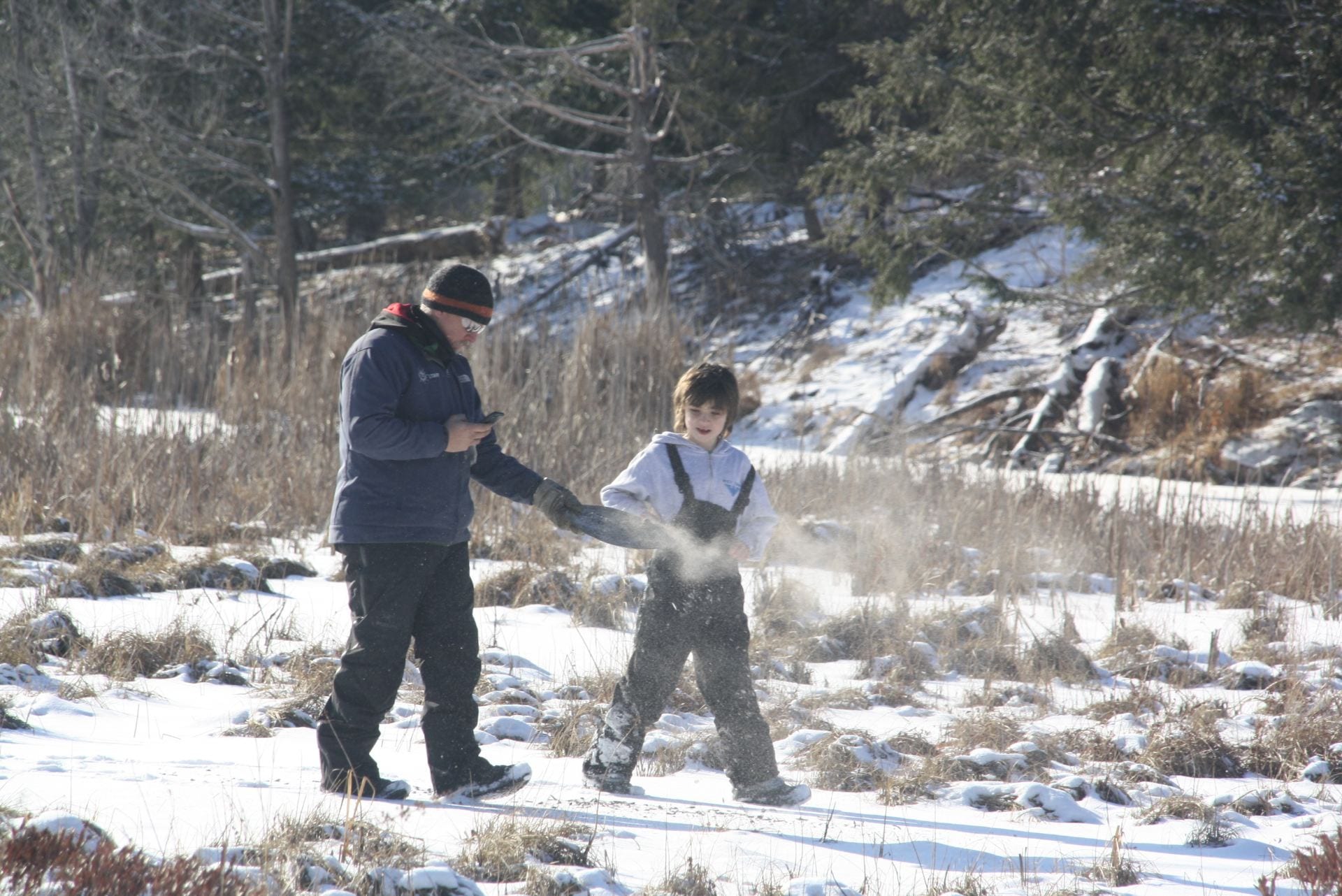
-
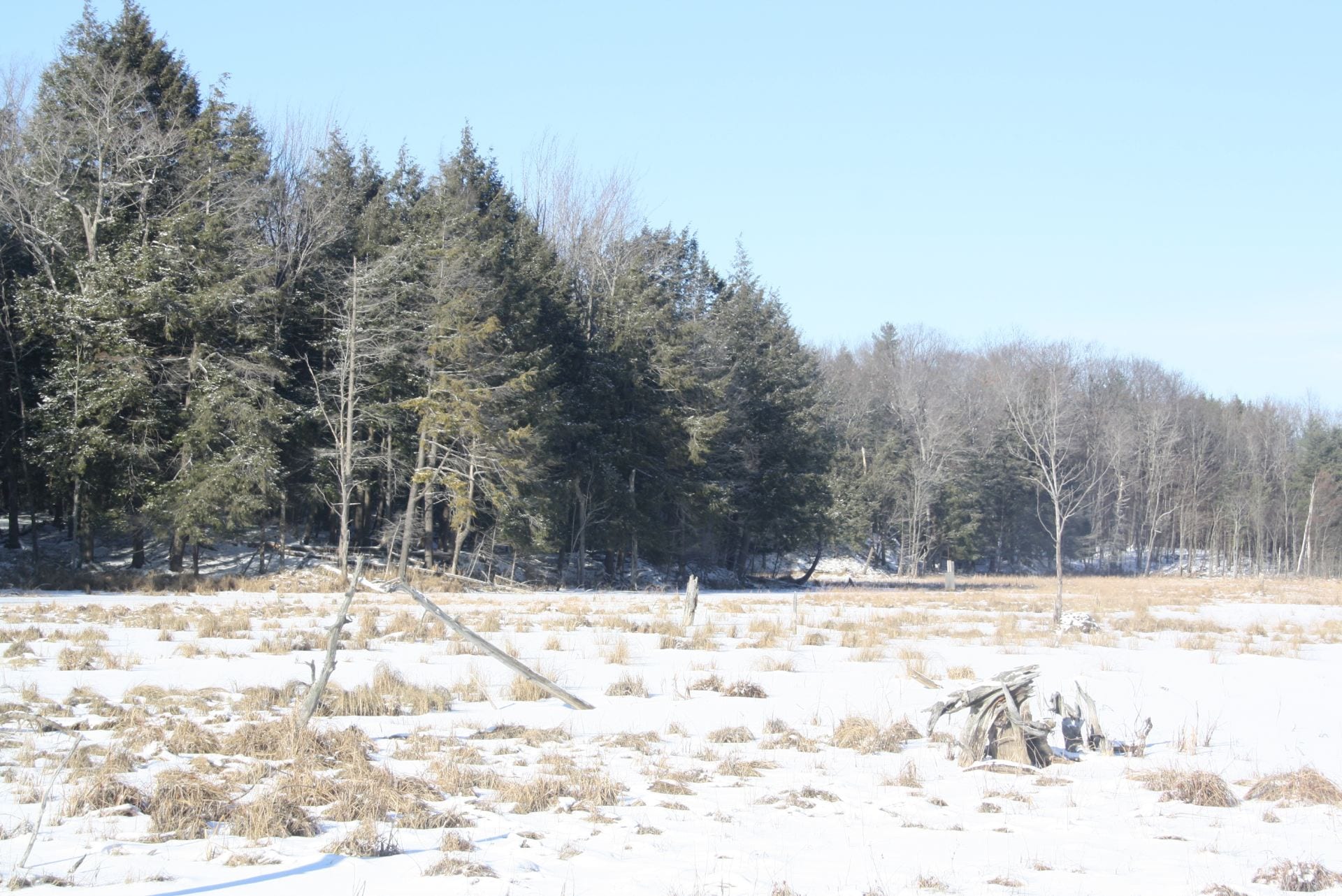
-
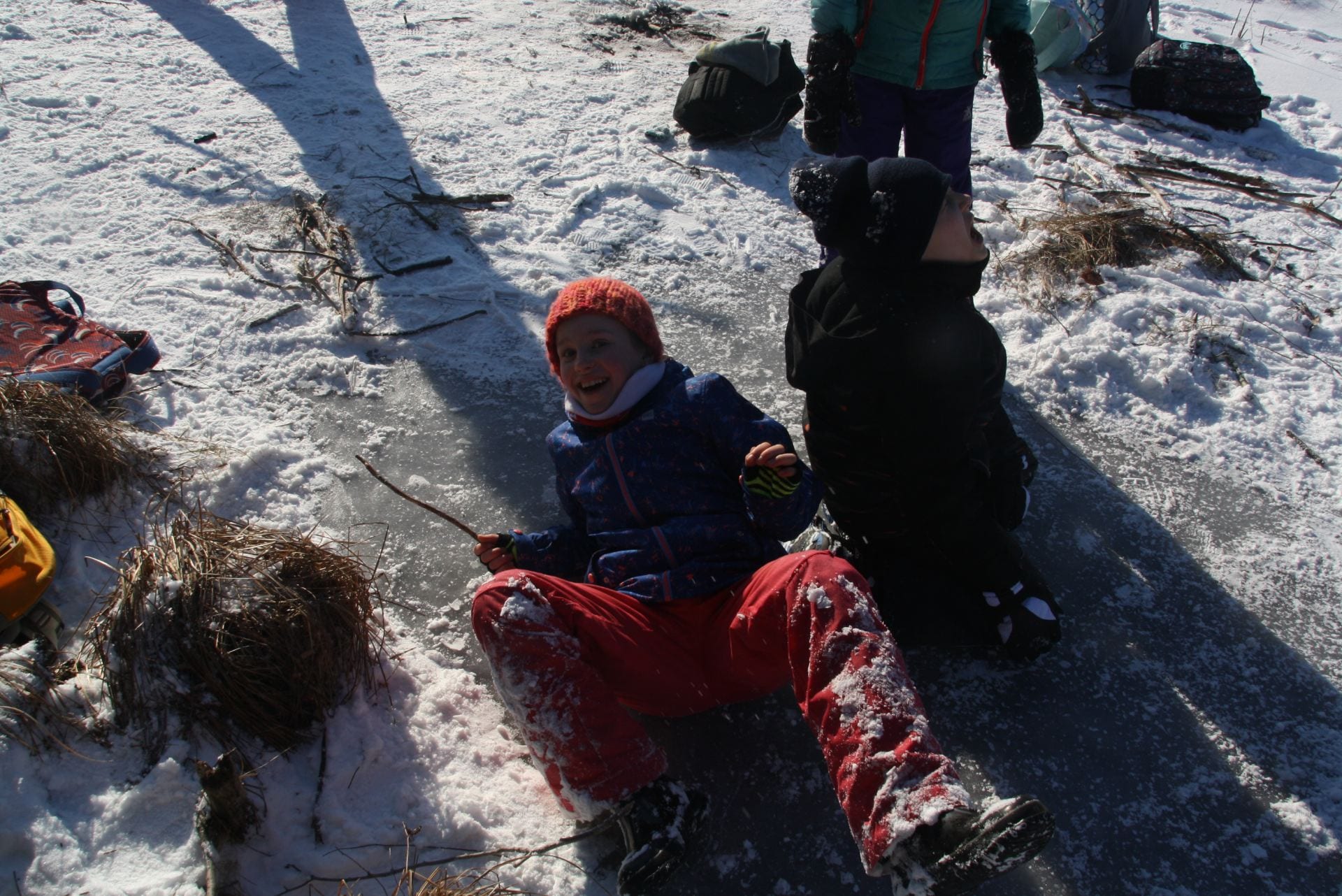
-
Post-marshmallow sliding insanity.
-
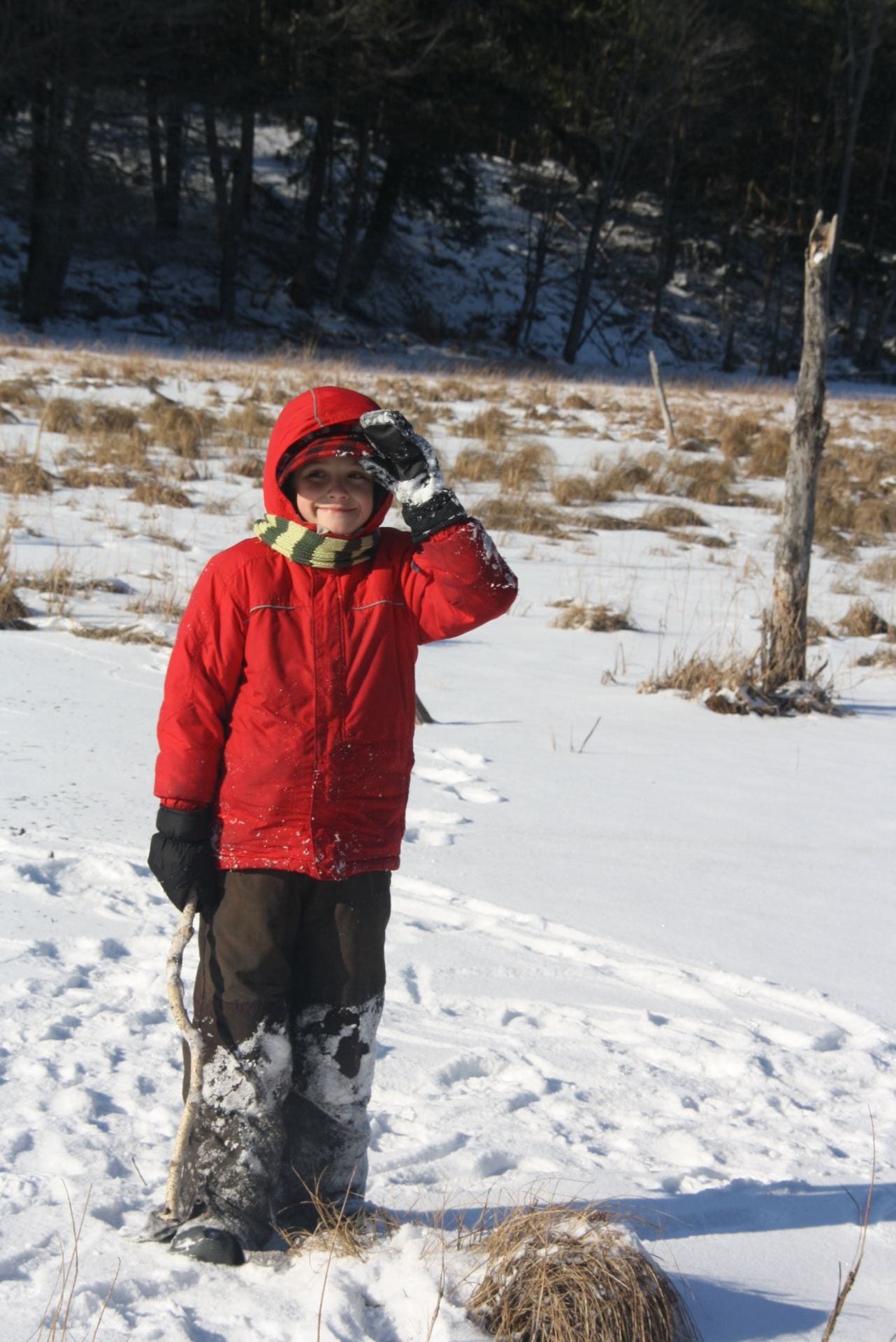
-
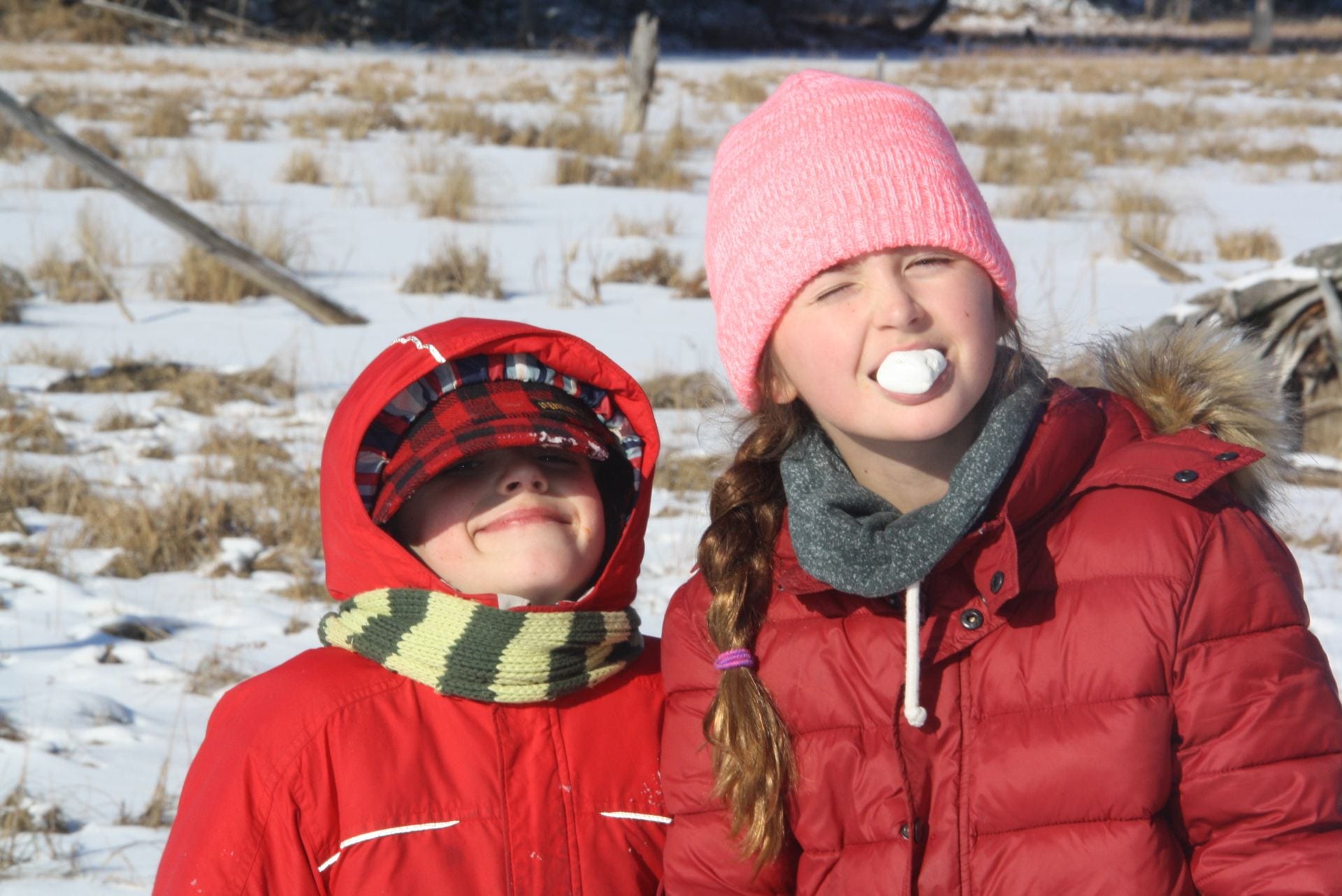
-
Olive’s 38th marshmallow.
-

-
Official expedition photo.
-
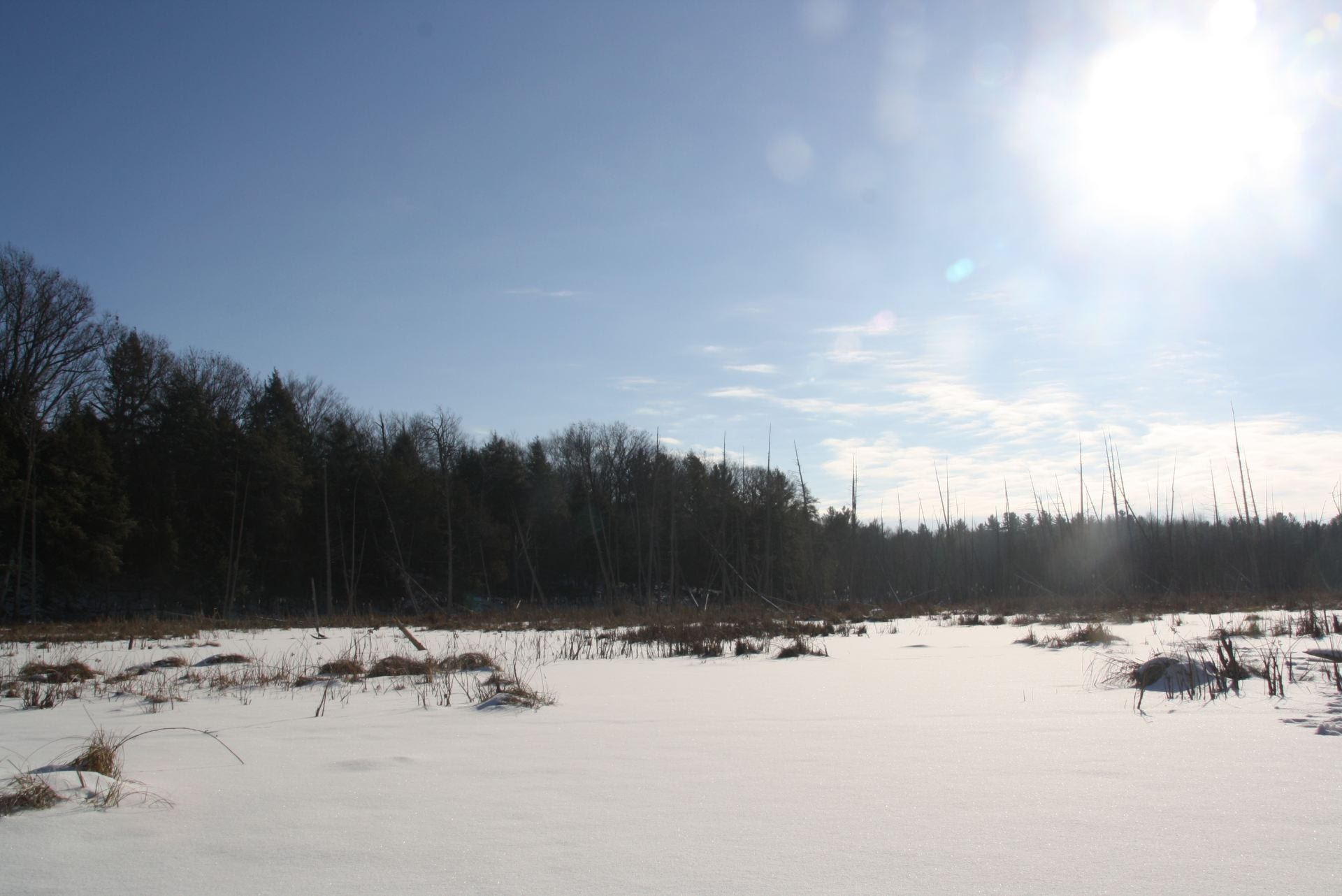
-

-

-
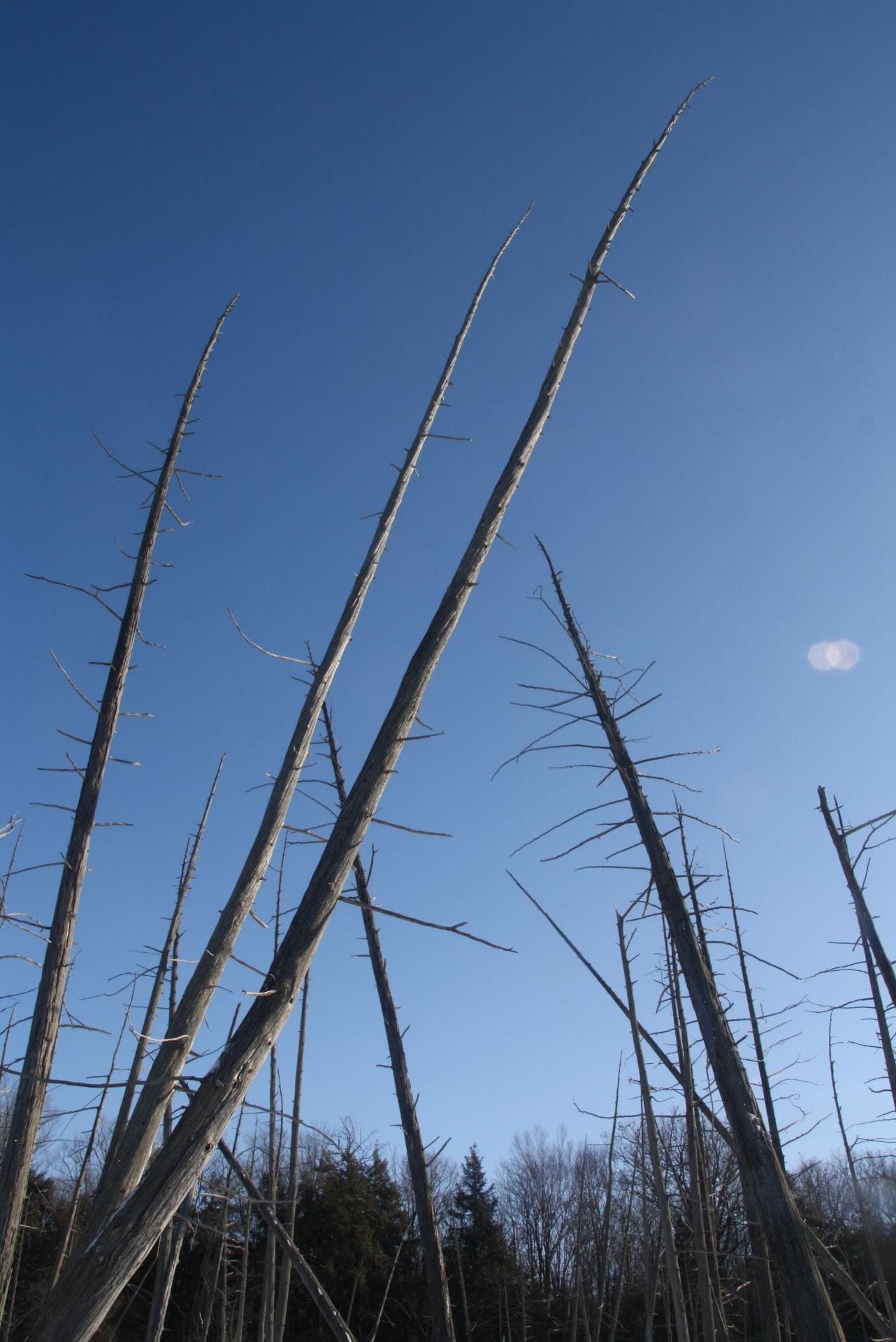
-
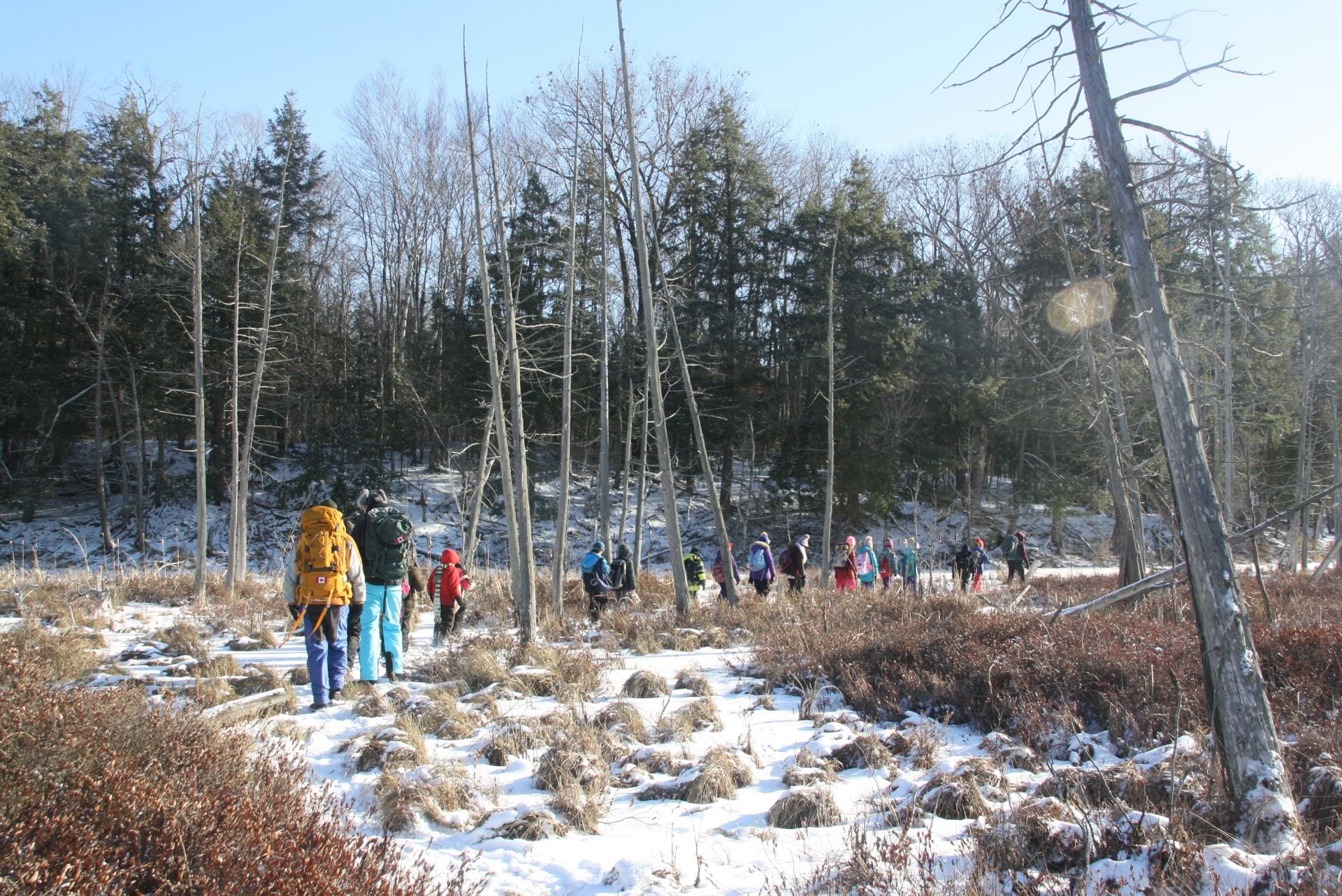
-
Very close to the spot where we forgot Lenore’s backpack.
-
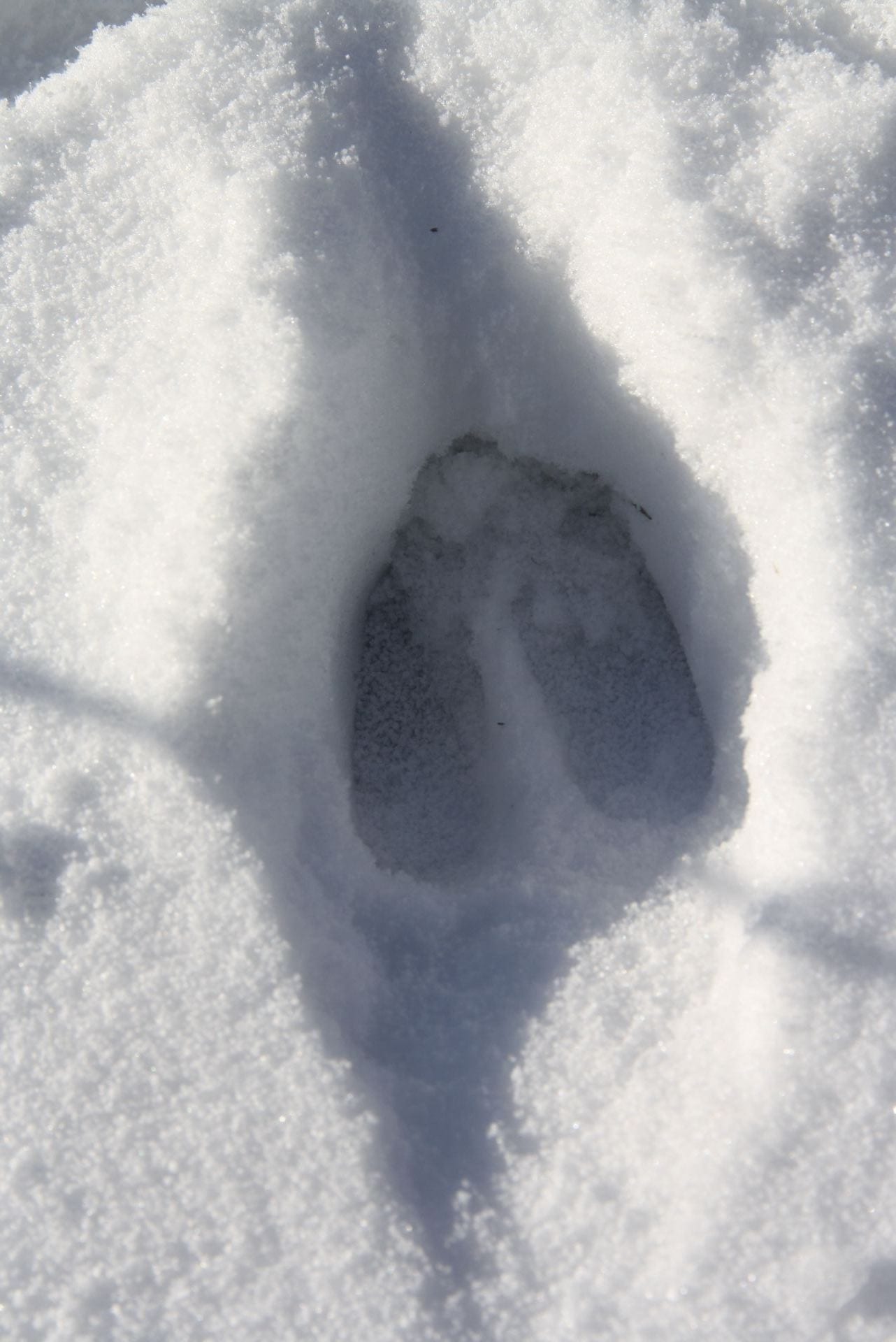
-
Deer.
-

-
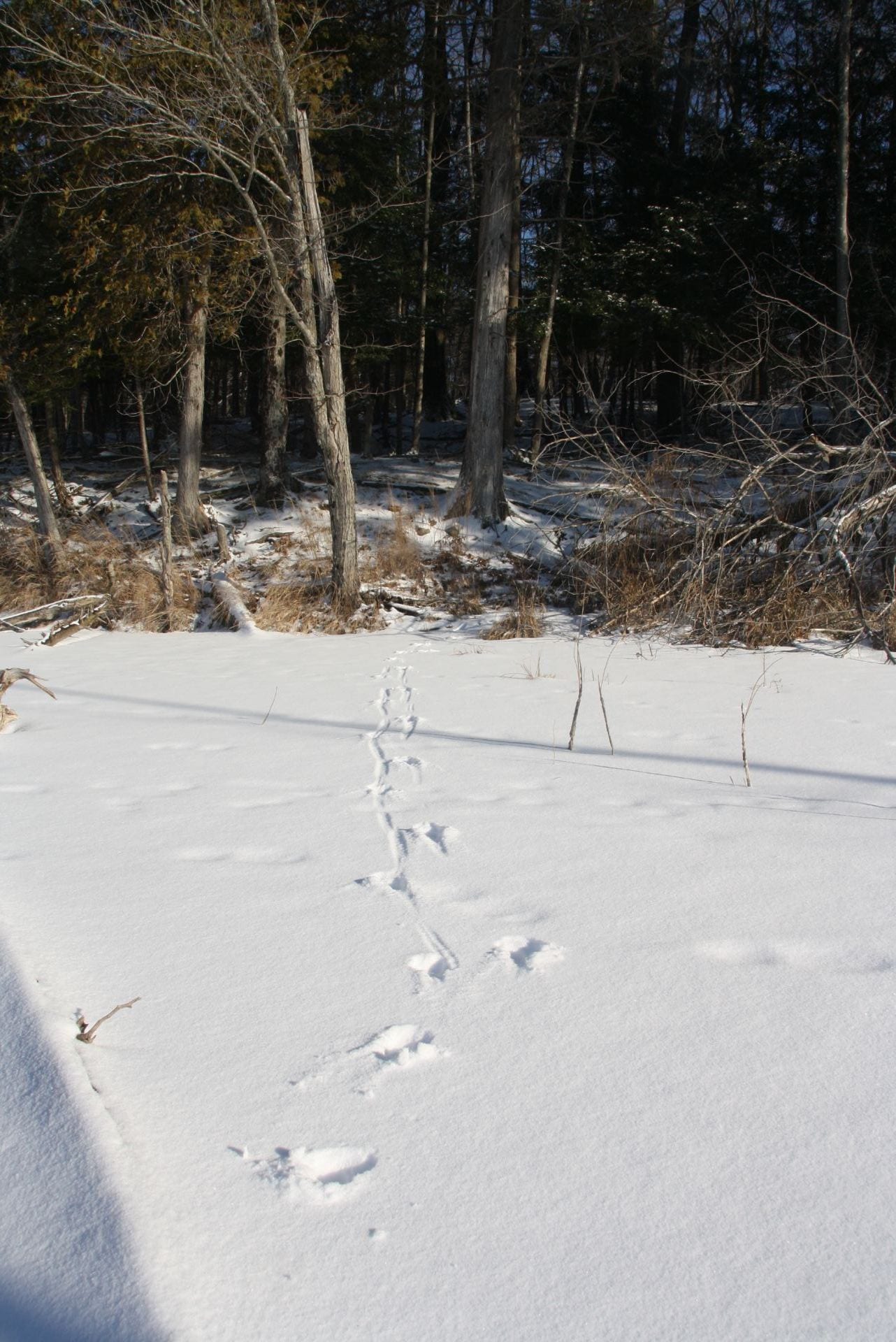
-

-

-
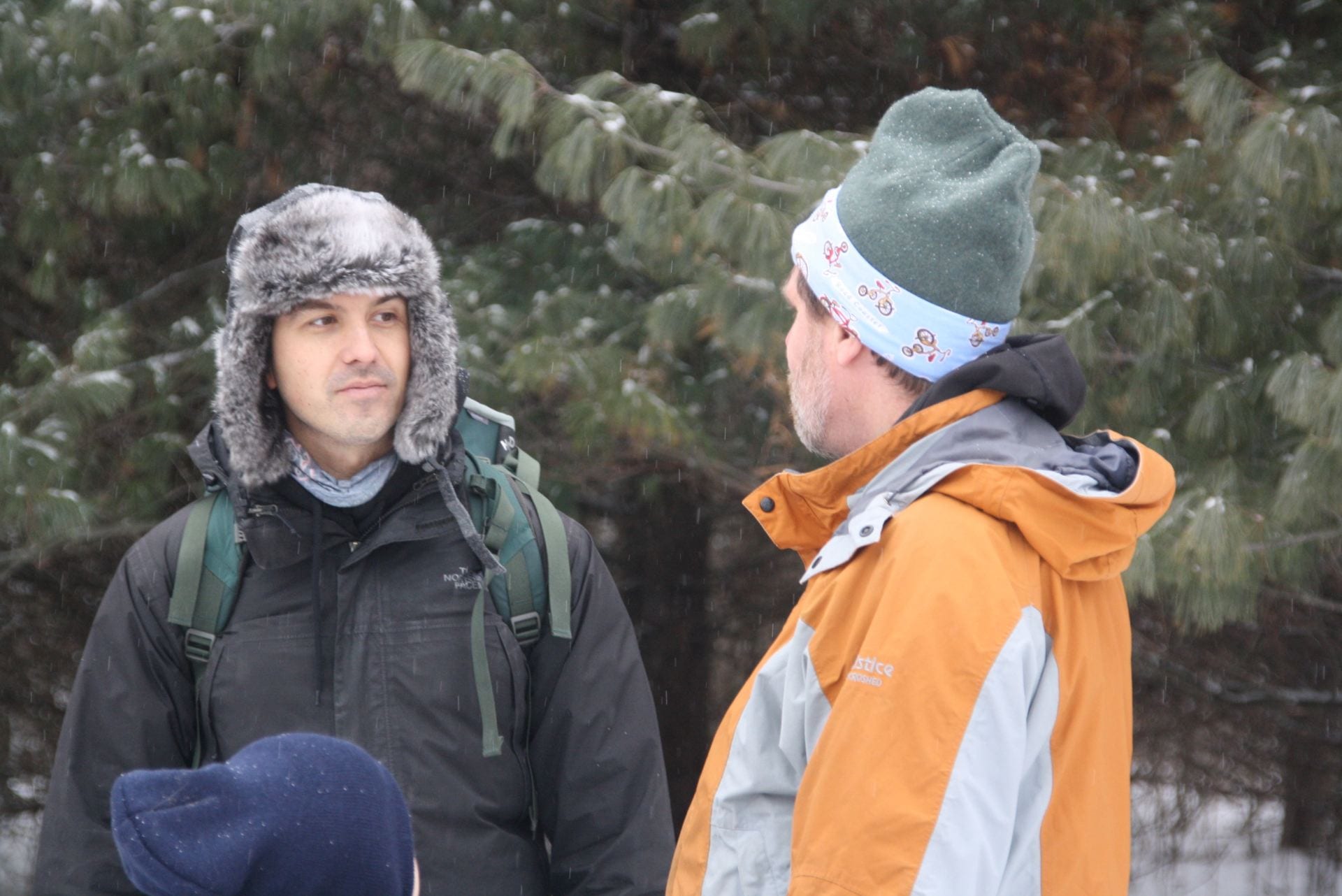
-
“Hey, nice hat.”
-
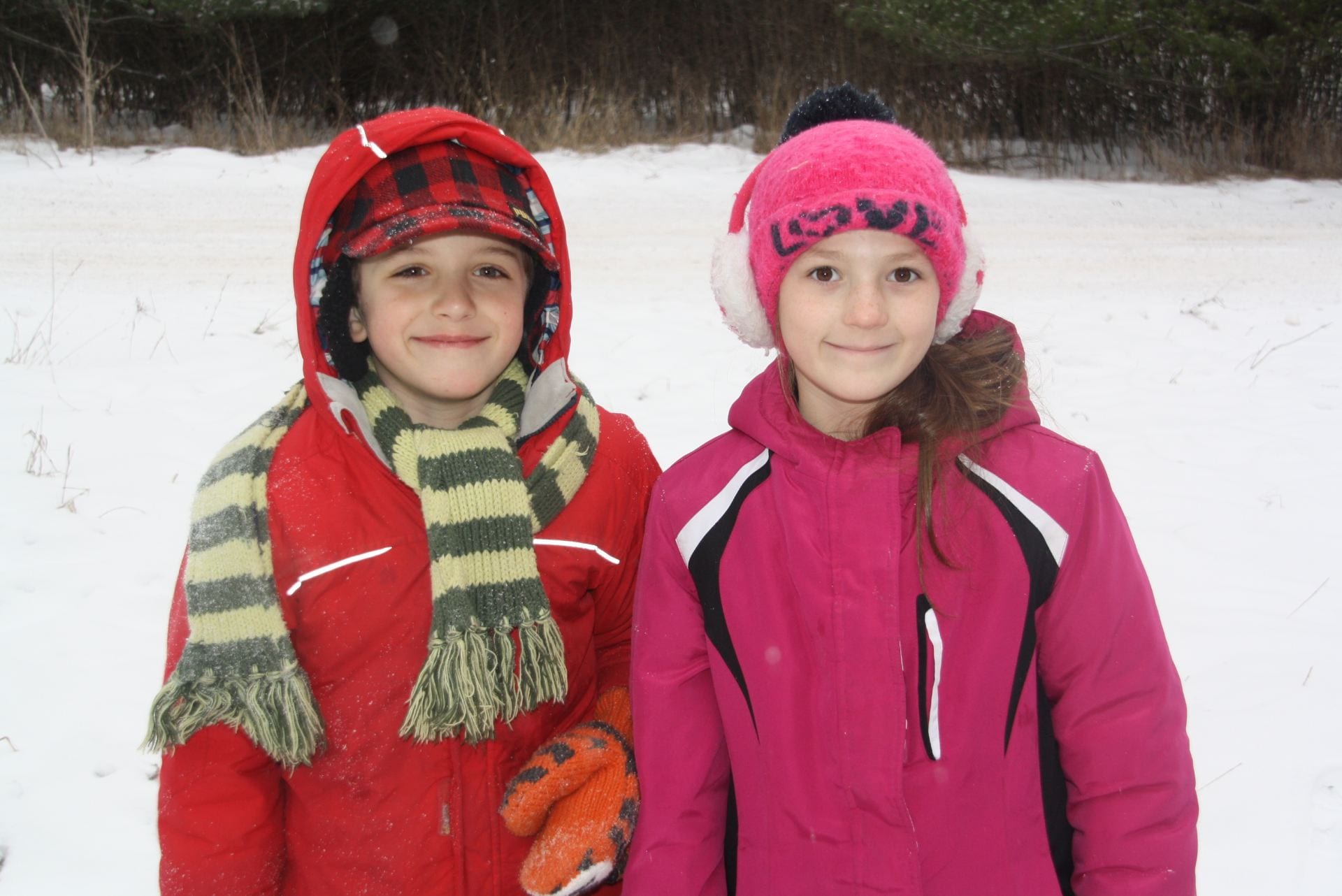
-
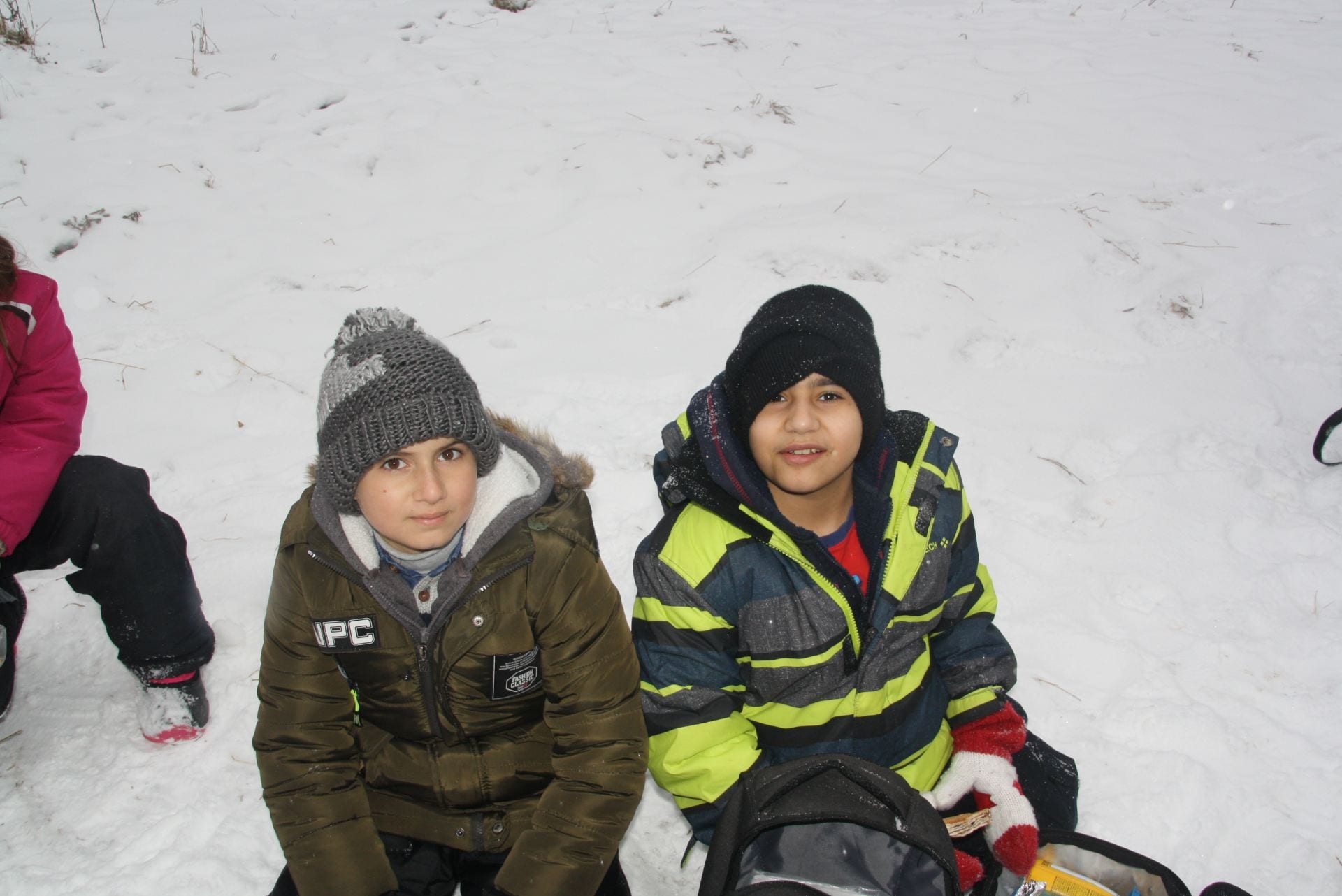
-
“Hot dogs are OK, but we prefer Shawarma.”
-

Lenore: Gould Lake was a very fun trip. I learned a lot and i’m sure almost the whole class learned something new, For example I learned how to track animals by using the prints in the snow. I will do my best to tell you everything I can remember.
The bus was awesome! Well not when Lily was complaining how hot she was and how she said “I’m going to die”. There was music on the bus, pretty good music too. I was expecting Despacito or Baby shark to come on, Thank goodness it didn’t. There was a heater right next to Lily, and Myles really wanted to sit where the heater was so they switched seats when we stopped at a school or something. Like I said awesome bus.
Imani: On our way to Gould lake we saw deer which as pretty cool because i had never seen a single deer in my life. I was surprised to see deer in peoples backyards.
When we got to Gould lake Lindsay was already waiting for us. When we were all out of the bus Lindsay took us to the start of the trail which is were Shawn met us. We did rules had a snack then Shawn told us about what we were going to be doing and that we would not always be on the trail.
Annie: Once everyone was of the bus Mrs. Byers class went the opposite way. Our guides were Lindsay and Shawn. we went to a little area were we had a little snack. We also got into a circle and Lindsay talked about safety. Then Shawn took us on a small hike because we just did a loop and ended up where we started, It was funny.
Lenore: I kept looking at the trees low enough to make a roof over the ground with their branches to see animals or something weird. Glancing at the woods was a rush enough but going in it would just be creepy, don’t you think?.
When it was time to go in the woods I felt weird, creeped out but ready. I charged into the woods, tripped on root and almost fell. I looked up at the sky, almost all of it was lined by the top of Pine and Oak trees, it felt sort of comforting. The longer we walked in the woods the more it felt like it would never stop, Like an endless pit and instead of falling we were walking, like zombies through the woods (or it’s just me being over dramatic).
Eric: Then we started hiking through the forest. We were walking on a trail with lots of ash trees that had a lot of thorns on them. We stopped walking and Shawn–Shawn is another person who works at Gould lake– started talking. He asked, ”Why do you think the ash trees are prickly?” Someone said it was so animals couldn’t eat them. Then shawn asked “what animals might the ash trees be useful to?” Someone said, “A bunny.” Shawn said, “Bunnies would be able to get through the ash trees without getting a thorn in their fur because the thorns are not on the bottom of the ash trees so they can hide from predators”.
Olive: Shawn went into them and started talking about thorny ash trees and who would live in them. We guessed it right away. it was the rabbit or Hare because it was so low. When you went down while you couldn’t see any of The Thorns so they could just bounce around and around all of the trunks.
Imani: Shortly after we left we came across a hill. Shawn said we could slide down if we wanted. First was Isla, and I went next. The way down was longer than i expected. When we got down Shawn told us to line up in front of him.
Annie: A few steps later we came to a hill he told us “at this hill we can slide down it but you can only go down it on your bum no running and sliding on your knees”. So he went down the hill. Next was Isla then Imani then it was my turn. I slid down the hill behind me was Finlay. Once I was at the bottom and looked up and they were still going down and Olive was right behind Finlay. Then there was a whole clump of people.
Olive: Shawn said “there a big hill up ahead you may slide on your bottom to get down or walk down on the side of the hill but please don’t run and slide down on your knees”. There was five people in front of me. On my turn I went super duper fast and I bumped into the person in front of me which was Finlay and then I pushed her to make her go faster and it made a whole clump of people. When we got down we started walking there were still people coming down the hill so we had to wait a little bit. (oo I didn’t tell you we were walking in a single file line, sorry)
Lenore: Not long after we stopped at a tree. This tree was an oak tree and it looked thick and wicked, It had lighter wood at the bottom of it because it didn’t get much sunlight there. Shawn talked about how “it’s so big because this place used to be a wide open area”. I thought this tree was interesting so I decided to give it a name, the most epic name ever….Dave!.
Finlay: Shawn told us about birch bark. Birch bark can get a kind of fungus on it. When the tree dies and the bark falls off the fungus can get on the outside of the birch bark. Shawn said if you cut the fungus off the bark and cut it in half then light it on fire. put it in a bag full of a type of clay then the fire will be there for a couple of days and you could have your very own fire starter.
Addy: A little while later we came across what we thought were bunny tracks but Shawn told us They could be squirrel tracks and then we figured out the squirrel had come down a tree across to where he thought his nut was, dug a hole found his nut ran across and ran up a tree. Then Shawn told us that the squirrel had two long feet and two little feet, the little feet where the feet in front and the long feet were the feet in the back, but the back feet normally show which way the squirrel was going because if the squirrel was going to the left his front feet are normally pointed to the right! Shawn also told us that squirrels were like bunnies they were Hoppers which means they hop they don’t run and they don’t spring.
Lenore: Tracks are cool. I’ve never really liked or thought about tracks until during, and after the trip. So after the first stop about 20 or 15 minutes later we came across squirrel tracks. I think it was Lindsay who talked about the tracks, she said that whatever made the tracks was “A hopper”. We suspected that it was a bunny but than she pointed out that “It was digging, so it might be a squirrel”. At that point my legs hurt and probably everybody else’s did so we didn’t really put anymore attention into it.
Addy: We kept walking then we stopped and Shawn showed us a marsh And it was frozen. He told us that we should only go out on frozen water when we knew it was safe it might not be safe to walk on because we could drown if something went wrong. But Shawn said that it was safe so we walked out on it. And then we made a big circle in the middle of the marsh. Lindsay went into the middle of the circle and told us how to make a fire She said first you need two big sticks to put on the ice parallel to each other. Then she said you needed a pan and so we put pan on the two big sticks. Then we made our fire on top of the pan. First we took our birch bark and put it on the pan then we put little tiny sticks that would catch on easily we kept putting bigger and thicker sticks until Shawn came around and lit our sticks on fire so we got to eat.
Finlay: Lindsay said grab two big sticks so your pan is not on the ice. Then you should grab some sticks that are like hairs. Once you’ve done that put the birchbark on. But before you put your food on the fire you have to wait for the birchbark to turn into white ash because the smoke in the Birch bark is not very good to eat. She said you have to grab pencil-sized sticks marker size sticks and sticks that are as big as your thumb. If the sticks are bigger than the pan then you have to break the sticks.
Cassie: Fire: to make the fire you have to put sticks and birch bark. We went to the woods to get sticks. We made the fire on a icy lake. The birch bark was on the bottom and sticks on the top.
Leianah: We built our fire on the lake. Brayden collected wood for the fire. Nicholas kept the fire going with the wood Brayden brought back. At the fire i cooked the potatoes and Cassie cooked the hotdogs for our group.
Addy: Mr. Caldwell came around with potatoes and put them in the sides of our fire. Then we all got one hot dog and I put mine on my stick it took a while for it to cook over the fire because my hot dog broke in half, I had to stick it on a funny way. After my hotdog was cooked I put it in a bun but when I was opening up the bun I opened it the wrong way so I had to make a hot dog sandwich.Then I had two more hot dogs when I was finally full of hot dogs I ate my potato. It was really good, I put some butter on it and it tasted even better.
Cassie: I didn’t eat the baked potatoes because I was full of hot dogs. I only had one hot dog and I only cooked 2 for Brayden and me.
Addy: Then Mr. Caldwell gave us marshmallows. I wanted more marshmallows so I asked him for more and he gave me more. my first marshmallow I burnt the skin off and then I cooked it more and ate the whole marshmallow and I had a few other marshmallows. They were very yummy.
Lenore: Lunch was GOOD (maybe because I like food). Nick had hot chocolate but I couldn’t get any because I had nothing to put it in so I just sat on the ground and ate the snow. My lunch was epic, no healthy food though, so heck.
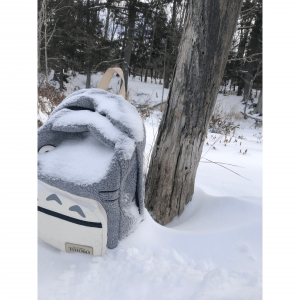
Lenore’s backpack (containing her glasses) heroically found by Shawn the following Monday.
Finlay: When we were all done we had to clean up our mess and then hike all the way back to the bus. On are way there Shawn told us that if you see blue looking water it is just the deers’ pee because they eat these berries if they have no food left to eat that look like blueberries.
Leianah: I got hurt twice during the field trip. The first time was on one of the prickle bushes cuz I got scratched on the hand. I also got hurt on the fire when I was cooking because I burnt myself on my hand. Instead of putting it in water cuz there’s no water I put it in the snow to make it feel a little bit better.

